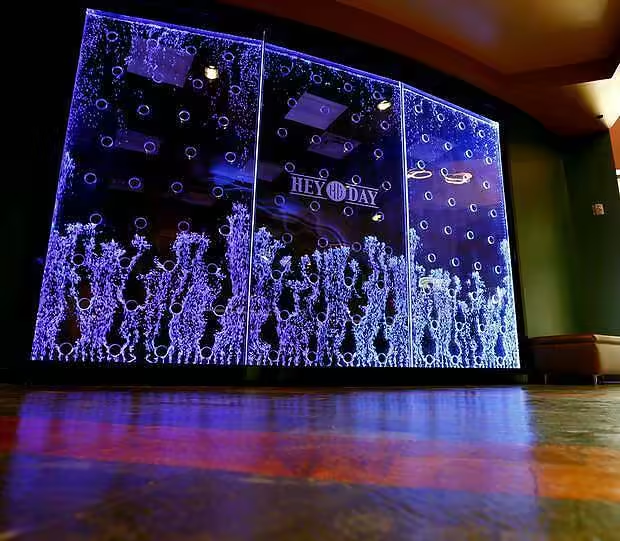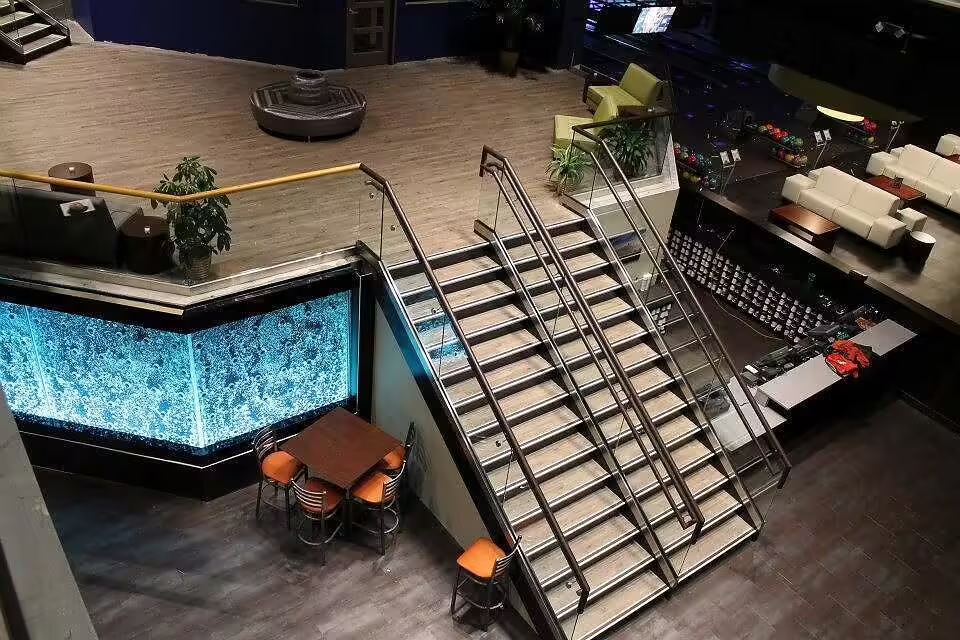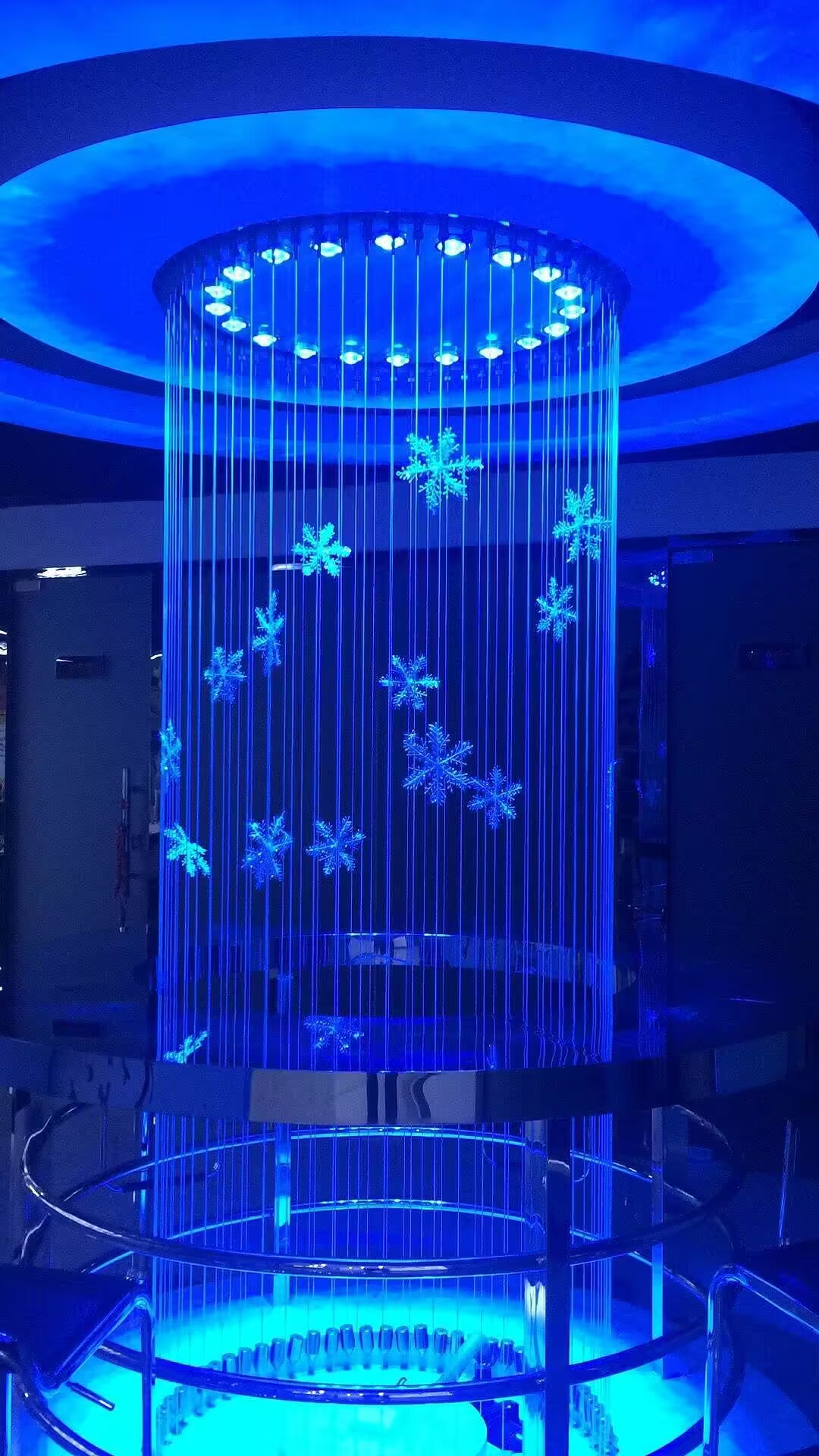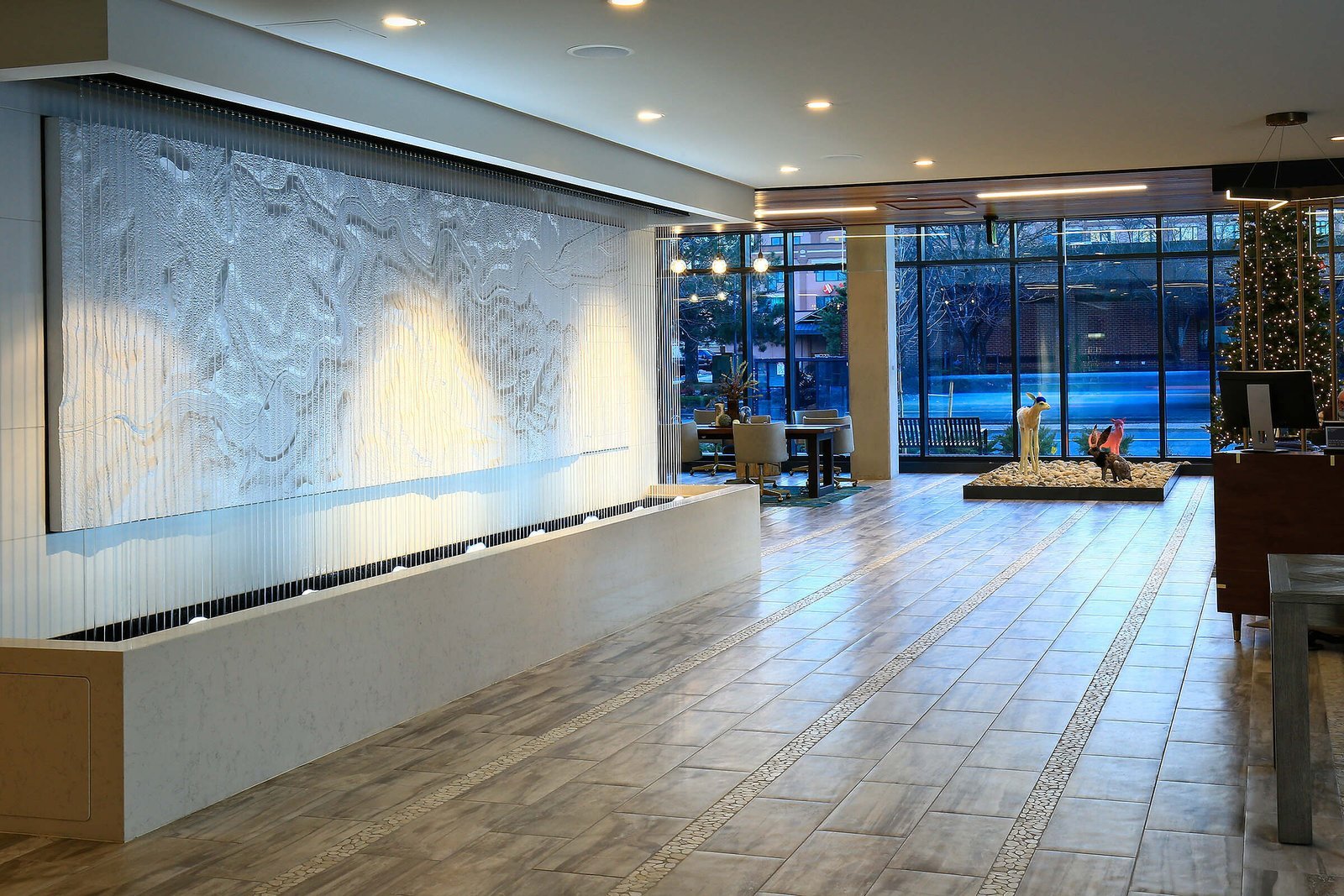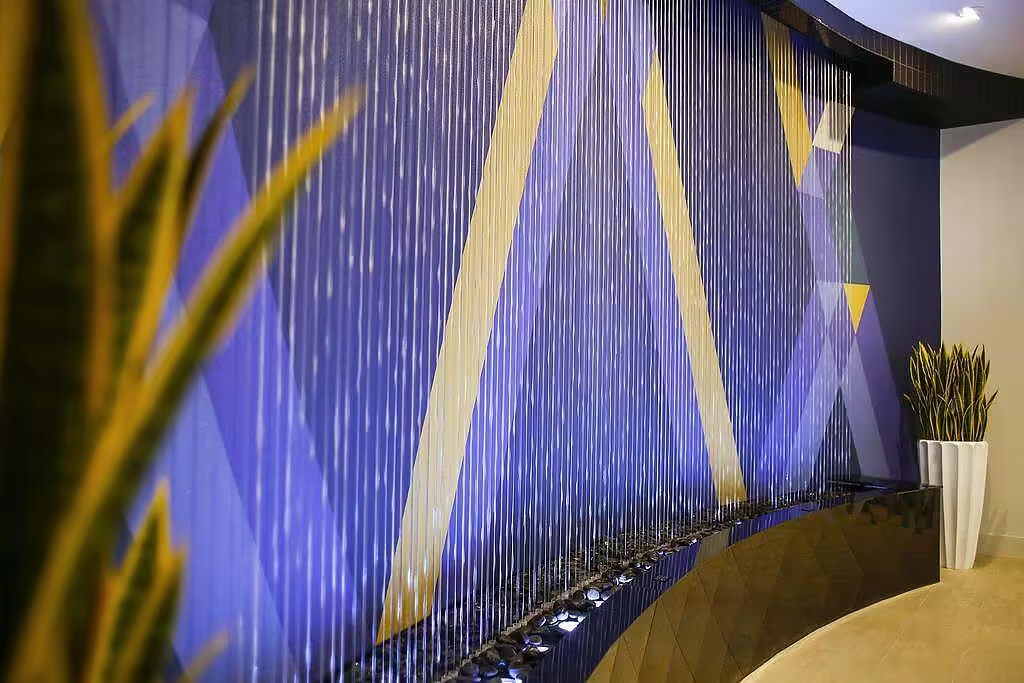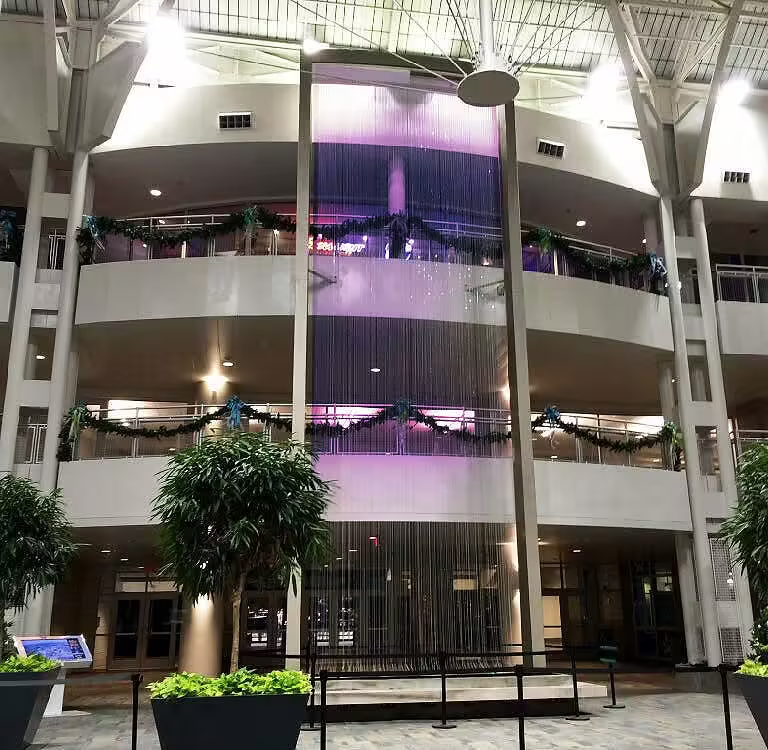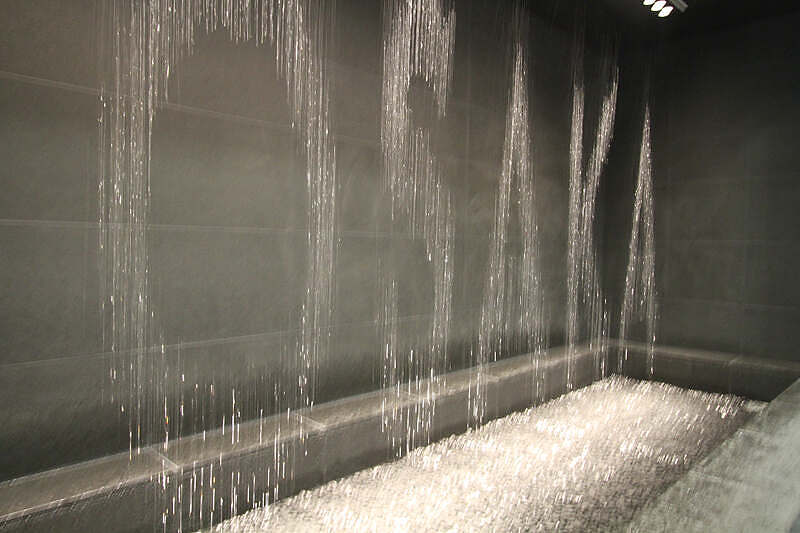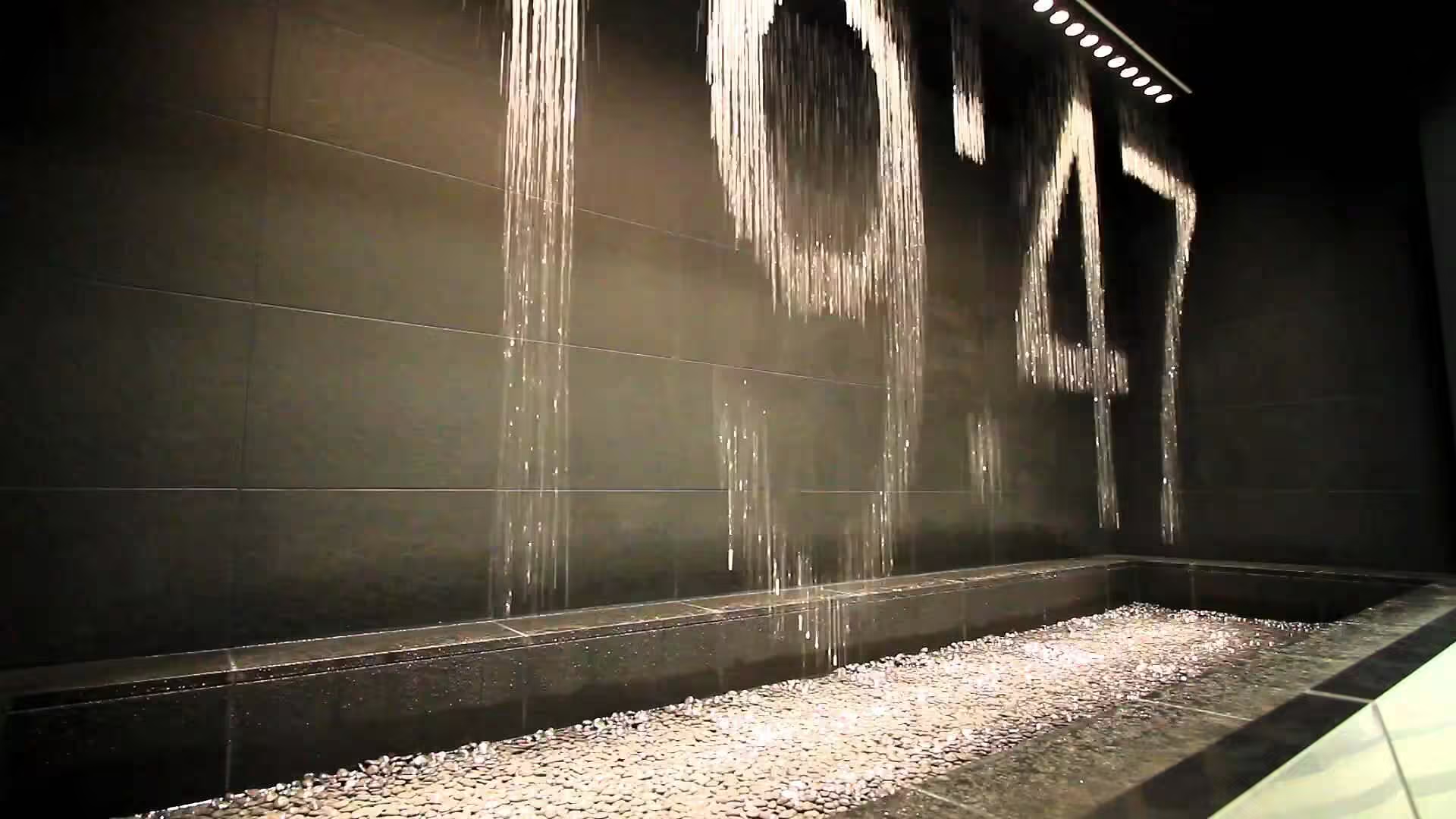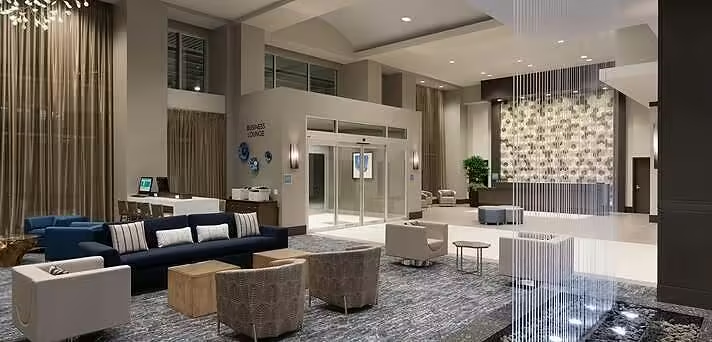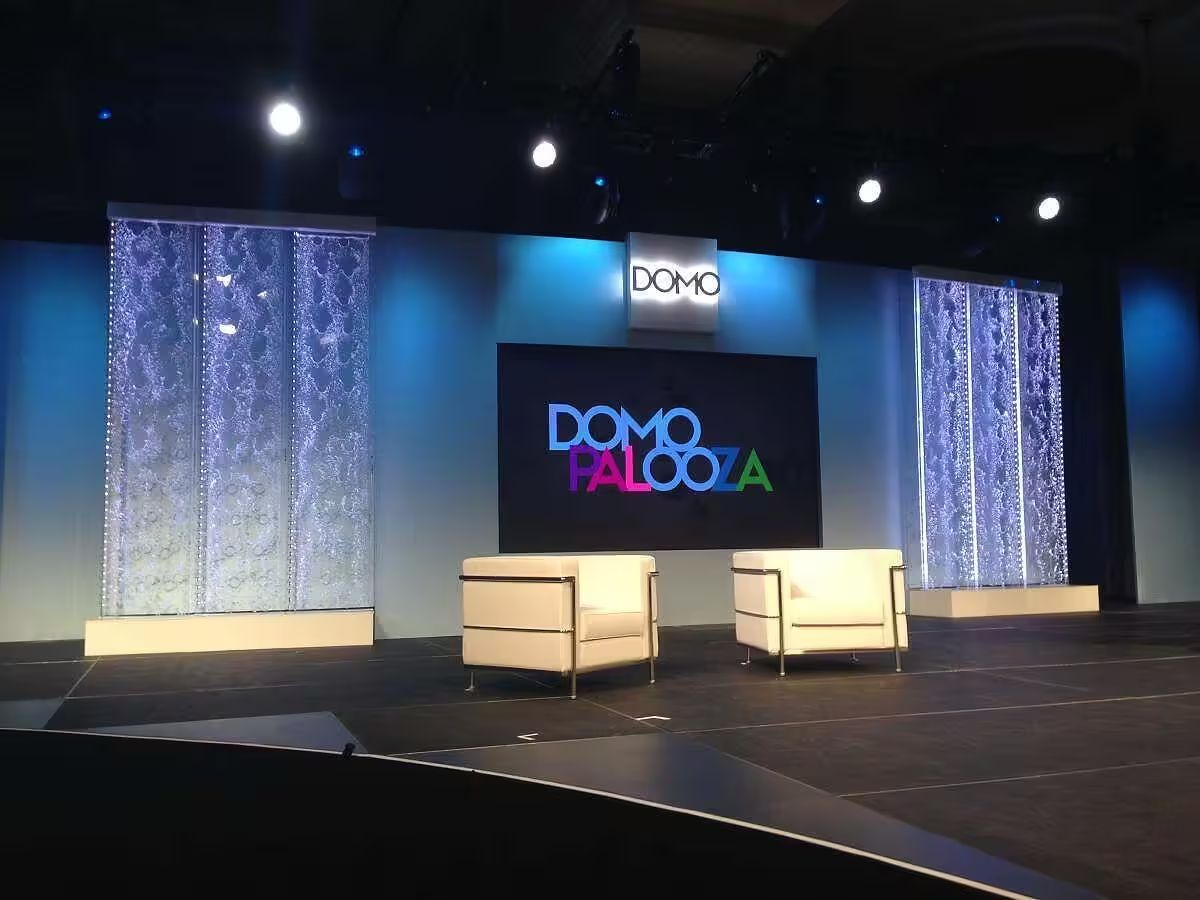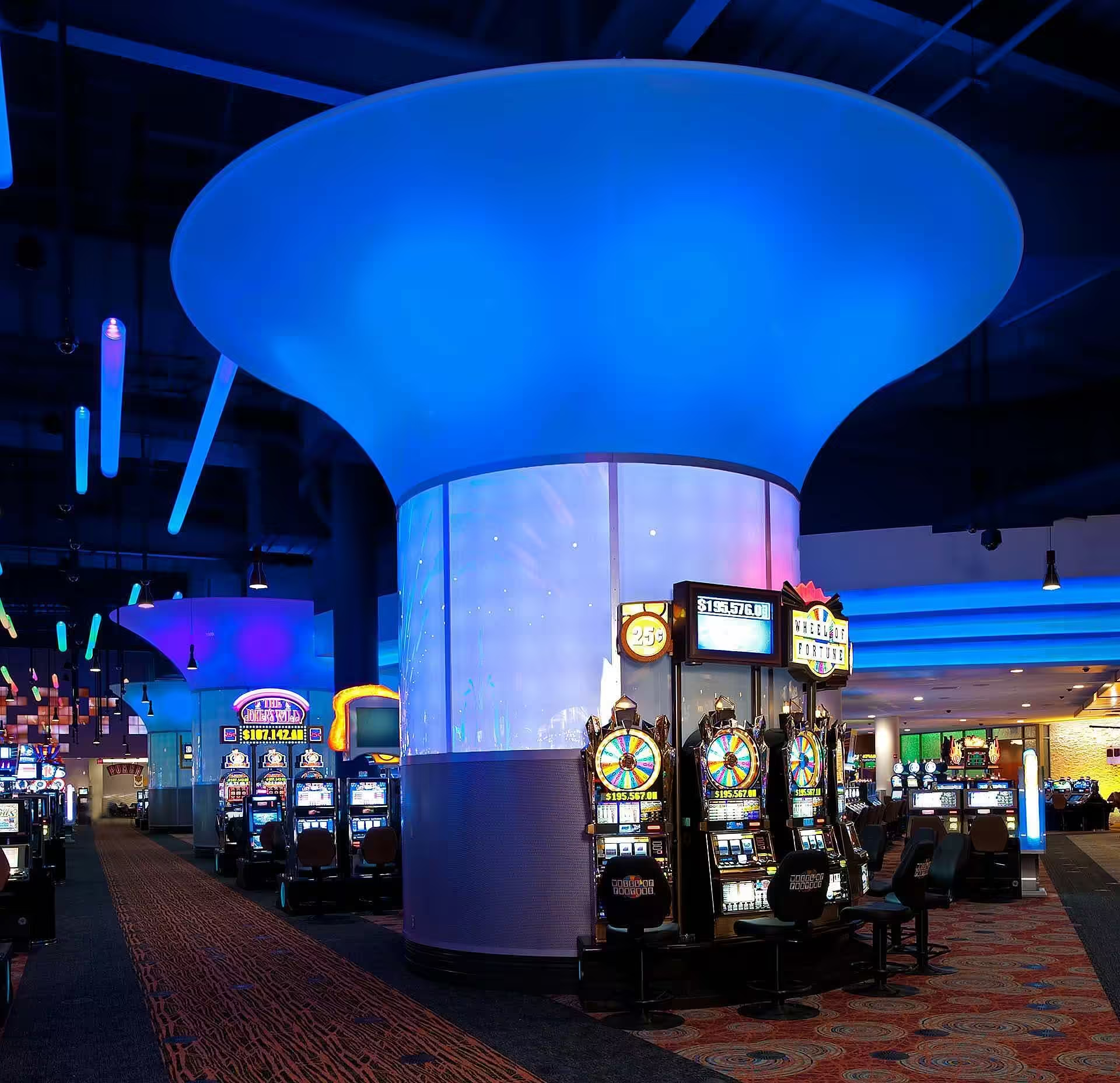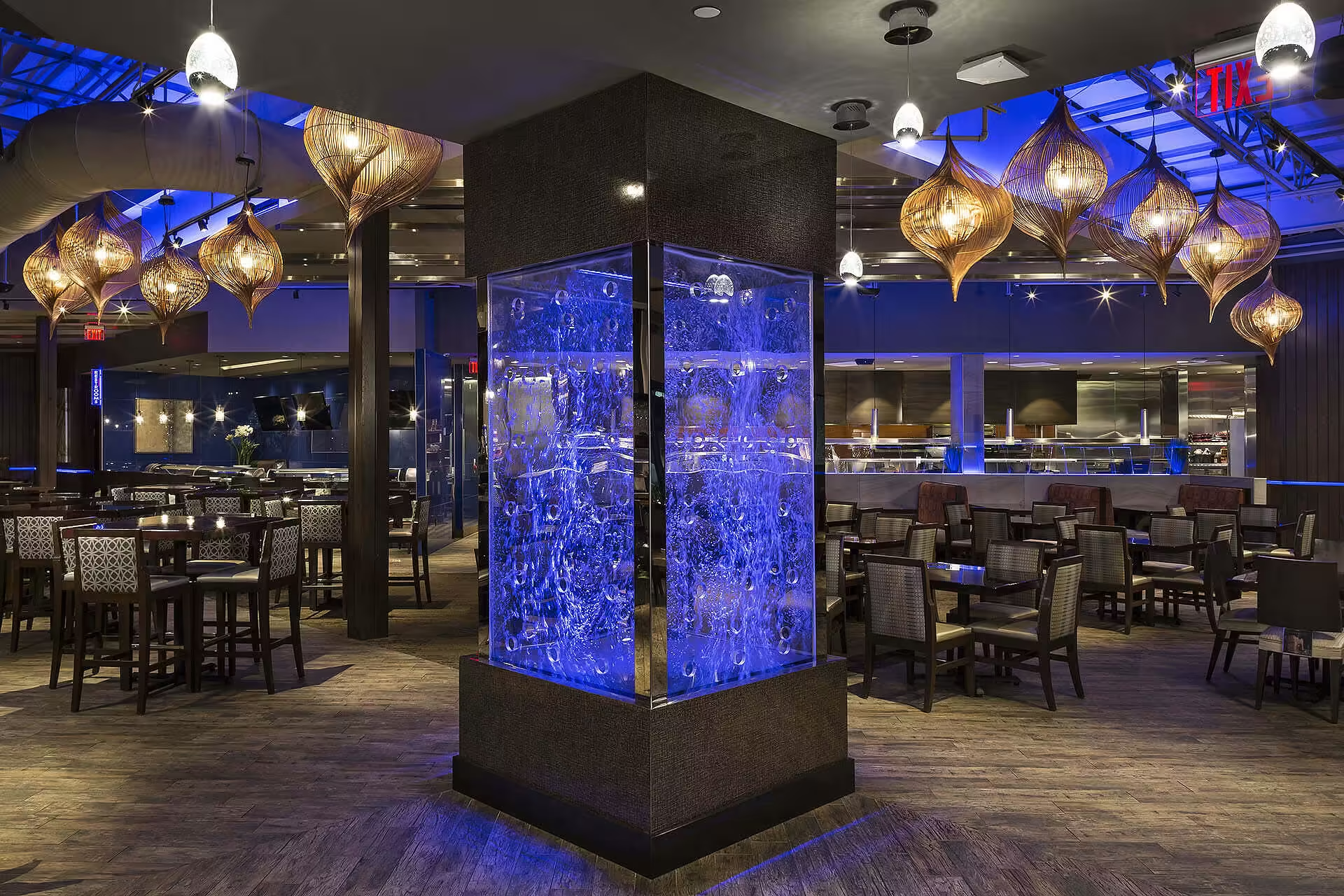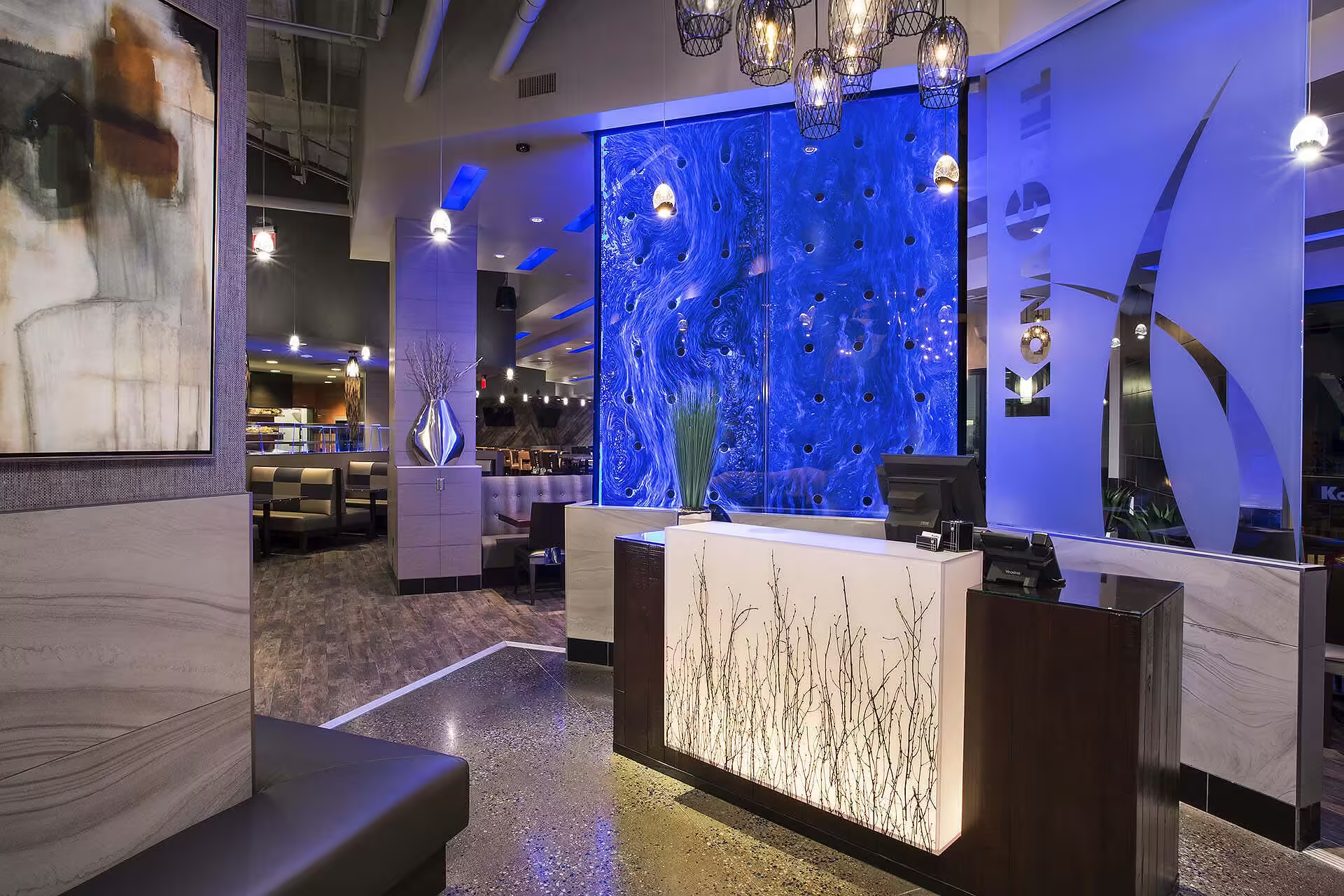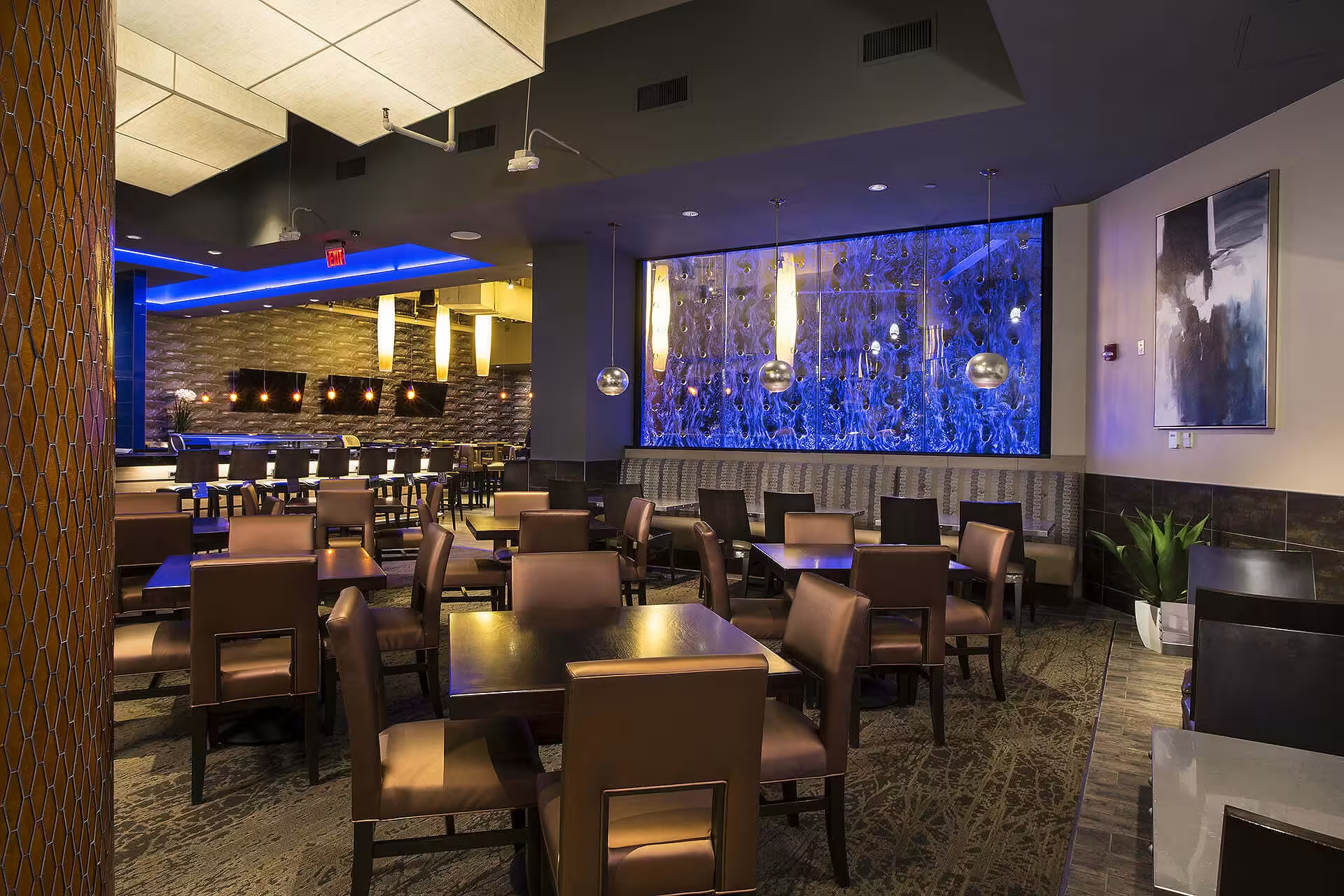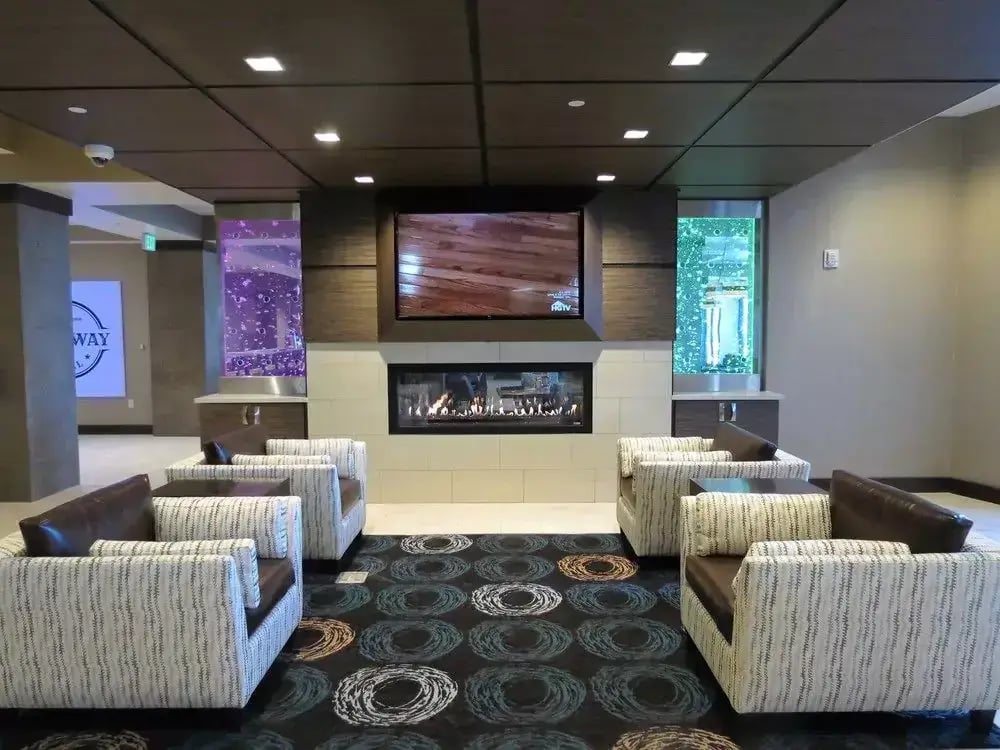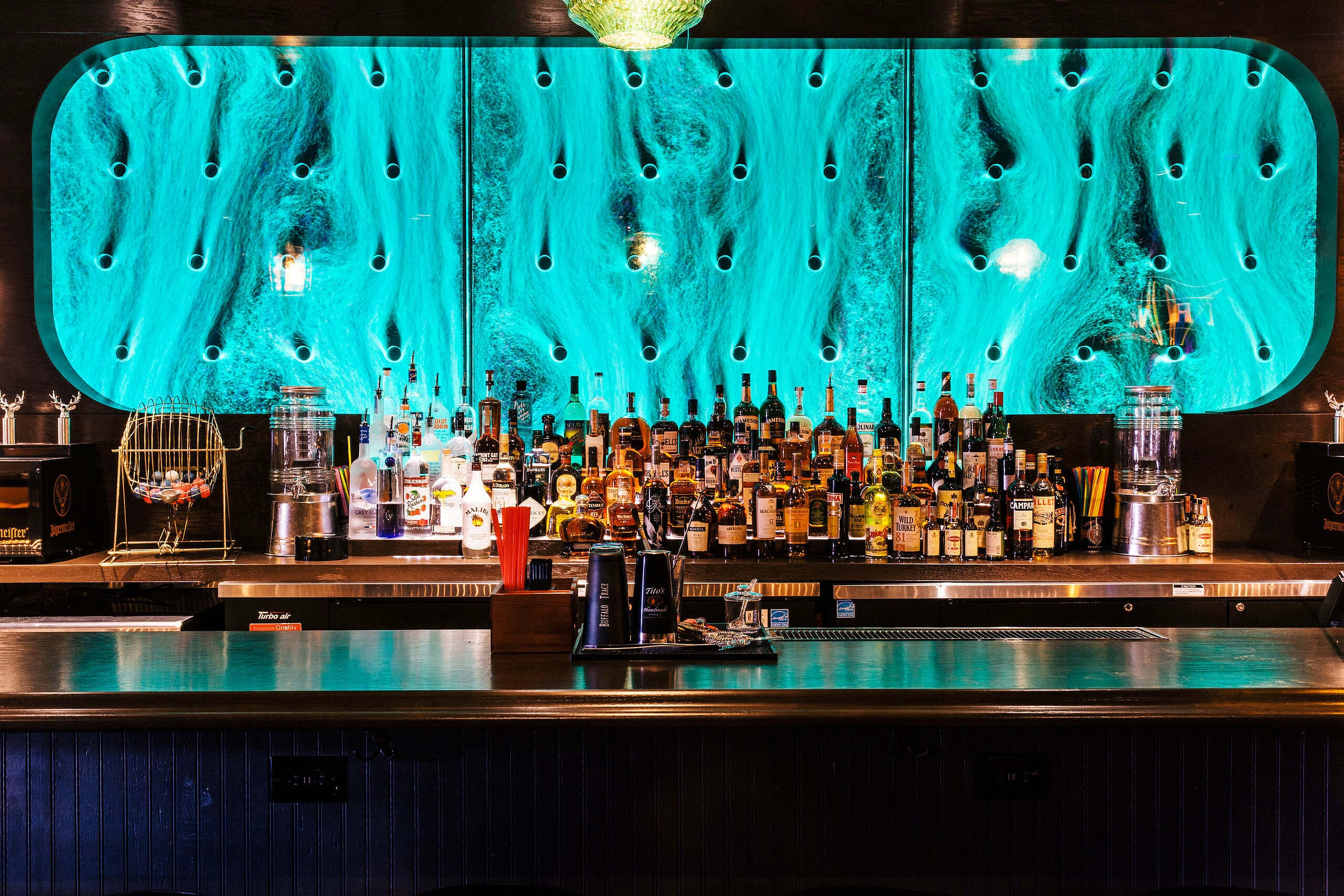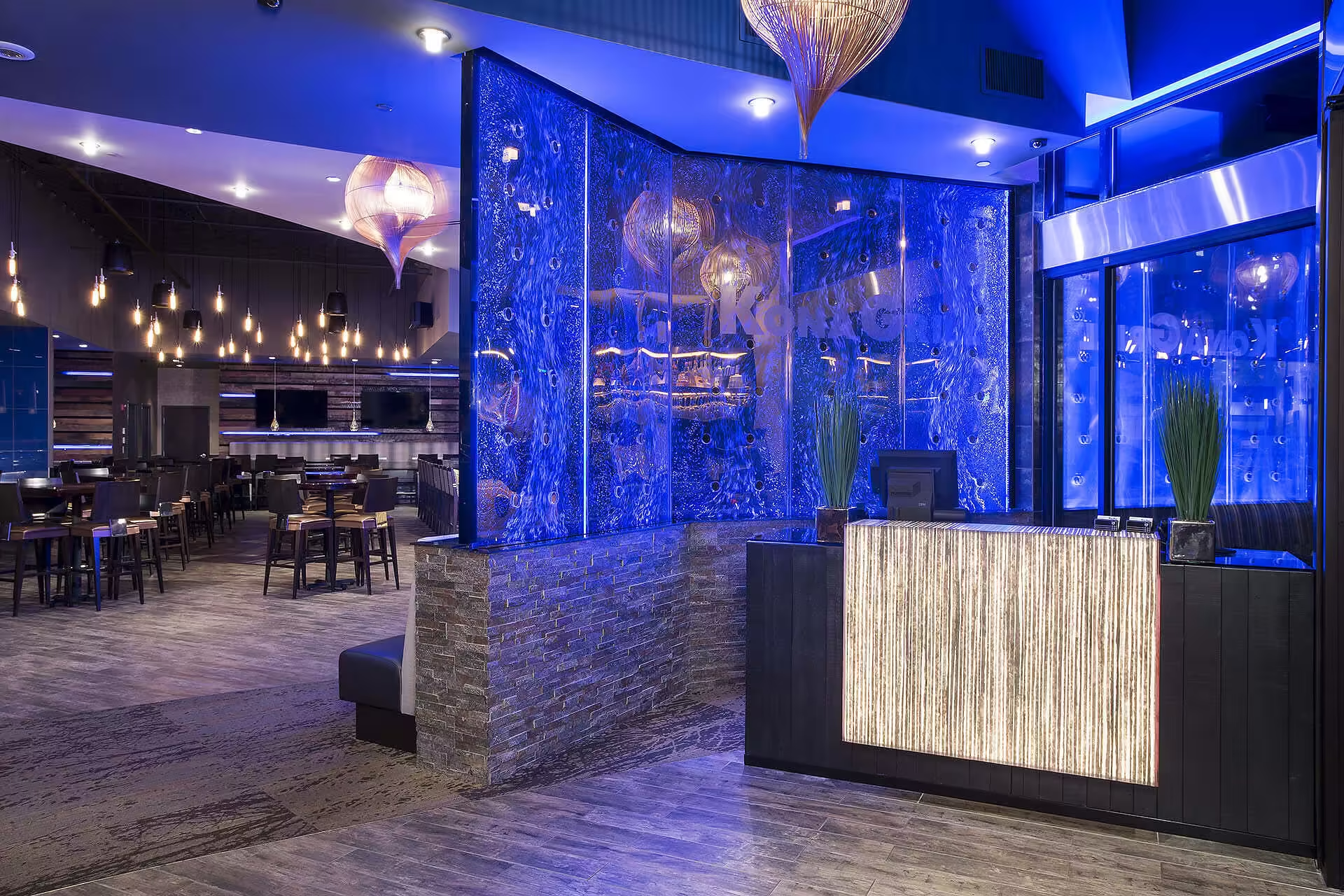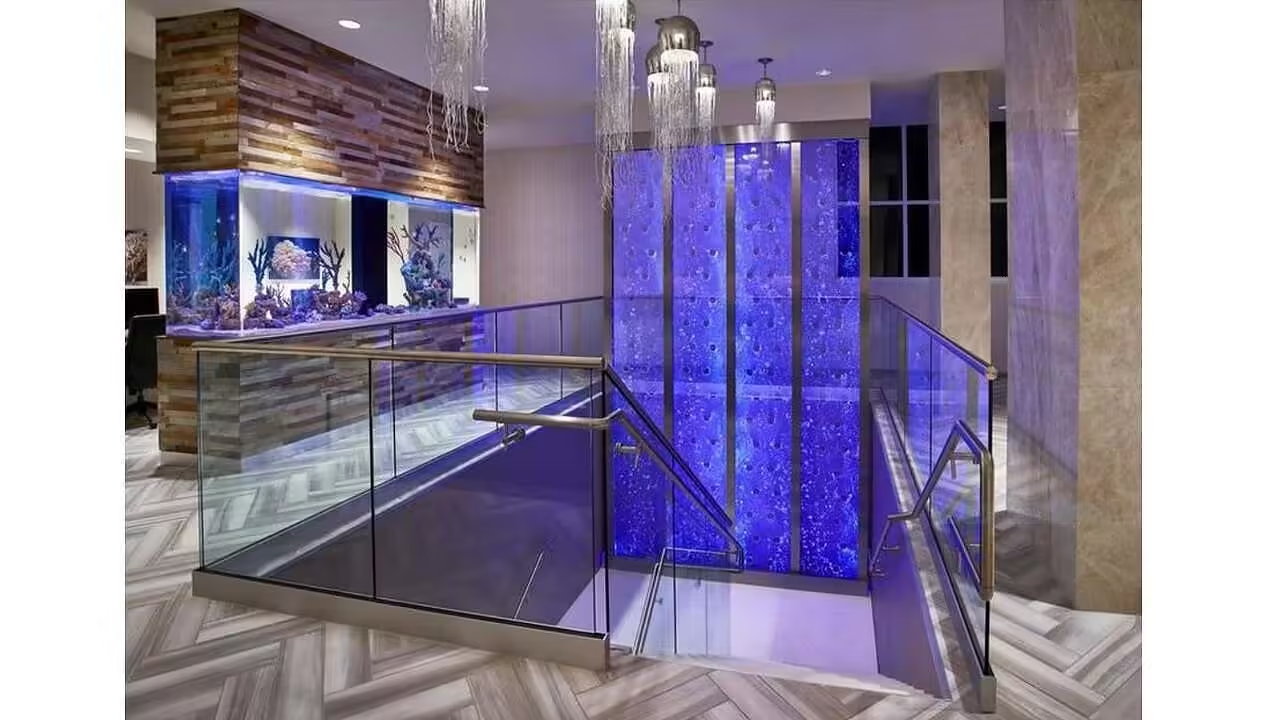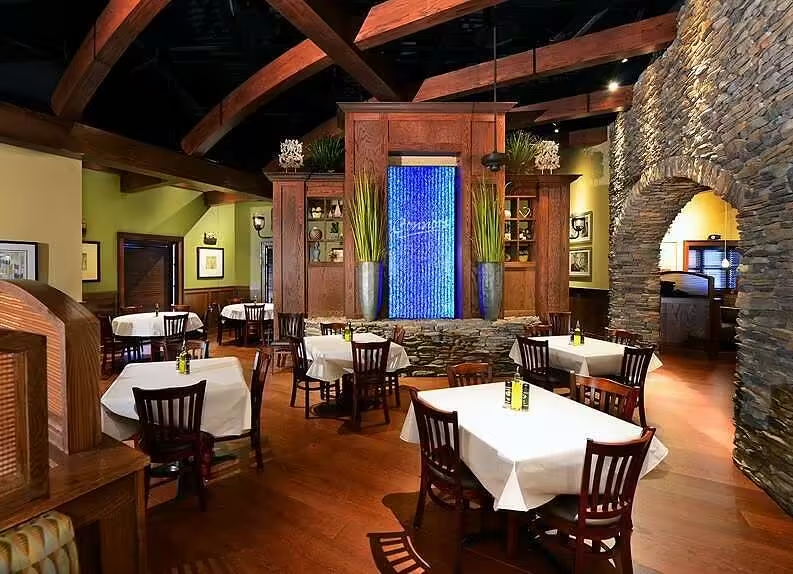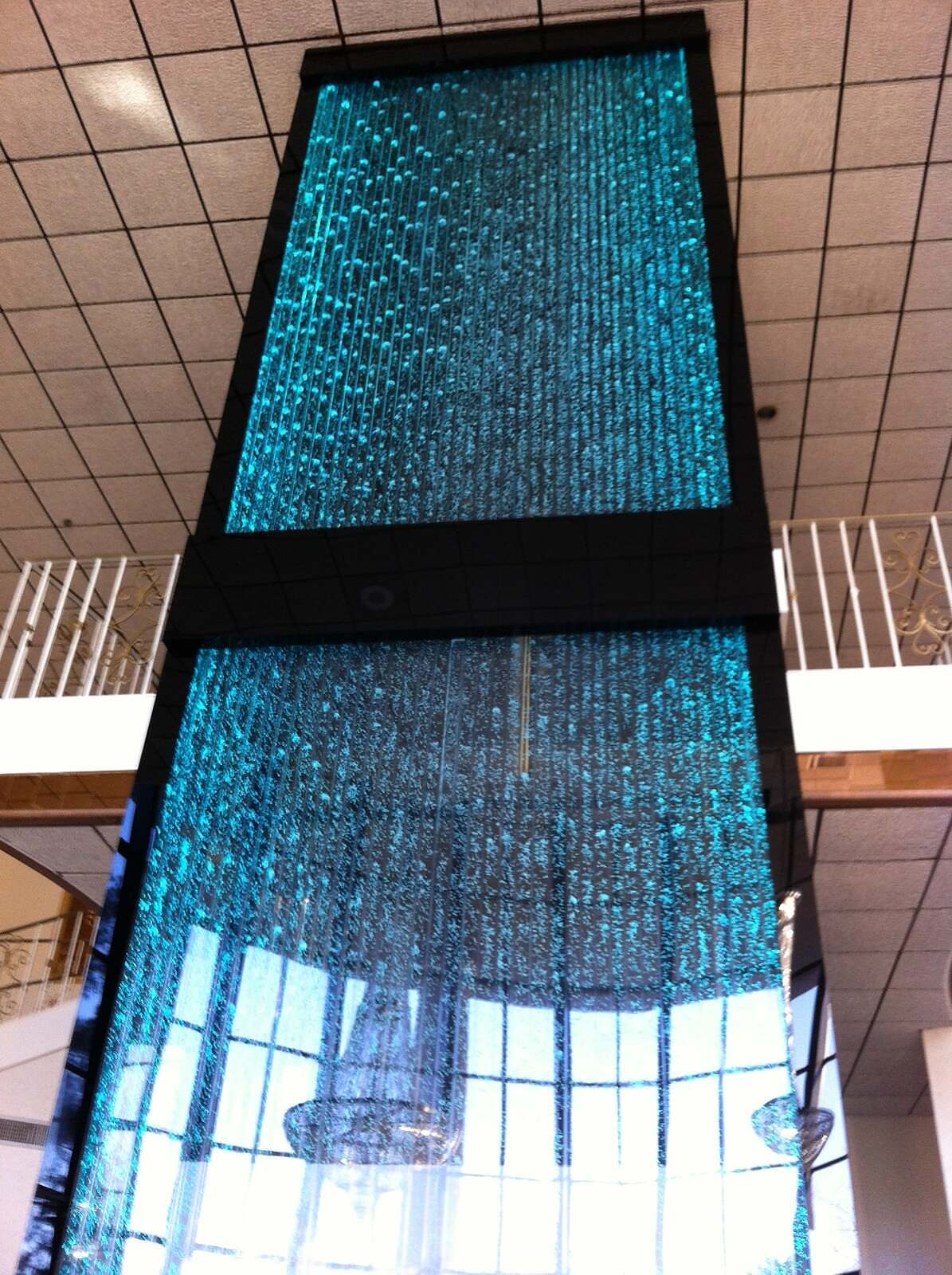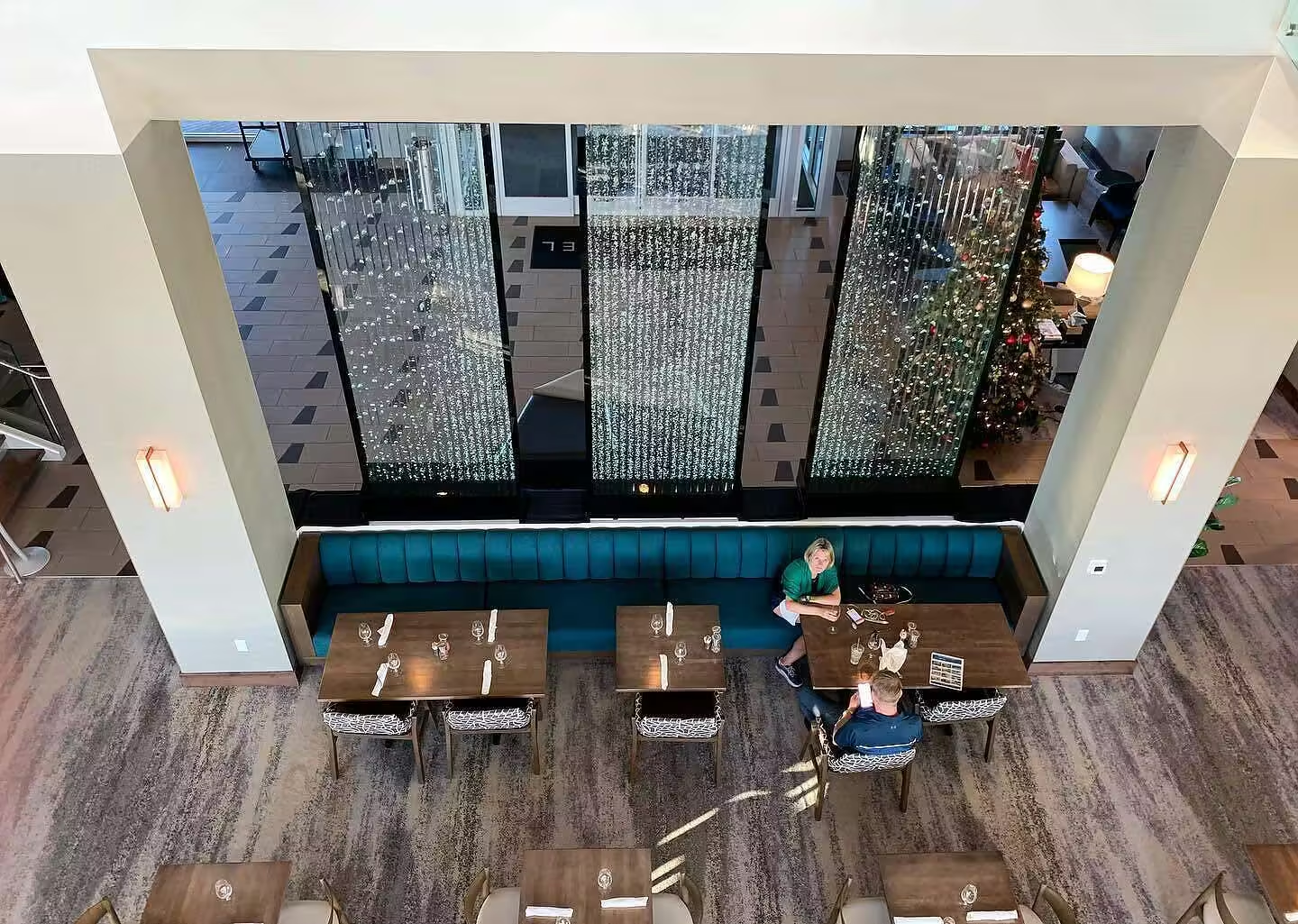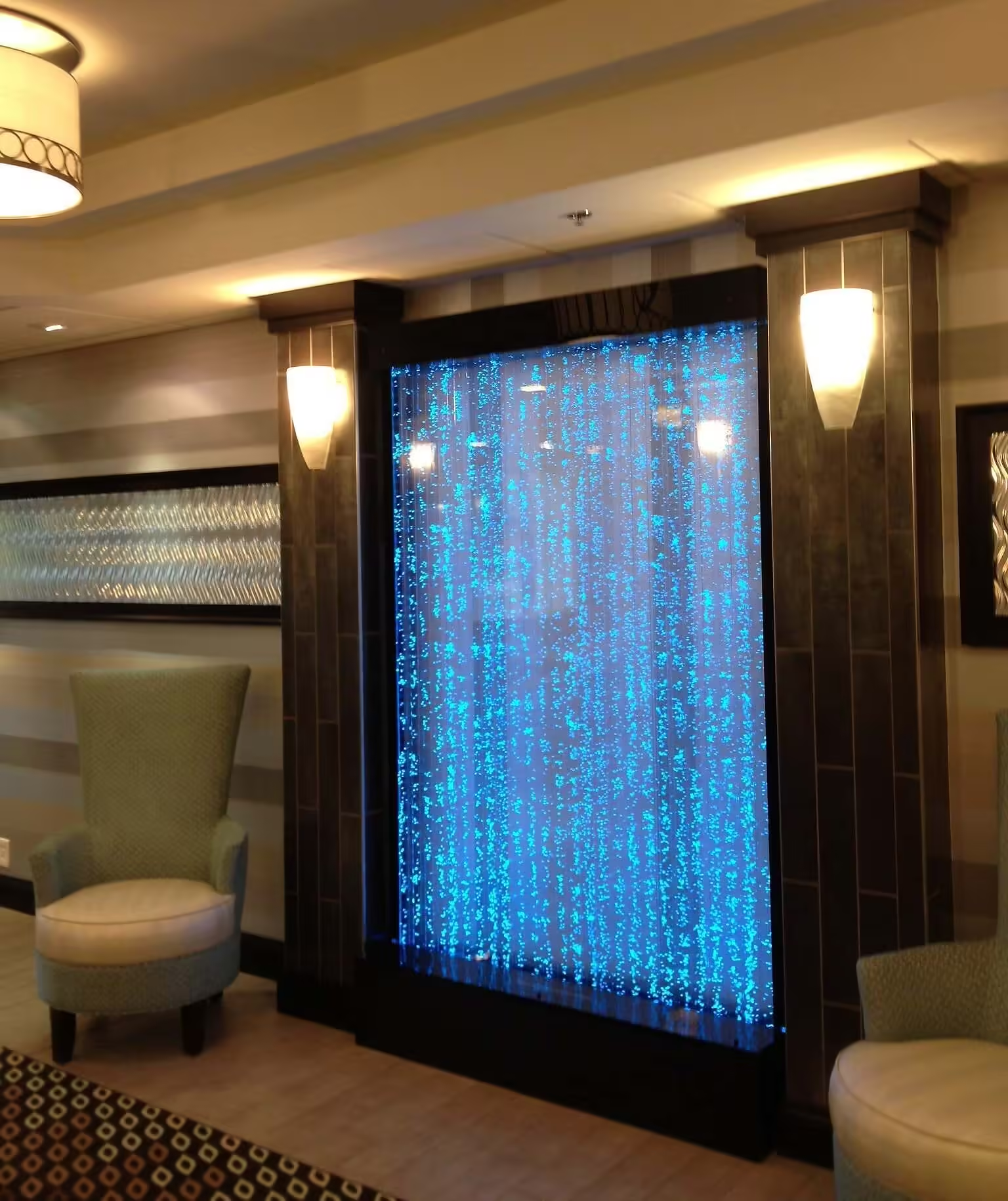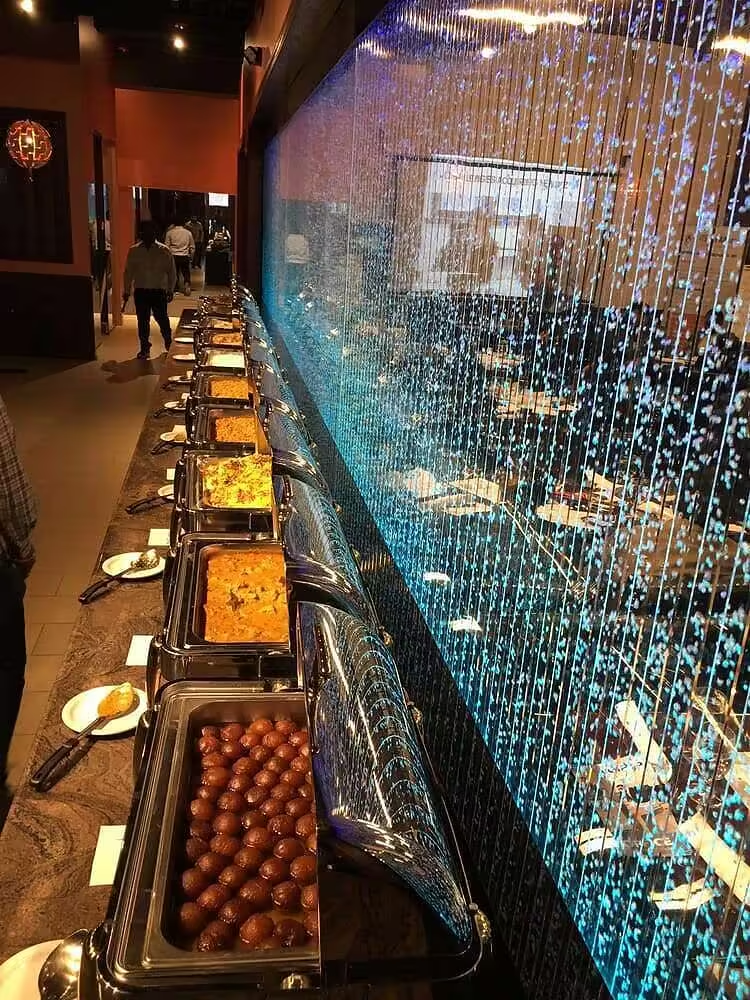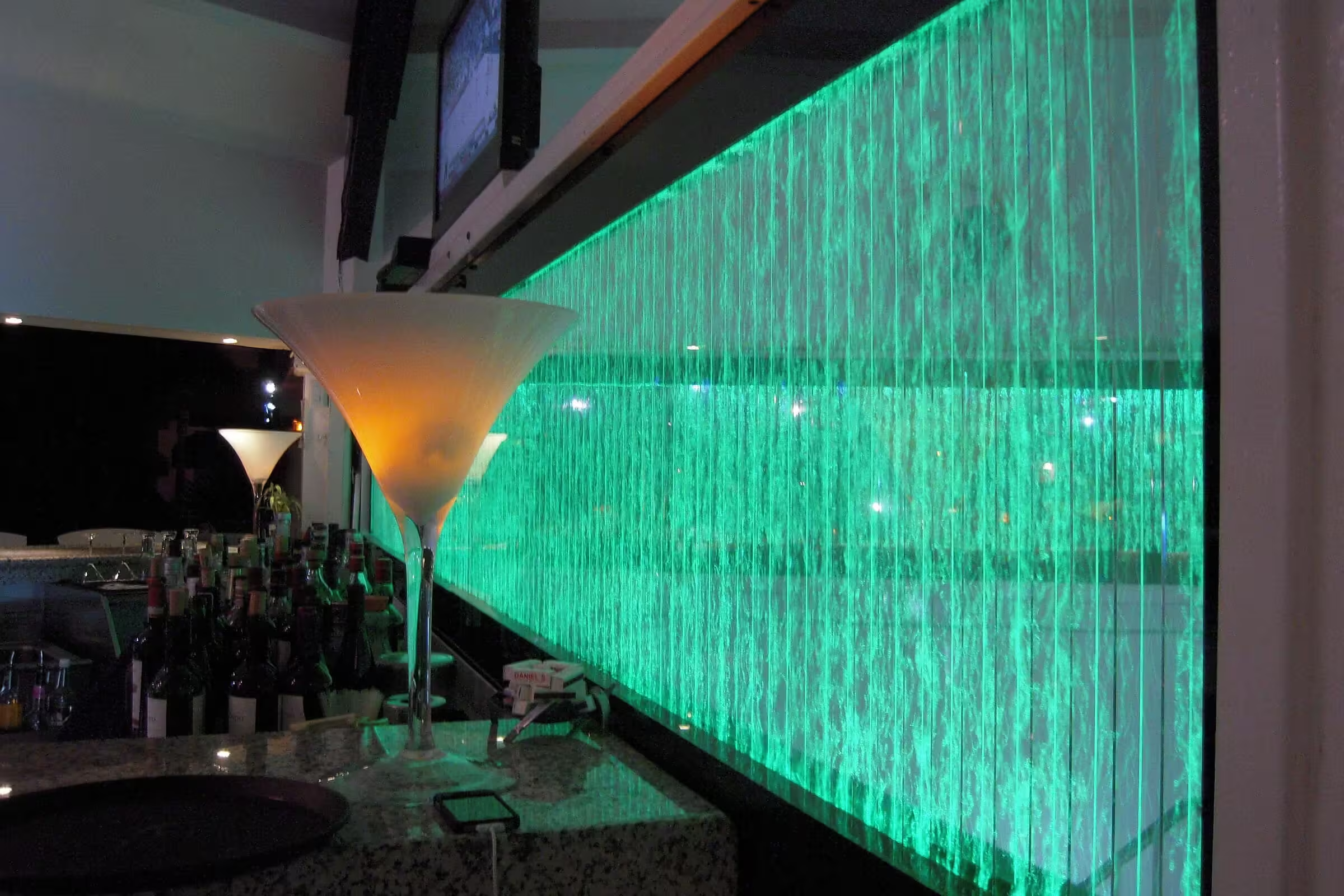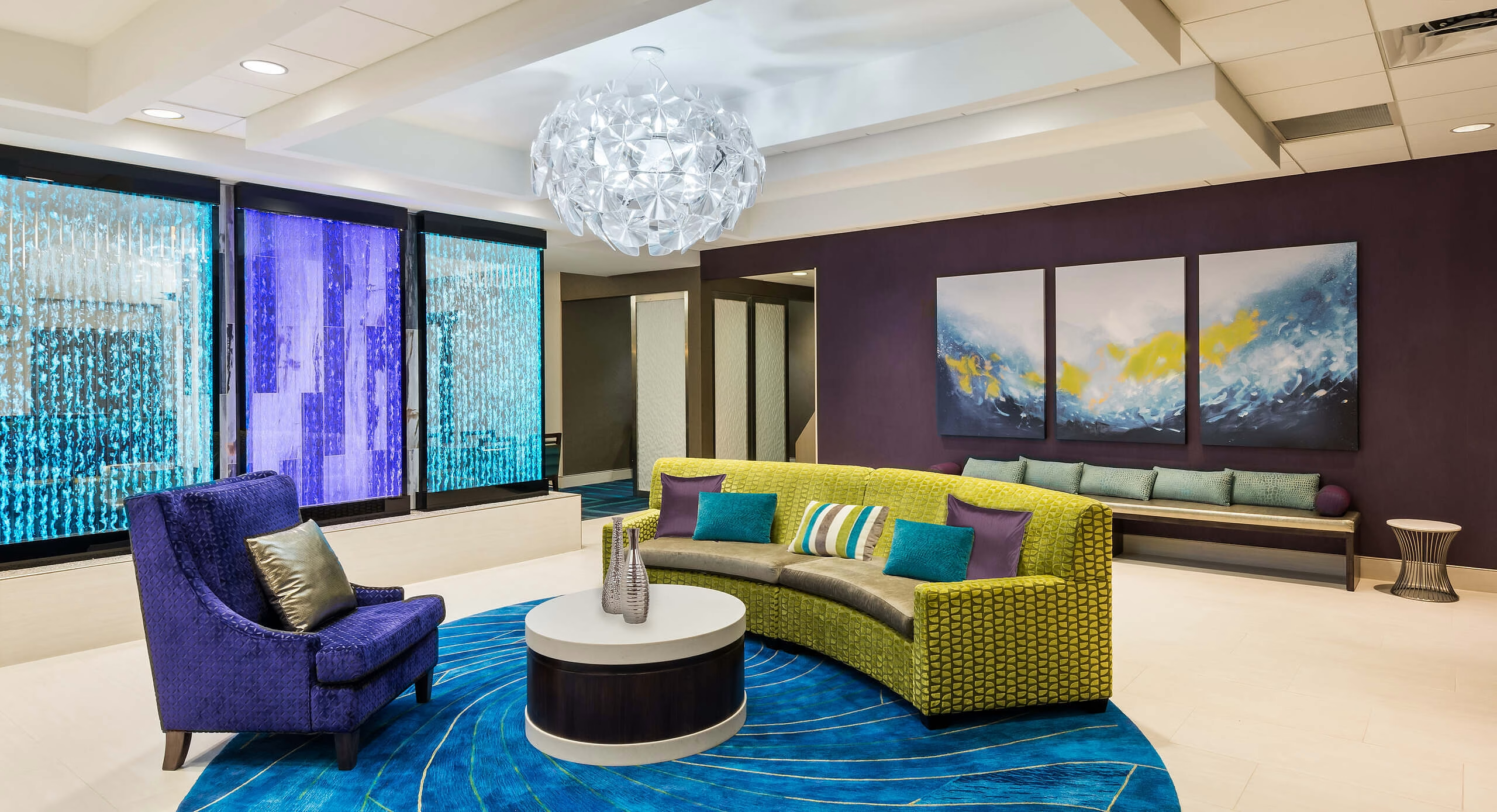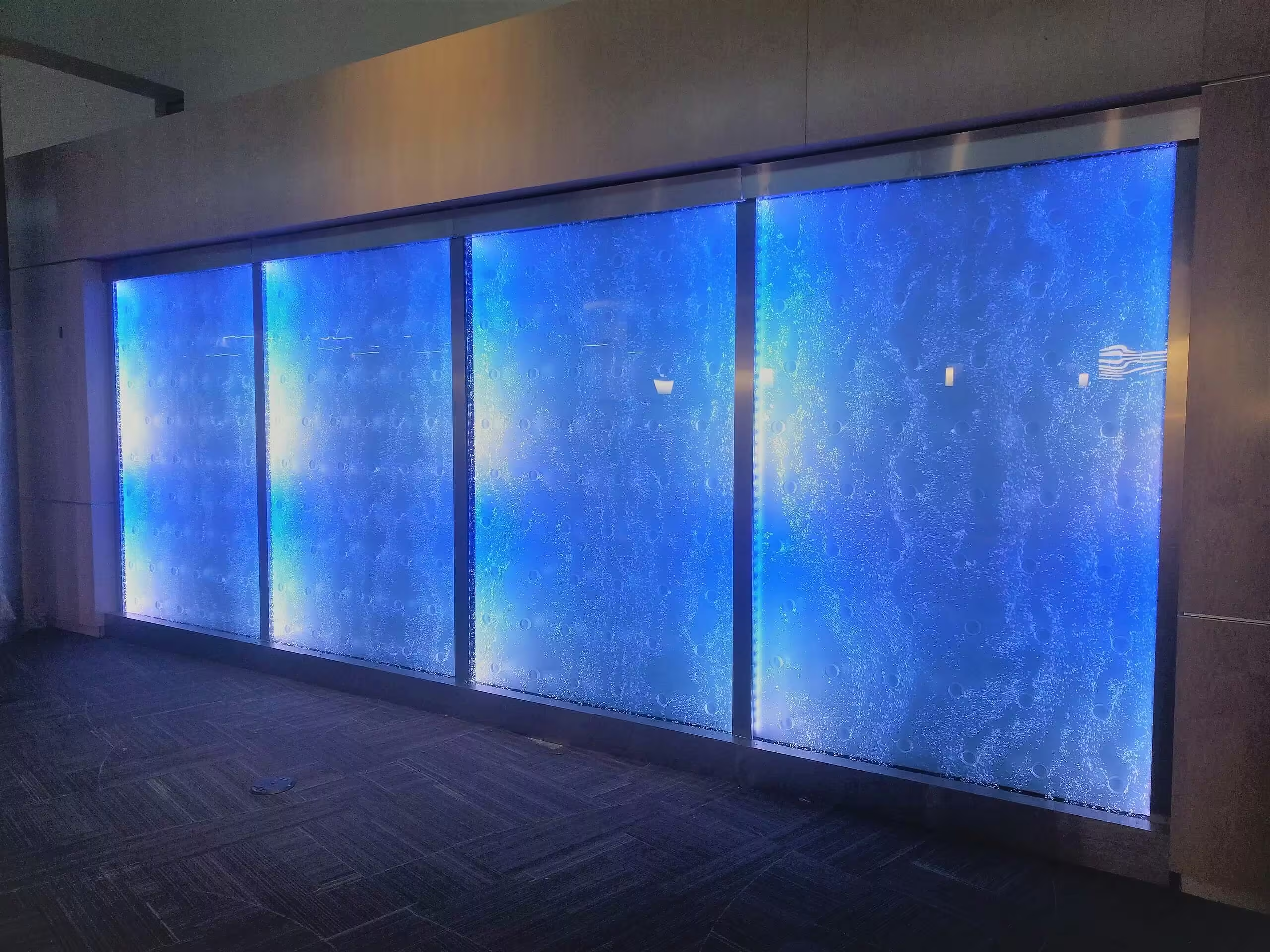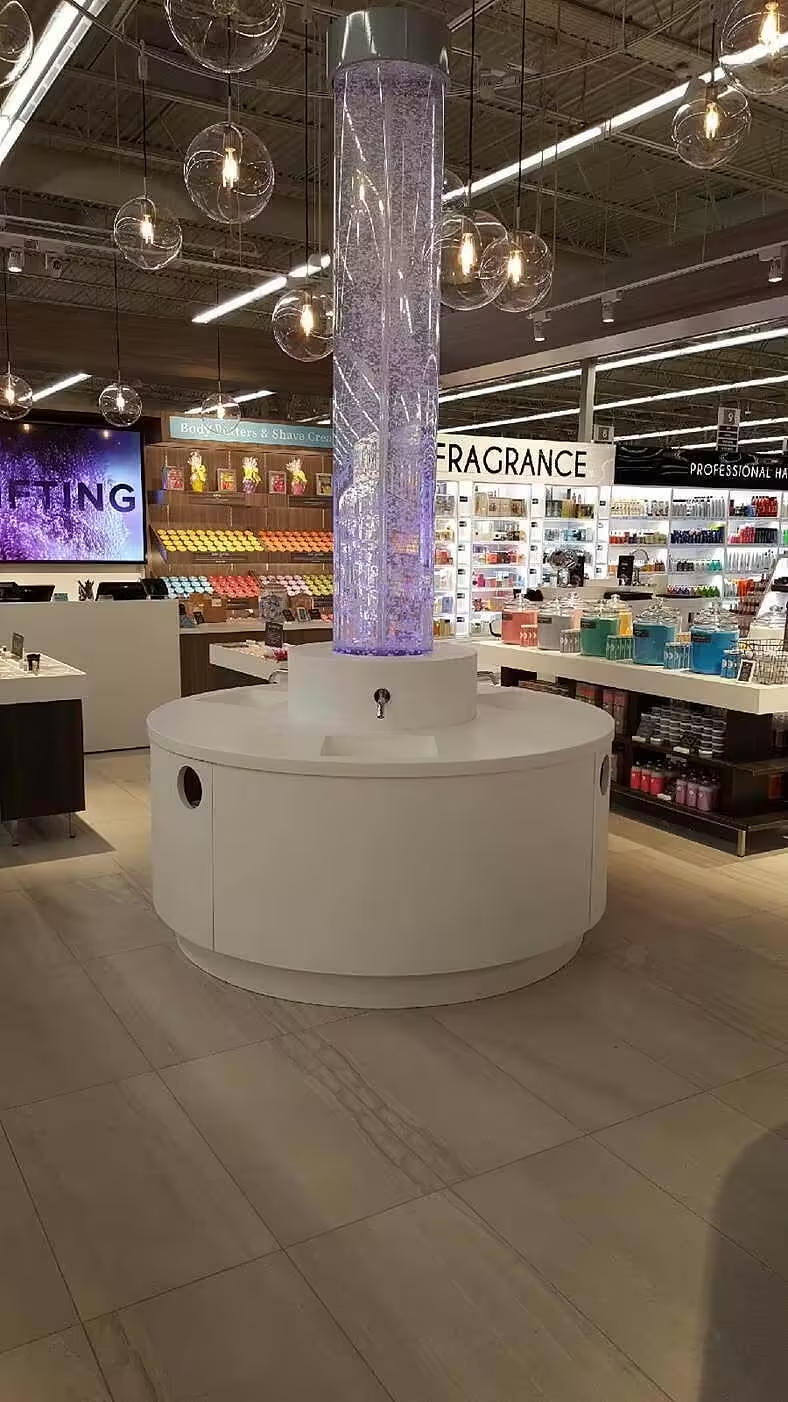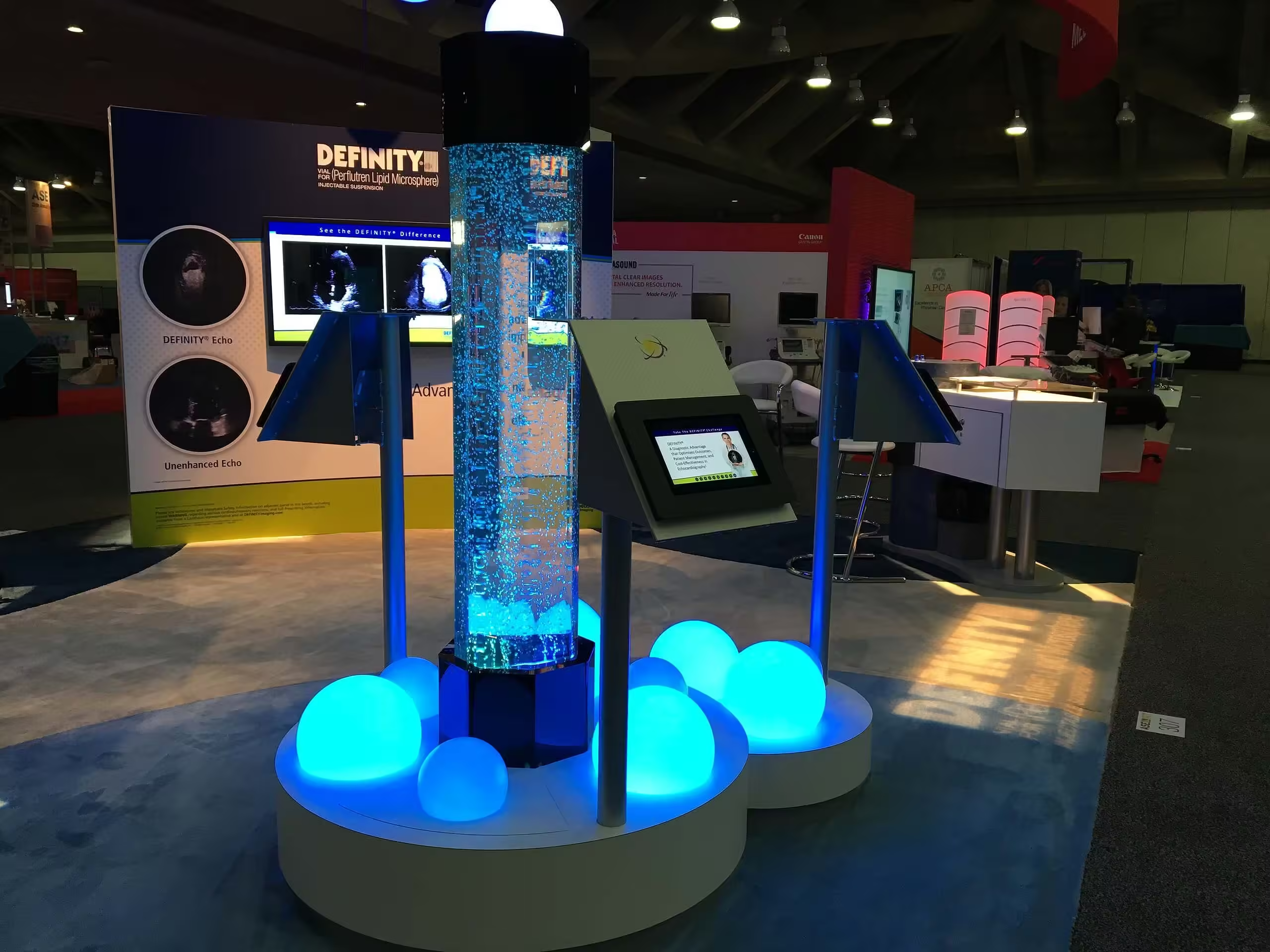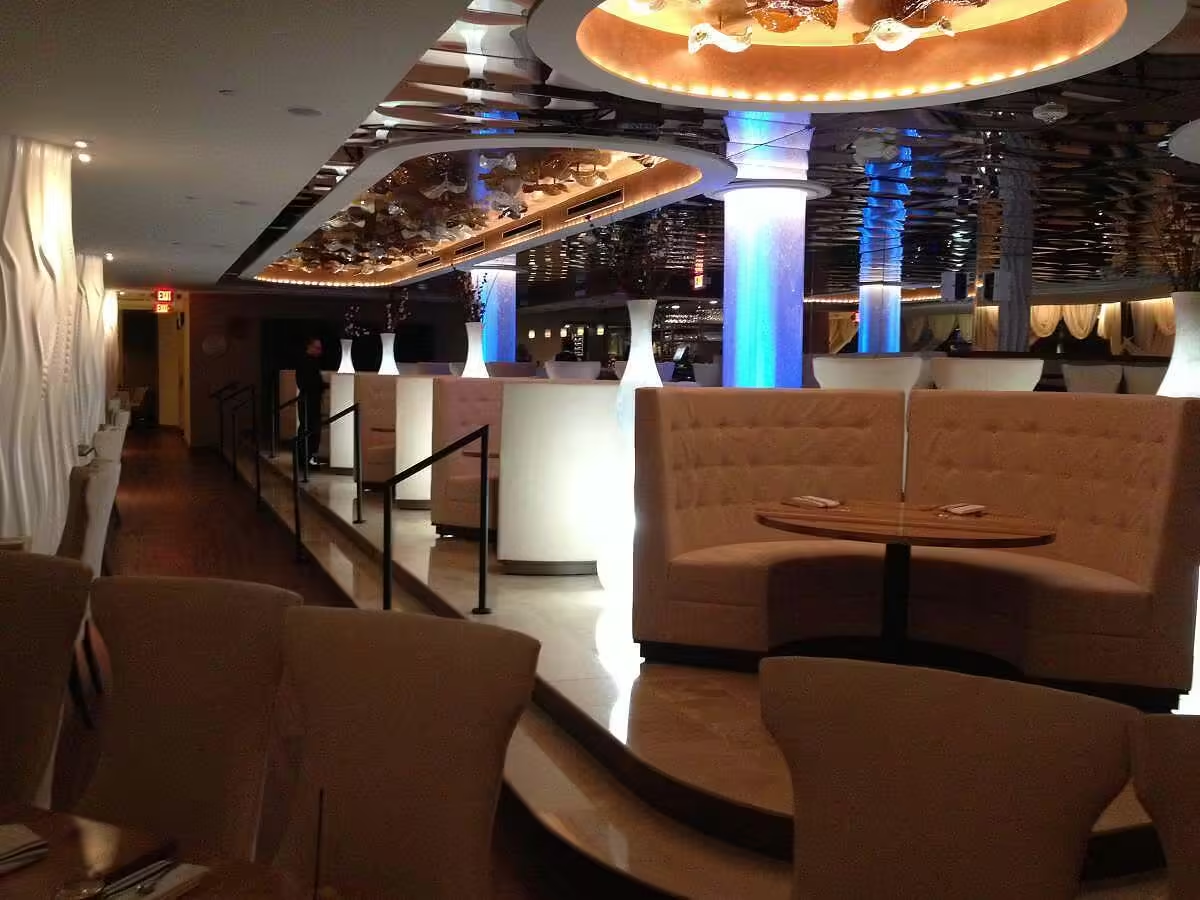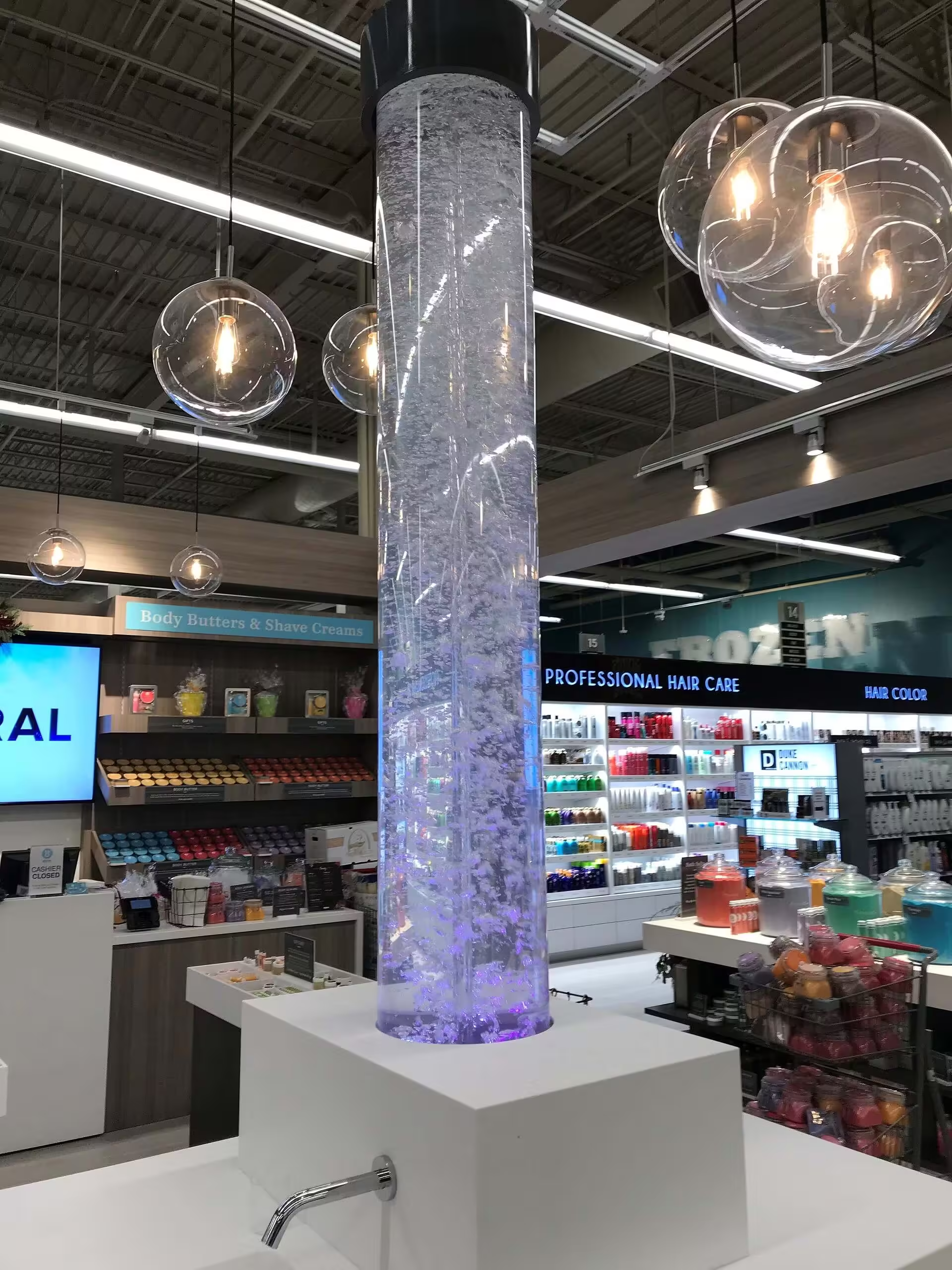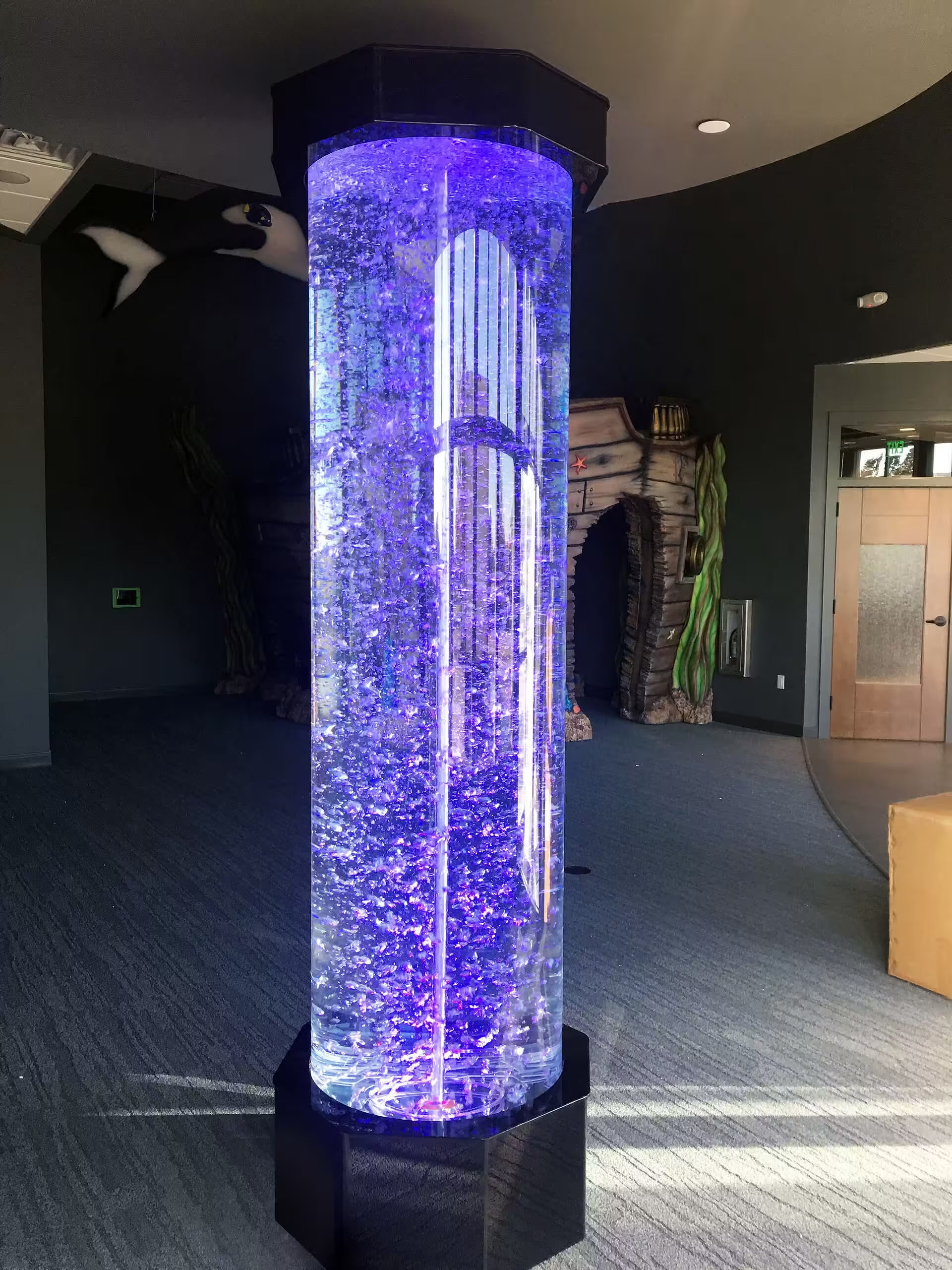Designing With Interior Water: A Modern Touch
Comprehensive Guide: Explore Our Table of Contents for Water Features
- Designing Spaces With Interior Water Features for Serenity
- Key Takeaways
- Choose the Right Interior Water Feature for Your Space
- Create a Calming Aesthetic With Water Feature Placement
- Enhance Indoor Atmosphere With Lighting for Water Features
- Incorporate Plants and Greenery for Natural Harmony
- Maintain and Care for Your Interior Water Feature Regularly
- Design Unique Themes Around Water Features for Personal Touch
- Conclusion
Designing Spaces With Interior Water Features for Serenity
Does your living space feel more stressful than soothing? This post tackles effective approaches to integrate interior water features that foster calm. It outlines how to select the right water feature, position it for a balanced look, and use lighting and greenery to boost the overall ambiance. Readers will gain actionable insights to transform their environment into a tranquil retreat through smart, designer-approved techniques.
Key Takeaways
- indoor water features need careful planning to balance aesthetics and function
- reliable maintenance routines ensure water clarity and optimum pump performance
- strategic placement and lighting enhance the impact of water features in interiors
- integrating plants with water installations creates a cohesive and inviting environment
- documented design processes and client collaboration yield innovative water feature solutions
Choose the Right Interior Water Feature for Your Space
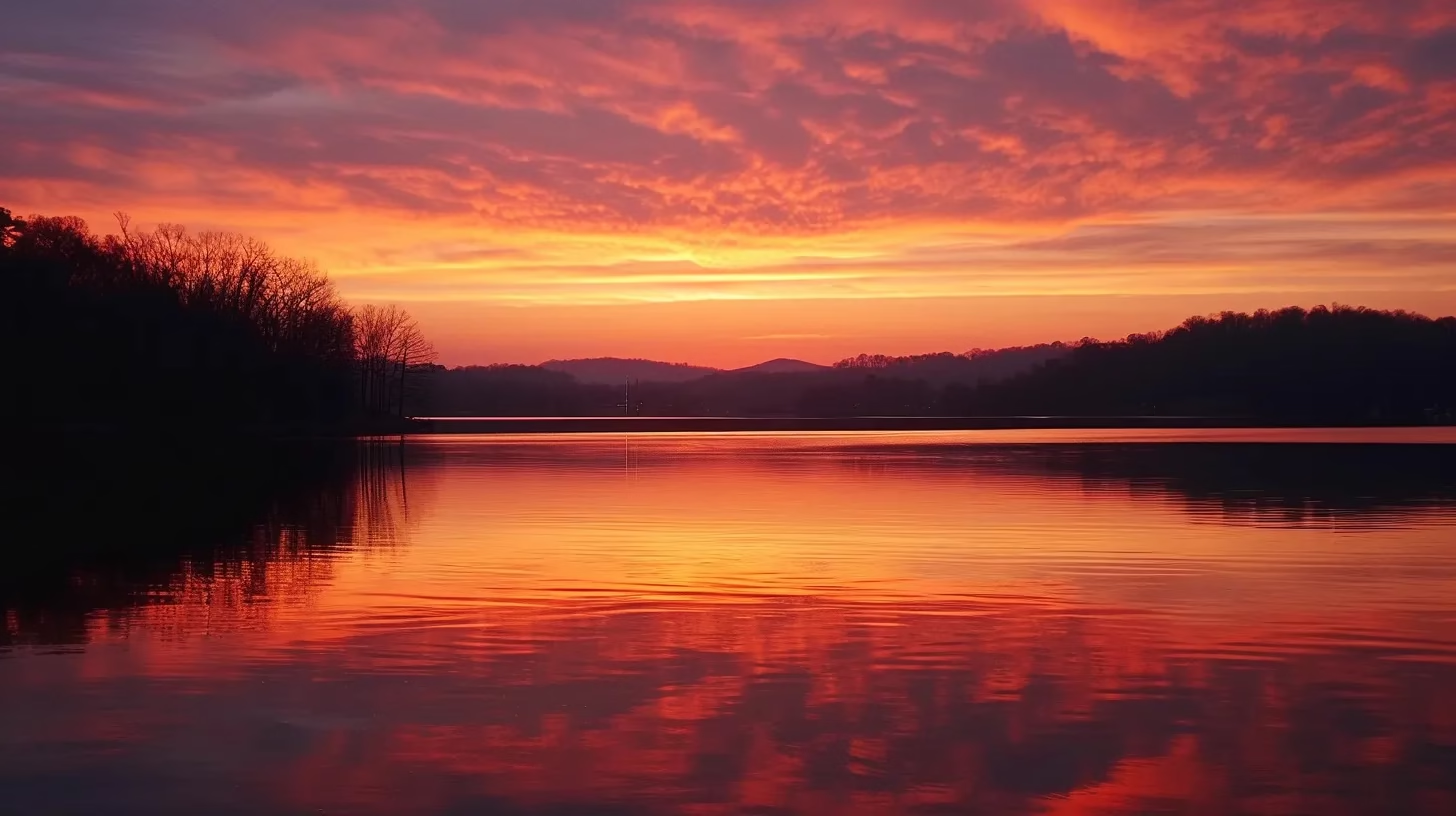
Reviewing various indoor water features allows one to compare fountains, ponds, and streams for a room. Measuring space and layout ensures proper fit, while maintenance and acoustic options are considered. Choosing between an interior water featurewall and alternative setups can reflect a world heritage site style, prompting buyers to add to cart for a balanced, serene setting.
Evaluate Various Types of Indoor Water Features for Serenity
Indoor water features provide a calming presence and a modern aesthetic that fits various spaces. Designers often favor stainless steel finishes for their durability and sleek appearance, while an indoor waterfall wall design serves as a striking focal point that conveys tranquility.
Expert designers recommend selecting a system with a reliable pump that ensures a smooth, continuous flow throughout the feature. The use of steel in the construction enhances structural integrity, making it a safe investment for long-term enjoyment and quiet operation.
Choosing an adagio water feature brings functional artistry into the room, offering simplicity and refinement. The integration of these elements helps create a balanced setting that addresses both design needs and performance requirements in contemporary interiors.
Assess Your Space's Size and Layout to Fit Water Features
Professionals evaluate the dimensions of a room to ensure that an indoor water wall fountain fits seamlessly into the overall layout. They measure available space carefully to select the right installation spot, ensuring that the feature complements existing furnishings without overwhelming the area.
Designers inspired by frank lloyd wright appreciate how balanced proportions contribute to a refined interior. They recommend a water fall interior design that places a decorative element at the focal point, incorporating sleek interior fountains waterfalls that maintain harmony with the room‘s scale.
Experts advise a thorough assessment of a space to determine whether an indoor decorative fountain can be integrated without disrupting traffic flow. They consider room dimensions and natural light distribution, ensuring that the chosen water feature enhances the ambiance and remains a practical addition to the living area.
Select Between Fountains, Ponds, and Streams for Interiors
Designers can choose a water feature interior based on the distinct qualities of fountains, ponds, and streams. They note that an indoor water fountain for wall arrangement provides a dynamic focal point and complements a well-curated landscape, while a tranquil pond or meandering stream offers a softer accent to interior spaces.
Industry professionals consider the durability of metal components when selecting an interior water feature. A robust metal construction ensures that an indoor water fountain for wall can maintain reliable operation and a refined look, making it suitable for a modern landscape design.
Experts advise evaluating both the spatial layout and desired ambiance when choosing between a water feature interior option such as a fountain, pond, or stream. This method allows them to align the installation with the overall landscape vision, ensuring the chosen design not only offers visual appeal but also meets practical performance standards.
Determine Maintenance Needs for Different Water Feature Types
Maintenance needs vary among interior water features, and regular upkeep helps sustain both aesthetics and functionality. Systems incorporating copper elements benefit from consistent cleaning to prevent tarnish and maintain water clarity, a detail that appeals to customers who value quality in every design aspect. Local experts in Pittsburgh often highlight the importance of customer service support when establishing maintenance routines for indoor installations.
Experts advise scheduling periodic inspections for mechanical parts and water quality in water features placed in areas such as the bedroom. A tailored cleaning plan minimizes disruption and safeguards copper accents from environmental stress, ensuring a reliable operation over time. Customers receive guidance from responsive customer service teams who provide practical advice and prompt scheduling assistance when issues arise.
Choosing a water feature that aligns with a specific interior design requires an understanding of both style and maintenance demands. Designs using copper and other durable materials perform well when paired with proactive service measures, a benefit that appeals to customers keen on long-term satisfaction. In Pittsburgh, local professionals offer support that assists customers in managing routine upkeep, allowing these features to maintain a serene presence with minimal hassle.
Decide on Indoor vs. Outdoor Features for Your Interiors
The comparison of indoor versus outdoor water features requires careful assessment of space and functionality in interior design. Experts note that careful planning regarding marble elements, price, and installation types, including an indoor floor waterfall fountain and indoor water feature wall, plays a critical role in creating harmonious spaces:
| Feature Type | Material Focus | Design Element | Price Consideration |
|---|---|---|---|
| Indoor | Marble accents and steel components | Indoor floor waterfall fountain, water feature wall | Budget-friendly options available |
| Outdoor | Natural stones and concrete finishes | Broad water structures | Higher installation costs |
For interior settings that favor compact yet impactful installations, the indoor water feature wall and indoor floor waterfall fountain offer solutions that match modern interior design schemes. Designers emphasize that selecting options with suitable marble detailing ensures durability, while price factors are evaluated against performance and visual appeal.
Industry professionals suggest that decision-makers review the overall layout and function of a space before investing in water installations. Strategic planning in interior design centers on balancing aesthetic elements with maintenance needs and price, thereby meeting the practical and creative hopes of engaged clients.
Consider Acoustic Elements: Sounds of Water vs. Quietness
Experts note that careful control of water sounds in interior settings can significantly affect a room‘s overall balance. At polymath park, designers have observed that a gently flowing fountain contributes to a sense of tranquility while still remaining an engaging visual focal point.
Professional designers often integrate water wall indoor installations that produce subtle sound rhythms. Such settings, including adagio water features, provide a measured ambiance that not only soothes the mind but also compliments modern interior designs.
Practical applications at bear run demonstrate that well-calibrated water sound elements can maintain a calming effect while avoiding a disruptive noise level. This approach, paired with careful placement of a fountain, ensures that the space achieves both aesthetic appeal and a relaxing sound environment.
After selecting the ideal water feature, the next section explains where to place it for a steadier mood. Clever placement fills the room with quiet strength and lasting calm.
Create a Calming Aesthetic With Water Feature Placement
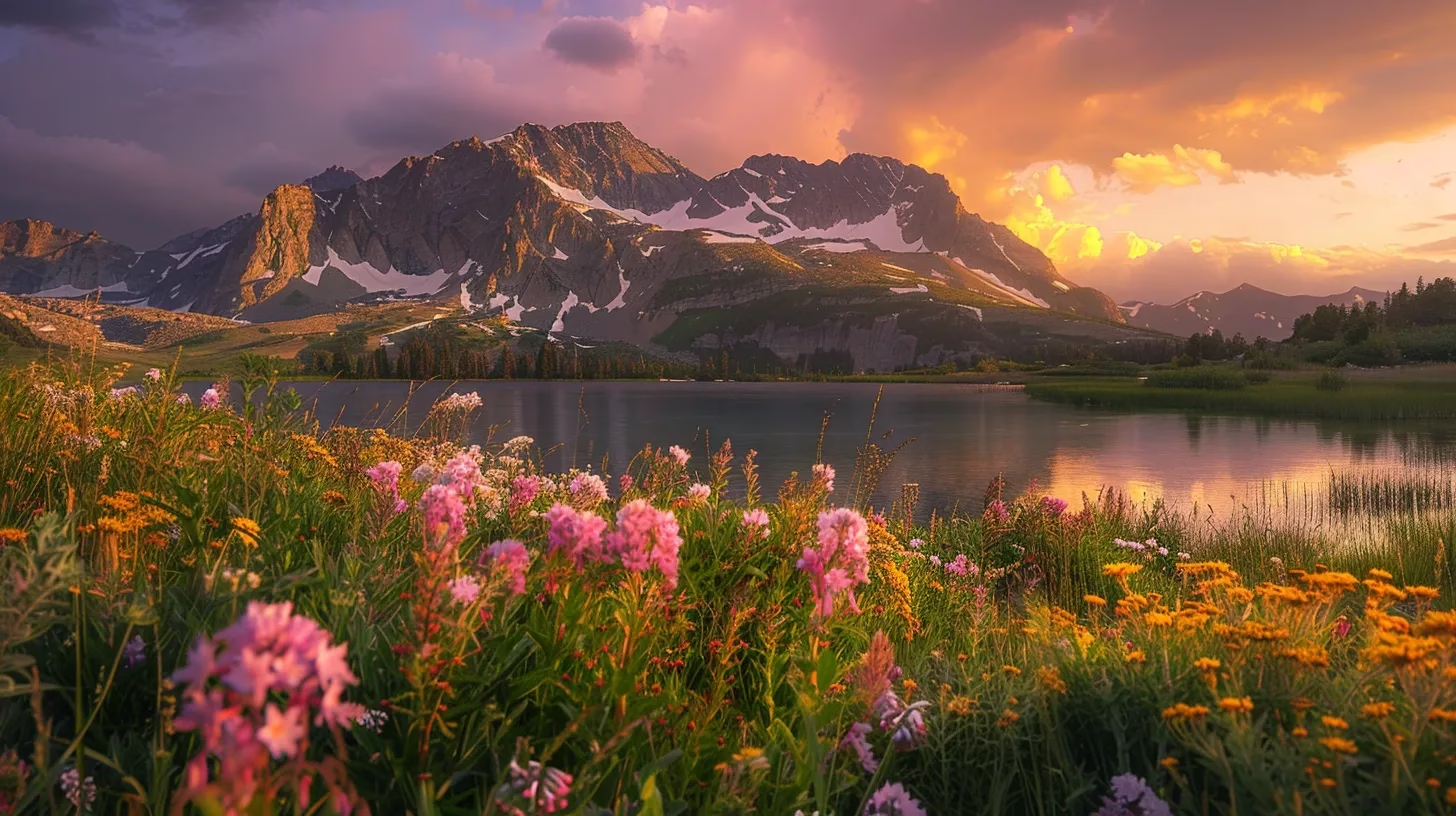
Designers analyze key principles to pinpoint the ideal placement for a wall mounted waterfall indoor or an interior waterfall wall. They integrate water features as room focal points, use natural light for visibility, and complement decor with thoughtful furniture flow. Recommendations cover adjusting an interior water wall, floor details, and planning seasonal impacts—all at a competitive sale price.
Analyze Design Principles for Optimal Water Feature Positioning
Proper analysis of design principles shows that optimal water feature positioning can transform a room, often drawing on elements seen in a national historic landmark. The careful placement of an indoor waterfall wall near surfaces such as slate creates a clear visual focus and a balanced atmosphere.
The spatial arrangement benefits from a thoughtful review of structural elements, where the inclusion of stairs enhances the transition between different zones in the room. A well-situated indoor waterfall wall acts as a dynamic focal point, much like a gentle trail guiding the observer’s eye through the space.
Expert evaluations confirm that aligning water features with key architectural details produces a soothing environment. Integrating an indoor waterfall wall with thoughtful positioning next to stairs and along a defined trail ensures that design elements work in harmony while evoking the elegance of a national historic landmark.
Integrate Water Features Into Your Room's Focal Point
Designers often position water installations as the central attraction in a room, drawing attention and promoting a serene environment. Their careful approach combines modern aesthetics with functional design, much like the iconic fallingwater scheme influences space. Expert input indicates that incorporating a vibrant water element offers both visual appeal and practical benefits.
Industry professionals apply clear guidelines when positioning these elements to ensure the water feature naturally aligns with a room’s focal point. The following table summarizes key design considerations:
| Design Element | Installation Approach | Primary Benefit |
|---|---|---|
| Focal Point Integration | Central positioning near main activities | Visual balance and serenity |
| Material Selection | High-quality metals and stone accents | Durability and refined appearance |
| Acoustic Considerations | System calibration for subtle sound | Enhanced ambience without distraction |
Experts advocate for a precise alignment between water installations and existing decor to ensure a balanced composition, citing fallingwater as an inspiration for contemporary integrated designs. Professionals recommend a detailed evaluation of spatial dimensions to achieve a seamless flow that meets both aesthetic and functional goals.
Use Natural Light to Enhance the Visibility of Water Features
Natural light enhances the visual impact of interior water features by accentuating clear water flows and reflective surfaces. Designers strategically position these elements near windows to take full advantage of daylight, resulting in an inviting atmosphere that highlights the simplicity of water design. This method delivers a balanced and professional aesthetic for serene spaces.
Positioning water installations where sunlight is abundant not only improves visibility but also adds depth to the overall design. A well-lit water feature displays vibrant hues and gentle motion that significantly contribute to a calming room ambiance. Professionals observe that this approach synchronizes light and design elements to meet both aesthetic and functional needs.
Experts advise that natural light plays a crucial role in accentuating interior water features. Illuminating these installations reveals fine details and promotes a sense of openness in confined spaces. This practical strategy ensures the environment remains engaging and consistently appeals to those seeking a refined, tranquil interior setting.
Frame Your Water Feature With Complementary Decor Elements
Designers use complementary decor elements to frame water features in a manner that builds a seamless and balanced environment. They align the color scheme and material textures of surrounding furnishings with the water installation to create a unified aesthetic.
Industry professionals recommend incorporating accents such as natural stone, textured wall surfaces, or understated artwork to support the central water feature. This pairing of design elements ensures that the water installation remains the focal point while the decor reinforces a refined, serene setting.
Experts stress the importance of strategic positioning and lighting to draw attention to interior water features. They advise selecting decor pieces that add subtle complexity to the space without overwhelming the design, thereby offering clients a practical solution that maintains both visual appeal and ease of maintenance.
Balance Water Features With Furniture Arrangement for Flow
Interior water features work best when furniture placement creates an unobstructed flow throughout the space. Designers often align seating and tables to complement the water installation, ensuring that the room feels structured and inviting.
Professional insights reveal that positioning furniture in relation to the water feature can create a natural, balanced movement. This approach results in a practical layout that highlights both the feature and the room‘s functionality.
Experts recommend a thoughtful arrangement that allows the water installation to serve as a visual anchor while maintaining clear pathways. Customized layouts that integrate furniture with water features consistently deliver a refined and serene setting.
Plan for Seasonal Changes Affecting Water Feature Placement
Design professionals stress the importance of assessing seasonal variations when positioning interior water features. They recommend evaluating temperature and humidity changes to ensure the water installation remains efficient and visually appealing throughout the year.
Experts advise monitoring water pump performance and water clarity during different seasons. Such evaluations help maintain optimal function and reduce the need for extensive adjustments during transitional weather conditions.
Practitioners suggest planning for seasonal impacts by selecting placements that facilitate easy maintenance and minor modifications. This proactive approach allows designers to sustain a calm and enduring ambiance while addressing potential issues caused by seasonal shifts.
The water feature sets a quiet tone that invites ease and comfort. A simple glow now fills the room, promising warmth and depth as light echoes across every surface.
Enhance Indoor Atmosphere With Lighting for Water Features
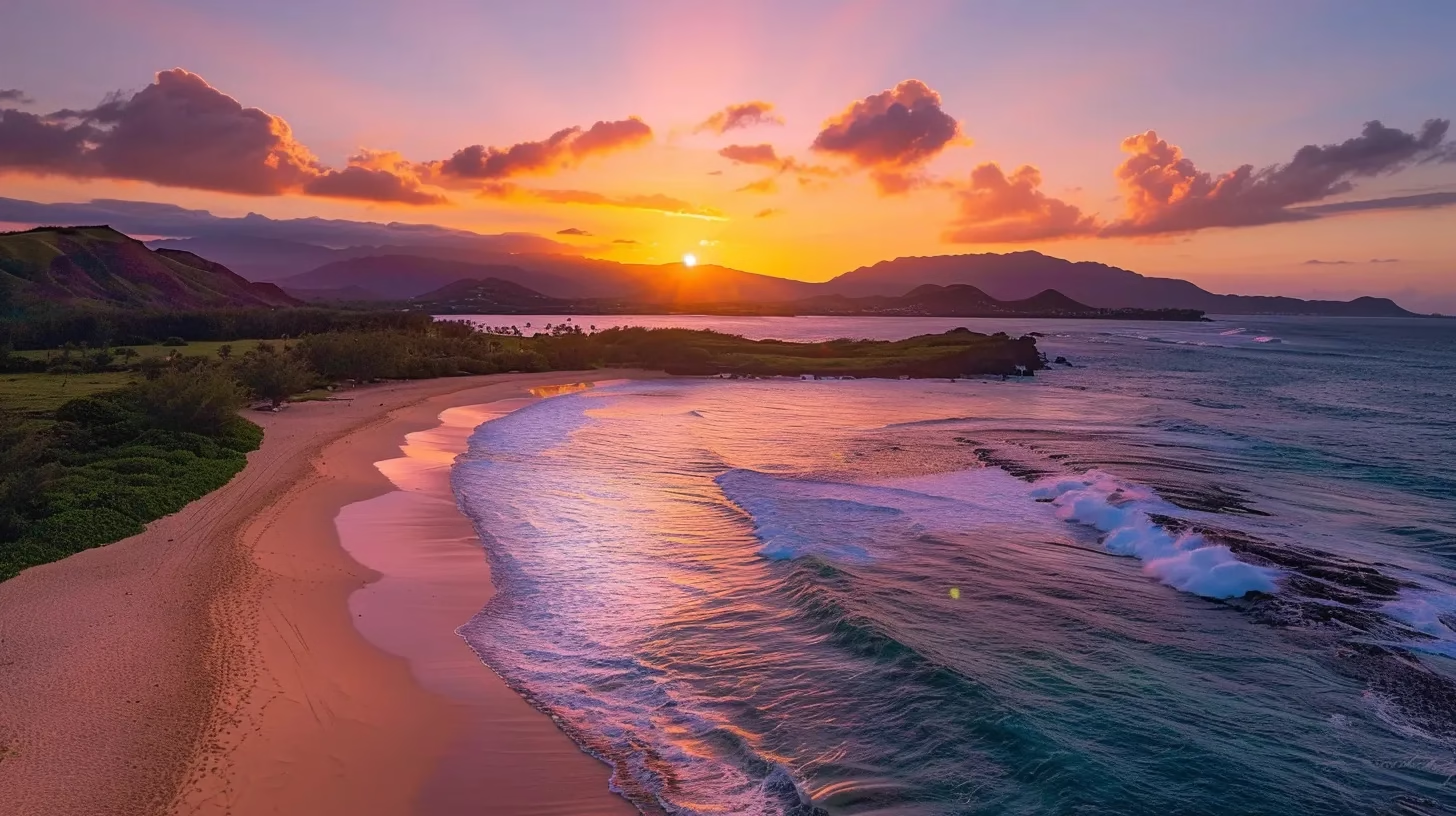
Design experts recommend suitable lighting styles to spotlight water elements. Strategic placement builds mood, while RGB options adjust color for tailored atmospheres. Natural daylight brings daytime calm, and smart lighting creates dynamic effects. Environmental considerations round out choices, ensuring that water features enhance interior serenity with practical, adaptable design solutions.
Select Suitable Lighting Styles to Highlight Water Elements
Expert designers recommend using modern LED technology to accentuate water elements, ensuring each cascade and ripple is distinct in the room. This approach magnifies the refined appeal of interior water features while delivering a clear visual impact.
Professionals observe that adjustable lighting systems work best for creating a soothing ambience. They advise employing lighting styles that offer variable intensities, allowing the water element to display its natural texture effectively during different times of the day.
Industry specialists note that well-controlled ambient lighting elevates the overall interior atmosphere. They often implement strategically placed spotlights that emphasize the water feature’s design, resulting in a balanced and appealing space.
Position Lighting to Create Mood and Ambiance Around Water
Professional designers position lighting near interior water features to improve the room‘s mood and visual appeal. They adjust the intensity of strategically placed fixtures to define the water’s flow and highlight the refined design details.
Experts recommend using directional lighting that focuses on the water’s surface to reveal subtle textures and reflections. This method consistently delivers a balanced ambiance while ensuring the feature remains a prominent visual element.
Specialists carefully align light sources with key architectural features to bolster the overall indoor environment. They observe that well-placed lighting not only accentuates water movements but also contributes to a serene and inviting space.
Use RGB Lighting to Change Atmosphere With Color Variations
Designers implement advanced RGB lighting systems to create dynamic moods around interior water features. This technology enables precise shifts in ambiance with color variations that suit both modern and classical environments.
Experts adjust lighting settings to match the desired vibe, ensuring that every hue enhances room aesthetics. They set parameters such as adjustable brightness, custom color schemes, and fluid transitions to meet client expectations:
- Adjustable brightness for varied light intensities
- Custom color schemes to suit specific decor themes
- Fluid transitions for smooth, engaging visual effects
Professionals attest that integrating RGB lighting into indoor water feature designs brings a refined balance to contemporary spaces. They note that practical adjustments and responsive control systems consistently fulfill both functional and aesthetic design goals.
Incorporate Natural Light for Daytime Serenity Around Water
Integrating natural light with interior water features transforms day areas into serene retreats by naturally illuminating the flowing water. This integration highlights the delicate textures and clear water movements that enhance a modern space.
Design professionals often position water elements near large windows to benefit from natural daylight. This method ensures that the water installation remains a focal point and provides a balanced visual appeal throughout the day.
Expert advice suggests that pairing natural light with refined water elements creates an inviting indoor atmosphere. Practical examples from recent projects confirm that ample daylight improves both aesthetics and energy efficiency in interiors.
Integrate Smart Lighting Solutions for Dynamic Effects
Smart lighting solutions offer a practical means to adjust ambient hues and intensities around indoor water features. Designers favor technology-based systems that provide flexible settings to tailor the environment according to the room‘s purpose and time of day.
Modern lighting systems integrate responsive sensors and programmable controls that create dynamic effects. These features enable precise adjustments in brightness and color, ensuring that each water installation delivers a refined visual impact consistently.
Industry experts note that smart lighting systems simplify the process of managing room ambiance. They highlight that customizable lighting options improve the overall indoor design by complementing water features with well-coordinated visual effects that align with client expectations.
Maintain Environmental Considerations When Choosing Lighting
Design experts emphasize the importance of selecting lighting systems that support environmental considerations when planning interior water features. They note that energy-efficient LED lighting, smart sensor technology, and sustainable design practices contribute to an eco-friendly indoor atmosphere:
- Energy-efficient LED technology
- Smart sensor integration
- Sustainable material use
Industry professionals recommend evaluating lighting options based on their energy consumption and overall environmental footprint. They rely on practical examples from recent projects where sustainable lighting solutions decreased power usage significantly.
Consultants advocate for continuous review of lighting performance in interior water feature installations to ensure ongoing energy efficiency. They advise that updated lighting systems help maintain a calm, refined setting that meets both aesthetic and environmental standards.
The water’s light fills the room with a steady glow. Green elements now take shape, inviting a quiet balance throughout the space.
Incorporate Plants and Greenery for Natural Harmony
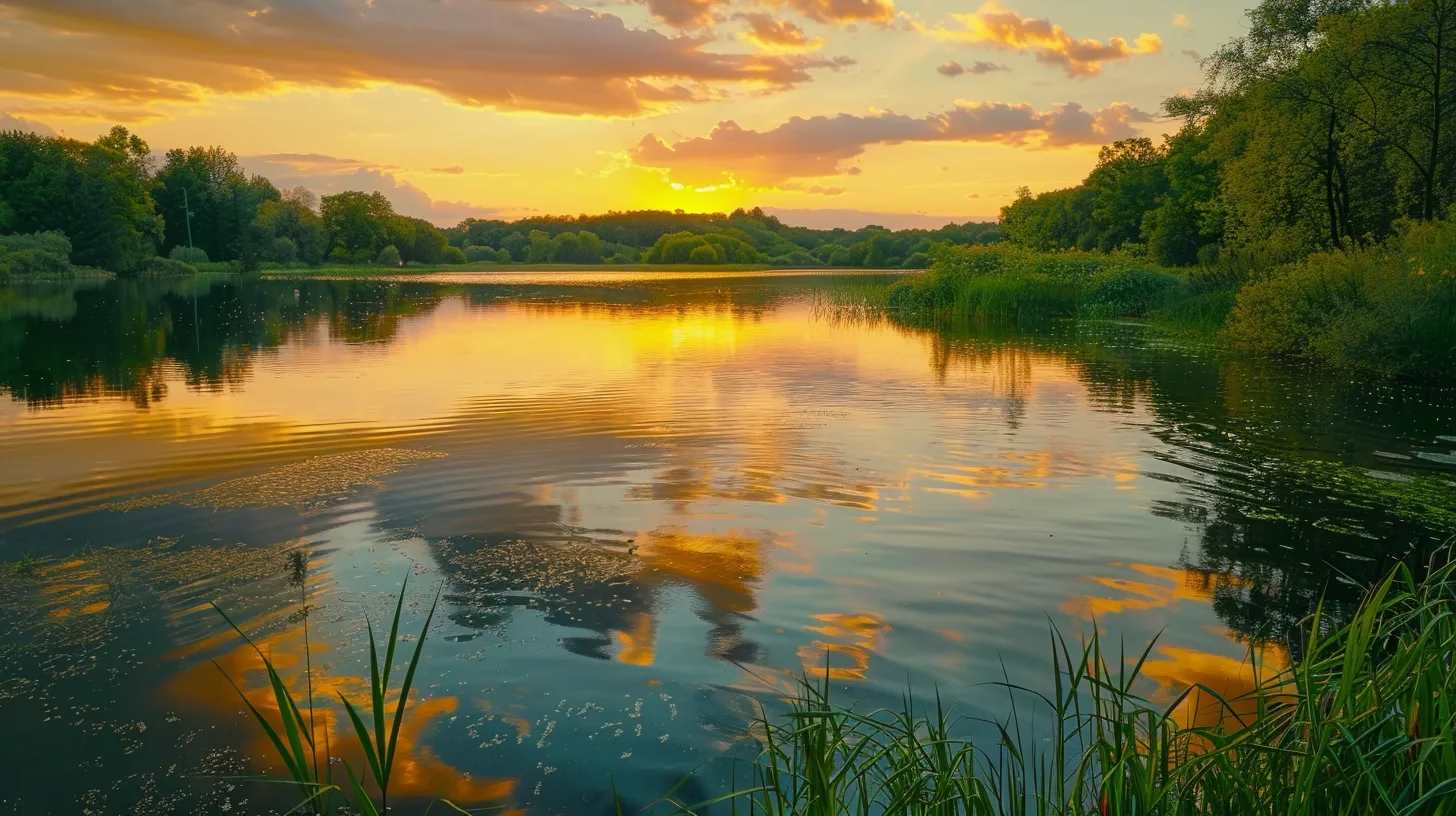
Integrating indoor plants with water features enhances natural harmony. Designers identify suitable, water-loving varieties, arrange greenery for visual appeal, and establish a care routine to support plant health. Professionals also select biophilic elements to foster connection and balance density for proper airflow and sunlight. This method merges aesthetics with practical design goals seamlessly.
Identify Suitable Indoor Plants That Thrive Near Water Features
Designers favor species known for their resilience in moisture-rich environments when integrating indoor plants with water features. They often select varieties such as ferns and peace lilies that thrive near water installations while maintaining a clean and balanced aesthetic. Experts note that these plants are well-suited to indoor settings with higher humidity and complement the overall design seamlessly.
Professionals advise choosing plants that adapt to varying light conditions, especially when positioned near interior water elements. Many opt for species that remain vibrant even in lower light, ensuring the green accents enhance the serene ambiance of the space. This practice helps maintain a calm environment that supports both design coherence and plant health.
Specialists routinely recommend consulting with horticultural experts to identify species that perform well in humid settings. Practitioners have reported success with select foliage plants that add natural texture and visual interest around water installations. Such careful selection and placement contribute to a refined atmosphere, where nature and water features coexist harmoniously.
Use Water-Loving Plants to Complement Your Interior Design
Design professionals note that integrating water-loving plants into spaces with interior water features creates a natural balance that enhances the overall design. Such plants, chosen for their tolerance to moisture, work well alongside installations and support a harmonious ambiance. Their selection directly addresses client needs for a cohesive environment that merges nature with modern aesthetics.
Experts observe that water-loving varieties maintain air quality while providing a visual counterpoint to engineered water elements. They recommend positioning these plants where moisture is abundant to ensure optimal growth and minimal interference with regular maintenance routines. This strategy results in a practical and appealing solution for modern interior settings.
Industry specialists mention that strategically arranged water-loving plants not only enhance visual appeal but also contribute to a refined atmosphere. They rely on firsthand experience to advise clients on placements that support both plant vitality and the seamless integration of water installations. This measured approach offers clients an effective means to achieve a balanced and inviting design.
Arrange Greenery to Enhance Visual Appeal Around Water Features
Designers plan the arrangement of greenery around interior water features to improve visual appeal and create a calming environment. A deliberate selection of plants adds a natural complement to the water design while balancing modern decor. This approach offers a practical solution that meets the needs of those seeking a refined atmosphere.
Experts recommend positioning plants in areas where light and water interact to define well-structured zones in a room. Thoughtfully placed foliage sharpens the overall design and provides a clear transition between natural and engineered elements. Such placement builds a solid foundation that supports a serene and attractive interior.
Professionals advocate for using proper containers and spacing techniques to maintain orderly flow around water installations. They observe that well-arranged greenery improves the visual balance of the space and contributes to a sophisticated setting. This method delivers clear benefits and addresses the challenges of blending nature with contemporary design elements.
Establish a Care Routine for Plants Alongside Water Elements
Establishing a care routine for plants placed near water elements supports both the longevity of the greenery and the overall serenity of the space. Experts advise that a simple schedule for watering, cleaning leaves, and checking soil moisture helps maintain a balanced indoor environment. Regular care routines ensure that both the plants and the water features perform at their best.
Professional designers recommend creating a detailed maintenance plan that considers the unique needs of plants in humid settings. A structured routine may include scheduled watering times, regular pruning, and periodic checks for pests or mold formation:
- Schedule periodic watering and leaf cleaning
- Monitor soil moisture levels
- Inspect for any signs of pest activity
- Trim and prune to encourage healthy growth
Internal design specialists stress the importance of aligning plant care with the operation of indoor water features to create a harmonious and sustainable setup. By following proven maintenance practices and adjusting for seasonal changes, the environment benefits from improved air quality and a consistently appealing ambiance.
Select Biophilic Elements to Foster a Sense of Connection
Industry experts recognize that selecting biophilic elements within interior water feature designs strengthens the connection between occupants and their surroundings. Integrating nature with engineered details creates a harmonious setting that improves overall room serenity.
Design professionals advise evaluating plant placement, lighting effects, and water exposure to achieve balanced natural accents:
- Assess spatial layout for optimal natural light.
- Choose moisture-tolerant plant species.
- Combine water features with organic greenery.
Practitioners report that incorporating biophilic details enhances both the aesthetic value and practical functionality of interior designs. Their practical insights offer clear guidance for achieving a refined, inviting space where nature and modern elements coexist seamlessly.
Balance Plant Density to Ensure Airflow and Sunlight Access
Design experts emphasize that balancing plant density is critical for securing ample airflow and sunlight access in spaces with interior water features. A carefully planned layout keeps greenery suitably spaced, ensuring that water installations and plants thrive together while maintaining a serene ambiance. This thoughtful design improves overall space functionality and enhances the refined atmosphere.
Professional designers routinely monitor plant placement to prevent overcrowding, which can block sunlight and restrict air circulation. They recommend selecting compact and easily managed species to complement indoor water features, ensuring that both elements contribute to a tranquil environment. This approach supports long-term vitality and maintains the intended aesthetic balance.
Interior design specialists advise periodic evaluation of plant density to ensure continuous air exchange and natural light penetration. They implement practical adjustments based on room dimensions and seasonal light variations, which helps sustain plant health and water feature performance. Such proactive measures allow for a harmonious integration of natural elements with modern interior water features, meeting the demands of sophisticated design projects.
Plants set a firm, calm foundation for the room. Keeping the water feature in check preserves that steady, clear spirit.
Maintain and Care for Your Interior Water Feature Regularly

Expert guidance includes establishing a regular cleaning schedule, essential maintenance tips for specific water types, and ensuring proper water quality for healthier spaces. Advice covers troubleshooting common issues, investing in reverse osmosis systems, and consulting specialists for complex problems. Practical insights help maintain indoor water features that add lasting tranquility to modern interiors.
Establish a Cleaning Schedule for Long-Lasting Water Features
Professional designers recommend establishing a regular cleaning schedule to maintain the performance and appearance of interior water features. This approach ensures that electrical components and water clarity remain optimal over time, resulting in long-lasting installations that consistently promote serenity in any space.
Experts advise that routine inspections and gentle cleaning help prevent the accumulation of mineral deposits and debris. A systematic maintenance plan supports efficient pump operation and reduces the risk of unexpected malfunctions, ensuring that water features remain a reliable focal point.
Industry professionals suggest integrating cleaning tasks into a monthly routine to safeguard the aesthetic and functional qualities of water elements. This practical strategy offers a clear path to enhanced longevity and solid performance, meeting the needs of clients focused on a refined, balanced environment.
Learn Essential Maintenance Tips for Specific Water Types
Expert designers advise that indoor water features demand a careful cleaning schedule to maintain water clarity and consistent pump performance. Regular maintenance tasks include removing mineral deposits and ensuring proper water balance to secure long-term functionality.
Specialists point out that various water types require tailored upkeep measures to avoid scaling and deposits that can affect performance. The following steps offer a practical guide for managing water quality in interior installations:
- Inspect and service the pump on a regular basis
- Clean accessible surfaces to minimize buildup
- Monitor water quality and adjust parameters as needed
Seasoned practitioners stress that neglecting routine care can compromise both aesthetic appeal and operational efficiency. They recommend scheduling periodic check-ups and addressing issues promptly to preserve a refined and tranquil space.
Ensure Proper Water Quality for Healthier Interior Spaces
Maintaining pristine water quality in interior installations is key for achieving healthier spaces. Designers observe that routine monitoring and systematic cleaning help sustain water clarity and system performance:
| Maintenance Task | Frequency | Outcome |
|---|---|---|
| Water Testing | Monthly | Ensures balance and clarity |
| Pump Inspection | Quarterly | Prevents operational issues |
| Surface Cleaning | Weekly | Reduces mineral buildup |
Industry professionals recommend a structured routine that includes regular filter cleaning and careful monitoring of water parameters. This method eliminates impurities and supports the longevity of interior water features, providing a lasting tranquil ambiance.
Experts advise incorporating quality water treatment products to stabilize the water’s chemical balance, thereby improving visibility and reducing maintenance calls. Such proactive care ensures that space elements remain pristine and continue to contribute to a refined atmosphere.
Troubleshoot Common Issues With Indoor Water Features
Indoor water features may experience issues such as pump inefficiency or mineral buildup that hinder performance. Experts advise a systematic review of the pump and water clarity to determine if operational adjustments are needed for better flow and reliability.
Specialists recommend examining the system for signs of scaling and sediment accumulation, as these can affect both water flow and visual appeal. Routine inspections and gentle cleaning can resolve many common problems, ensuring that indoor installations function optimally.
Professionals emphasize the importance of monitoring sound levels and vibration, as unexpected noises can signal mechanical strain. They suggest checking water circulation and cleaning key components regularly, which has proven effective in maintaining a serene and reliable water feature setup.
Invest in Reverse Osmosis Systems for Water Quality Control
Experts recognize that reverse osmosis systems play a vital role in maintaining exceptional water quality for indoor water features. These systems efficiently remove impurities to ensure clear water flow, which contributes to a tranquil and visually appealing environment. They also offer a reliable method for preserving water clarity and overall system performance.
Professionals recommend using reverse osmosis technology as a proactive solution for routine water quality control. This approach prevents the buildup of minerals that can affect the smooth operation of water installations, resulting in a consistently serene indoor atmosphere. Industry specialists observe that implementing these systems leads to fewer maintenance issues over time.
Investing in reverse osmosis systems can significantly improve the longevity and functionality of an interior water feature. Designers note that these systems safeguard against common water quality challenges while providing a straightforward maintenance routine. The method proves highly effective in sustaining an environment that meets the refined standards of modern interior design.
Seek Professional Help for Complex Water Feature Problems
When indoor water installations suffer from lasting issues, expert guidance proves invaluable. Professionals assess operational challenges, such as pump inconsistency and mineral deposit buildup, offering targeted solutions that boost performance and longevity.
Industry specialists recommend that space managers seek professional consultation to avoid extended downtime and costly repairs. They encourage an in-depth review of system components to identify the root causes of performance drawbacks:
- Pump irregularities
- Mineral accumulation
- Filtration inefficiencies
Technical experts provide personalized insights that help maintain both the aesthetic quality and efficient operation of indoor water installations. Their guidance ensures that every feature continues to contribute to the space’s serene atmosphere while addressing complex maintenance challenges promptly.
Consistent upkeep makes the water feature a calm, inviting presence. Next, a shift in perspective turns careful maintenance into a canvas for personal design.
Design Unique Themes Around Water Features for Personal Touch

Unique water feature themes involve exploring diverse design styles that incorporate water elements while matching room colors and themes. Integrating art, sculpture, and seasonal decor creates variety. Collaborative efforts with designers and documenting the process offer practical inspiration for those seeking a refined, personalized approach to indoor serenity.
Explore Various Design Styles That Incorporate Water Elements
Designers combine various design styles that incorporate water elements to transform interiors into peaceful sanctuaries. They integrate streamlined water features alongside architectural details to achieve a calm, elegant environment.
Industry professionals outline distinct design styles that complement water installations with functional art and modern finishes:
| Design Style | Key Element | Practical Example |
|---|---|---|
| Minimalist | Sleek lines and integrated water walls | A built-in indoor stream paired with neutral tones |
| Industrial | Exposed metal accents and robust pumps | An interior waterfall with raw concrete and steel |
| Eclectic | Mix of textures and artistic water elements | A custom fountain with decorative mosaics in a vibrant setting |
Industry specialists advise clients to review room dimensions and natural lighting before selecting a water feature design. They emphasize choosing components that merge aesthetic appeal with practicality, ensuring that interior water features provide both a visual and serene impact in modern spaces.
Tailor Your Water Feature to Match Room Themes and Colors
Designers advise that a well-chosen water feature must complement the overall room palette. They focus on selecting water installations that blend harmoniously with wall colors and furniture accents. This method promotes a coordinated environment that supports a refined, calm atmosphere.
Experts recommend using color-coordinated materials for water features to match the room‘s décor. They often suggest finishes that mirror other key elements in the space, such as natural stone or metallic accents. This approach results in a balanced interior that feels both stylish and peaceful.
Professional designers observe that careful customization of water feature elements can resolve common design challenges. They highlight that tailored installations improve the visual appeal while meeting practical needs. Such tailored solutions provide clients with environments that reflect both personality and practical design principles.
Use Art and Sculpture to Complement Water Features Creatively
Art and sculpture serve as smart complements to indoor water features by adding a personal touch that resonates with modern design. Designers select carefully curated art pieces that align with the overall layout, ensuring that each element adds to the room‘s calm atmosphere. This approach allows interior spaces to achieve a balanced feel that meets the needs of sophisticated users.
Industry professionals observe that pairing a well-chosen sculpture or framed artwork with a water installation creates clear focal points in a room. They recommend selecting pieces that reflect the color scheme and material texture of the space, which offers a practical method to address design challenges. Clients benefit from these integrated solutions that combine visual appeal with functional layout.
Design experts use creative art placement to tailor interiors that incorporate flowing water elements seamlessly. They focus on matching the scale and style of art to the water feature, ensuring that every detail is consistent with the room‘s overall design. This strategy provides a refined solution that meets both aesthetic expectations and practical requirements.
Create Seasonal Decor Around Your Water Feature for Variety
Seasonal decor enhances the appeal of indoor water features, providing a refreshed look that adapts to different times of the year. Professional designers recommend updating decorative elements to maintain an inviting environment while supporting space functionality.
Experts suggest incorporating seasonal accents that complement water installations and improve overall aesthetics:
- Warm tones and natural textures for autumn
- Fresh floral accents for spring
- Crisp, light decor for summer
- Cozy fixtures for winter
Industry professionals observe that clients benefit from a modular approach to decorative changes during seasonal transitions. They advise selecting decor items that are easy to install and maintain, ensuring a consistent and balanced indoor setting.
Collaborate With Designers to Achieve Desired Aesthetic
Professional designers collaborate closely with clients to tailor interior water features that resonate with each space’s unique character. They offer practical insights by aligning material choices and placement strategies directly with the client’s needs. This cooperation creates environments where water installations serve as focal points that enhance both functionality and aesthetic appeal.
Experienced designers bring practical expertise in integrating water elements into diverse interior layouts. They provide solutions that address color coordination, spatial balance, and material durability while keeping the overall design straightforward and engaging. Clients benefit from this team approach as every decision reflects a clear vision for a calm, organized space.
Collaboration between clients and designers allows seamless incorporation of personalized elements into water feature installations. Professionals work to ensure that the design adapts to room dimensions and existing decor while maintaining a refined ambience. This method results in interiors that are well-managed and visually consistent, meeting the demands of those seeking a serene setting.
Document Your Design Process to Inspire Others With Water Features
Design professionals advise documenting every design process step to deliver clear insights on how interior water features integrate into serene spaces. Recording sketches, plans, and implementation phases provides valuable guidance for peers looking to incorporate water elements into modern interiors. Such documentation serves as a practical resource for tackling common challenges in the integration of water installations.
Industry experts suggest that comprehensive records of design decisions help inspire confident installations and customizations. Detailed project notes offer reliable strategies for addressing layout issues, maintenance routines, and aesthetic choices that enhance overall space balance. This systematic approach leaves a lasting impression on clients and fellow professionals alike.
Maintaining visual records such as photographs and annotated diagrams strengthens the design narrative and offers objective evaluations of interior water features. These documented insights encourage potential clients to consider personalized water installations for their spaces and assist practitioners in refining their craft. Recorded design processes become valuable references that inspire innovation and practical problem-solving in interior design.
Conclusion
Interior water features transform spaces by uniting functional design with a sense of calm and balance. Thoughtful placement and tailored lighting options create environments that are both visually appealing and refreshingly serene. Designers combine natural elements with advanced technology to ensure reliability and simple upkeep. This approach empowers clients to achieve interiors that consistently reflect modern sophistication and tranquility.


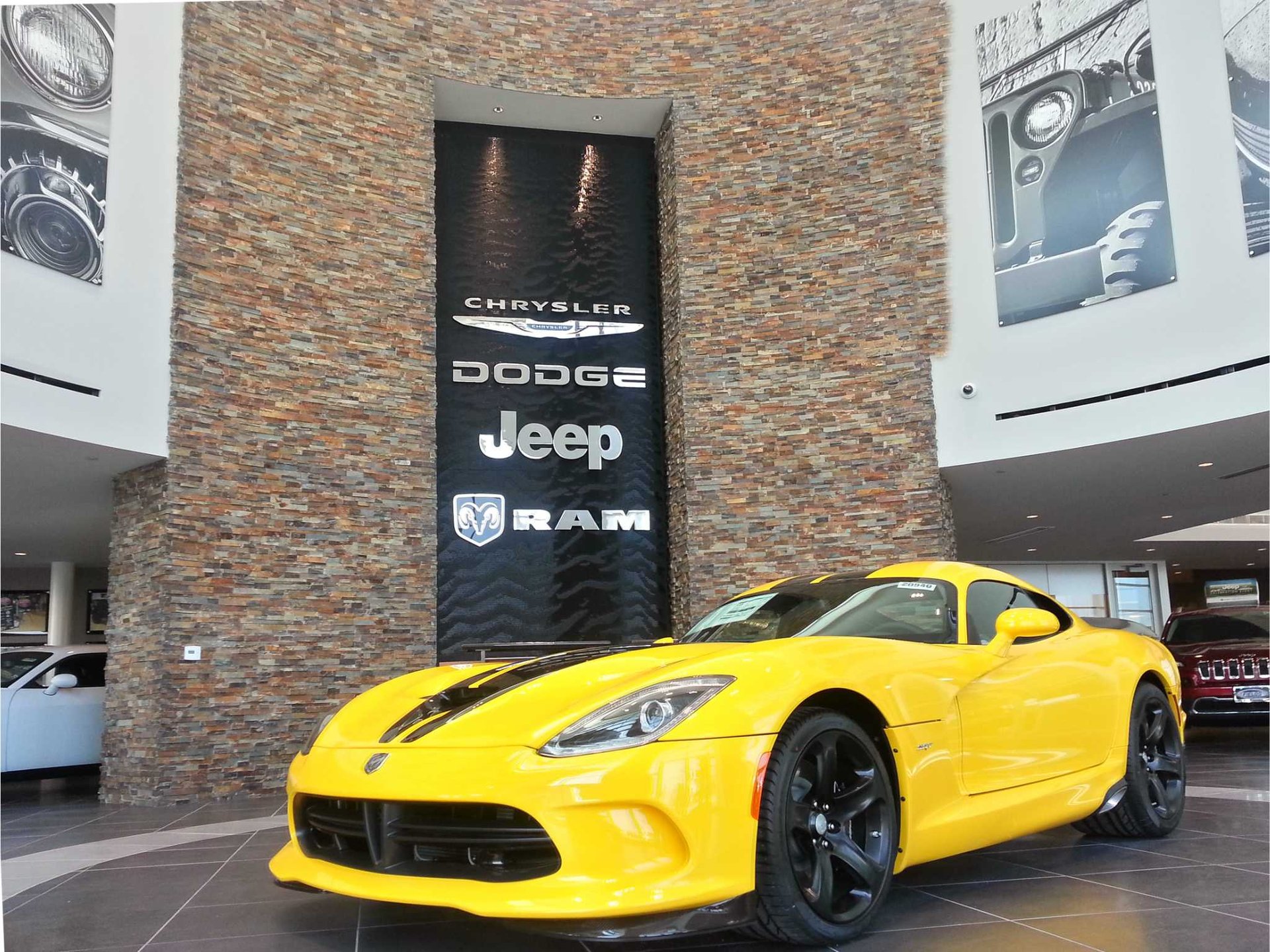
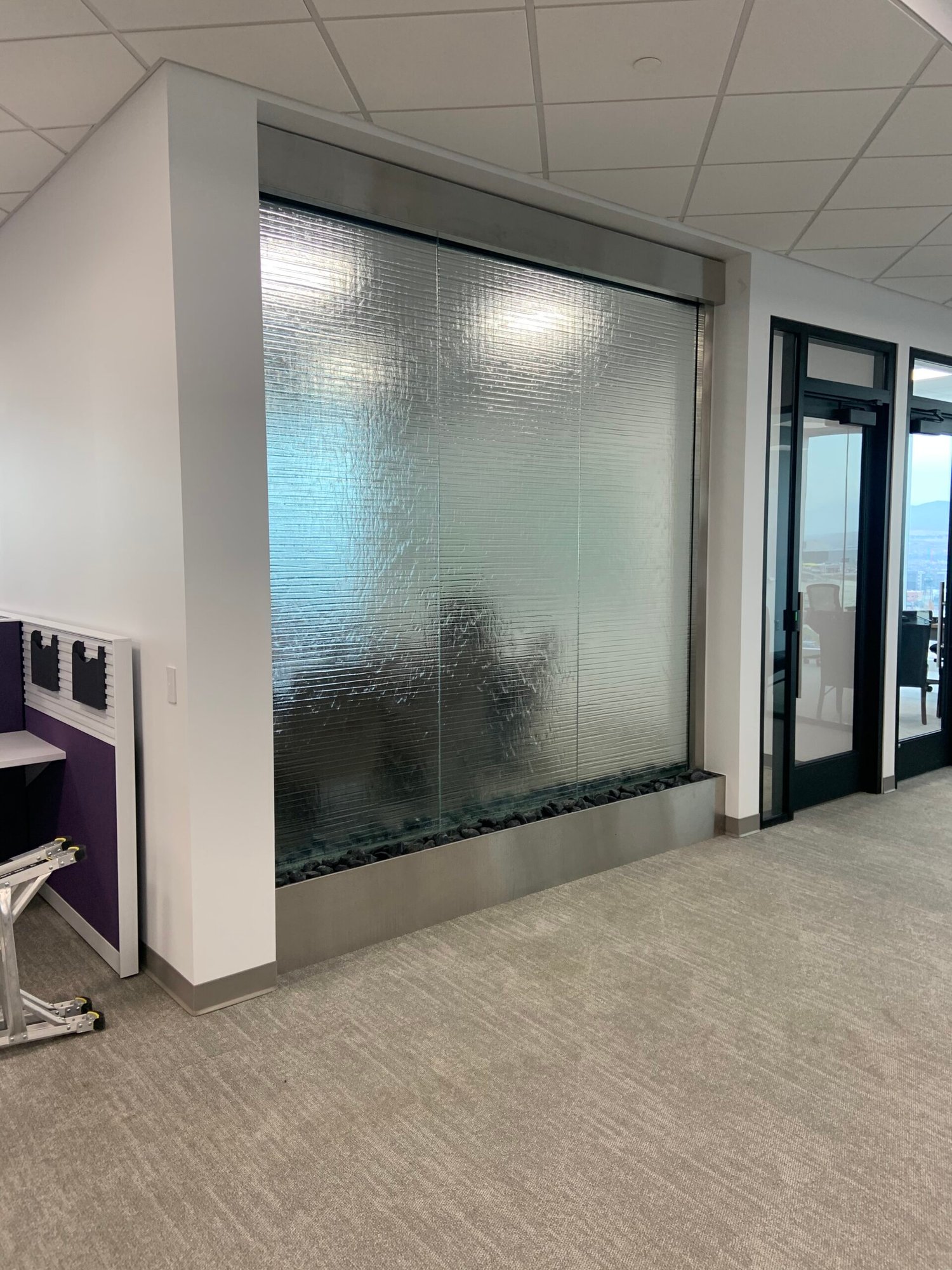
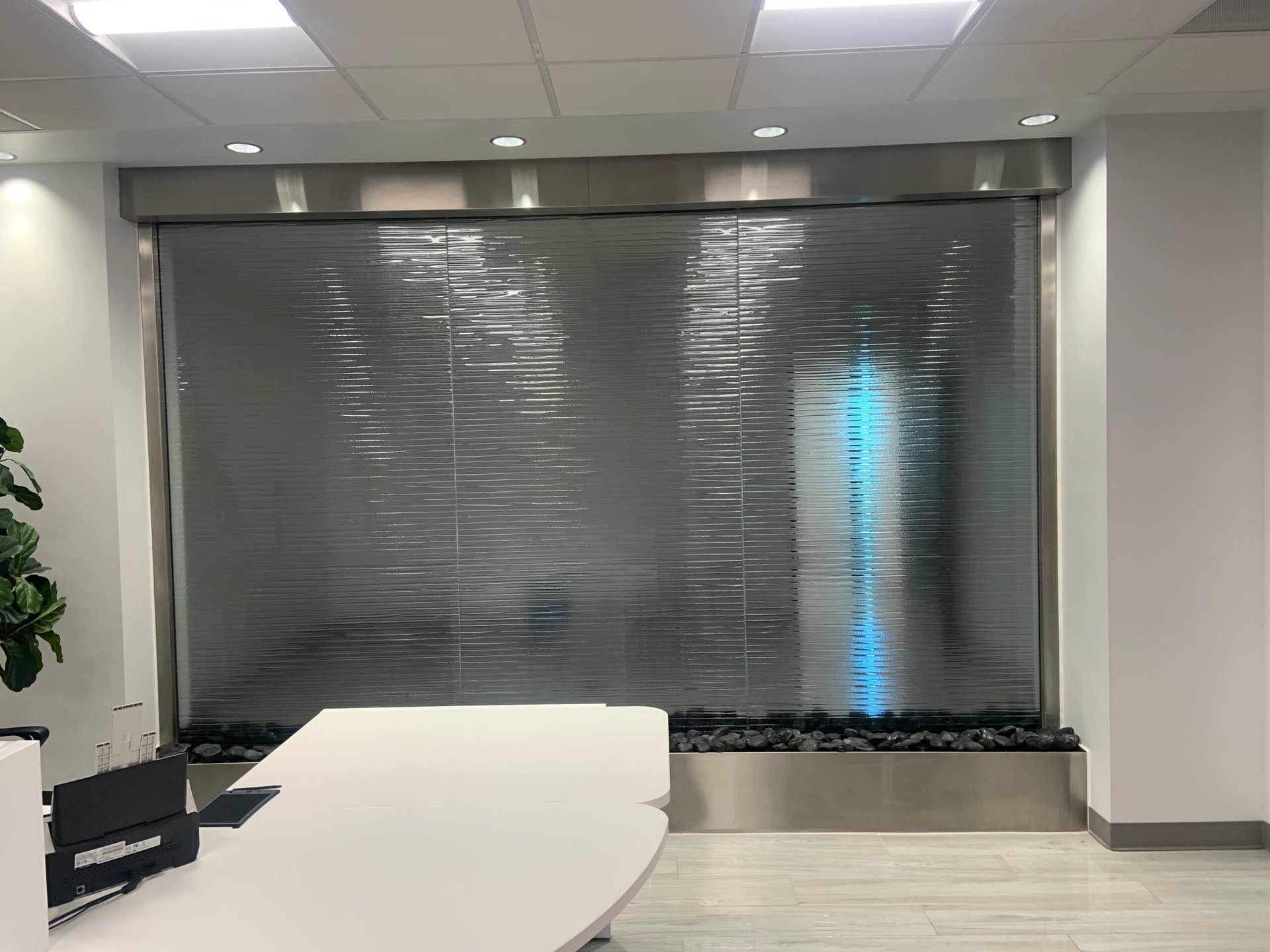
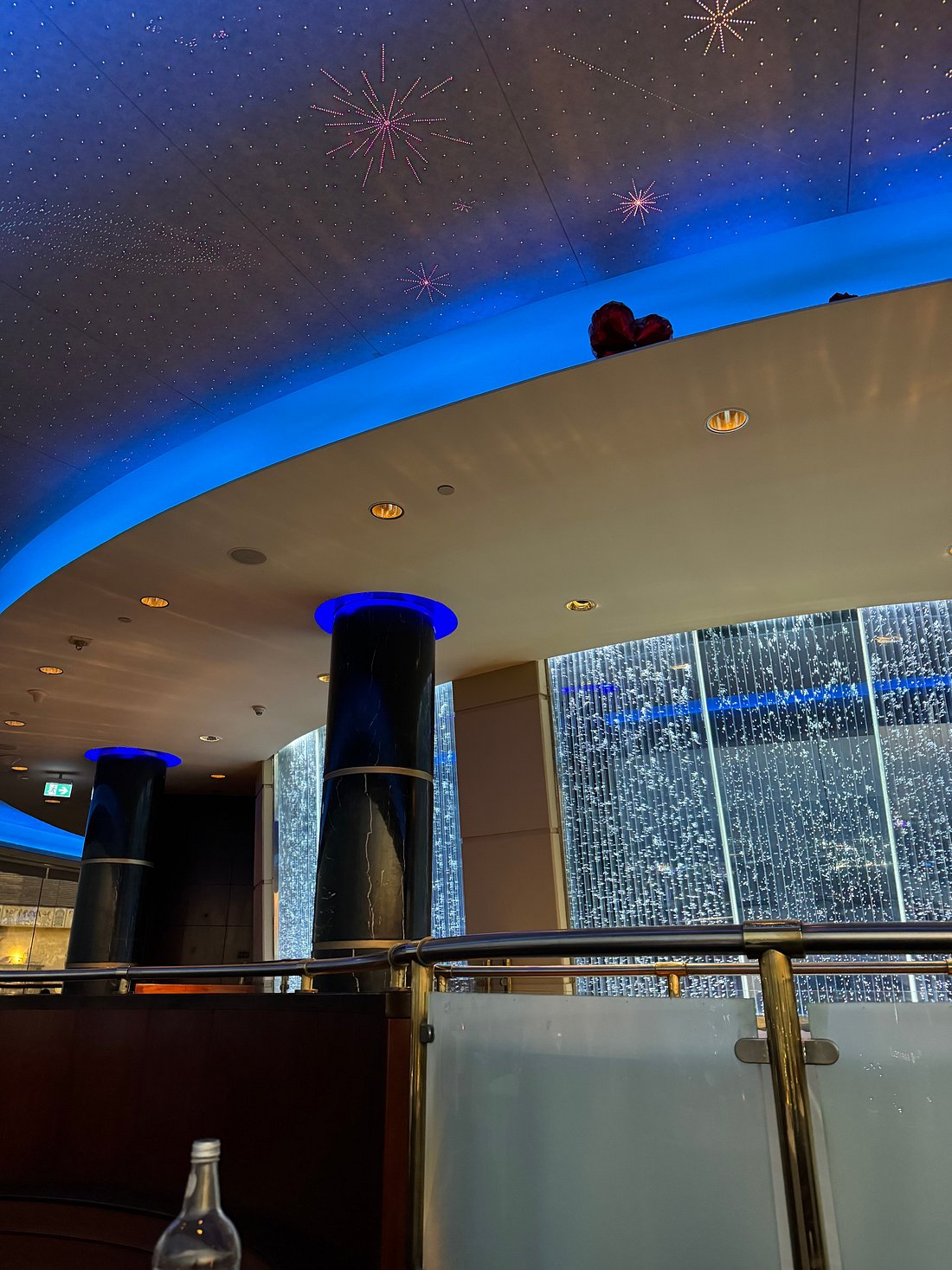
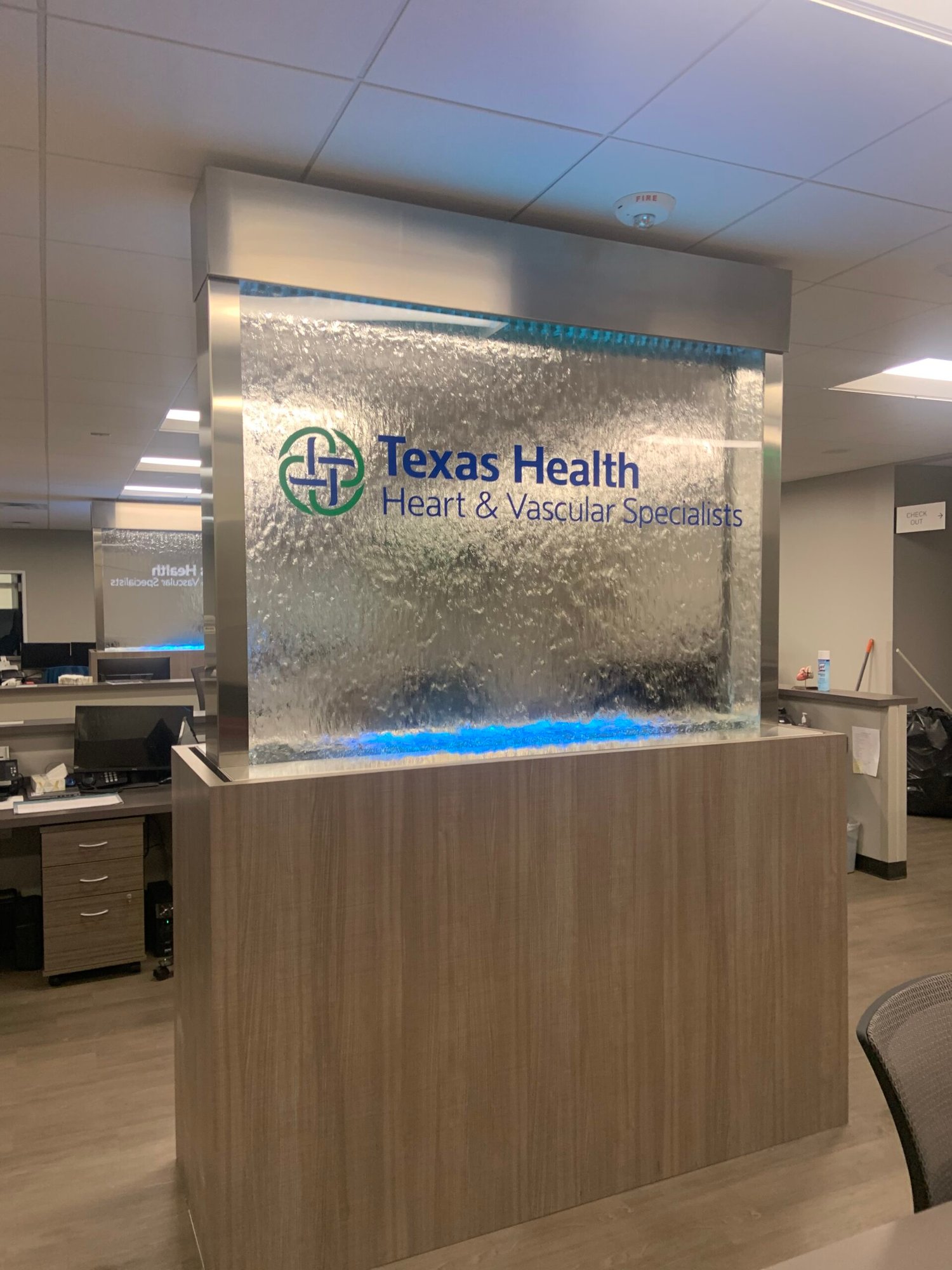
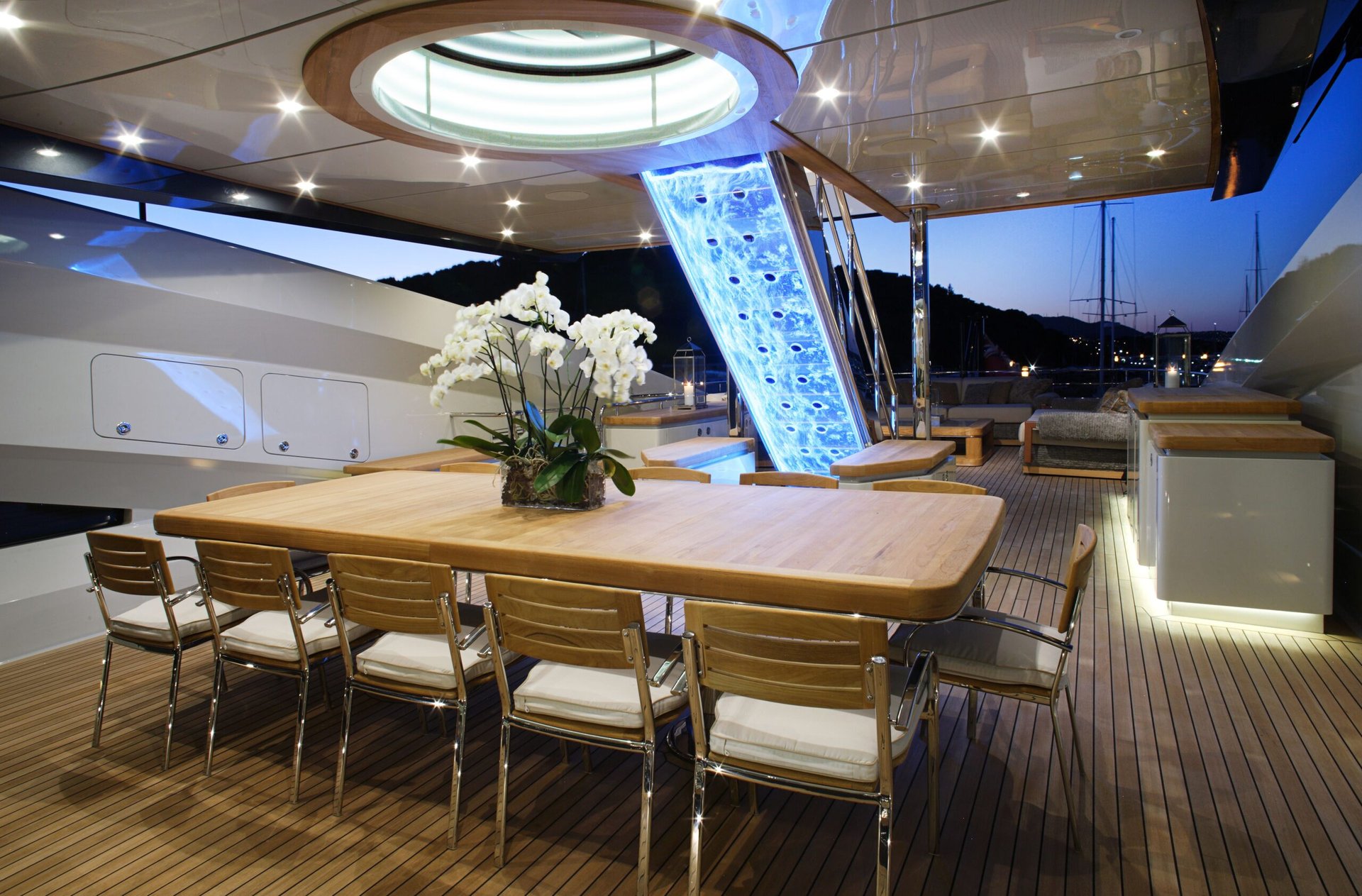
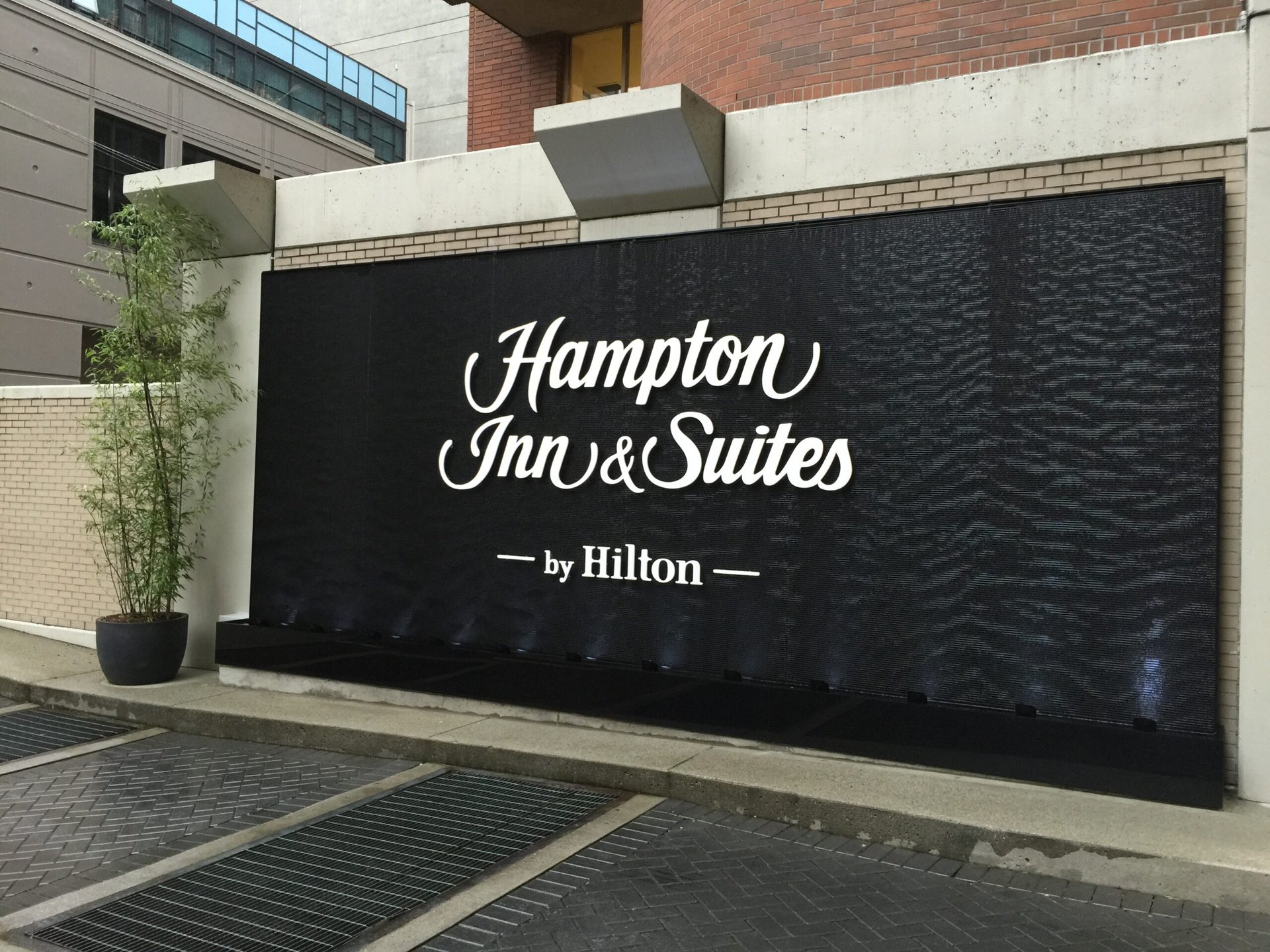
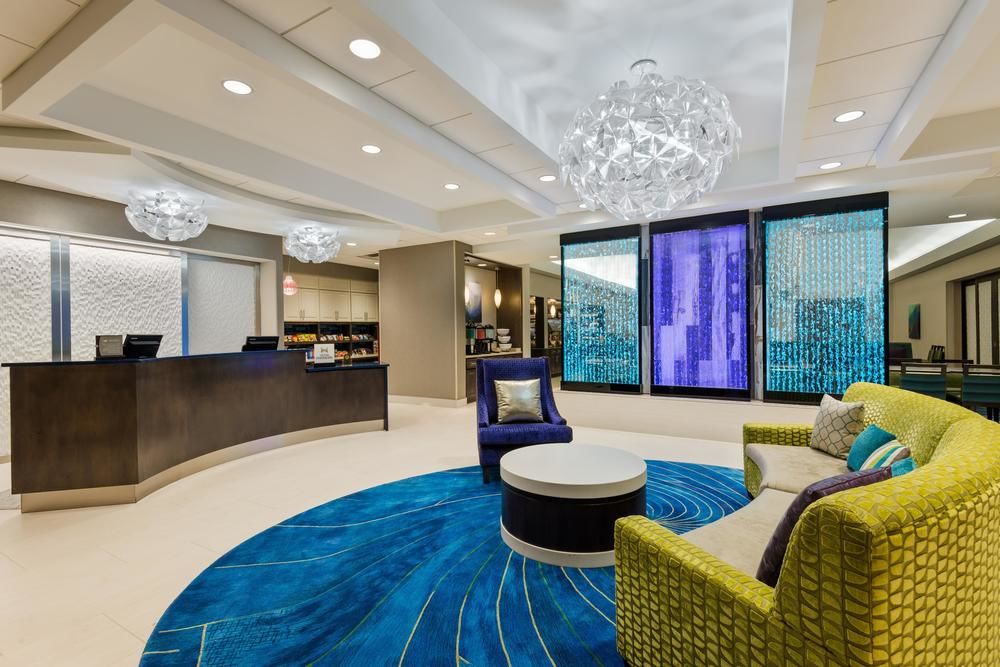
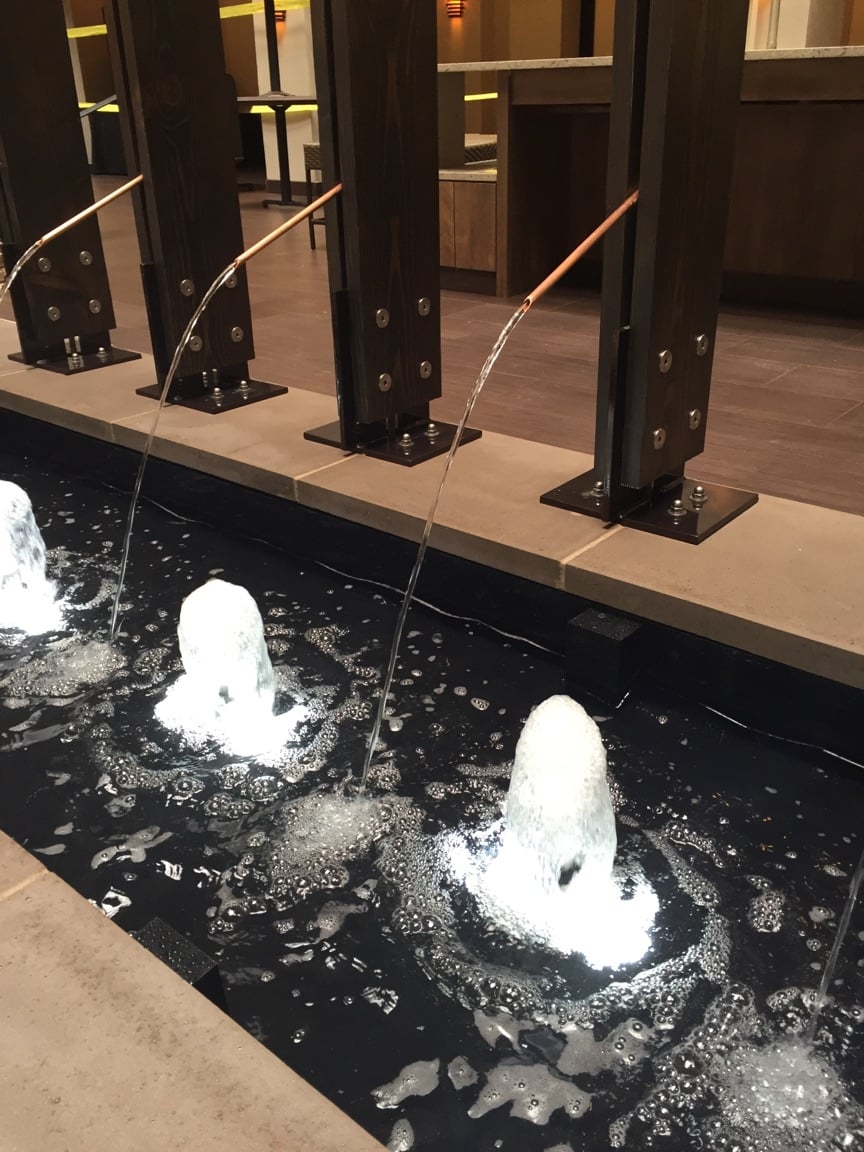
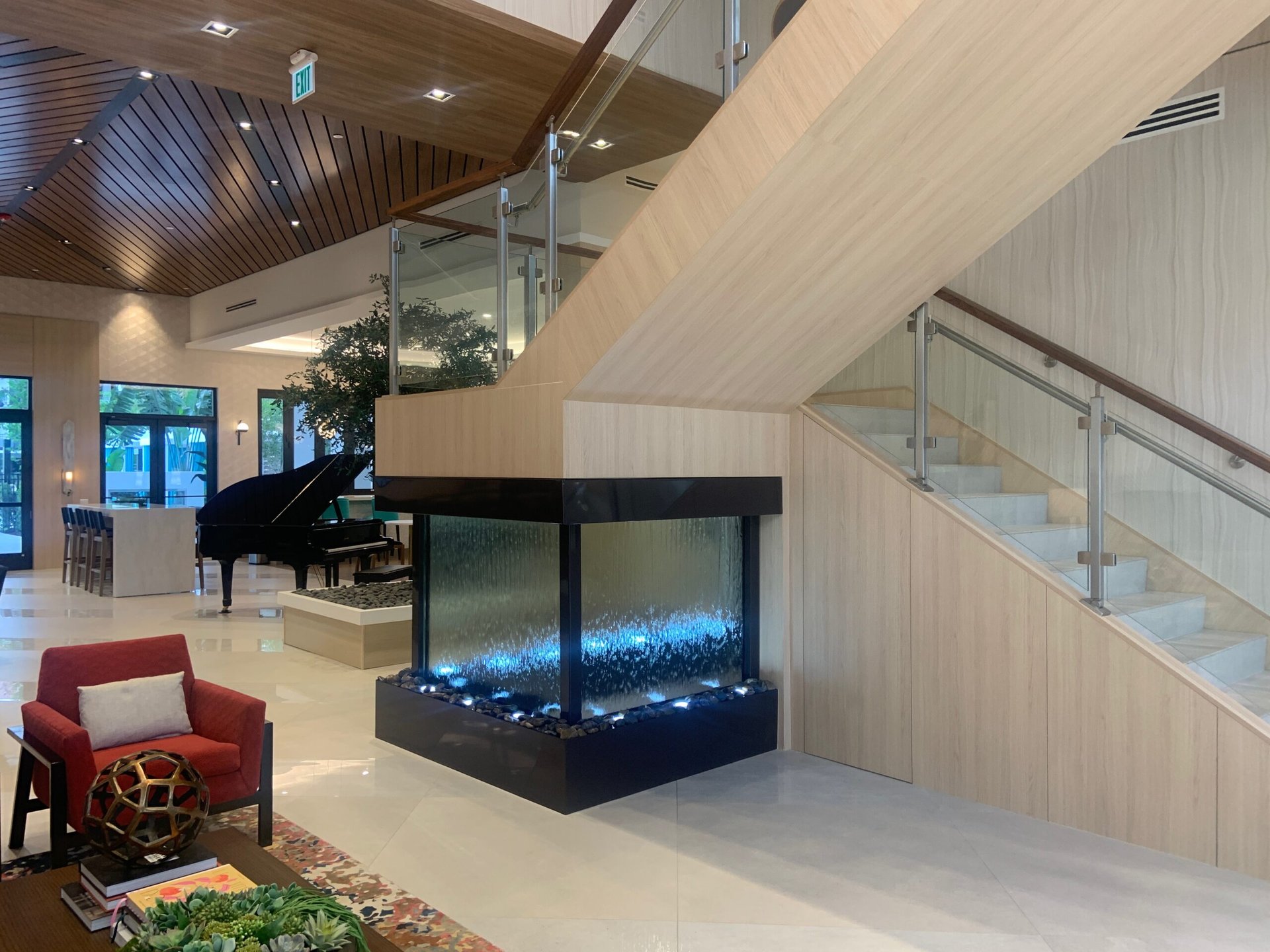
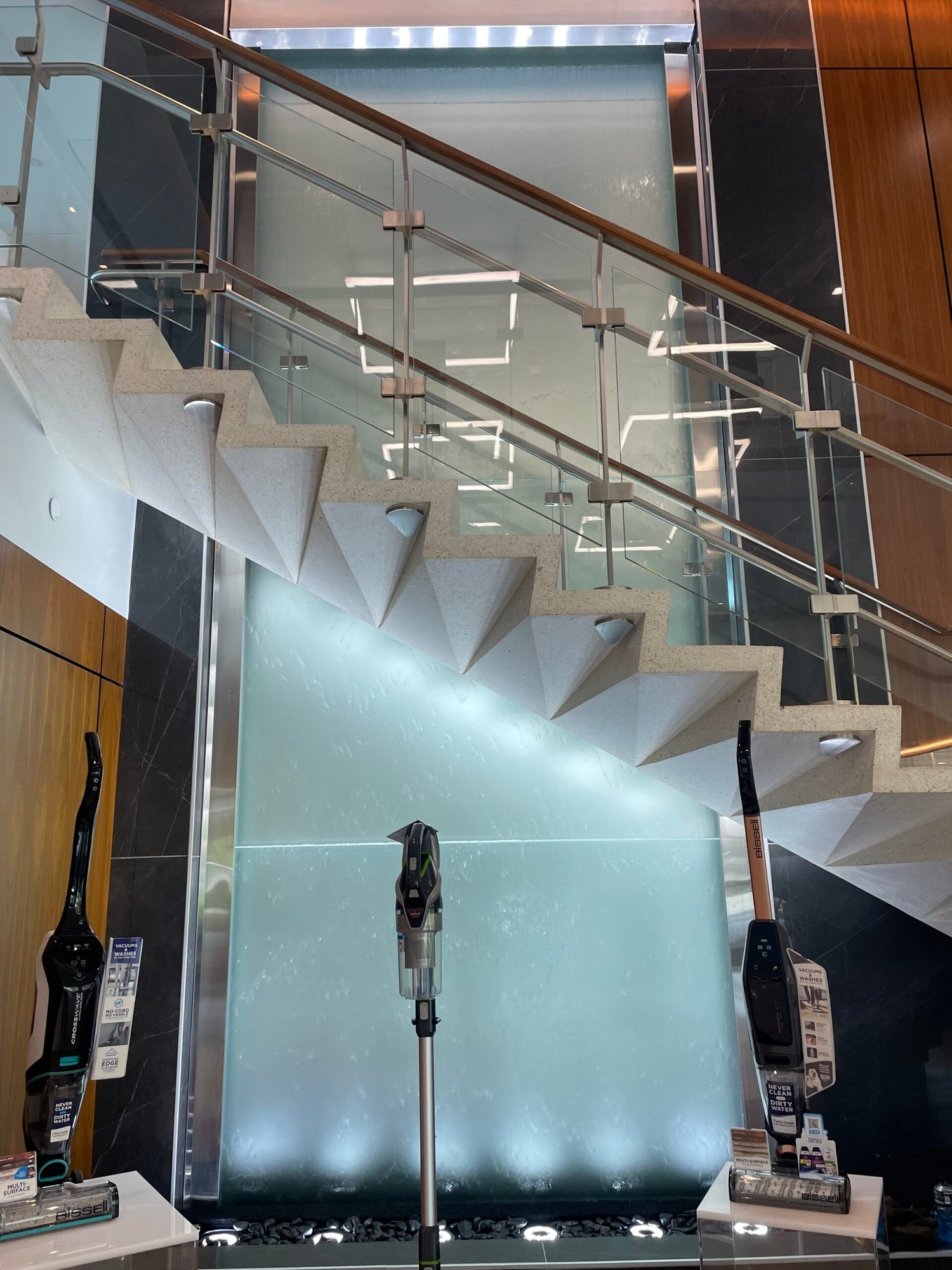
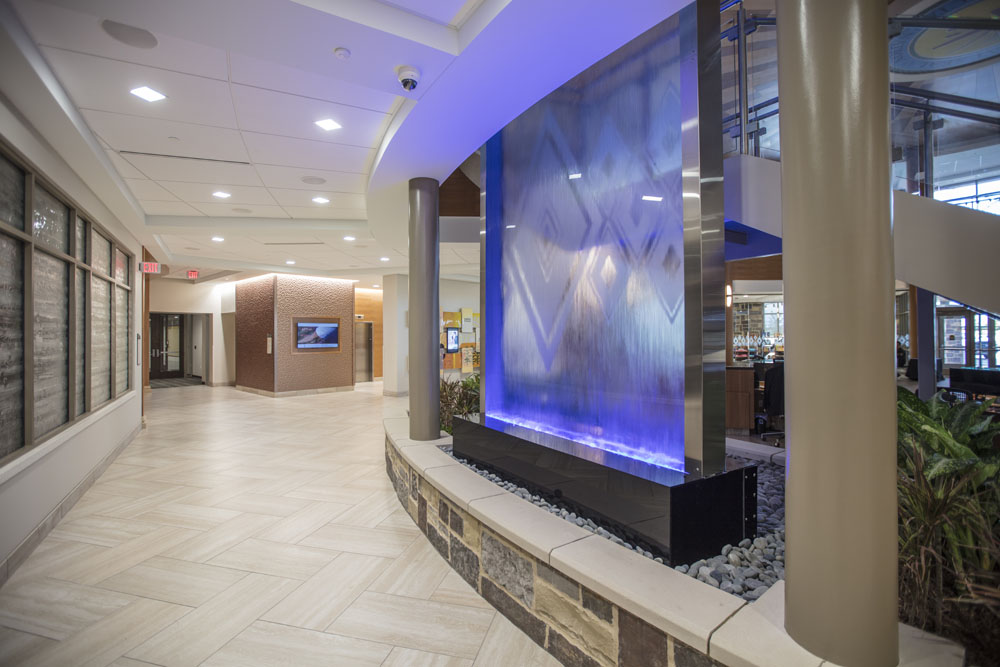
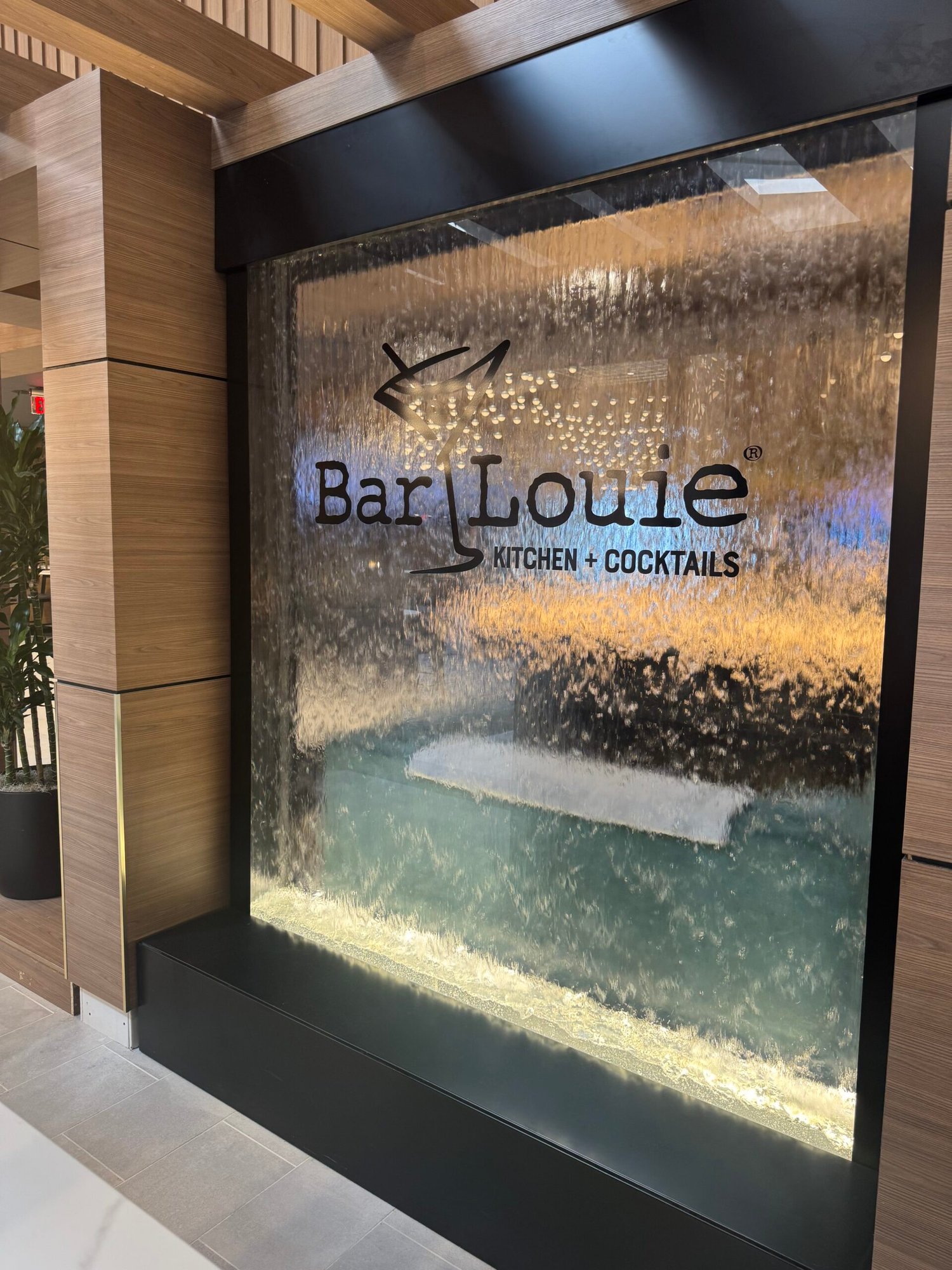
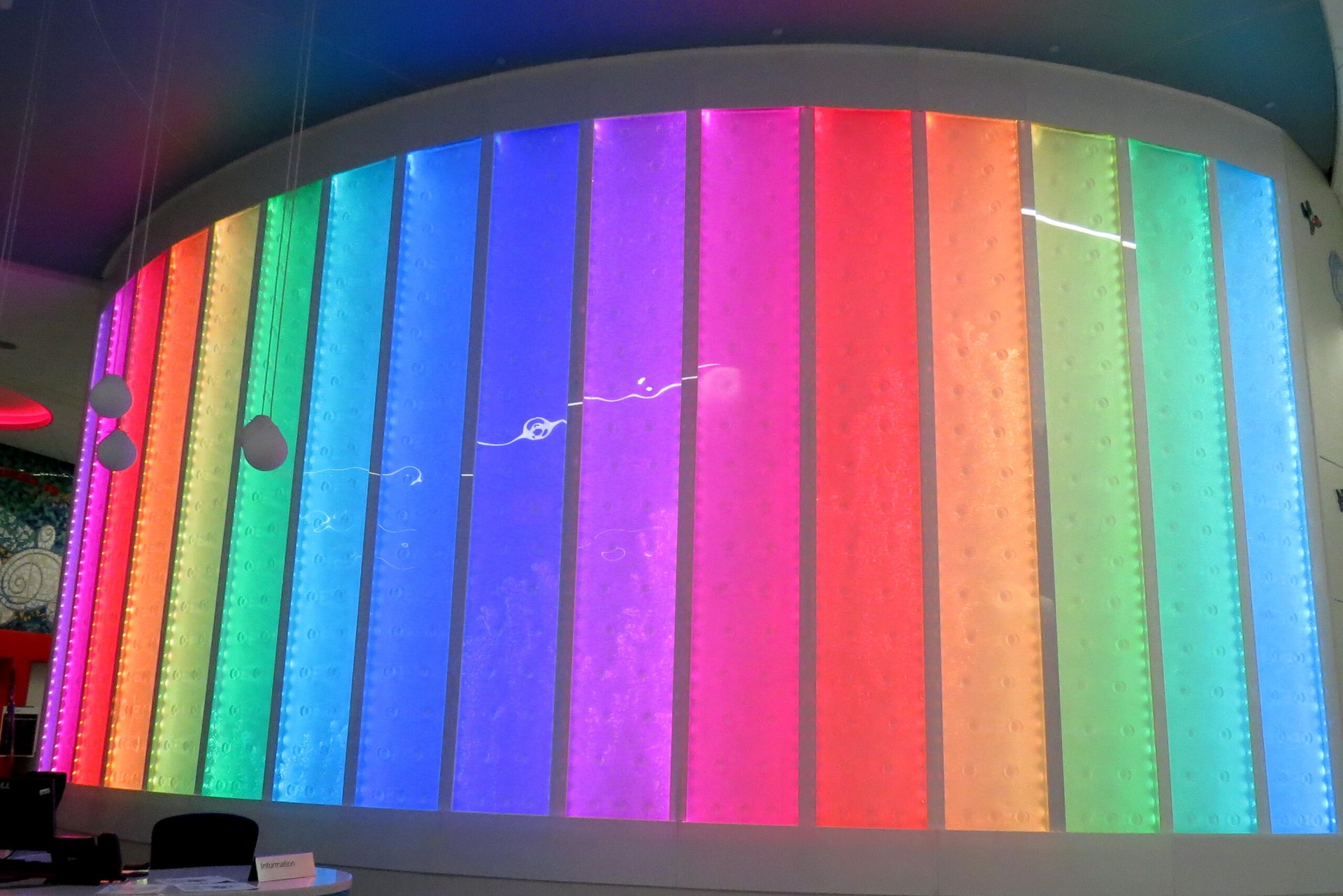
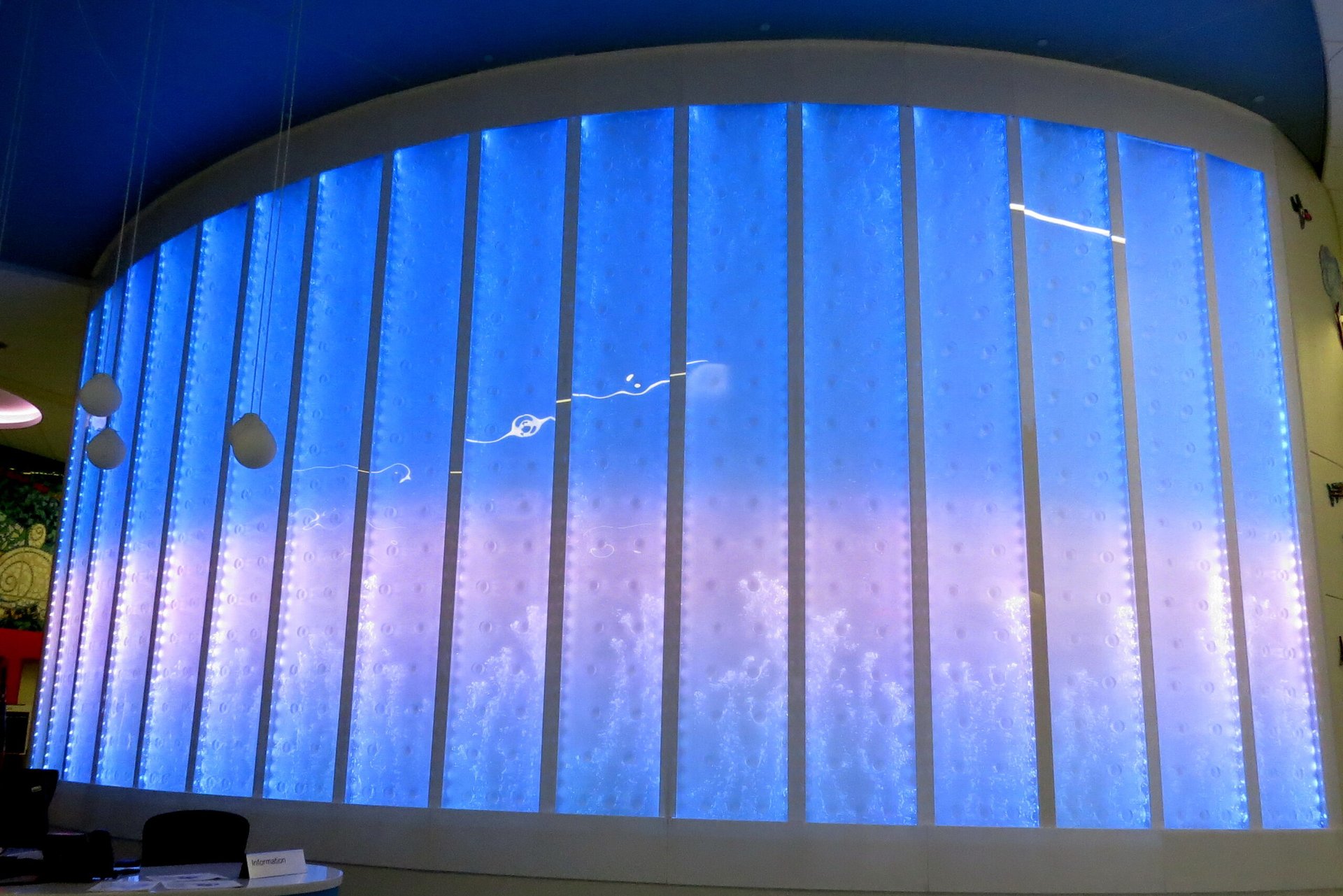
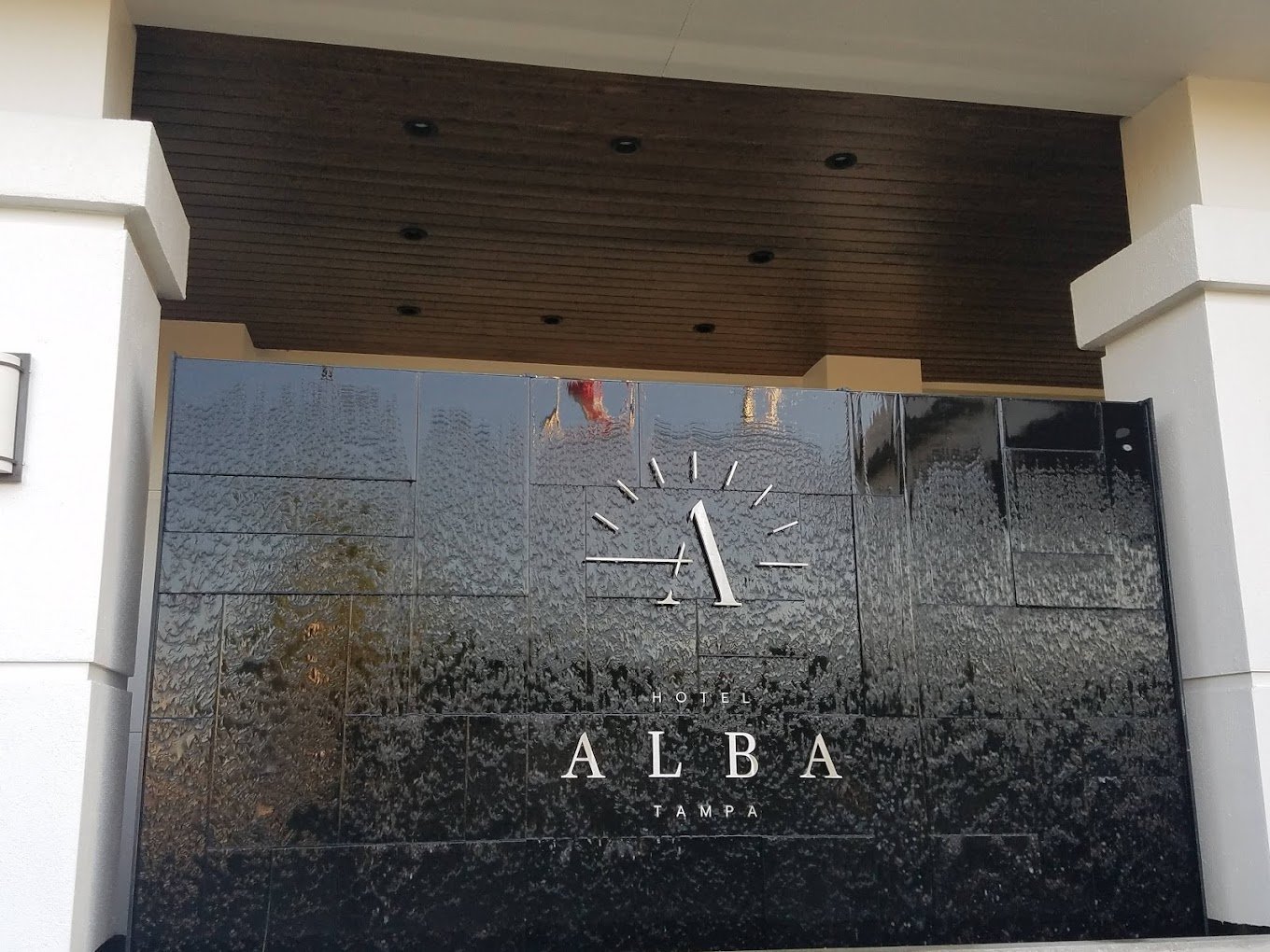
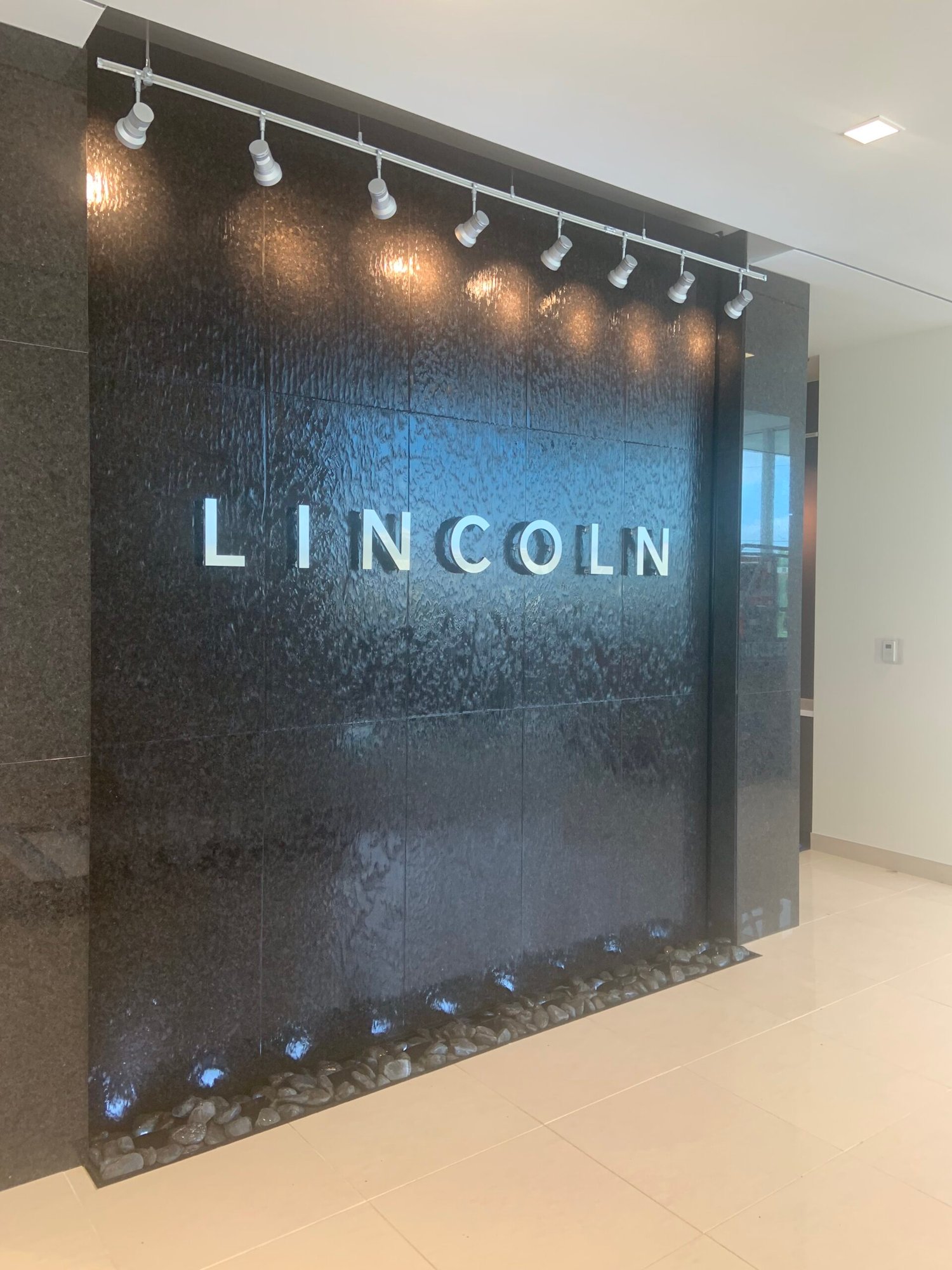
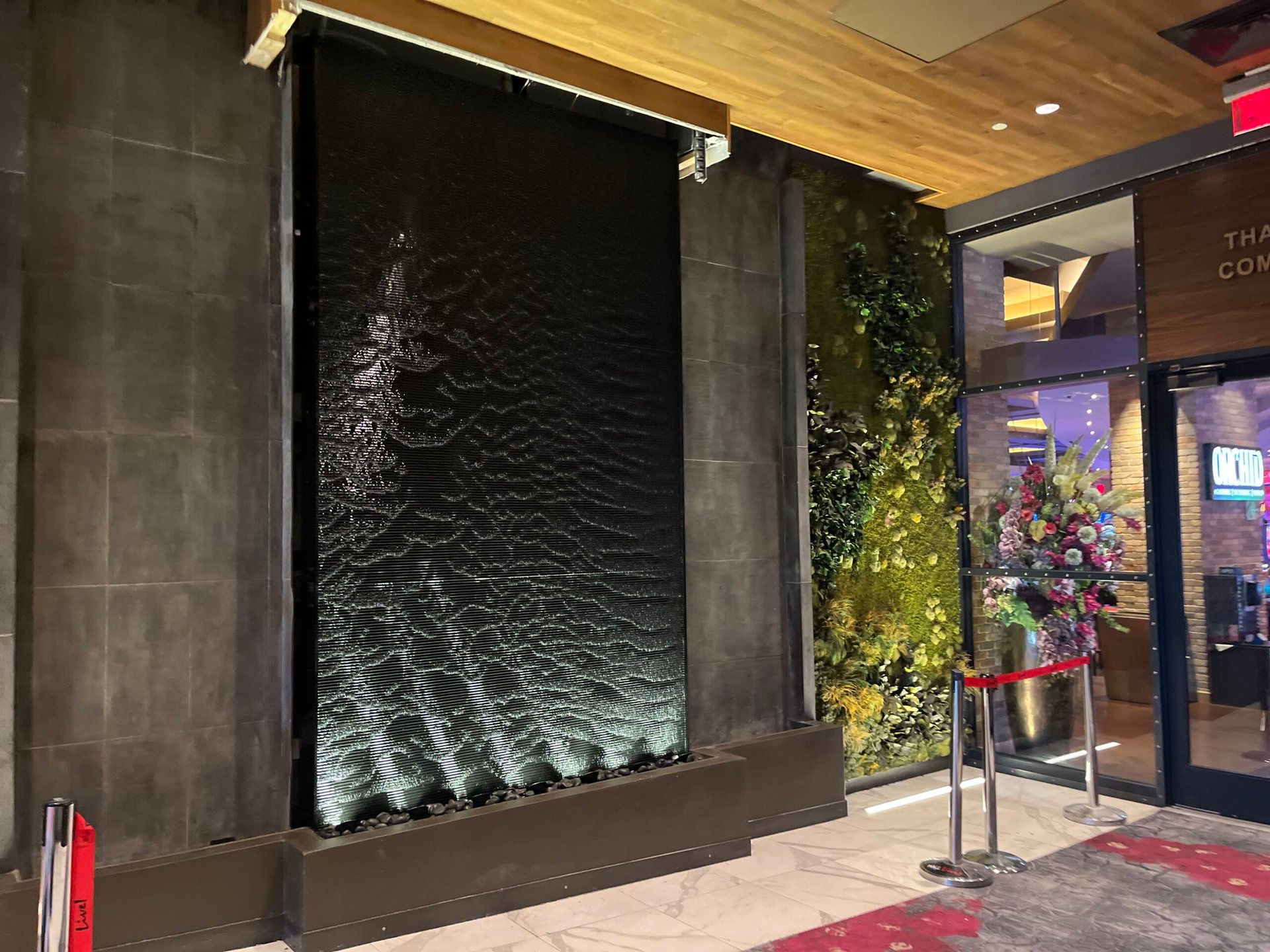
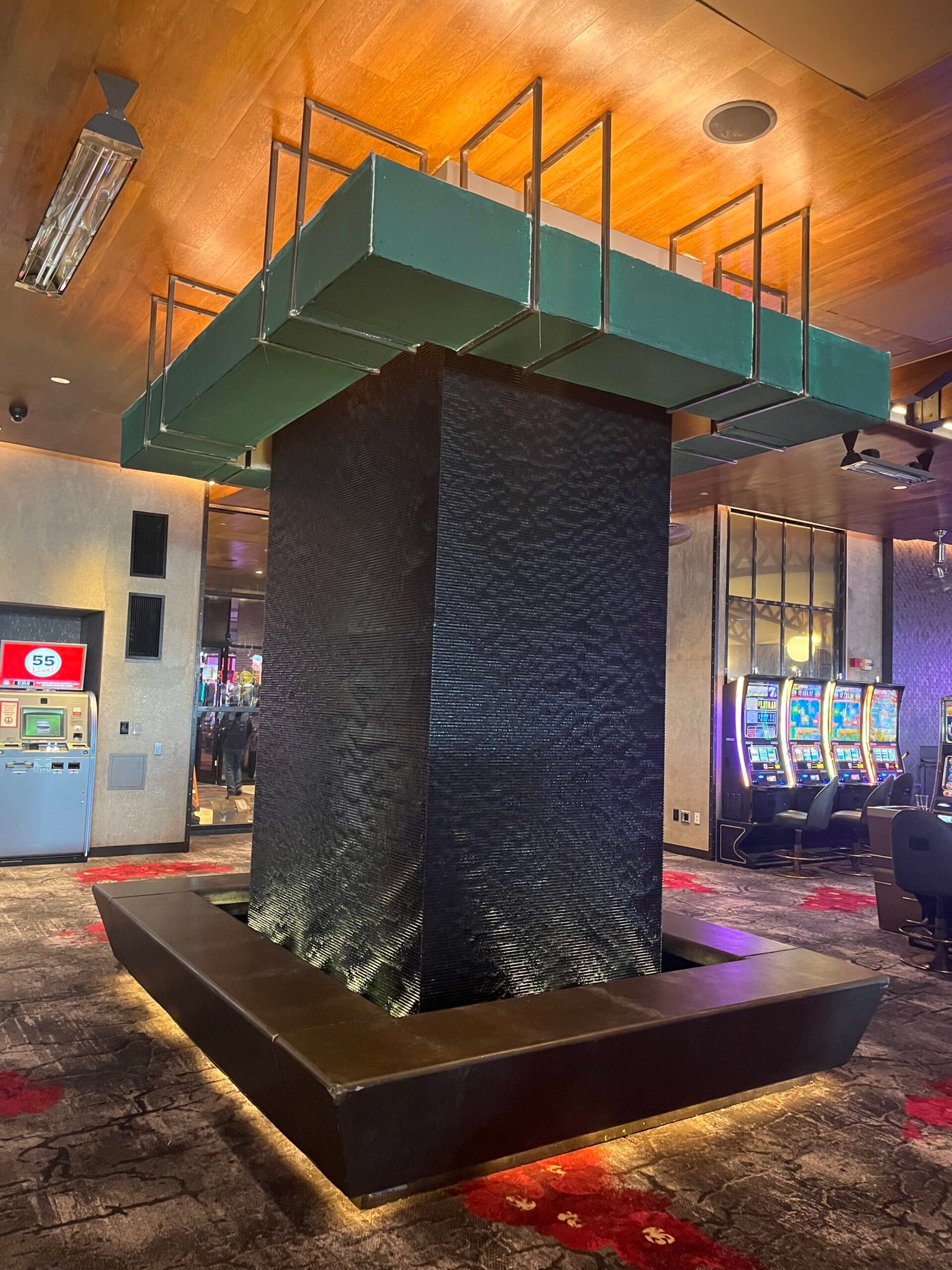
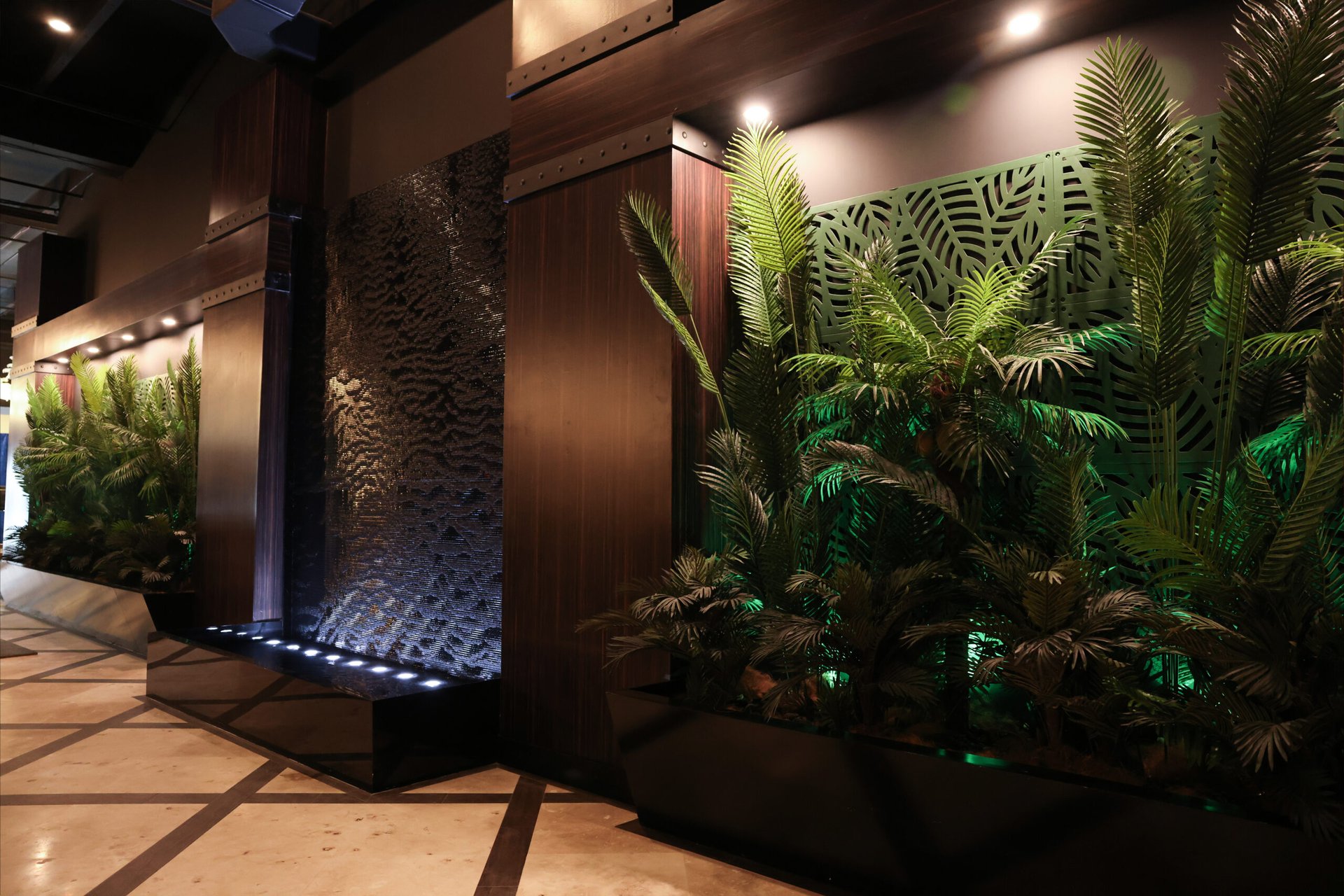
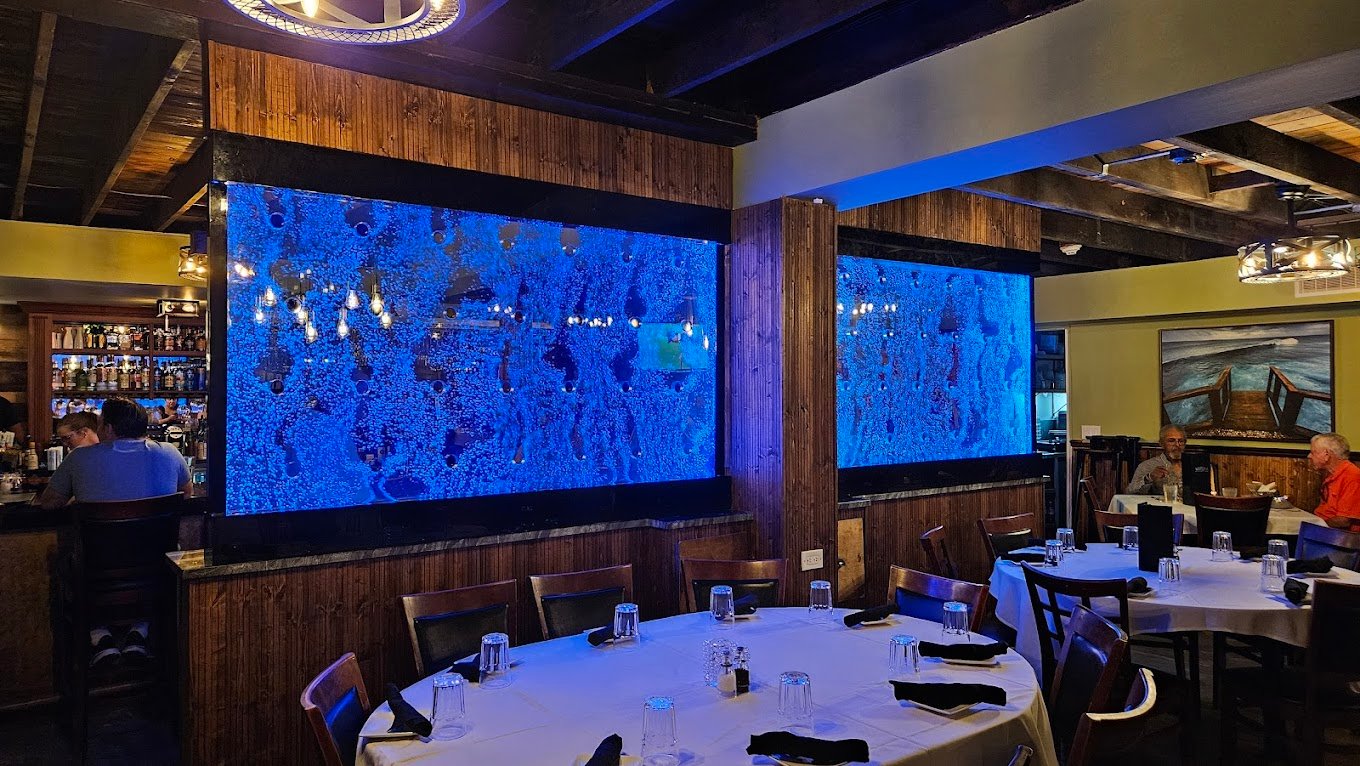
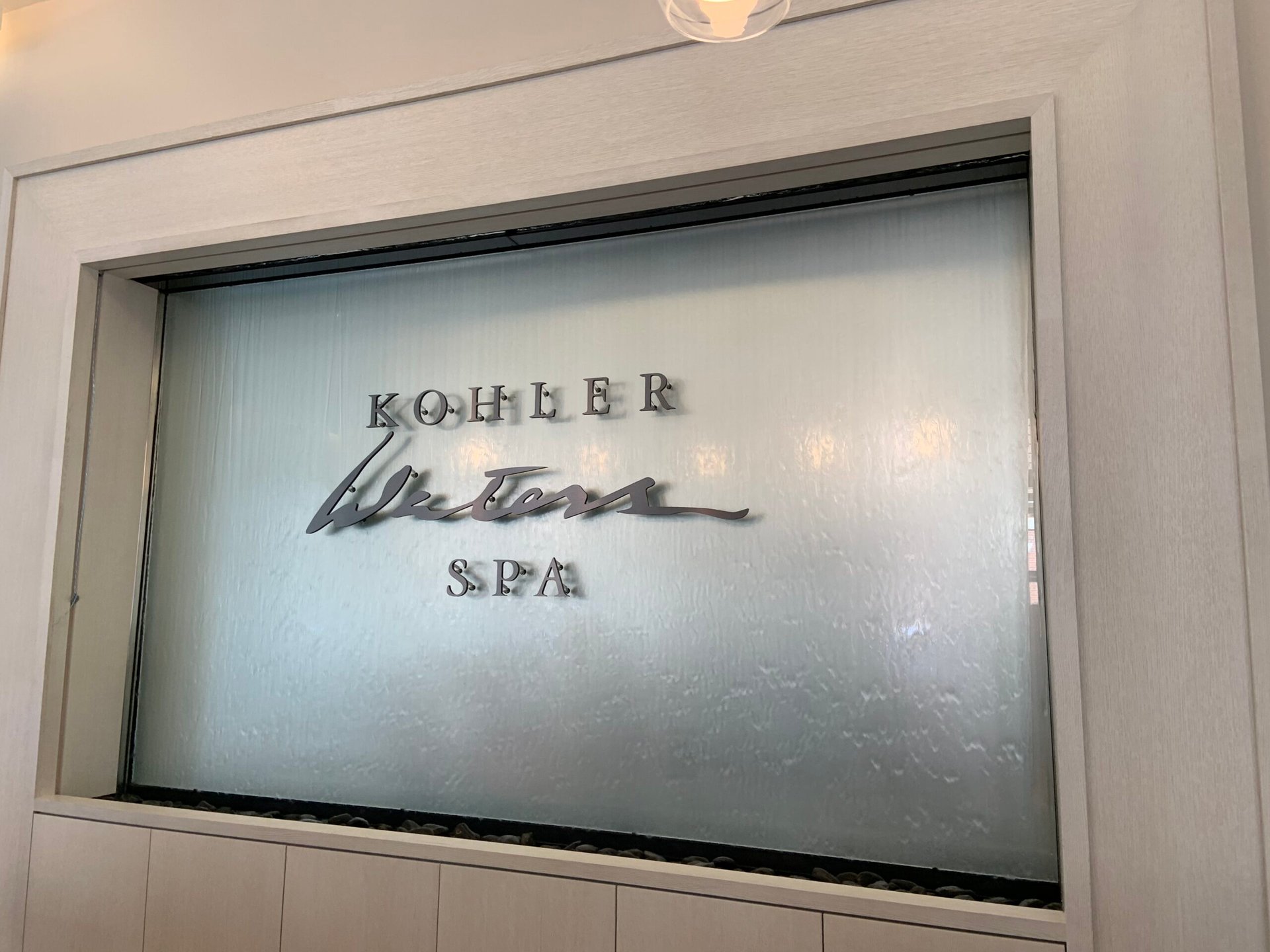
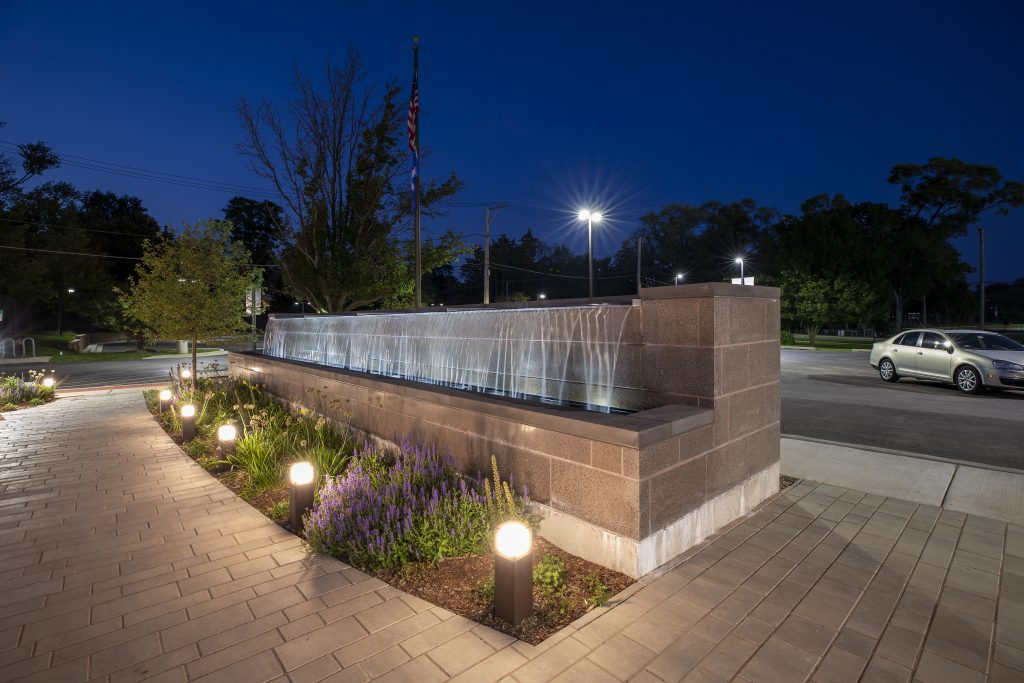
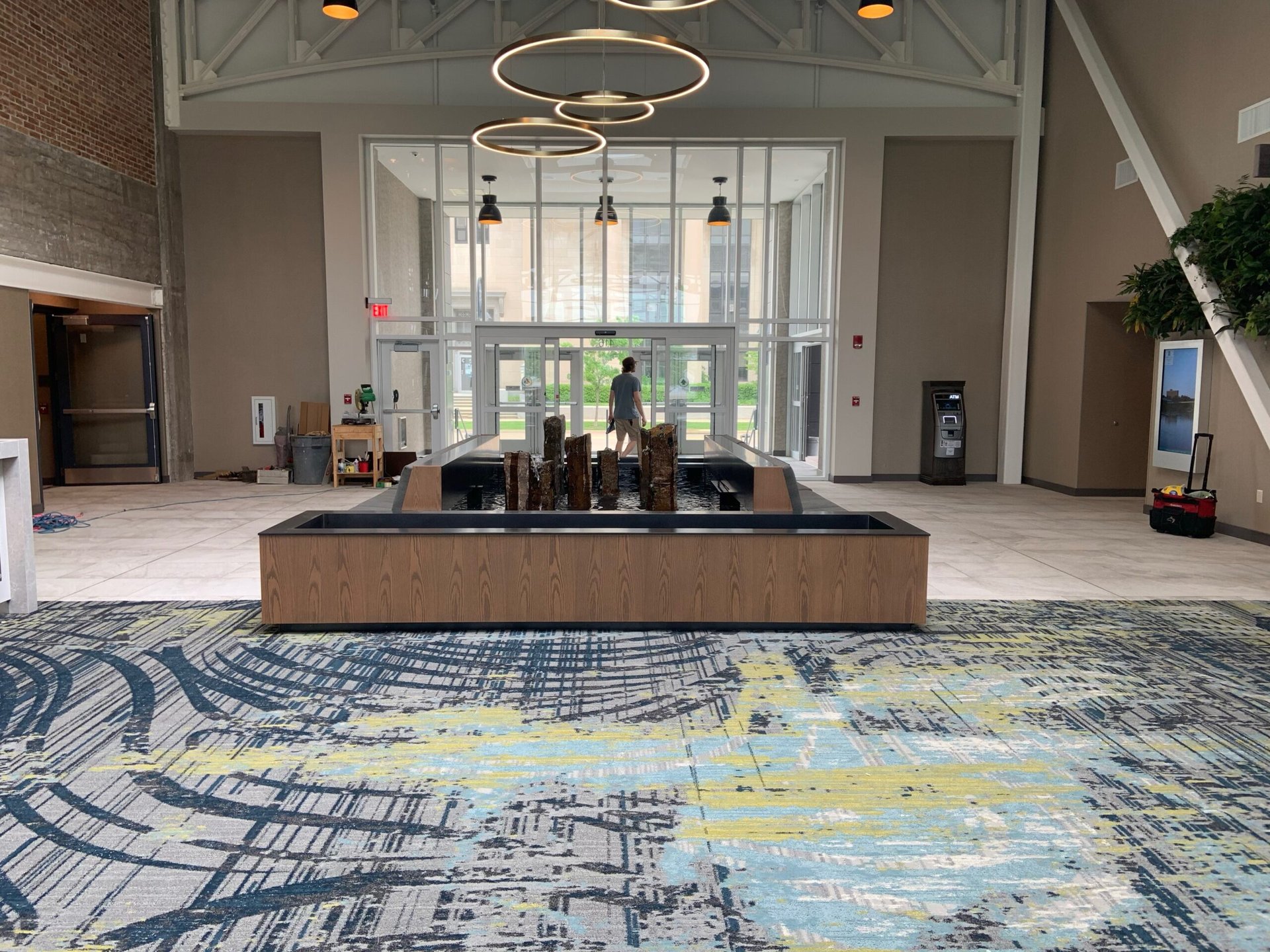
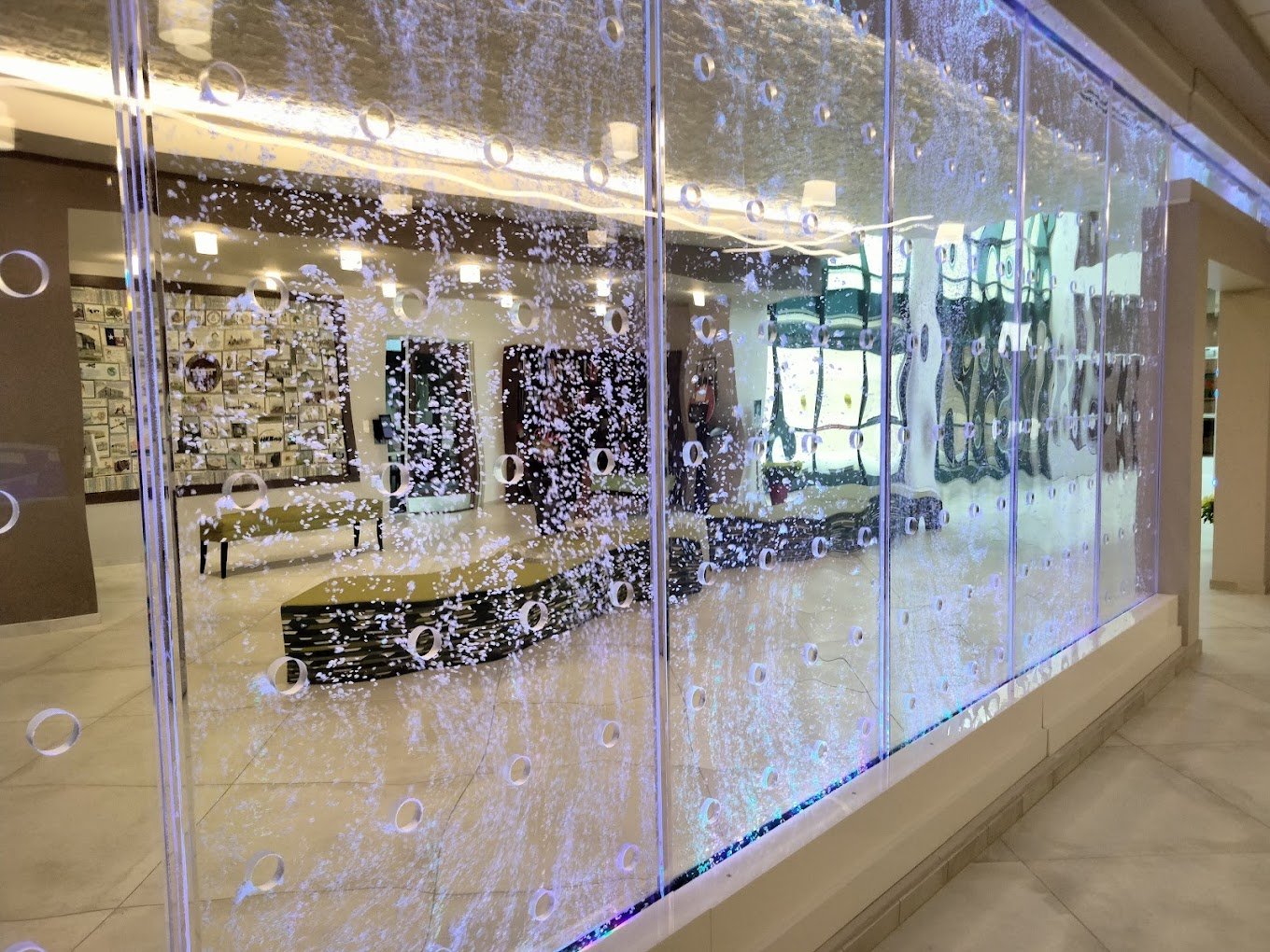
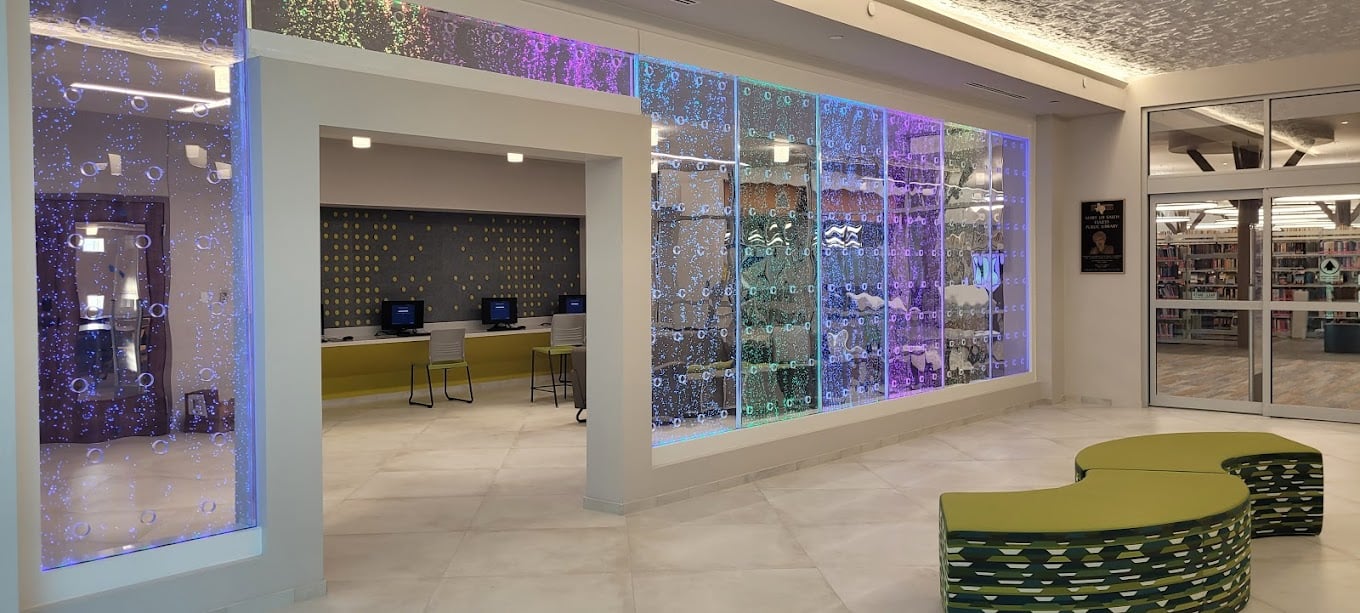
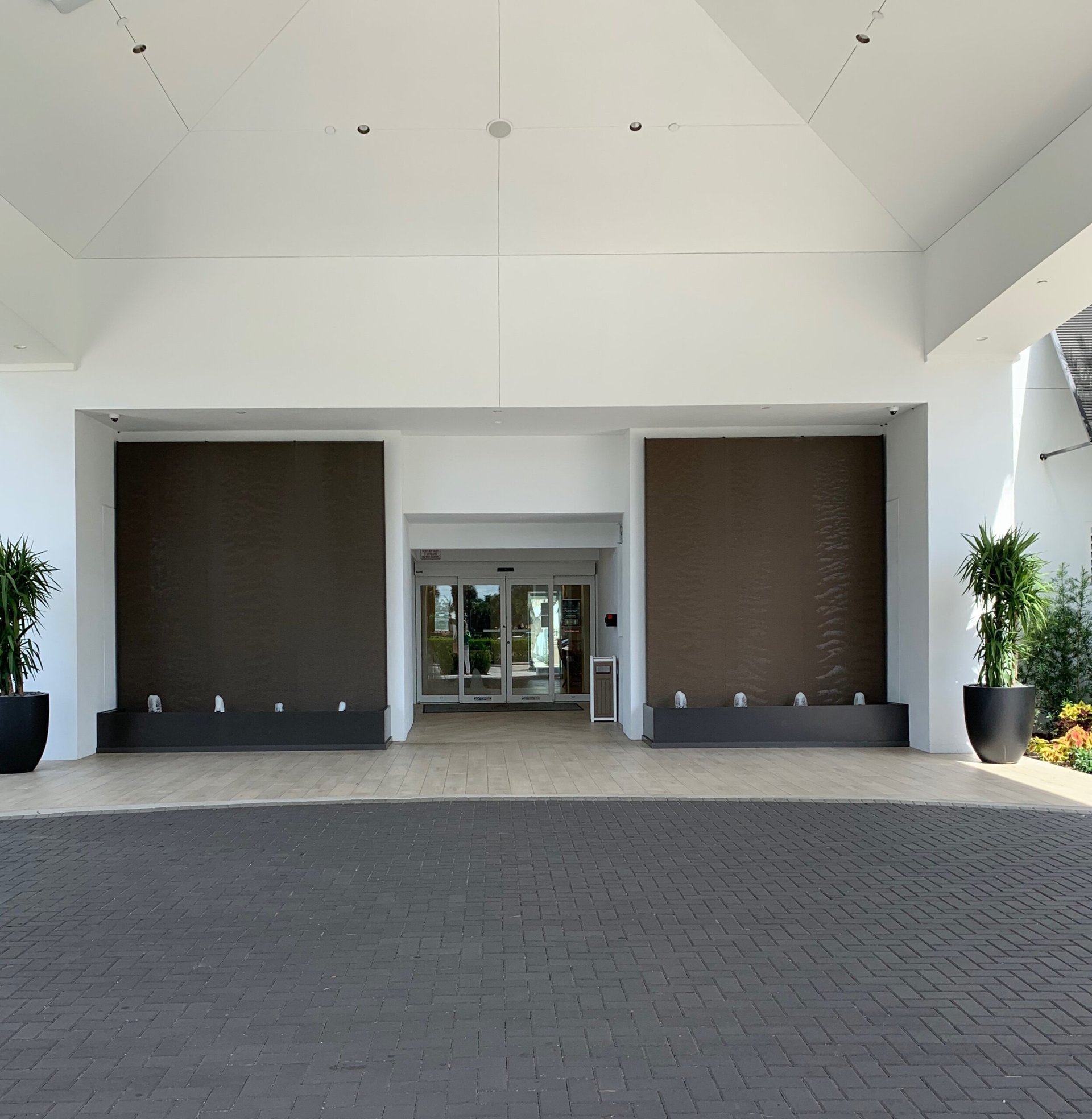
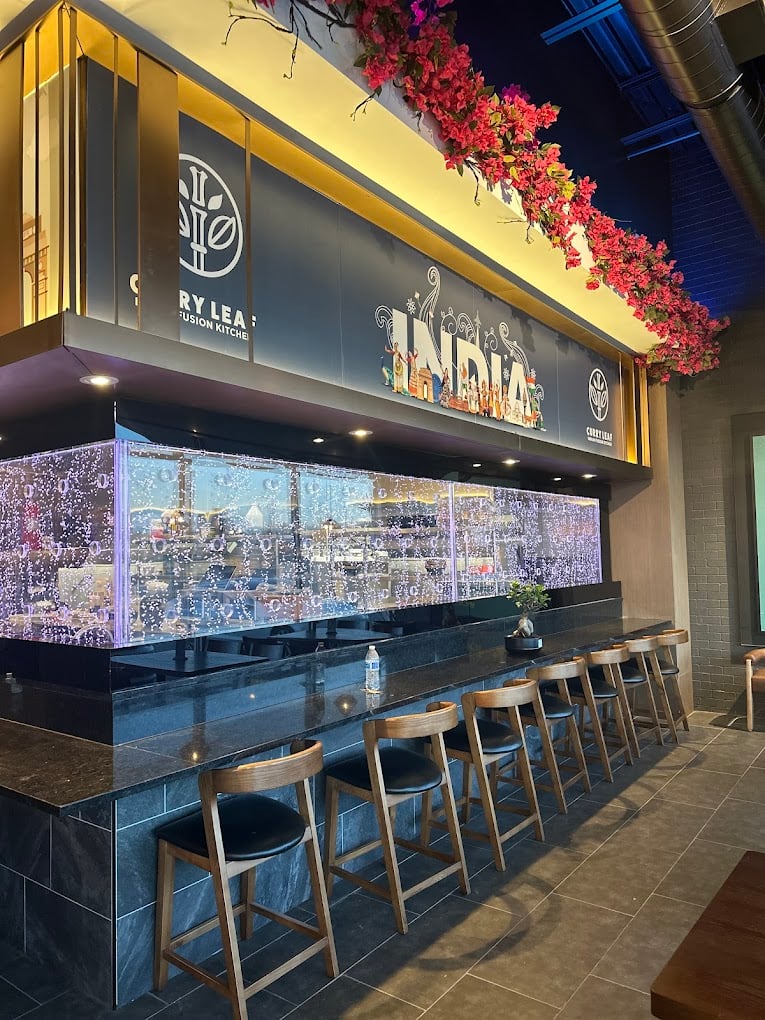

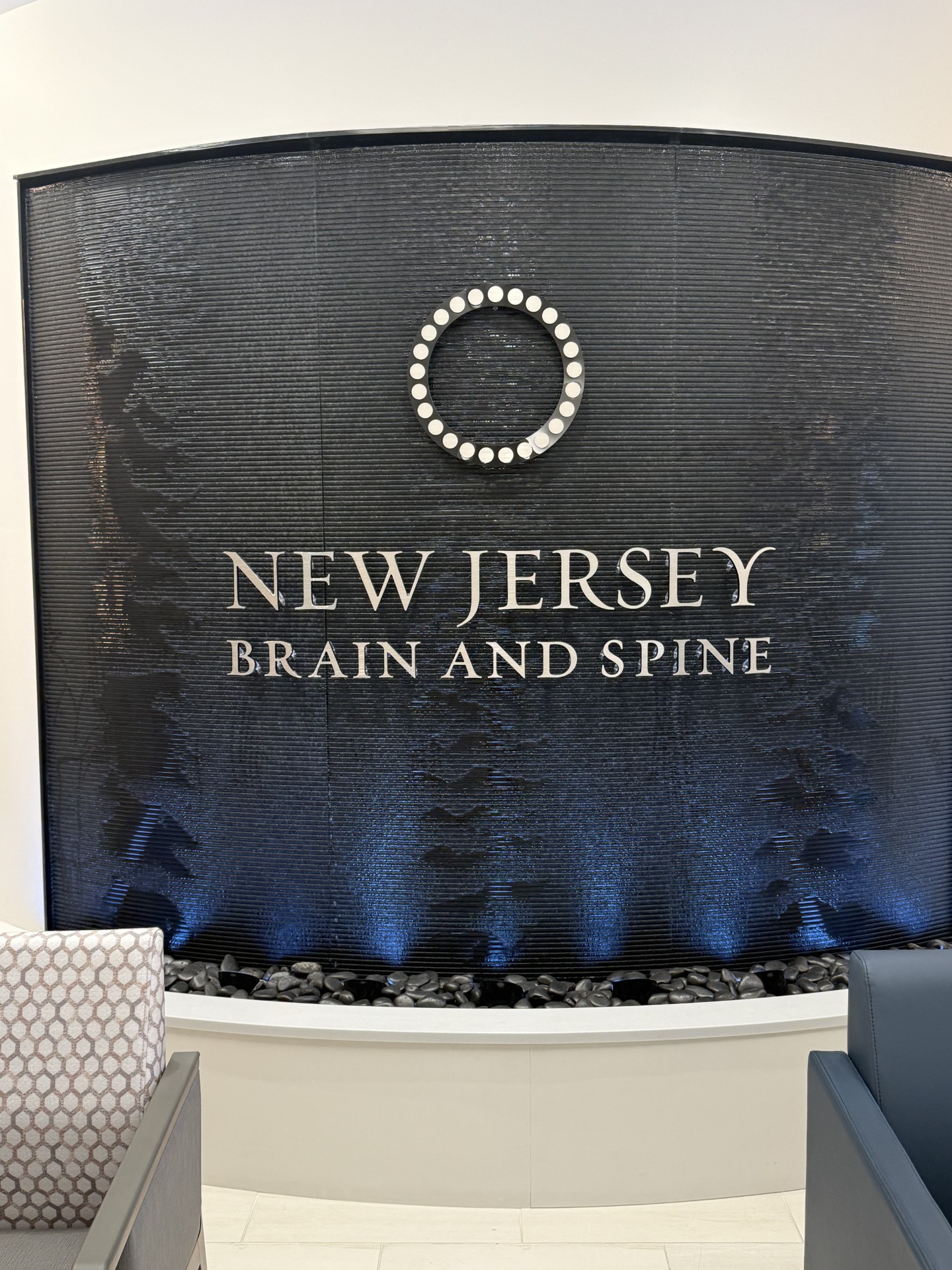
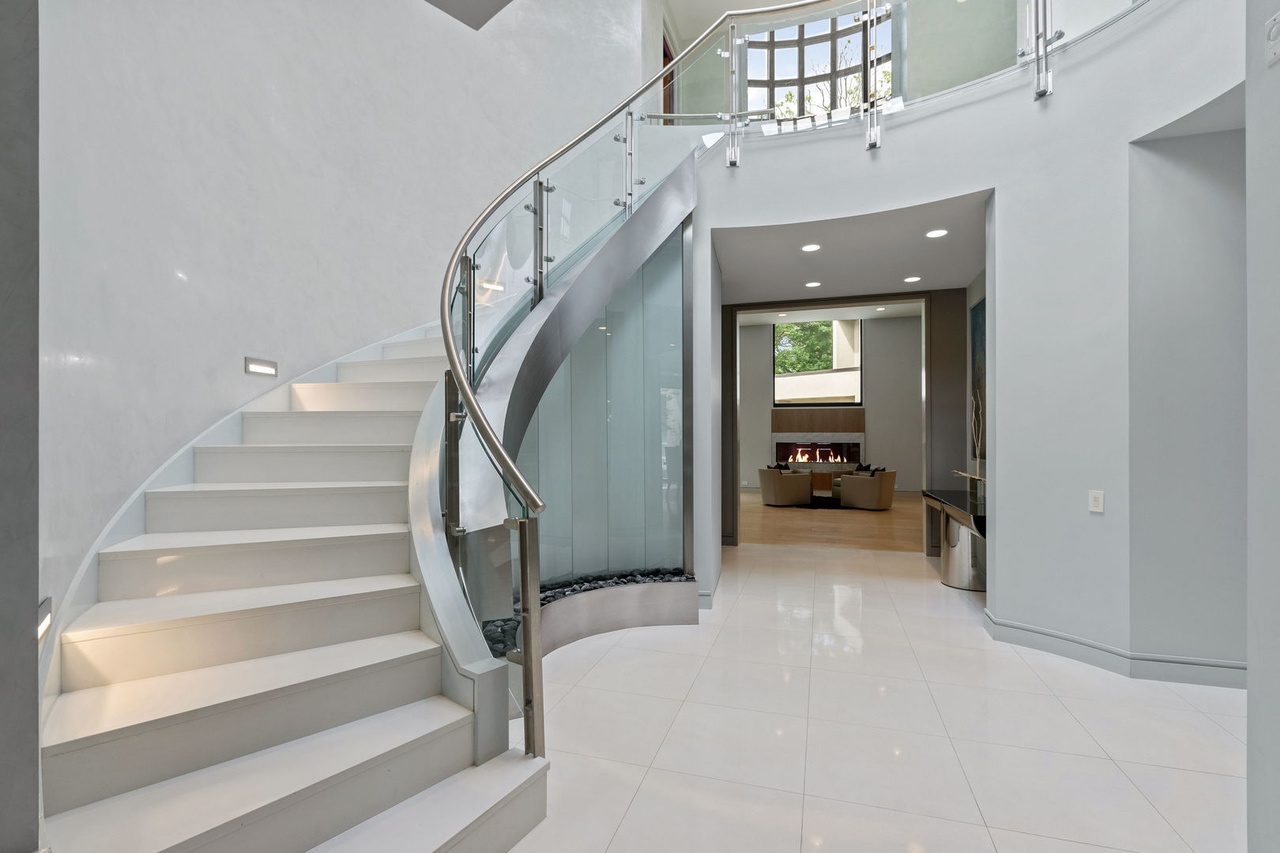
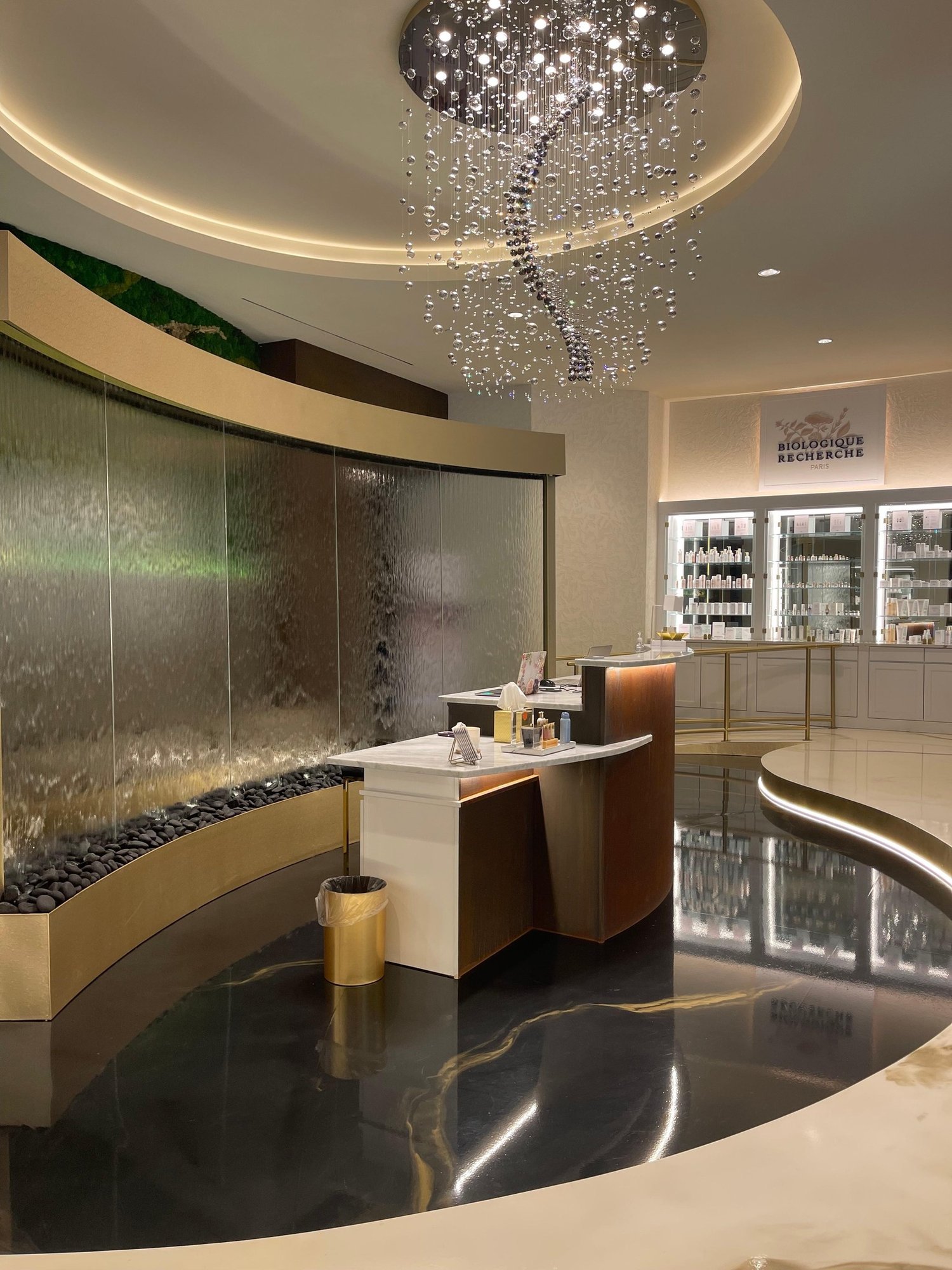
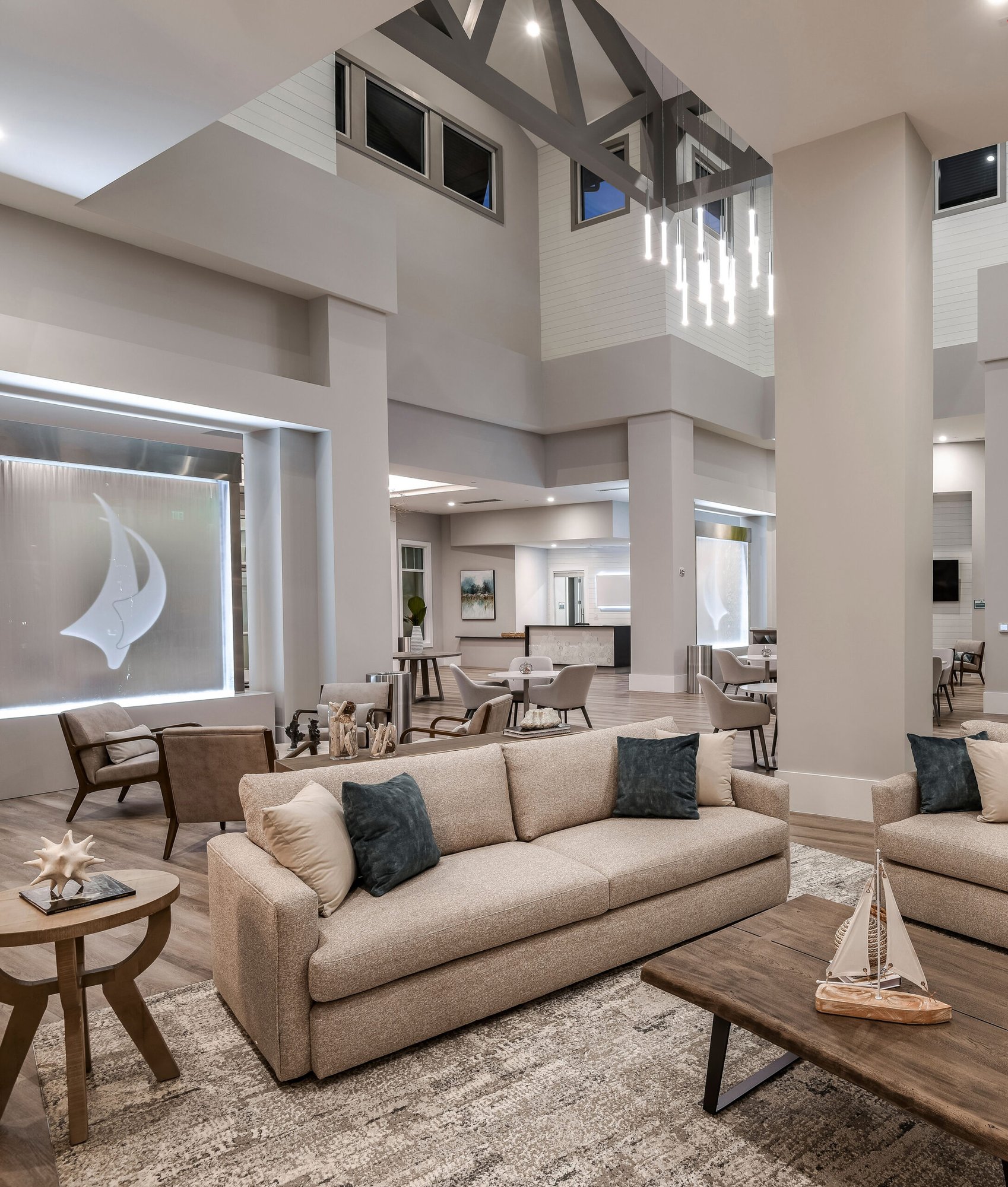
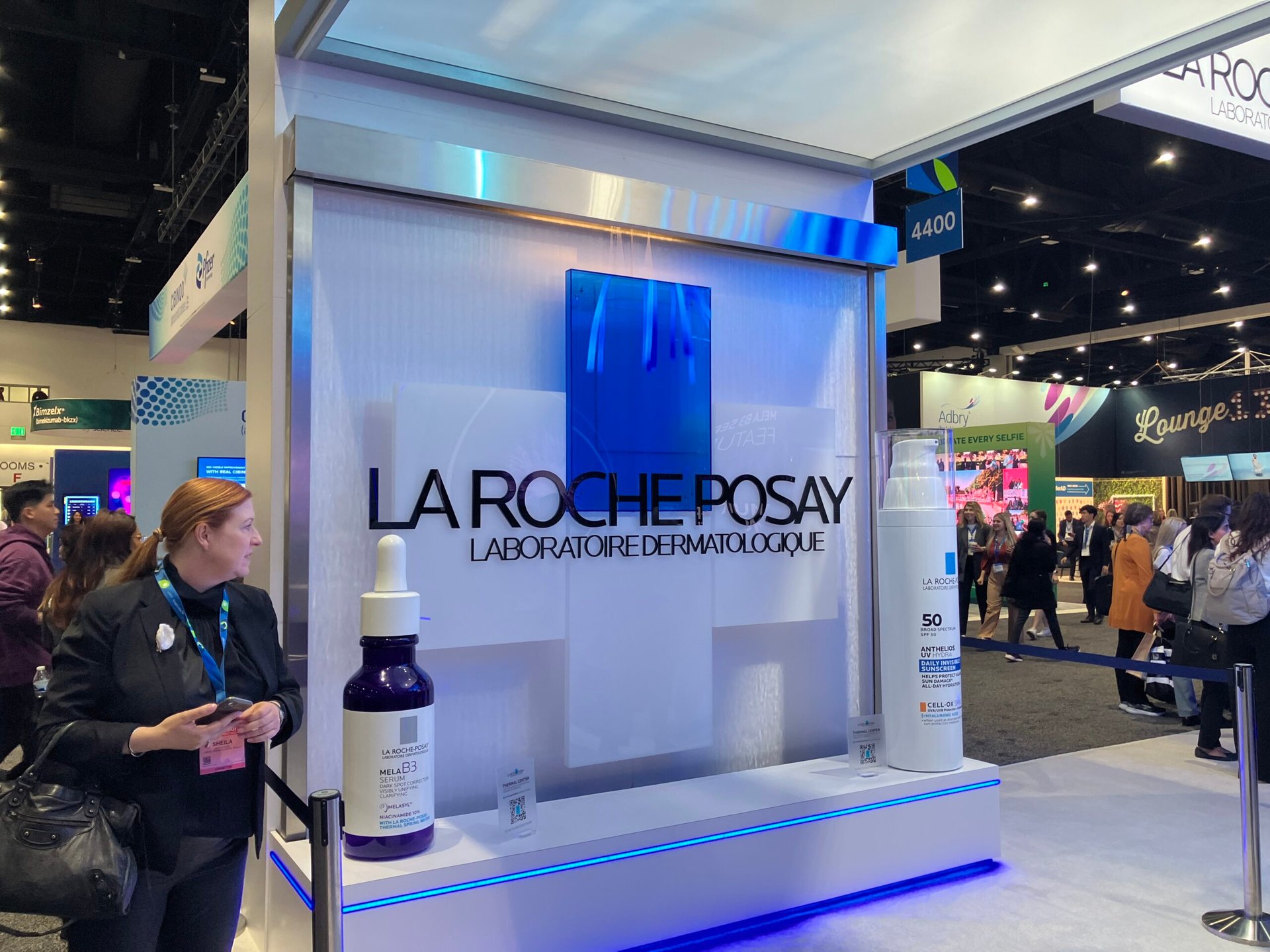
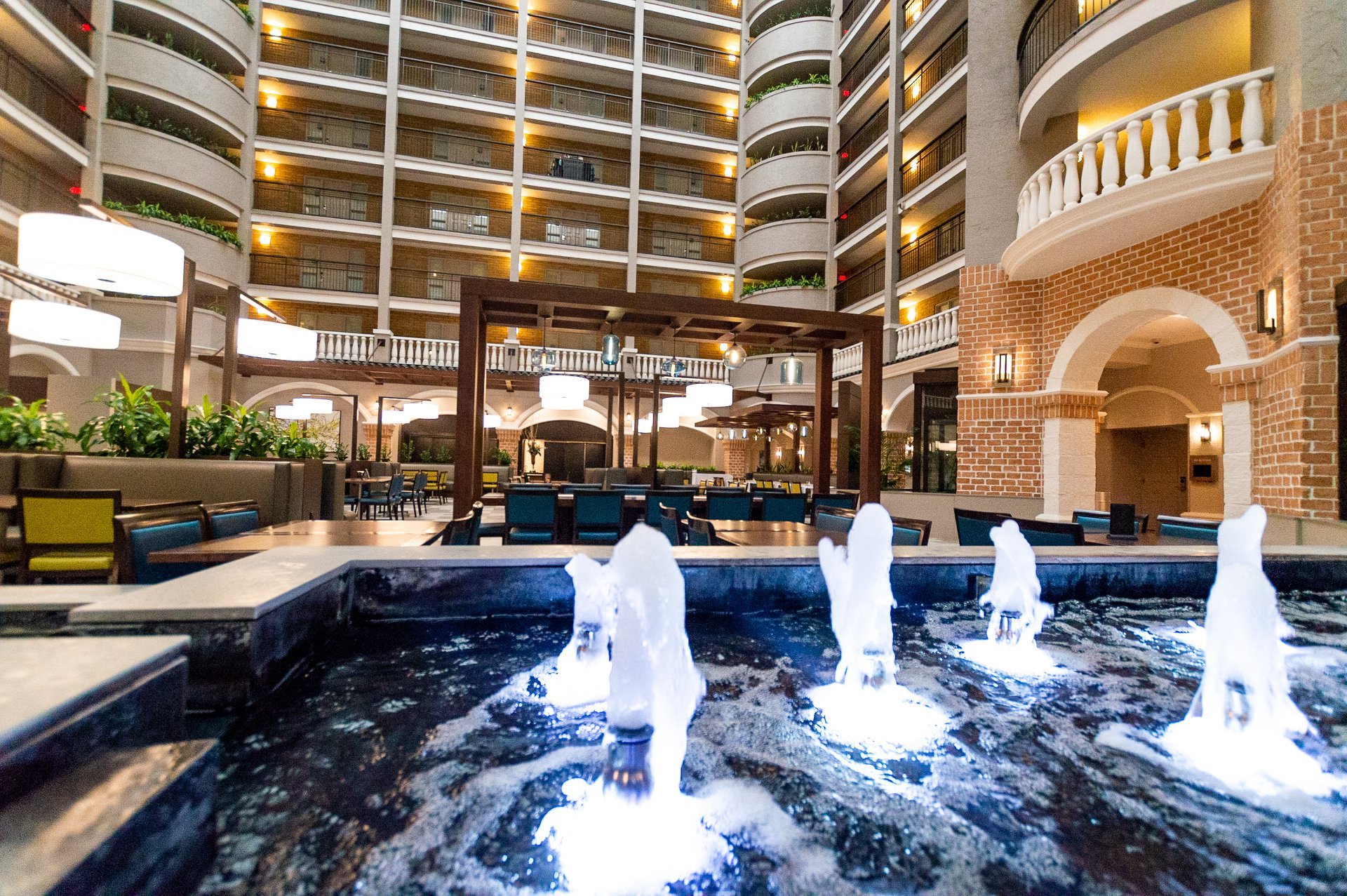
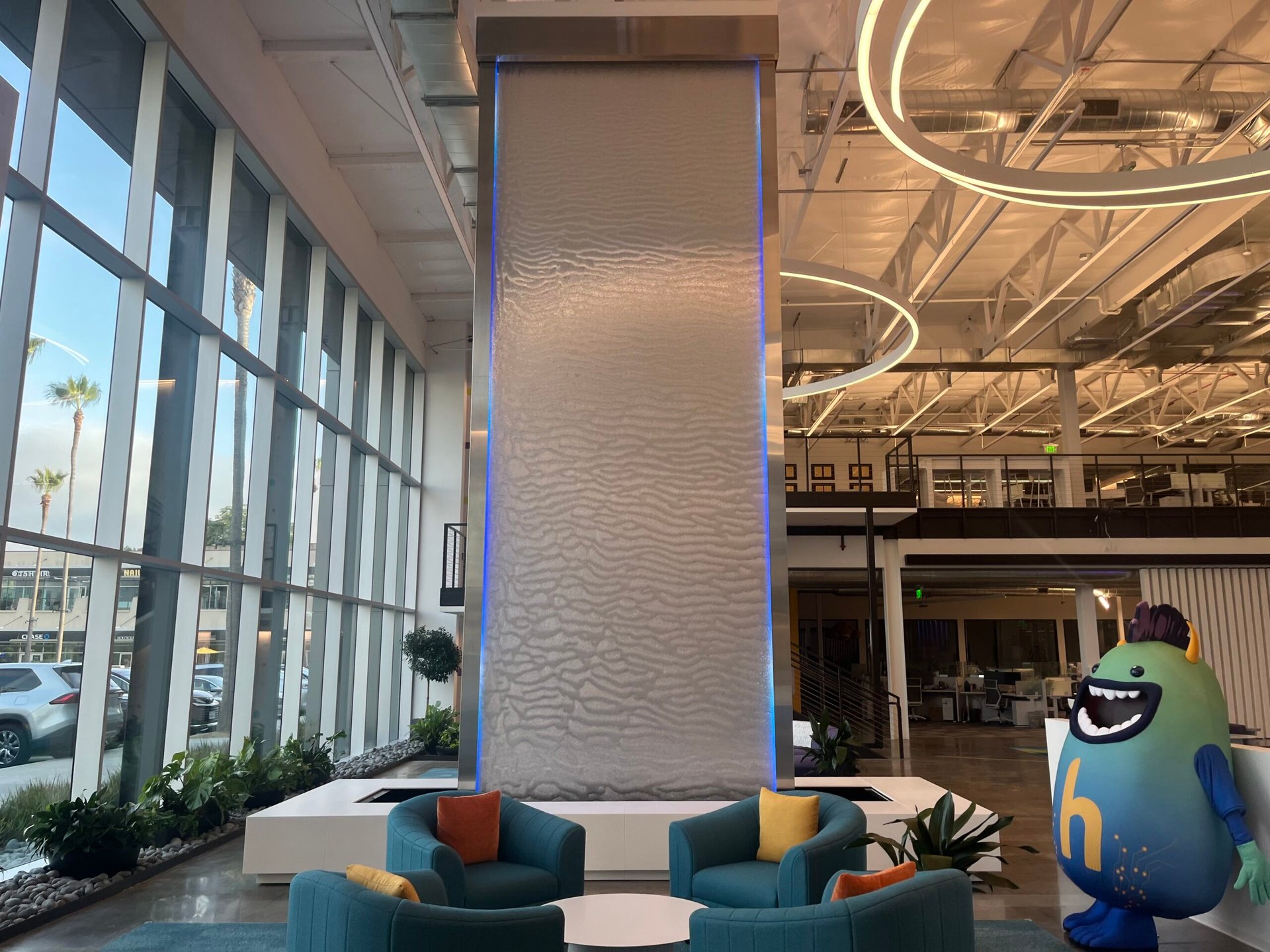
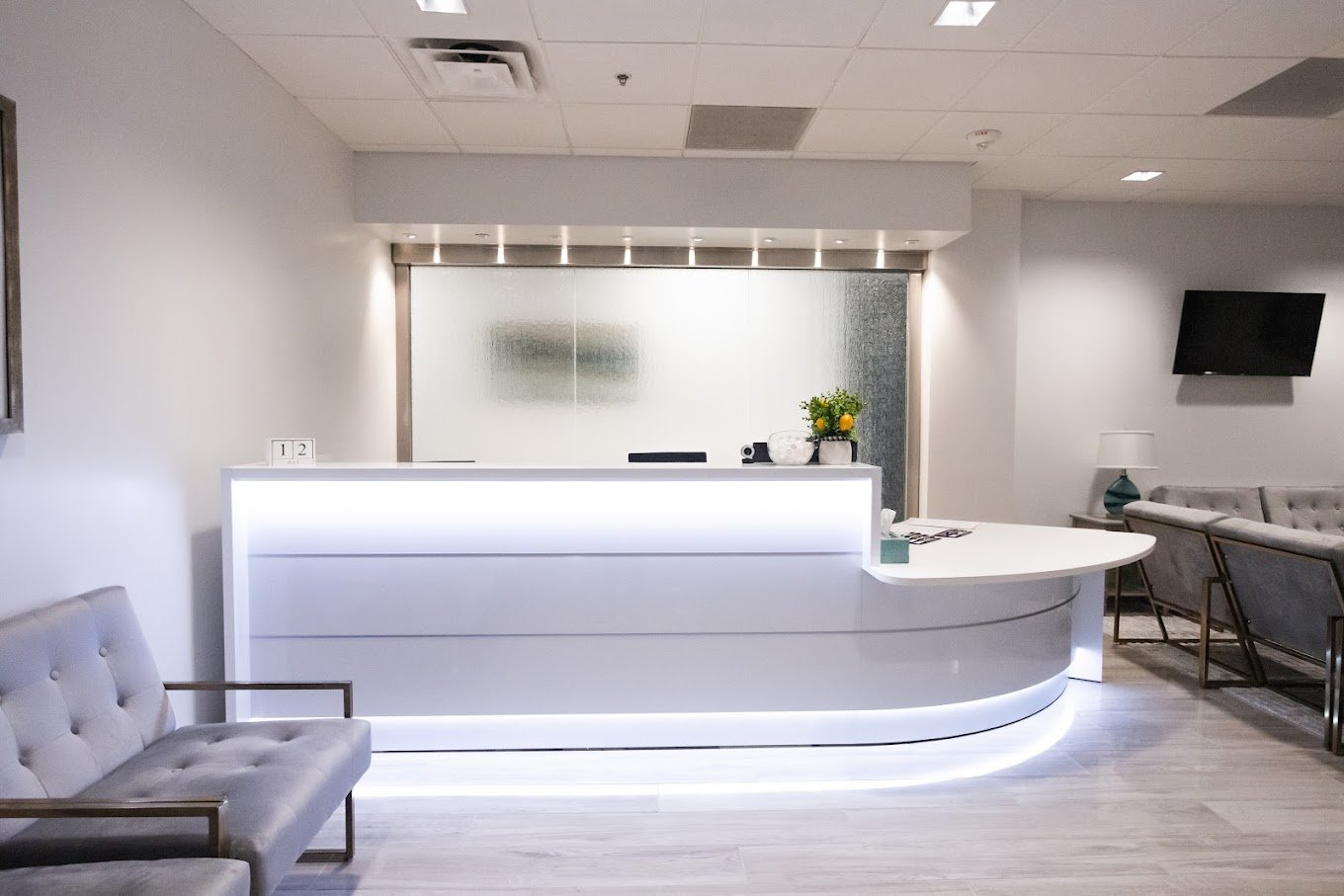
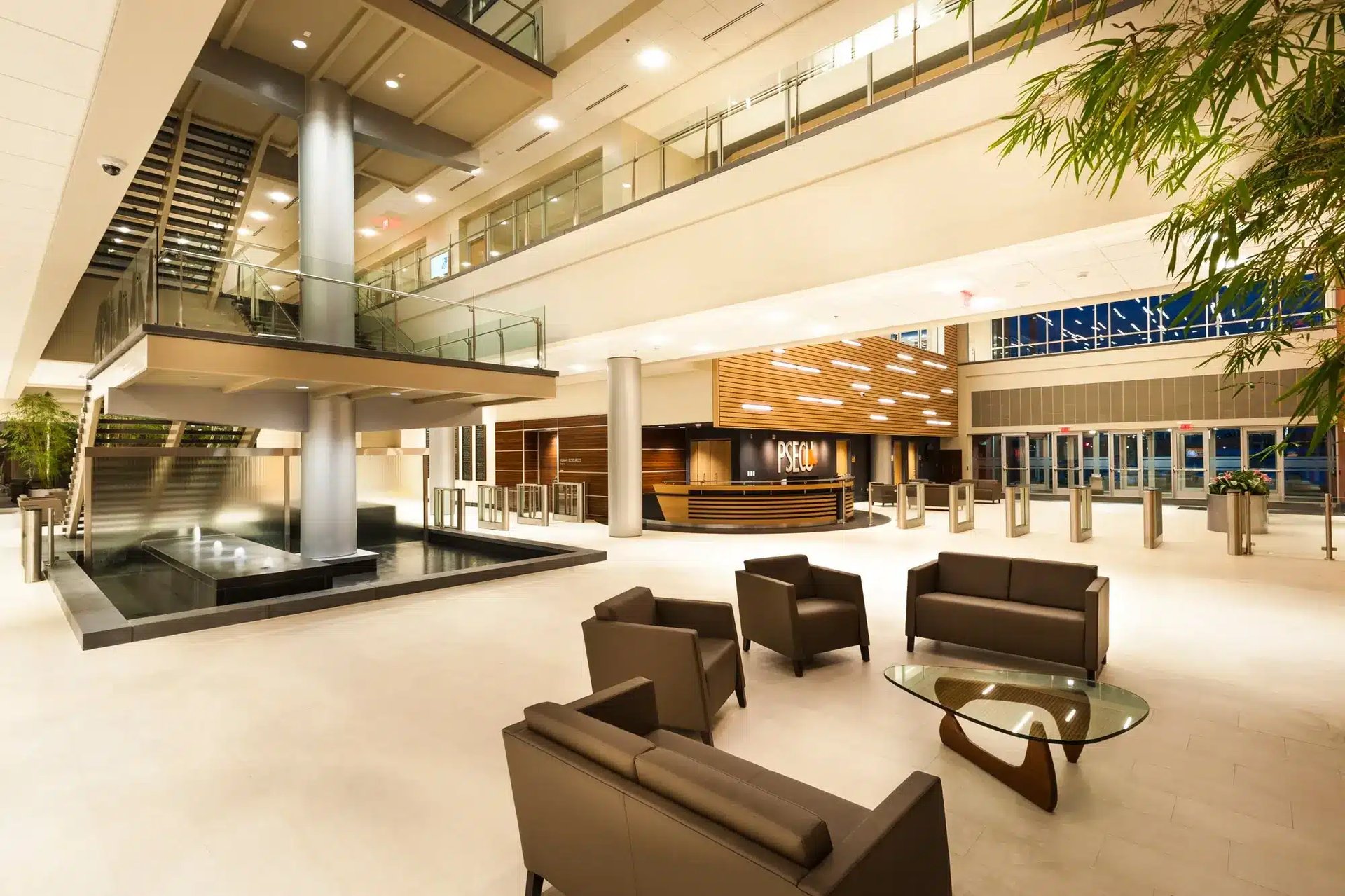
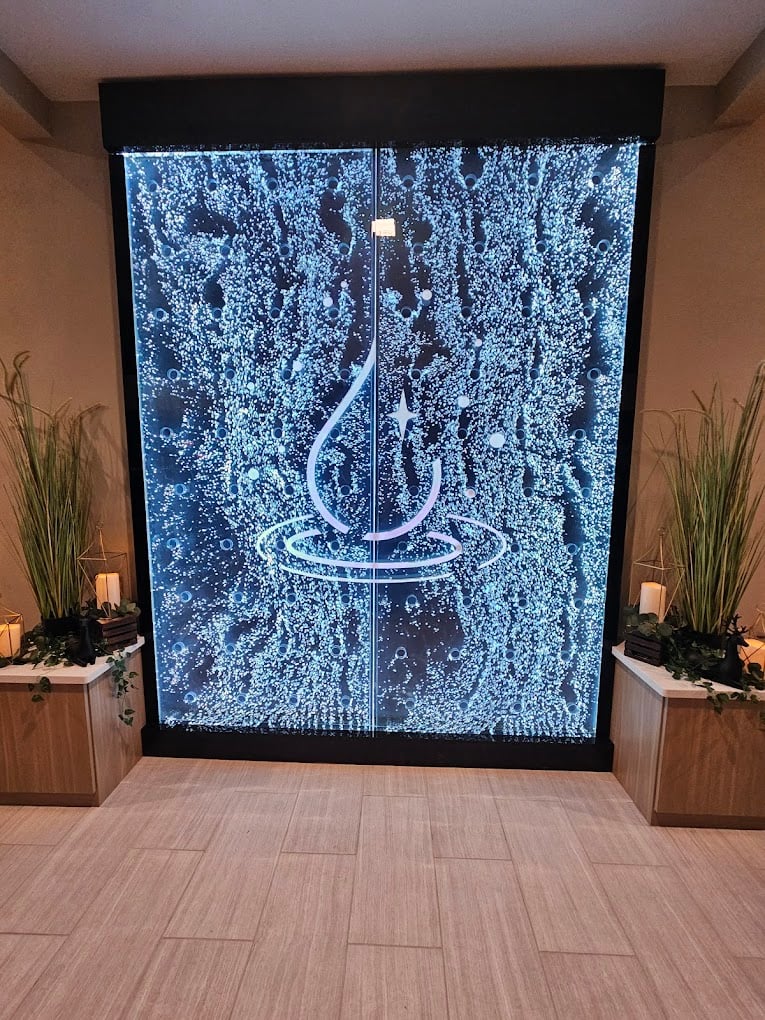
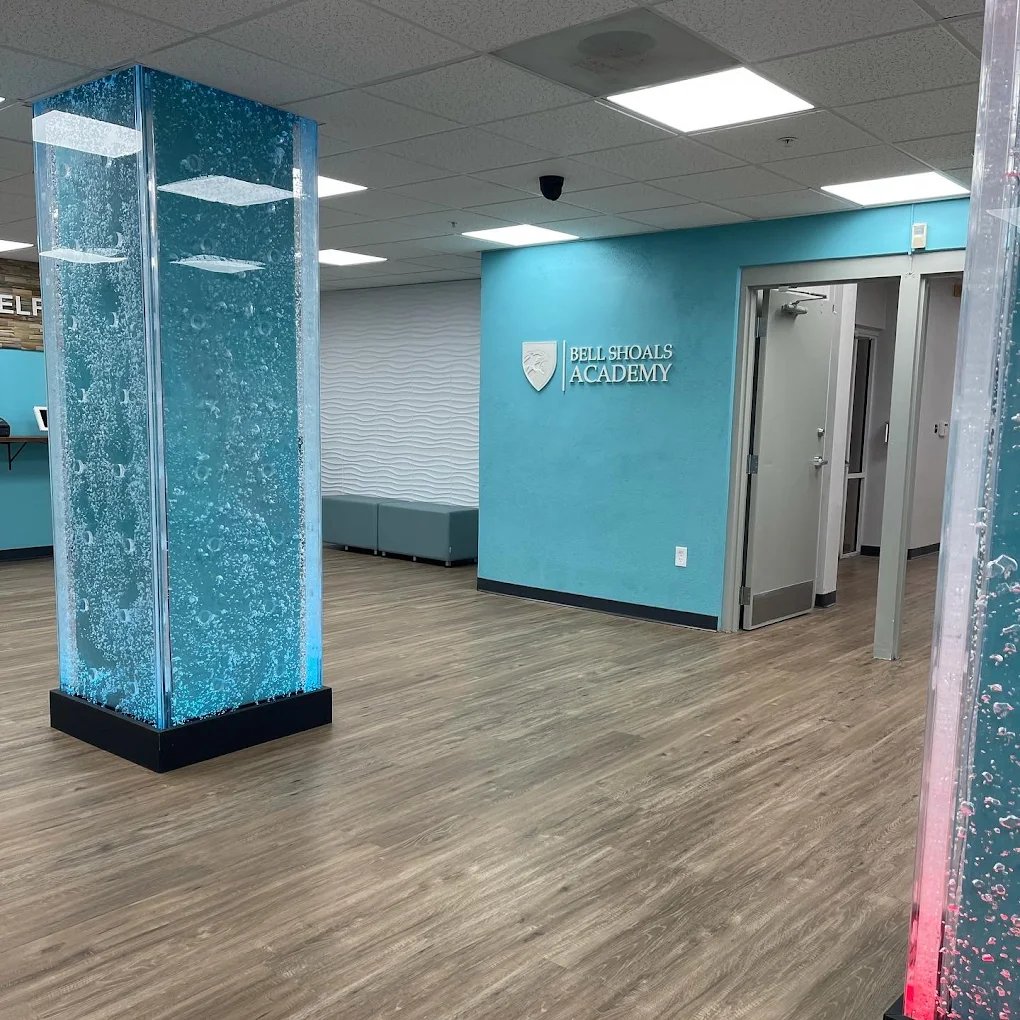
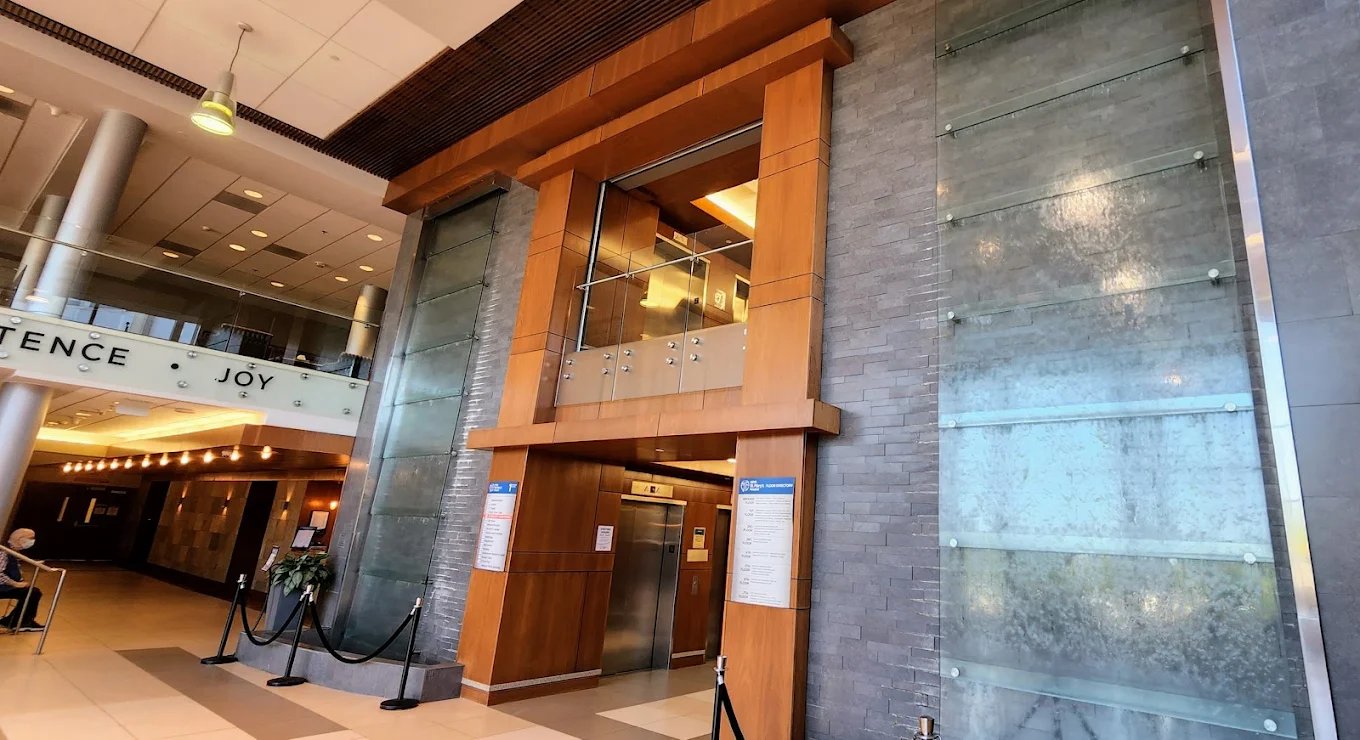
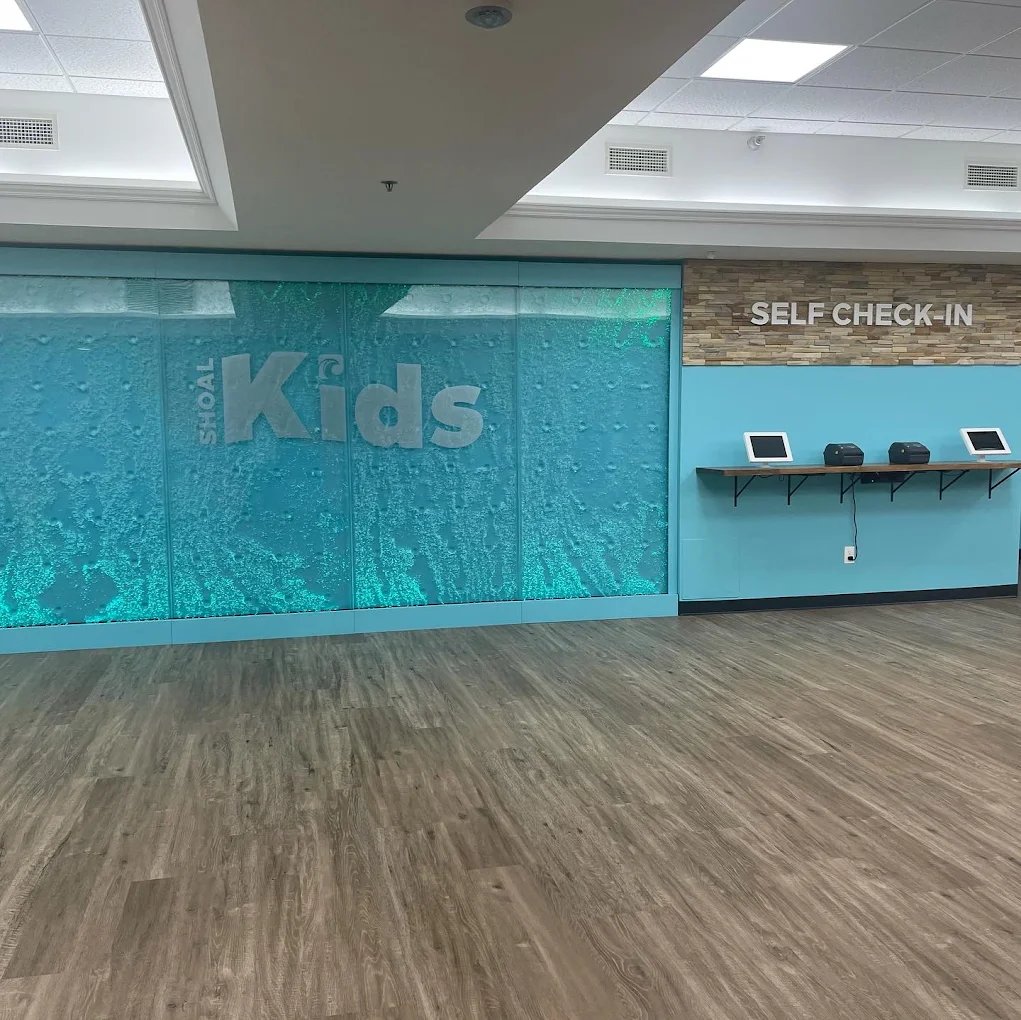
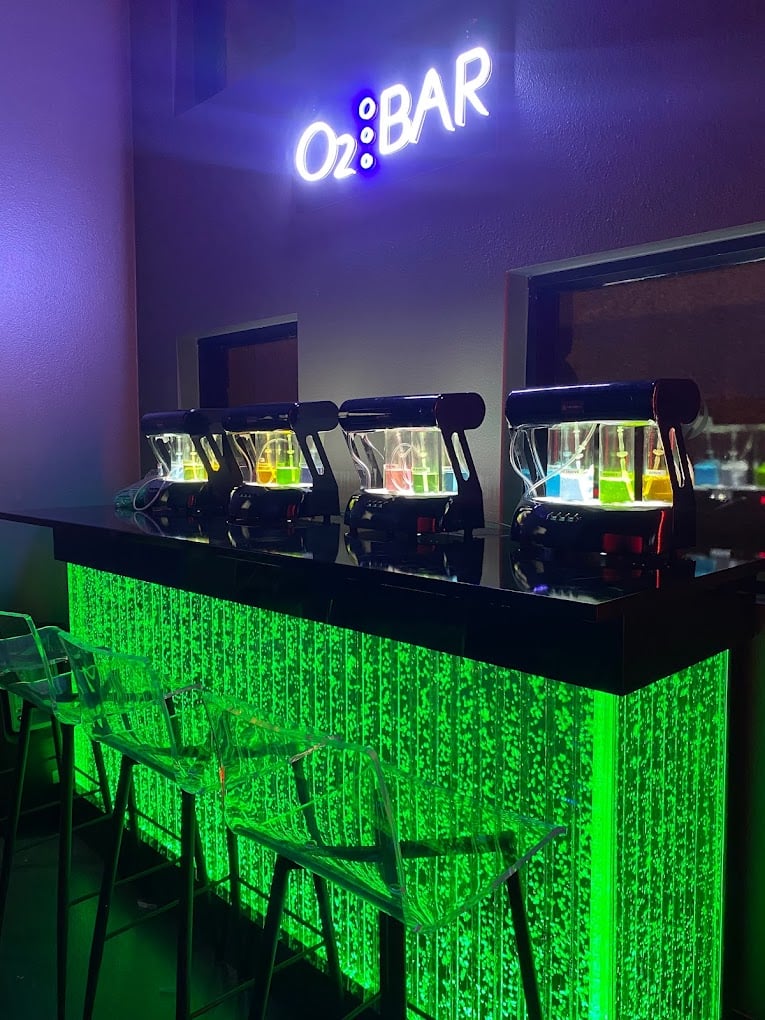
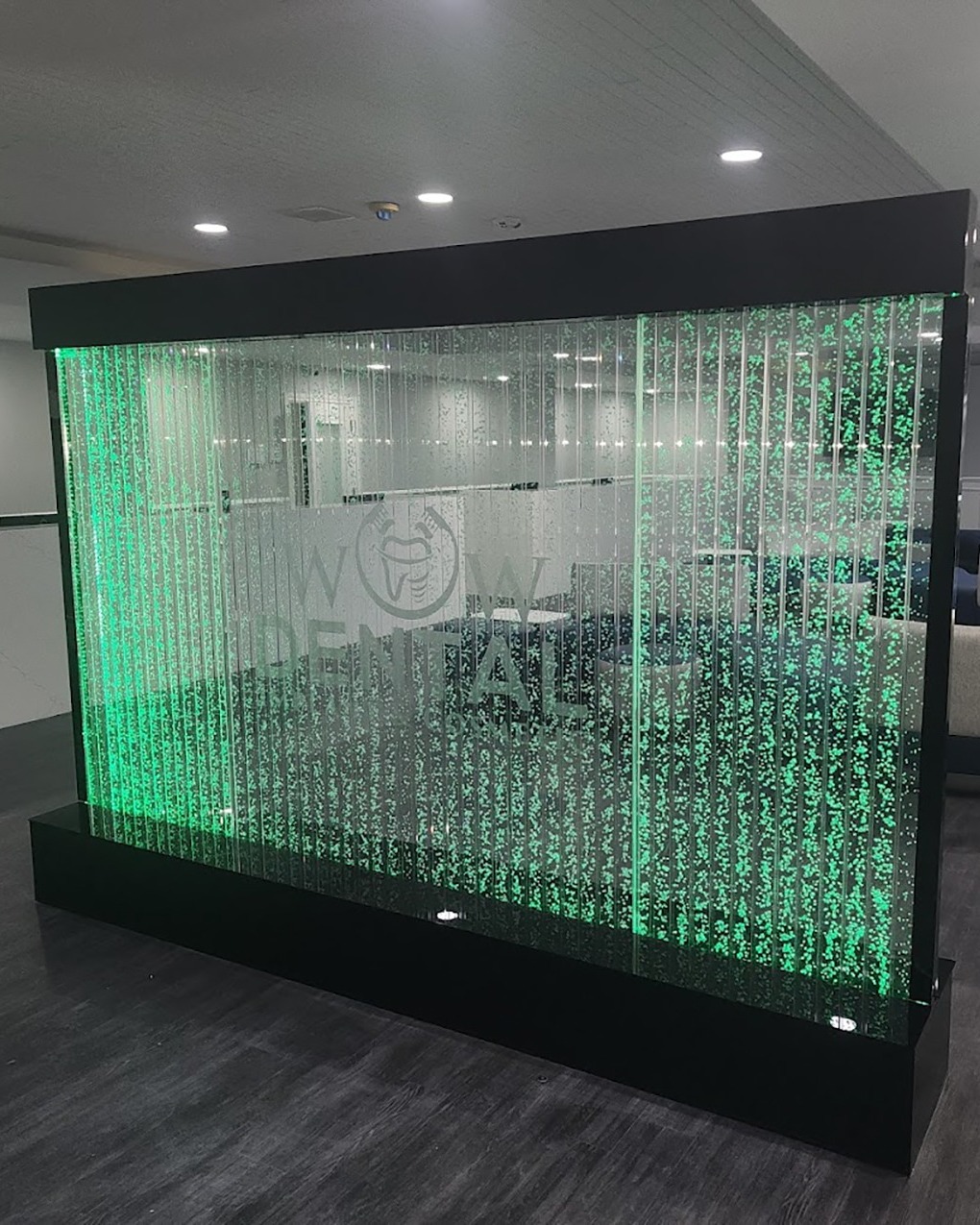

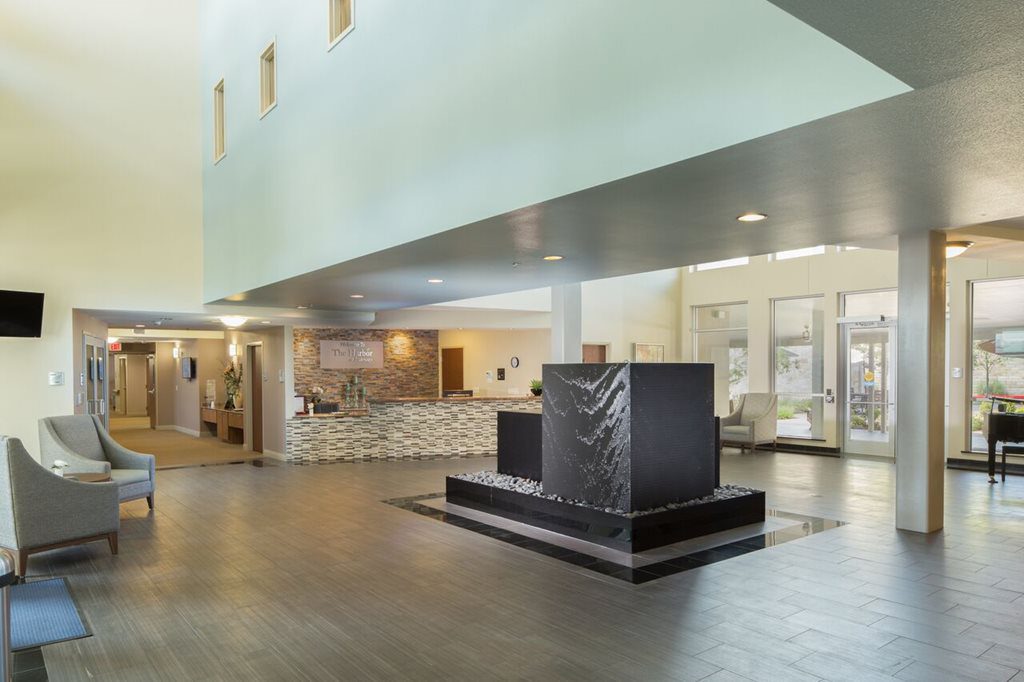
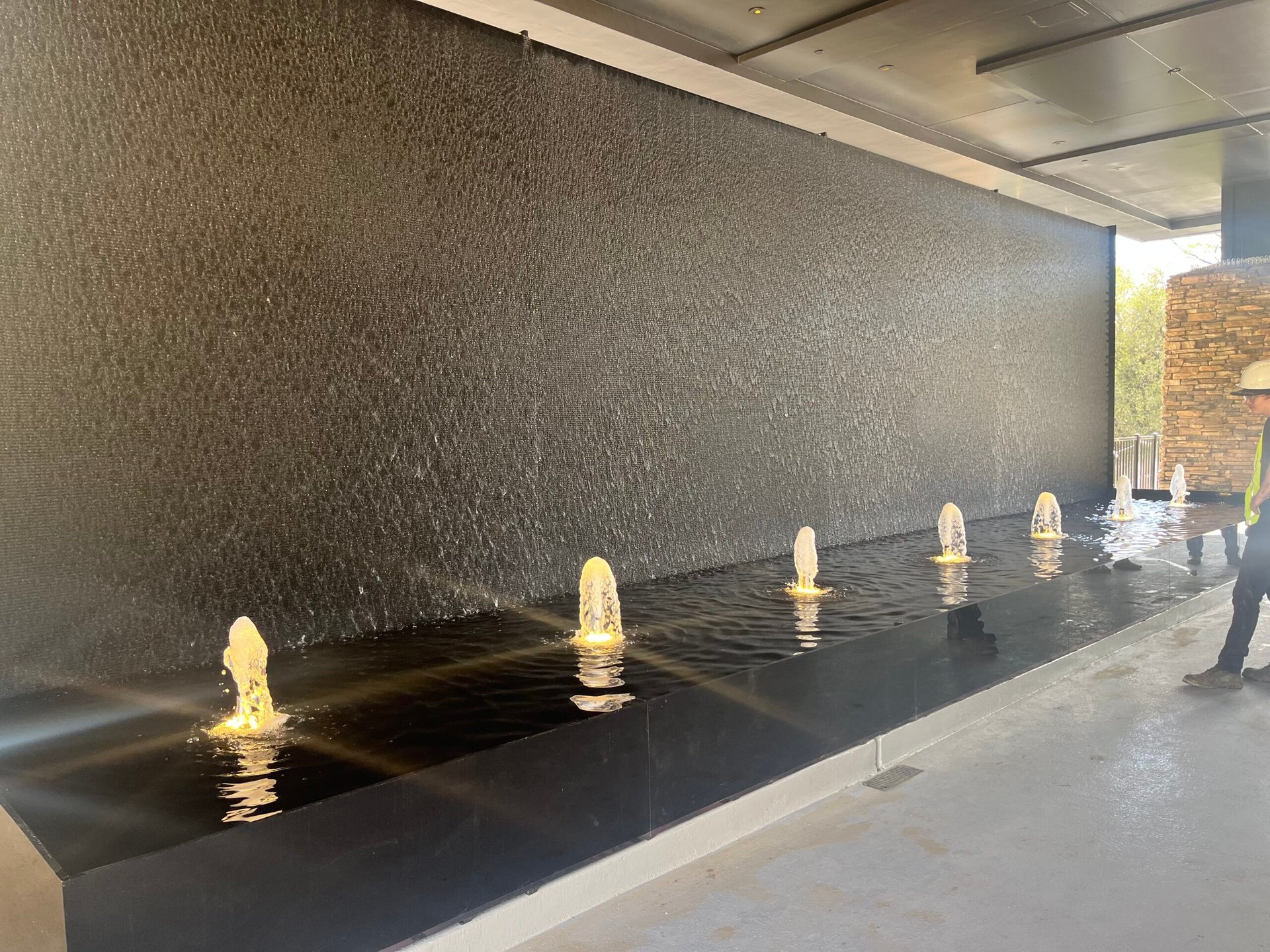
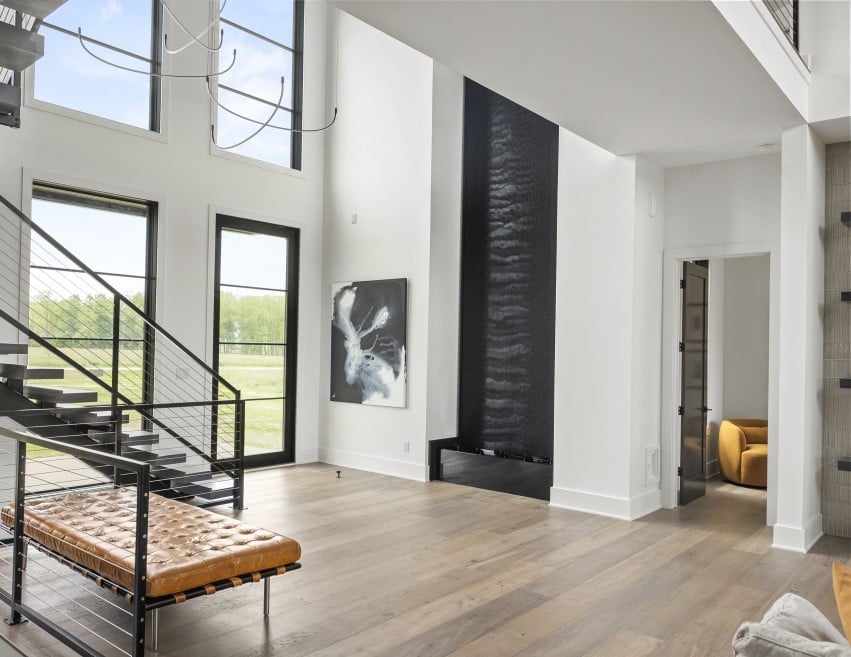
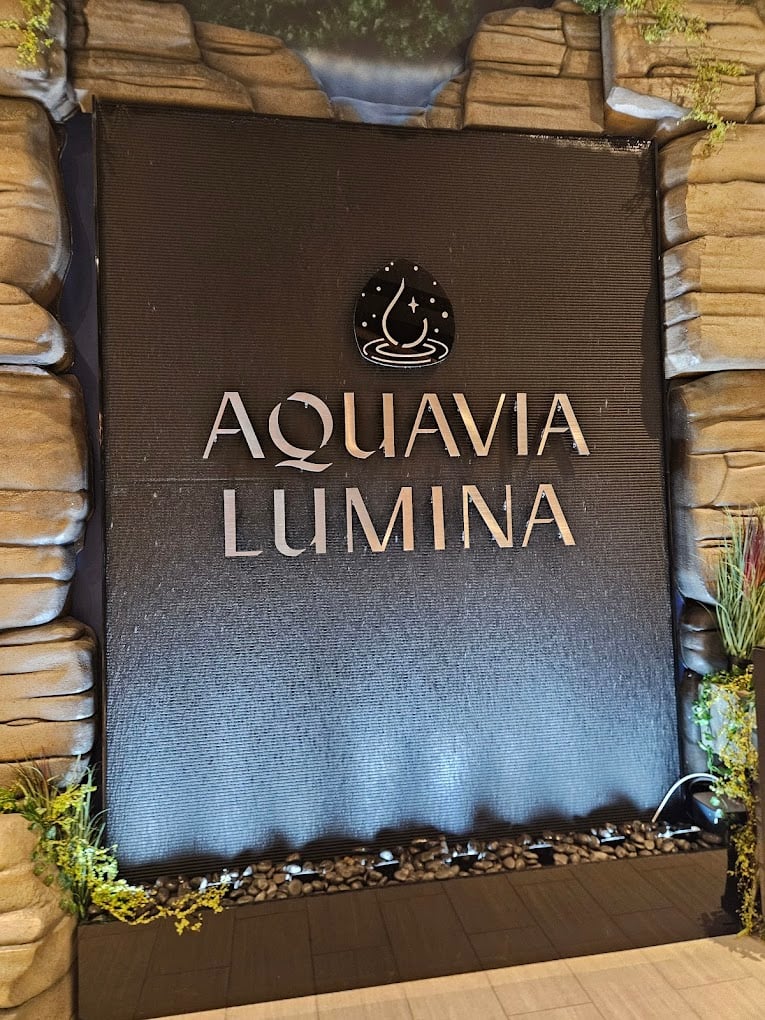
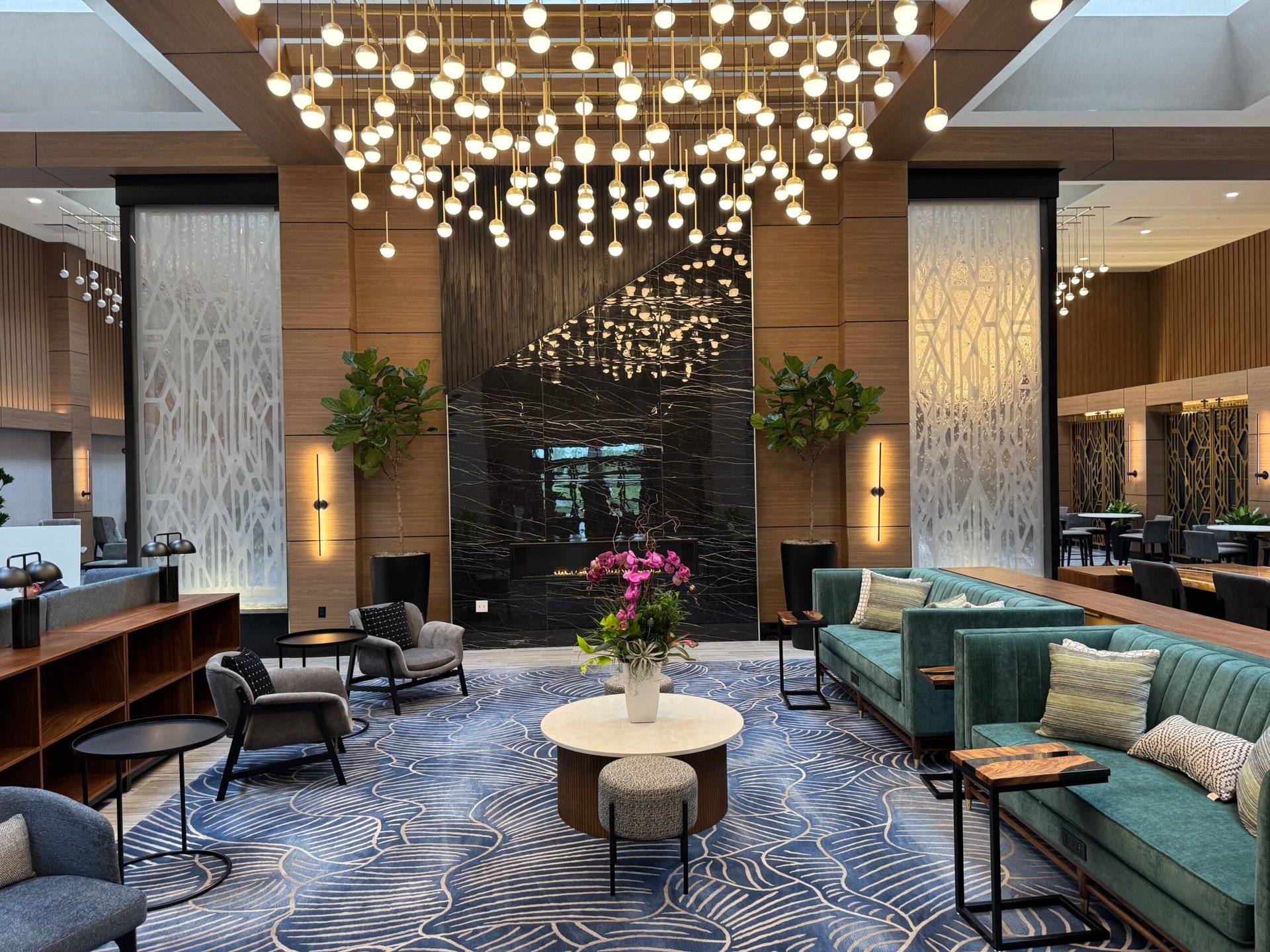
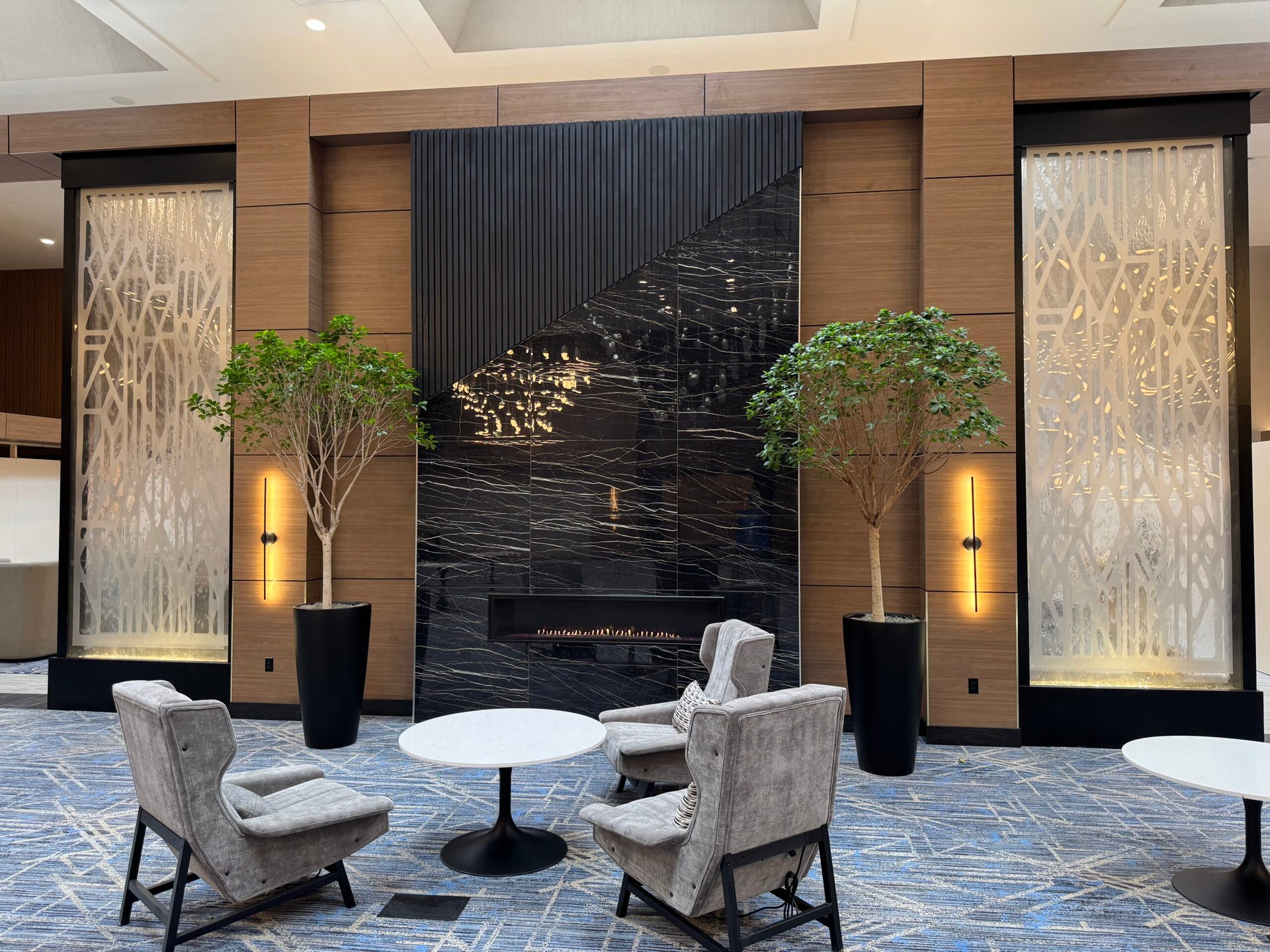
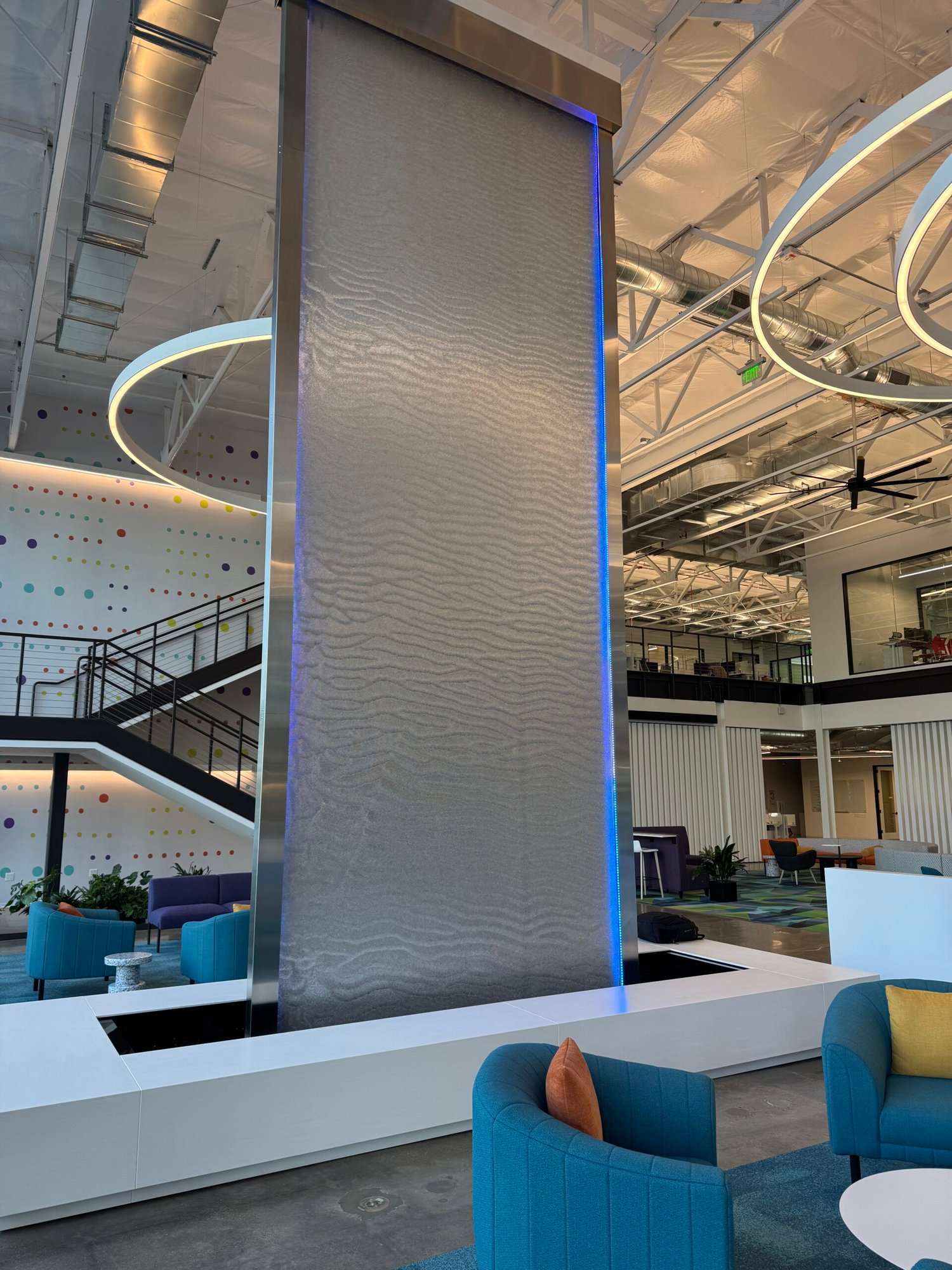
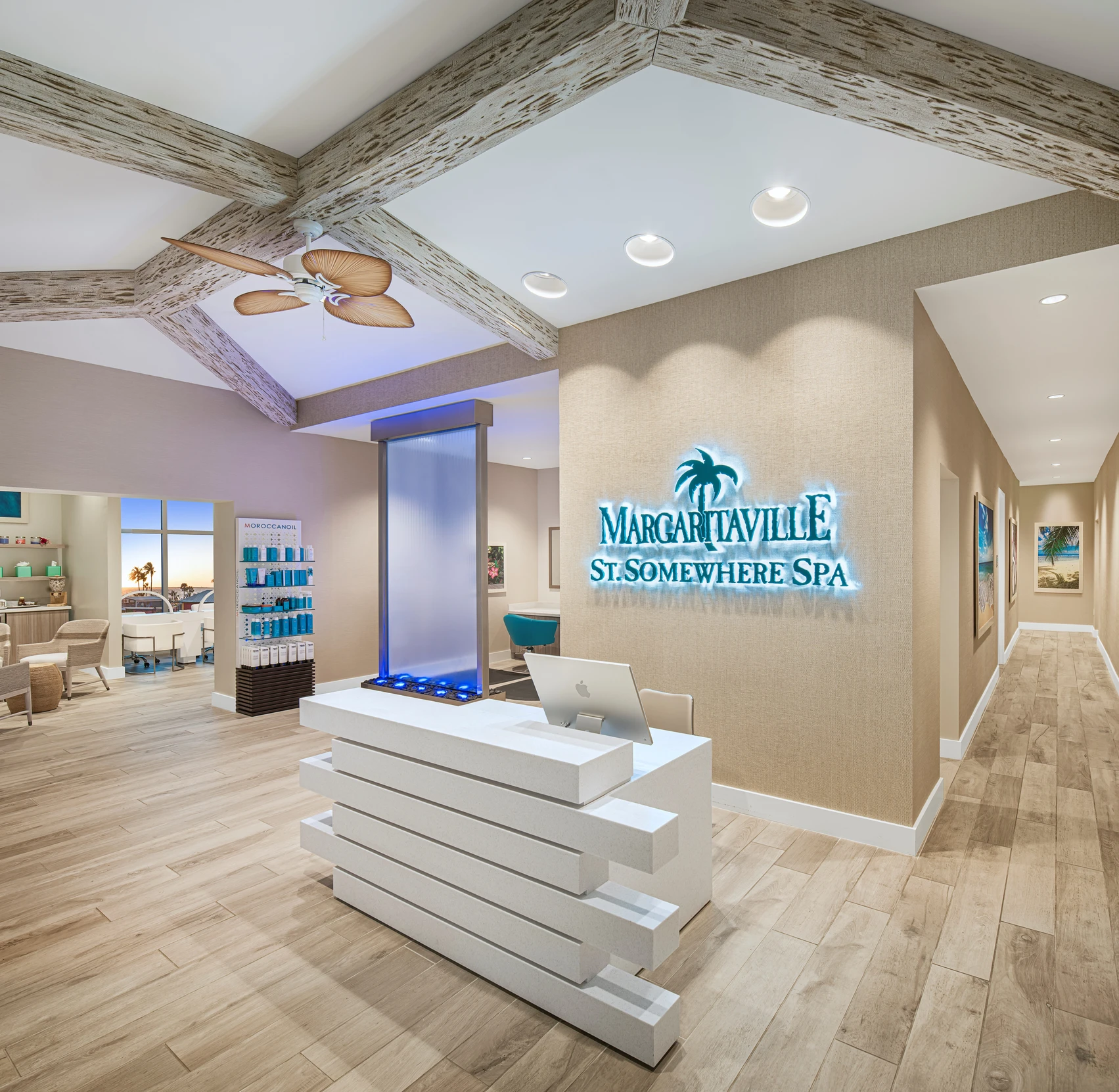
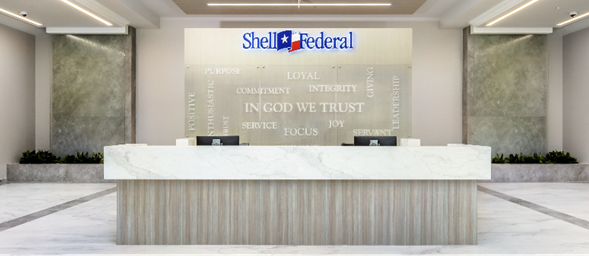
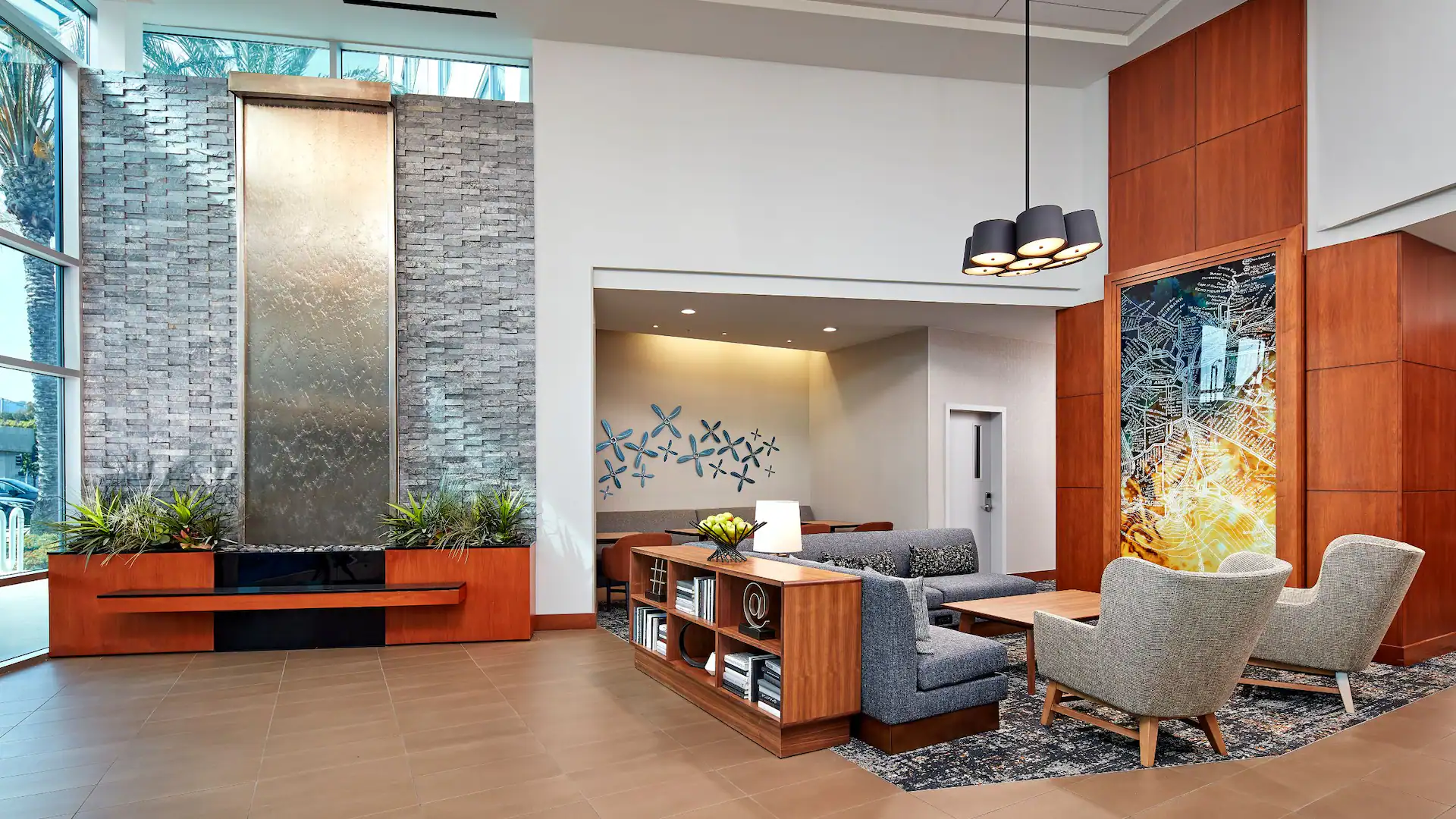

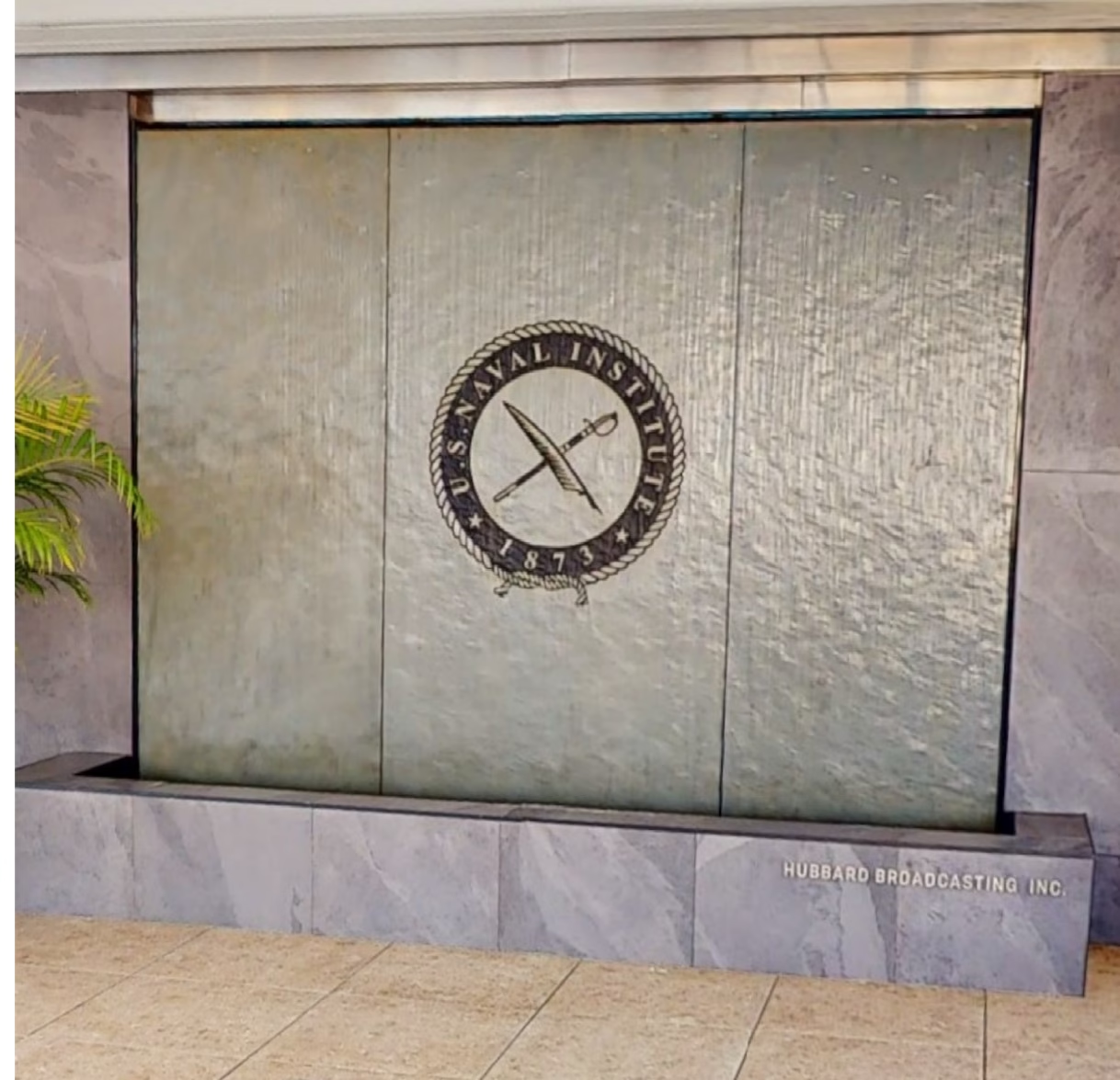
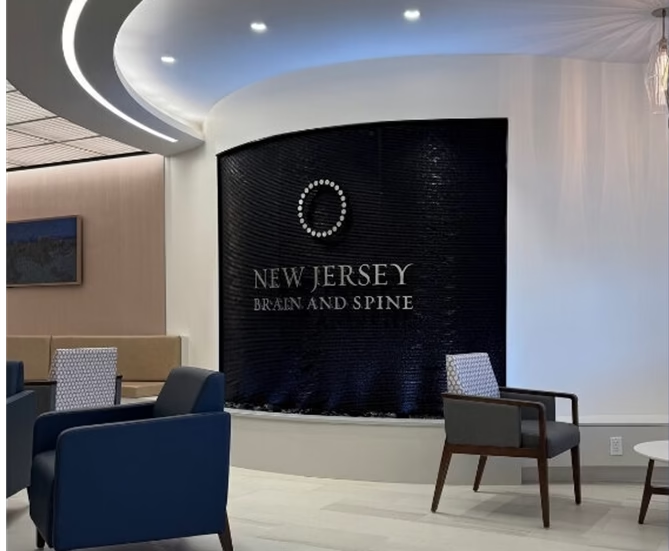
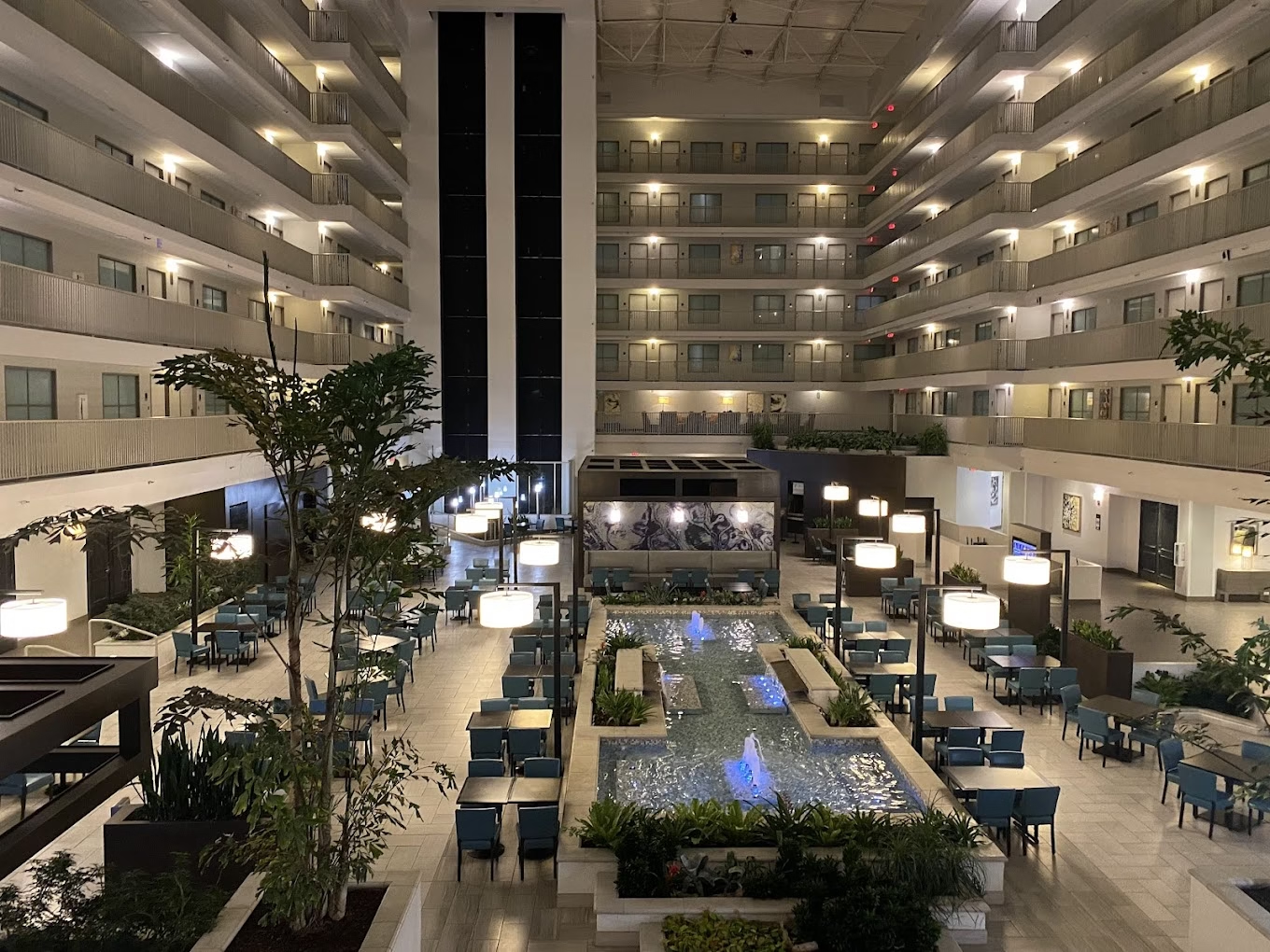
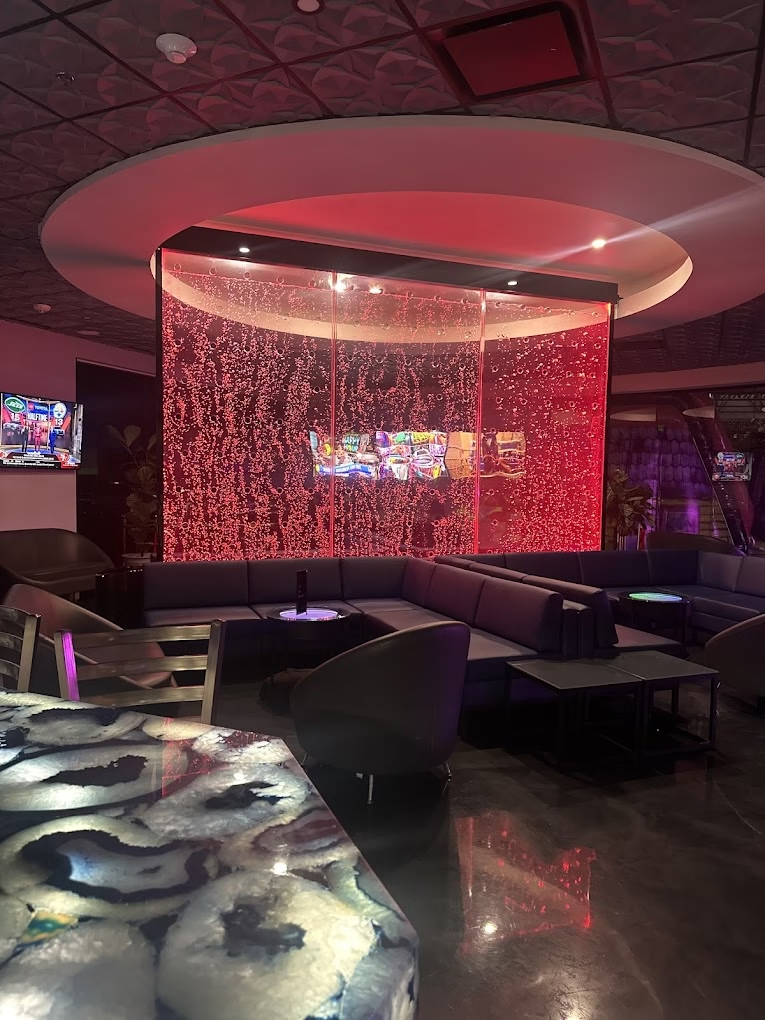
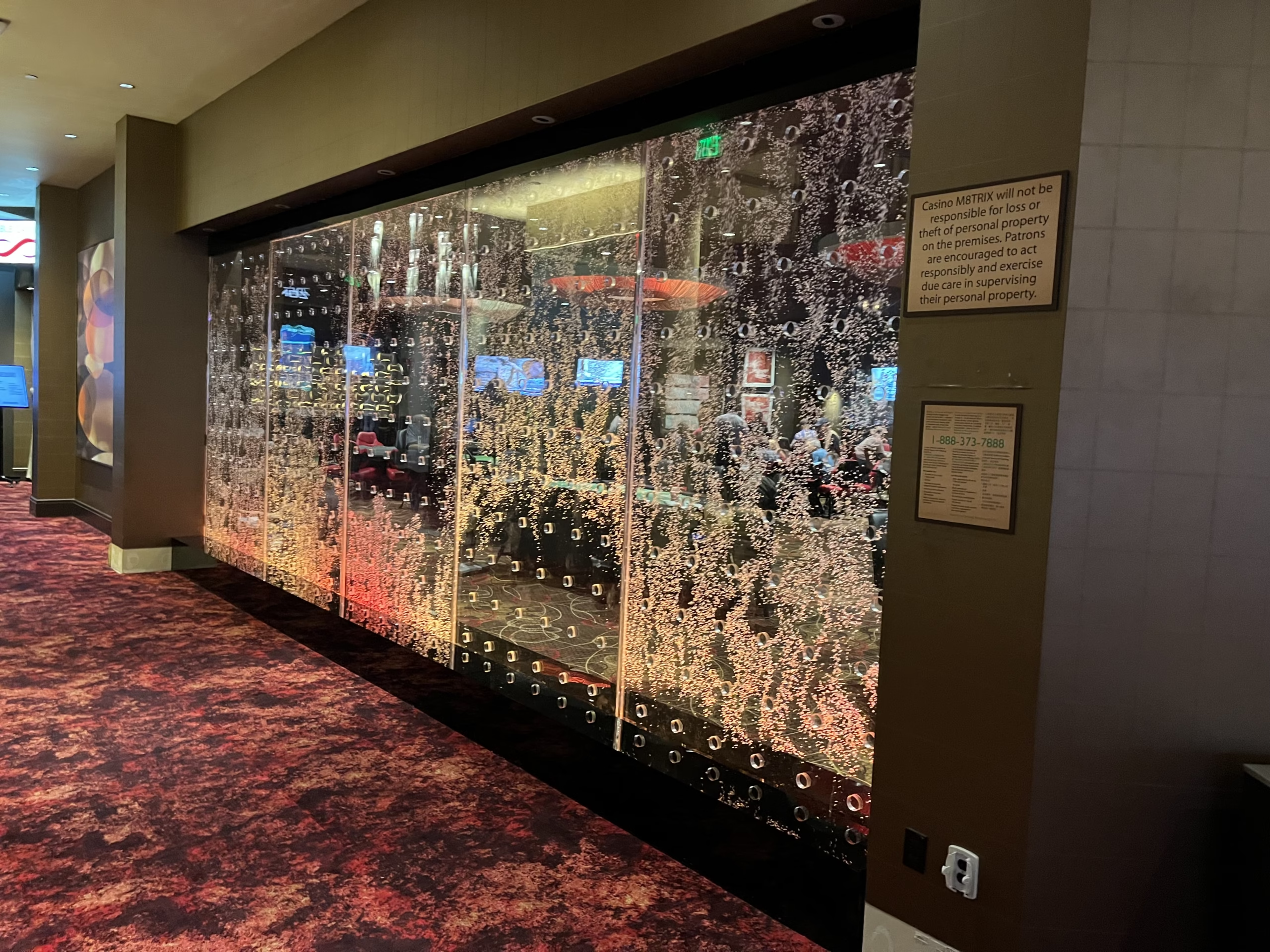
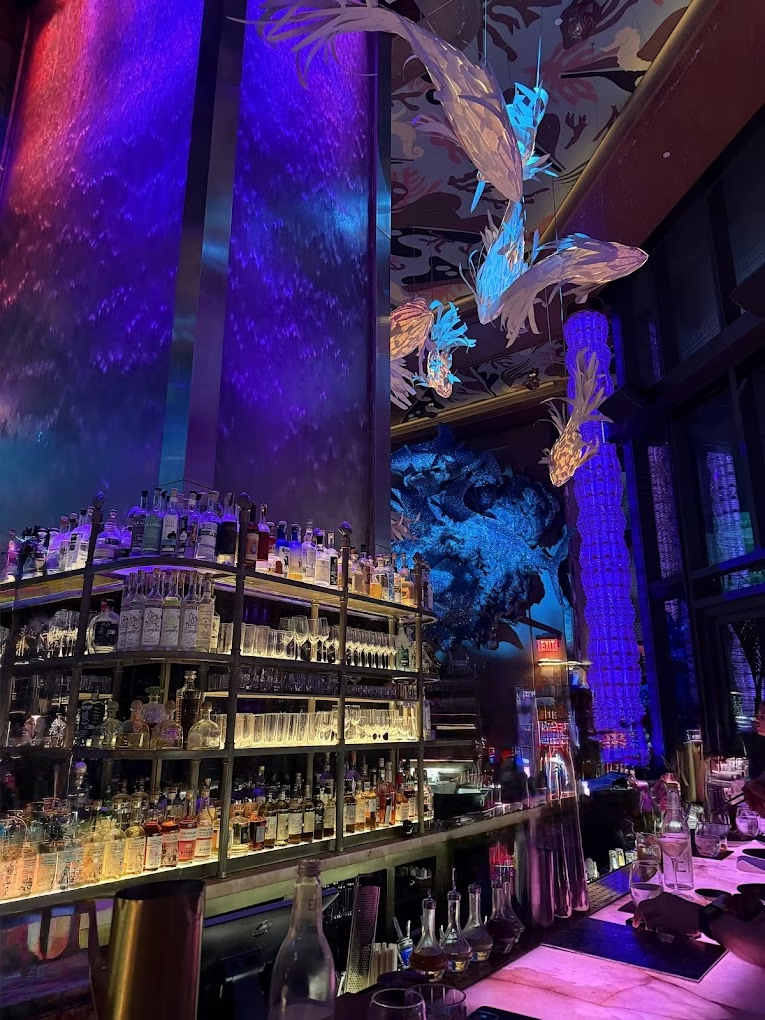
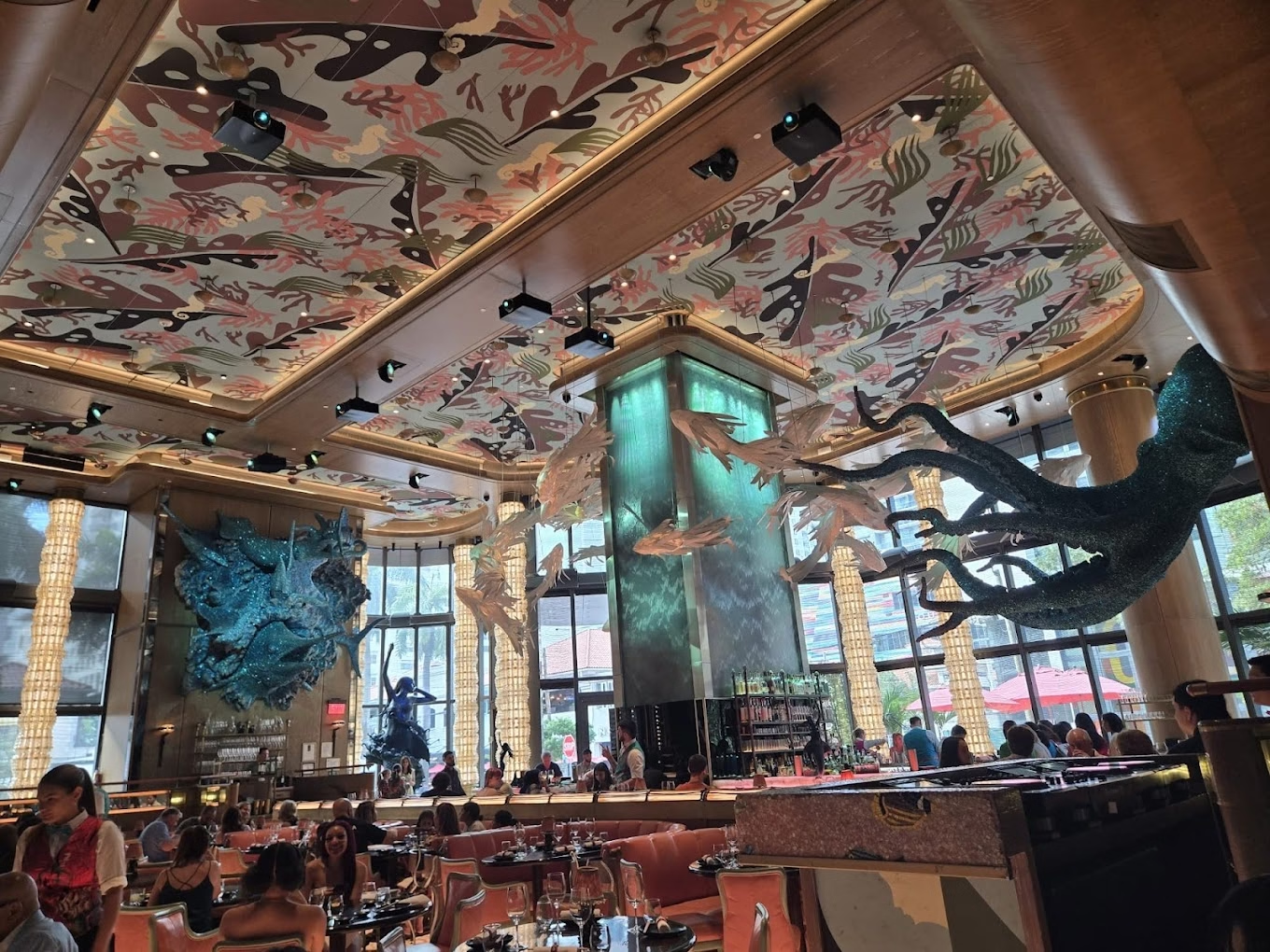
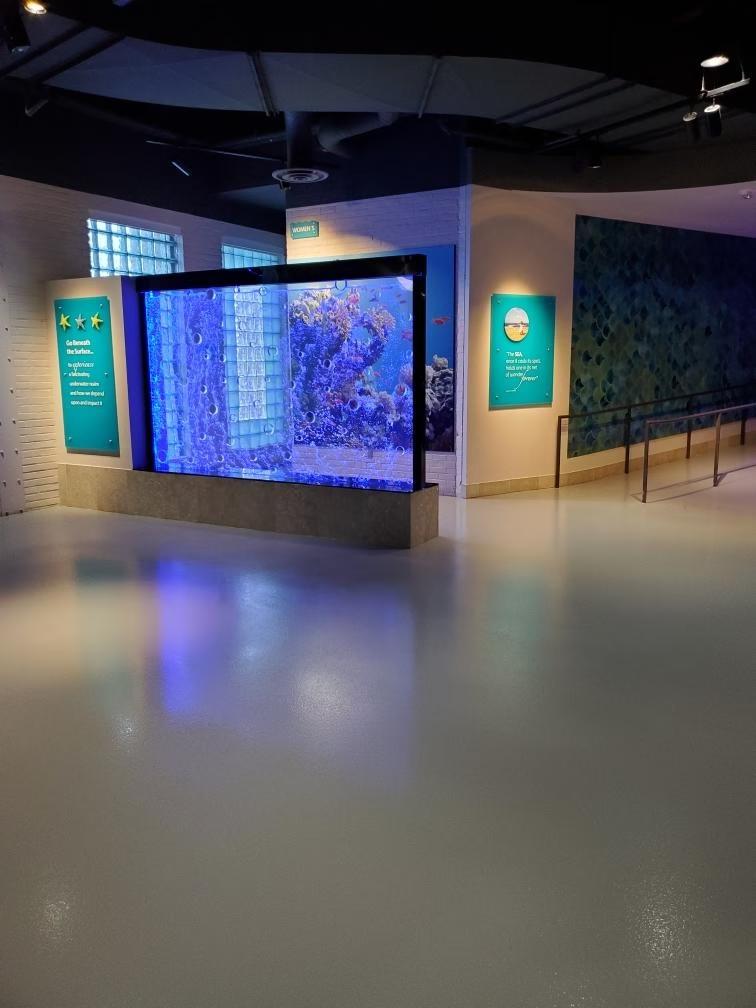
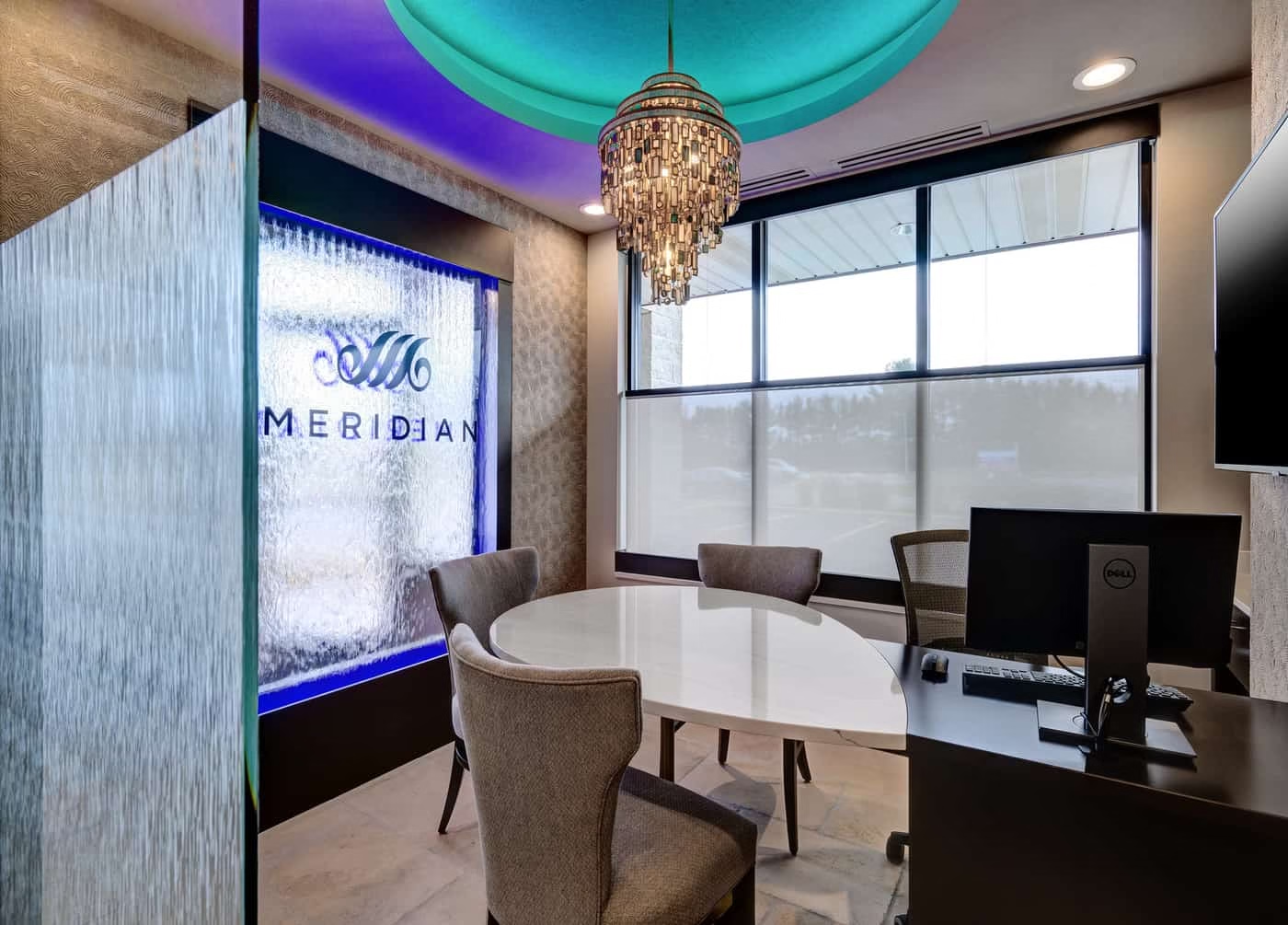
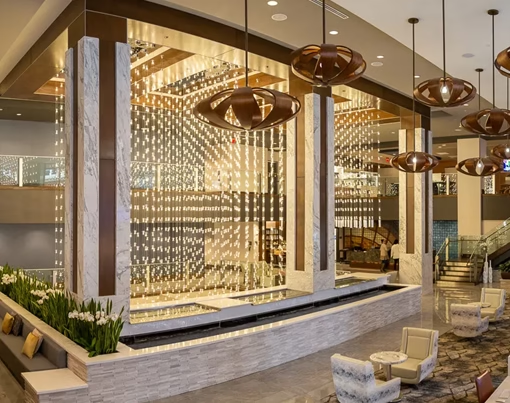
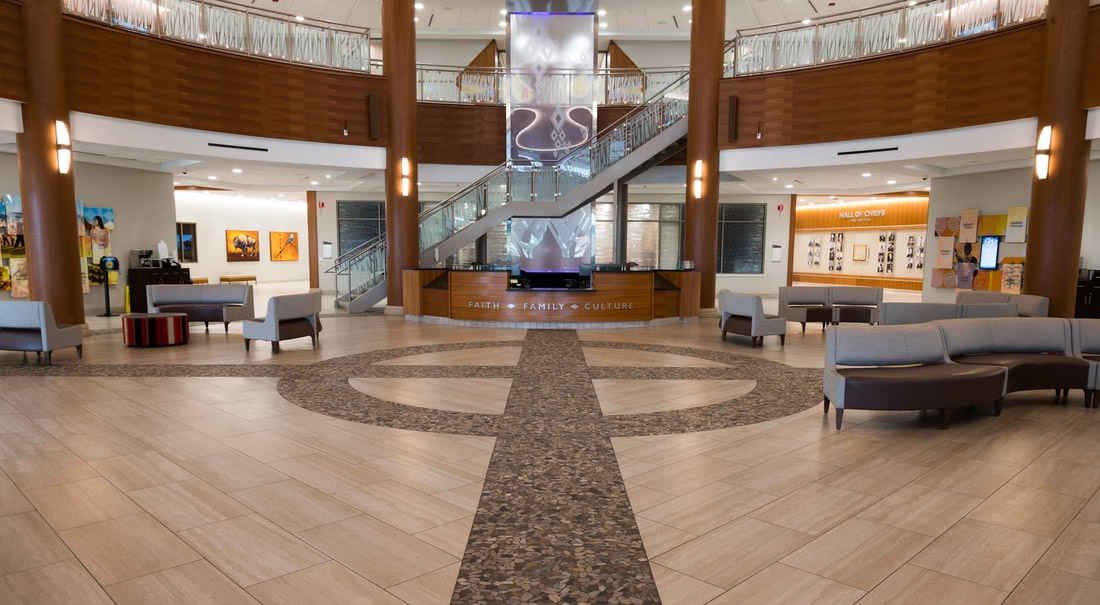
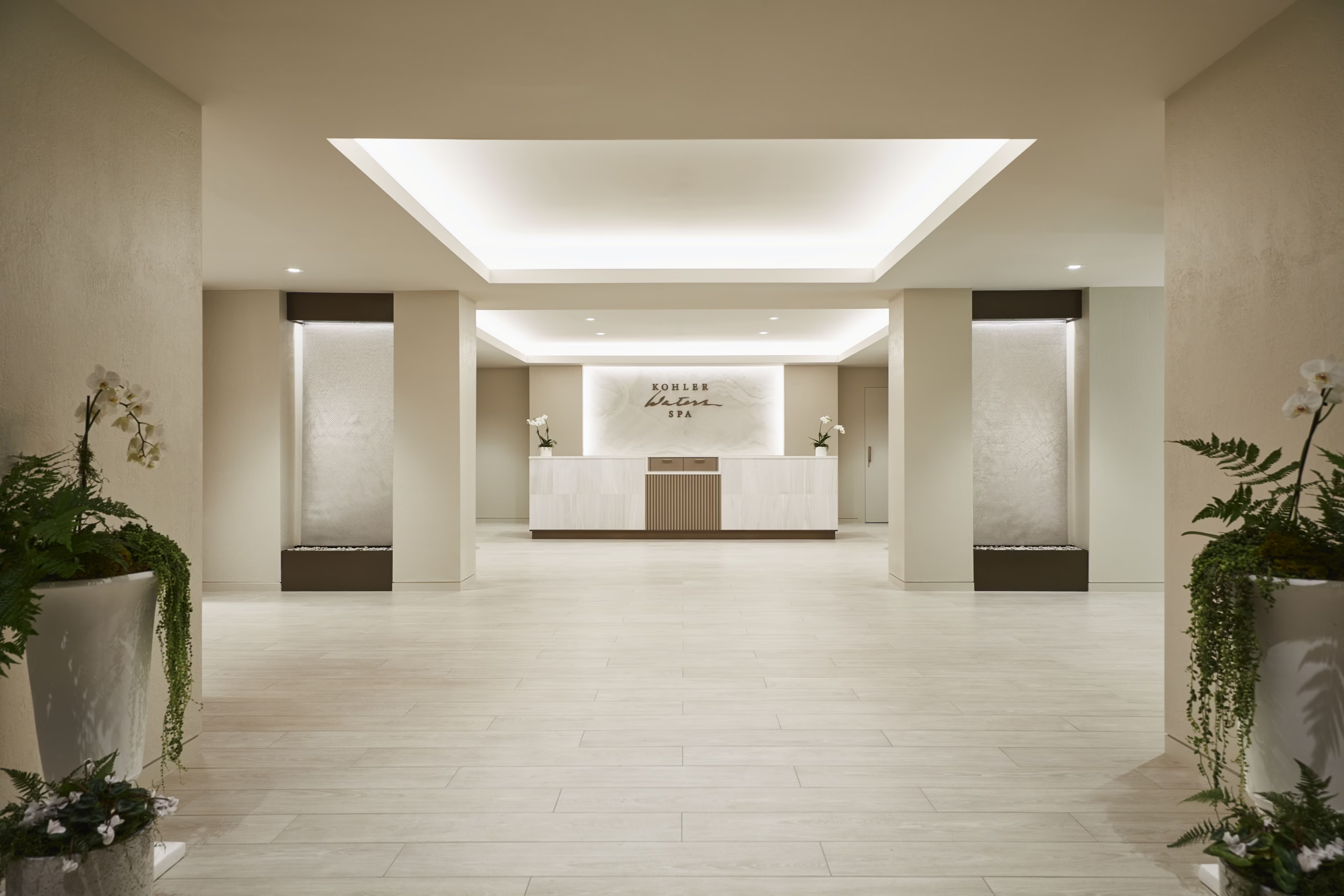
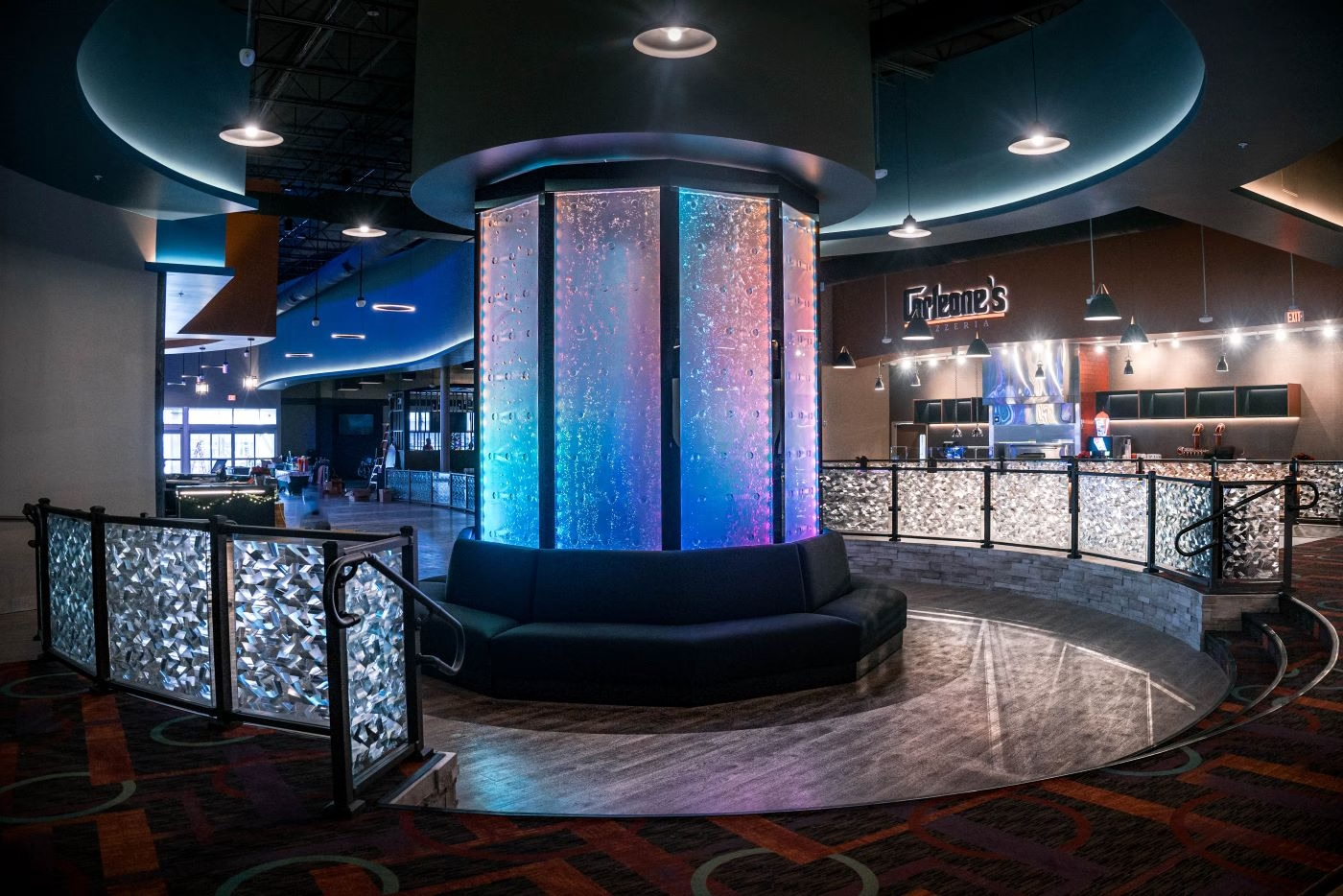
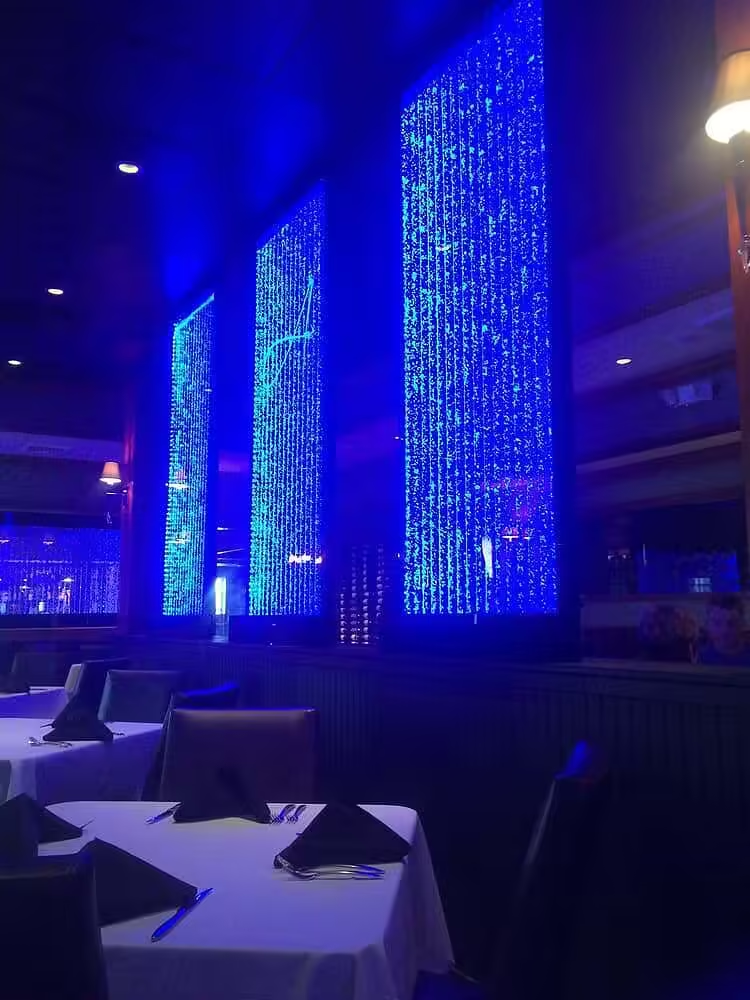
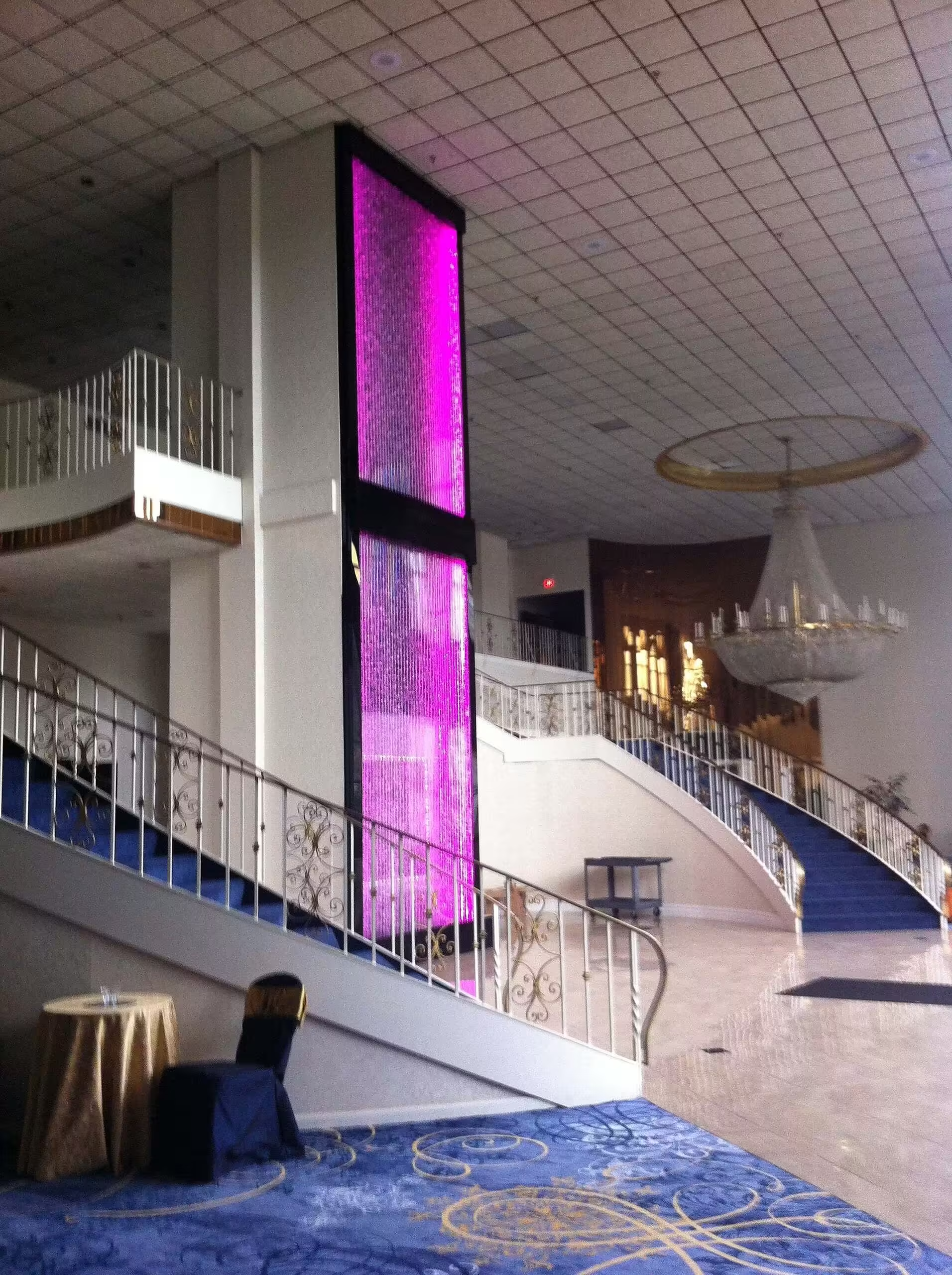
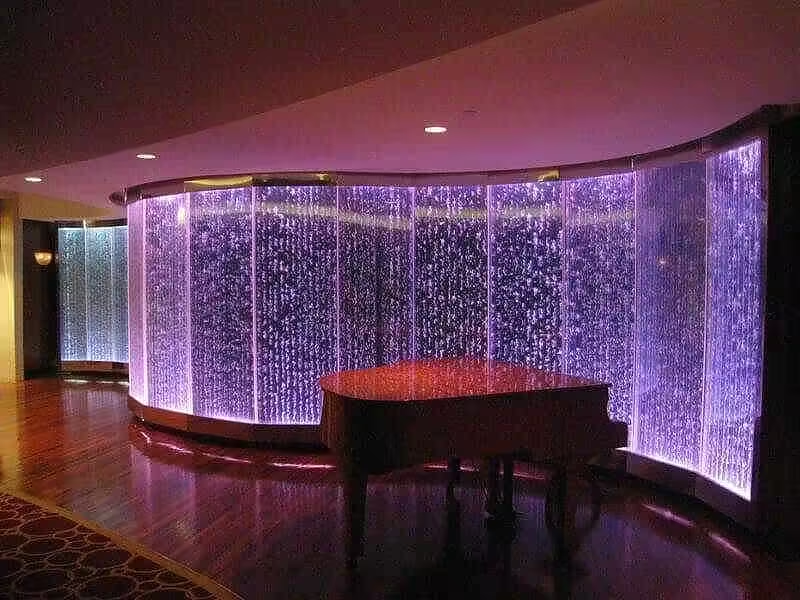
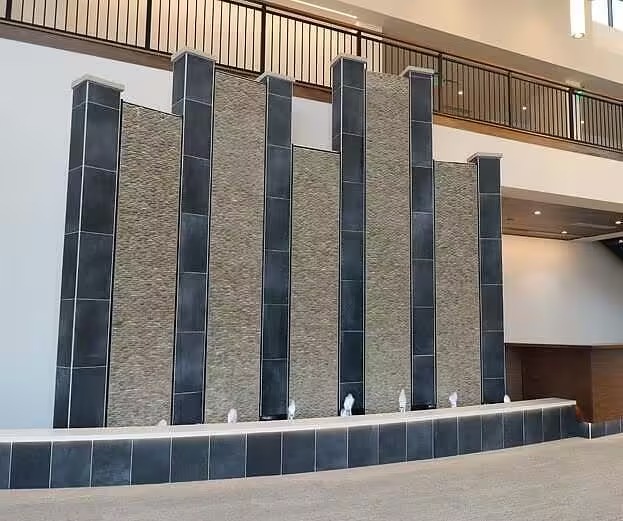
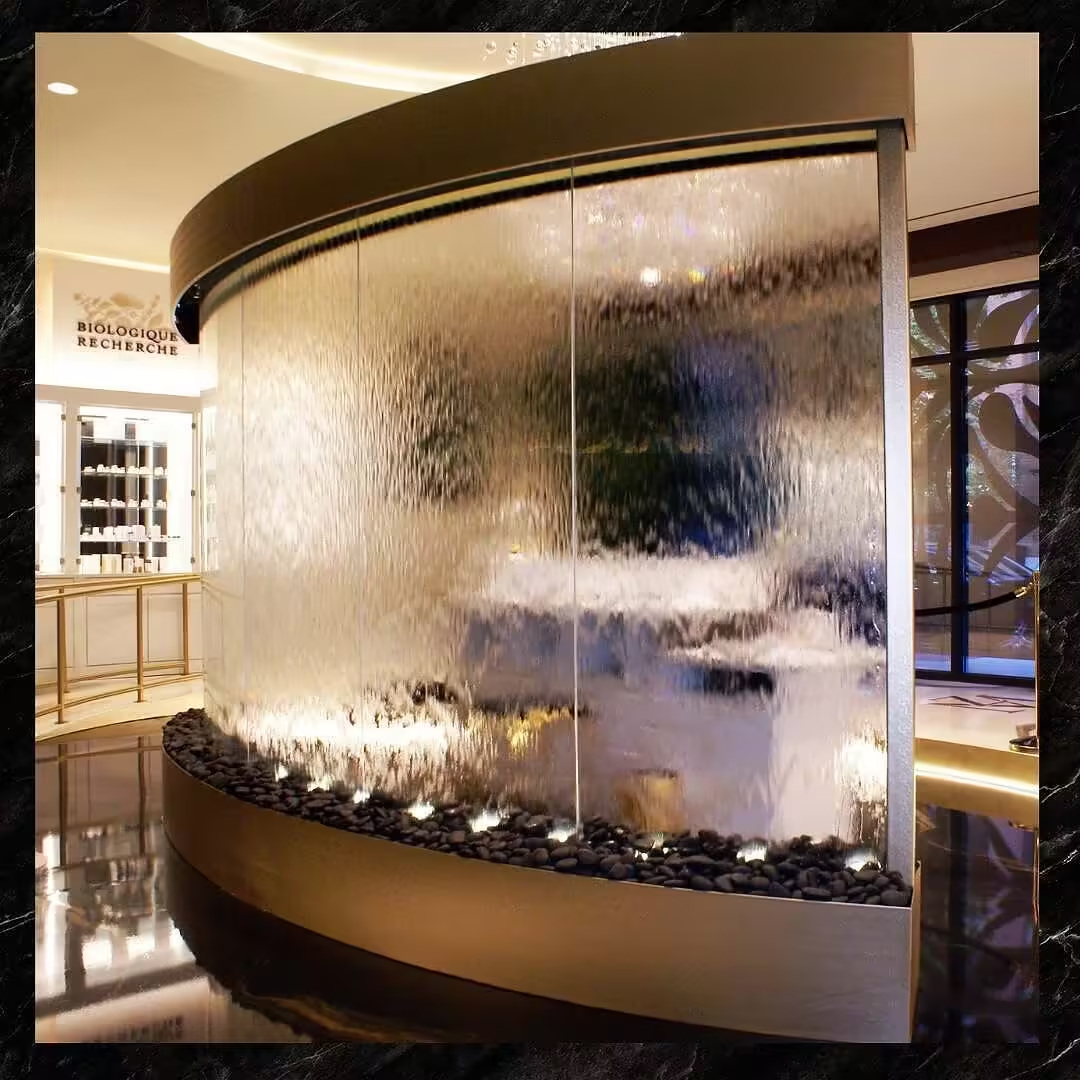
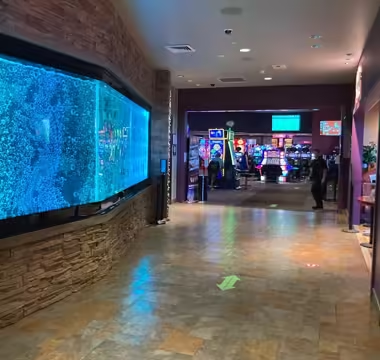
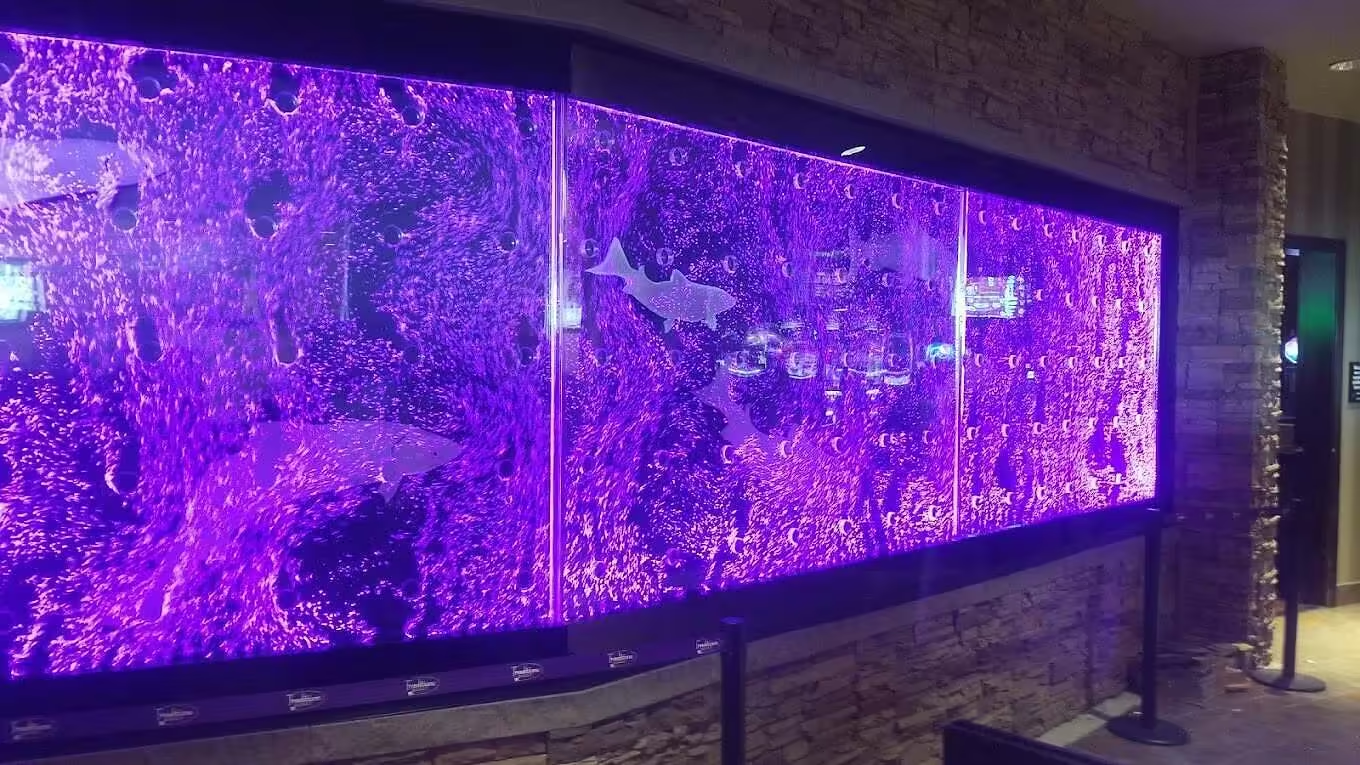
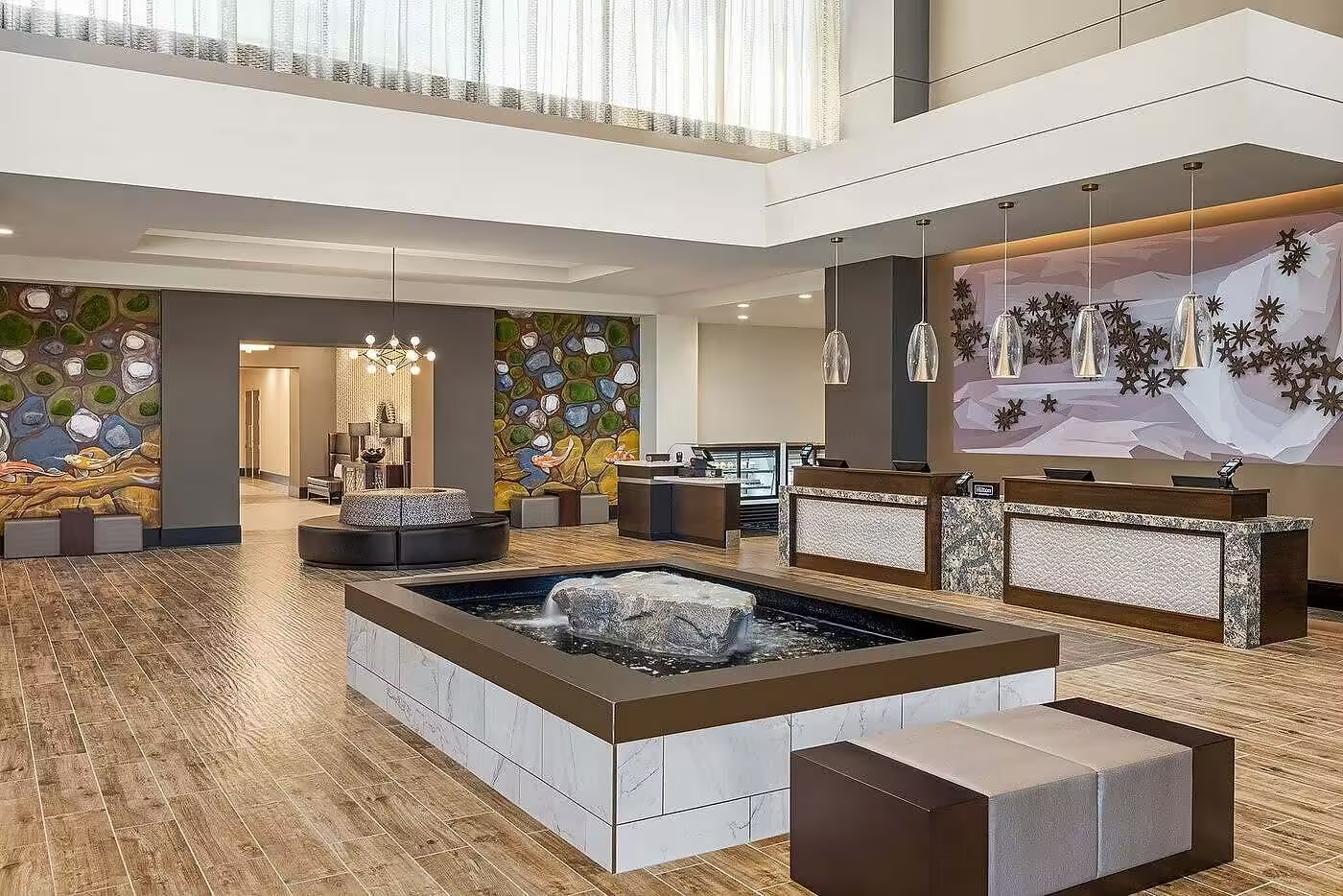
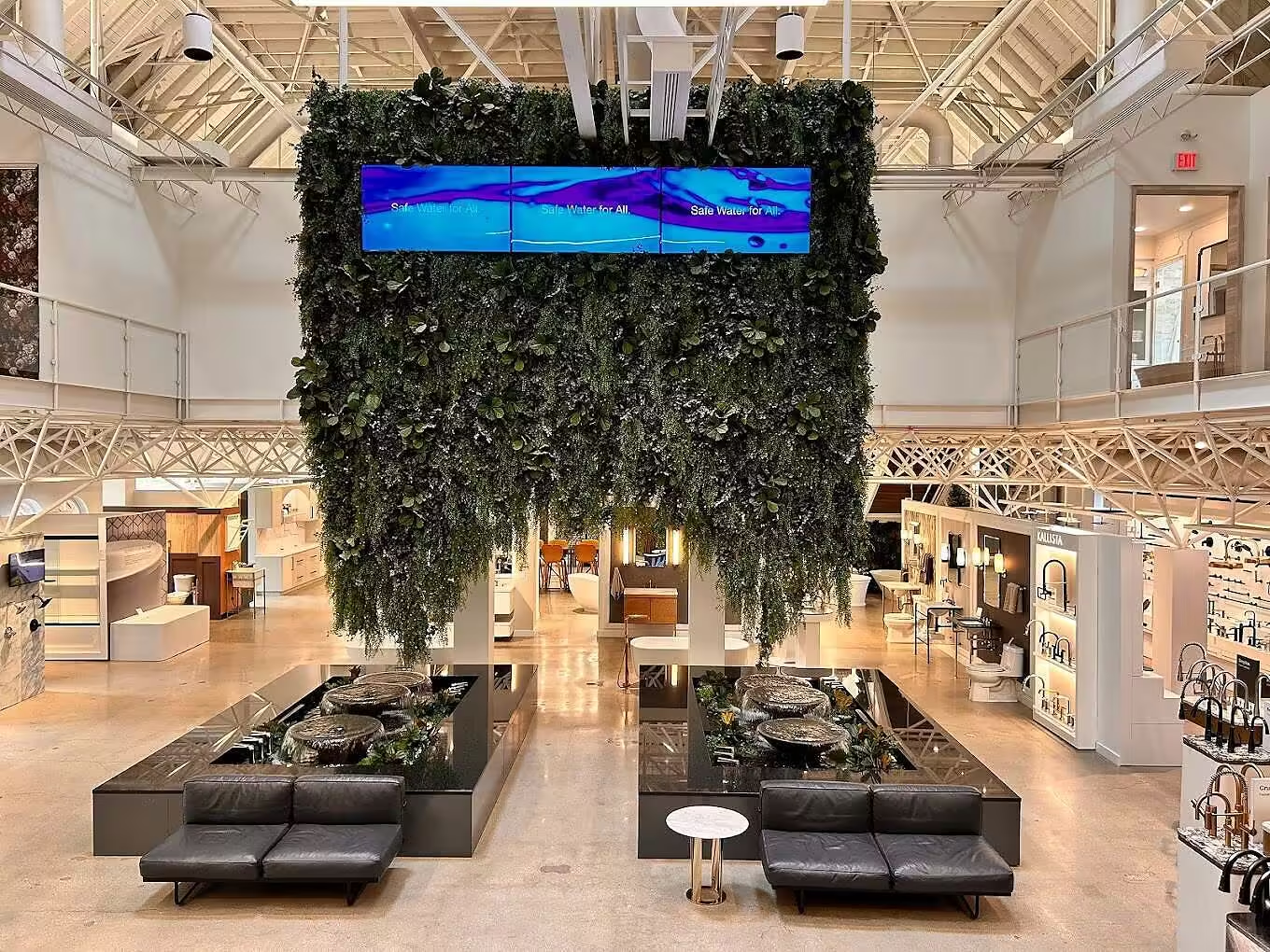
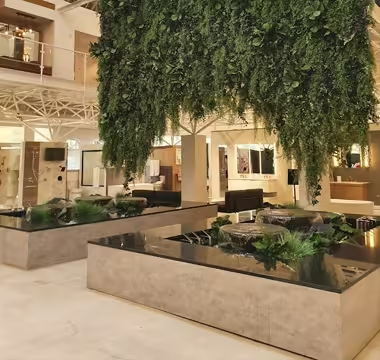
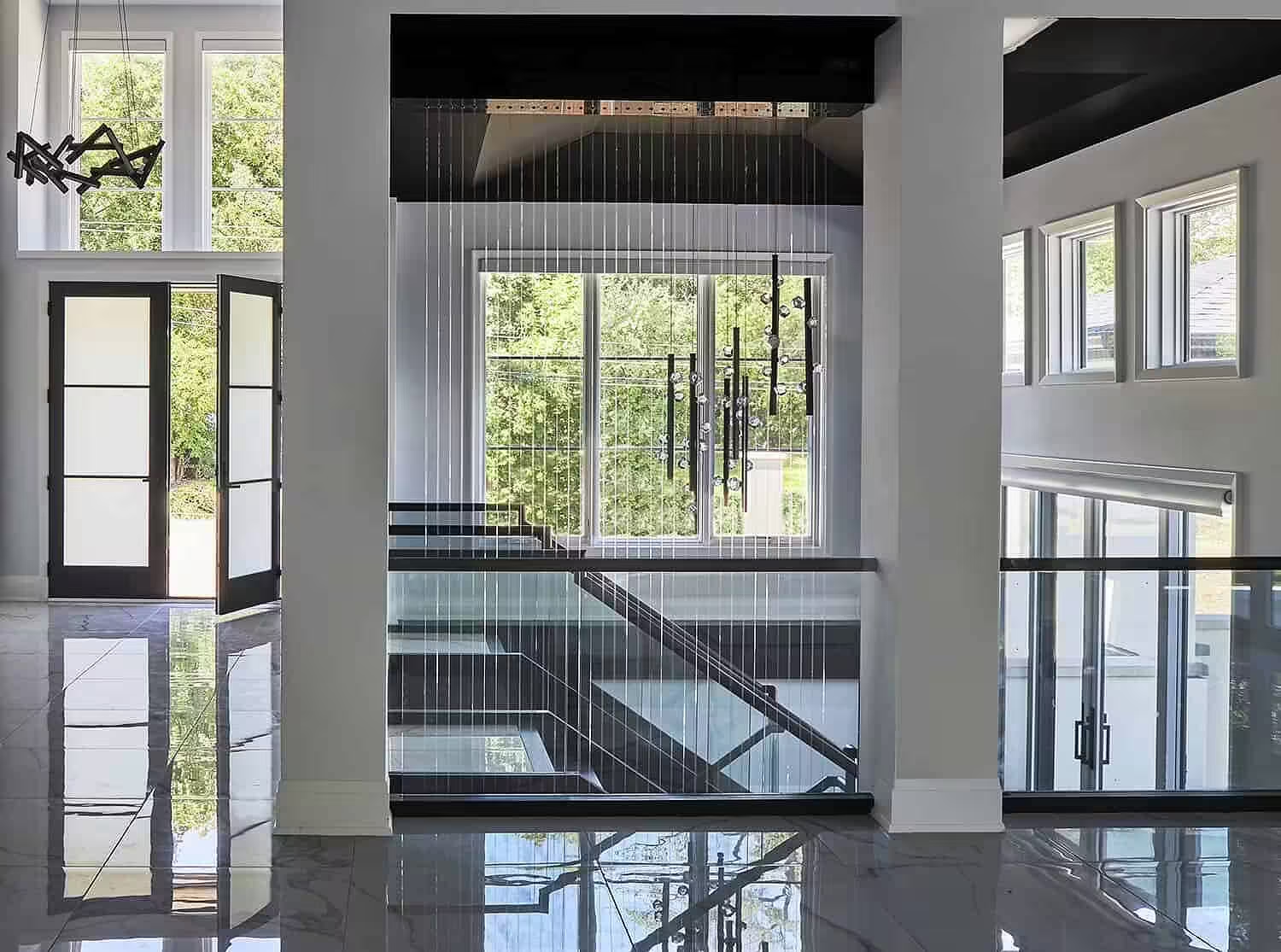
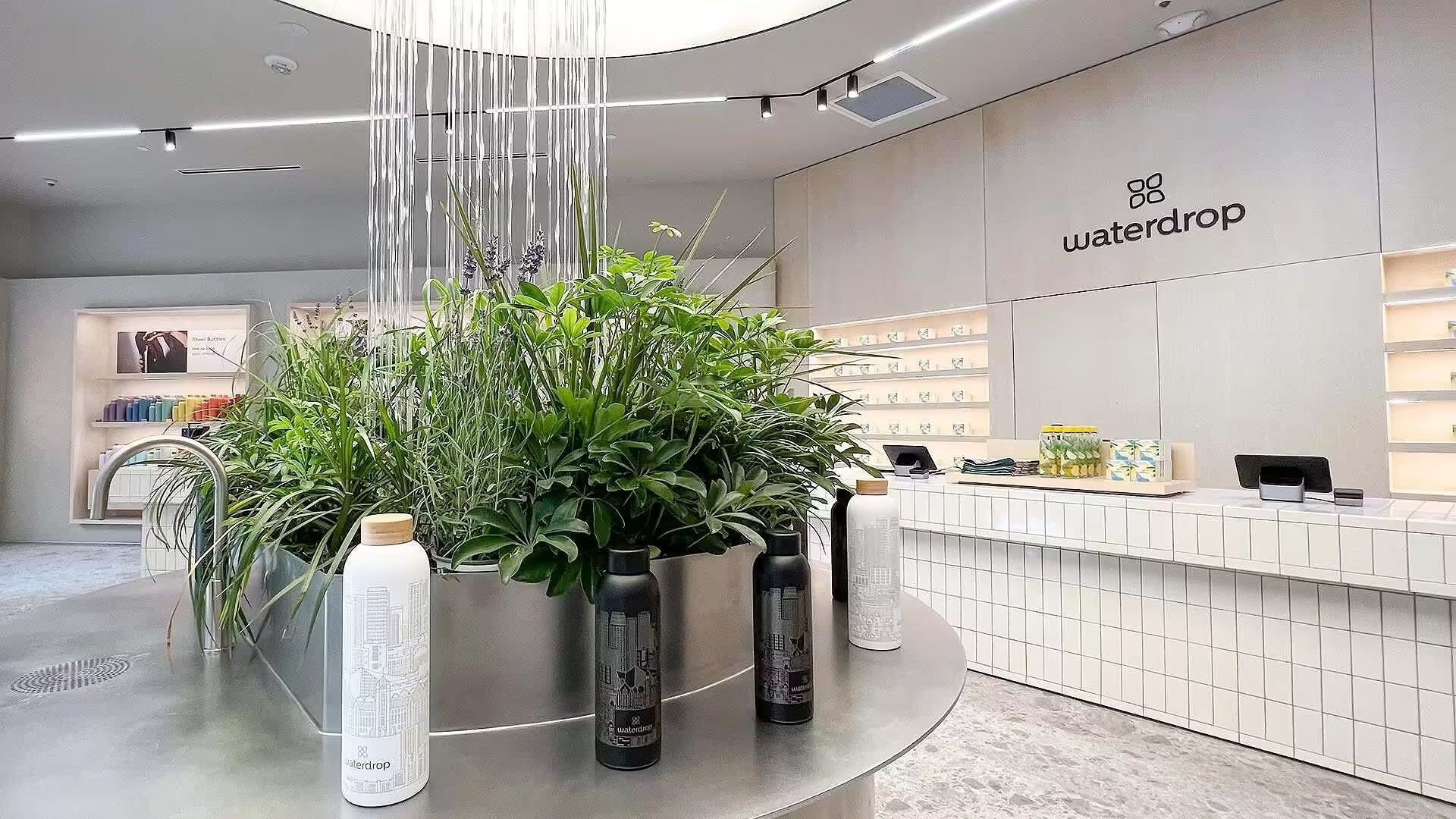
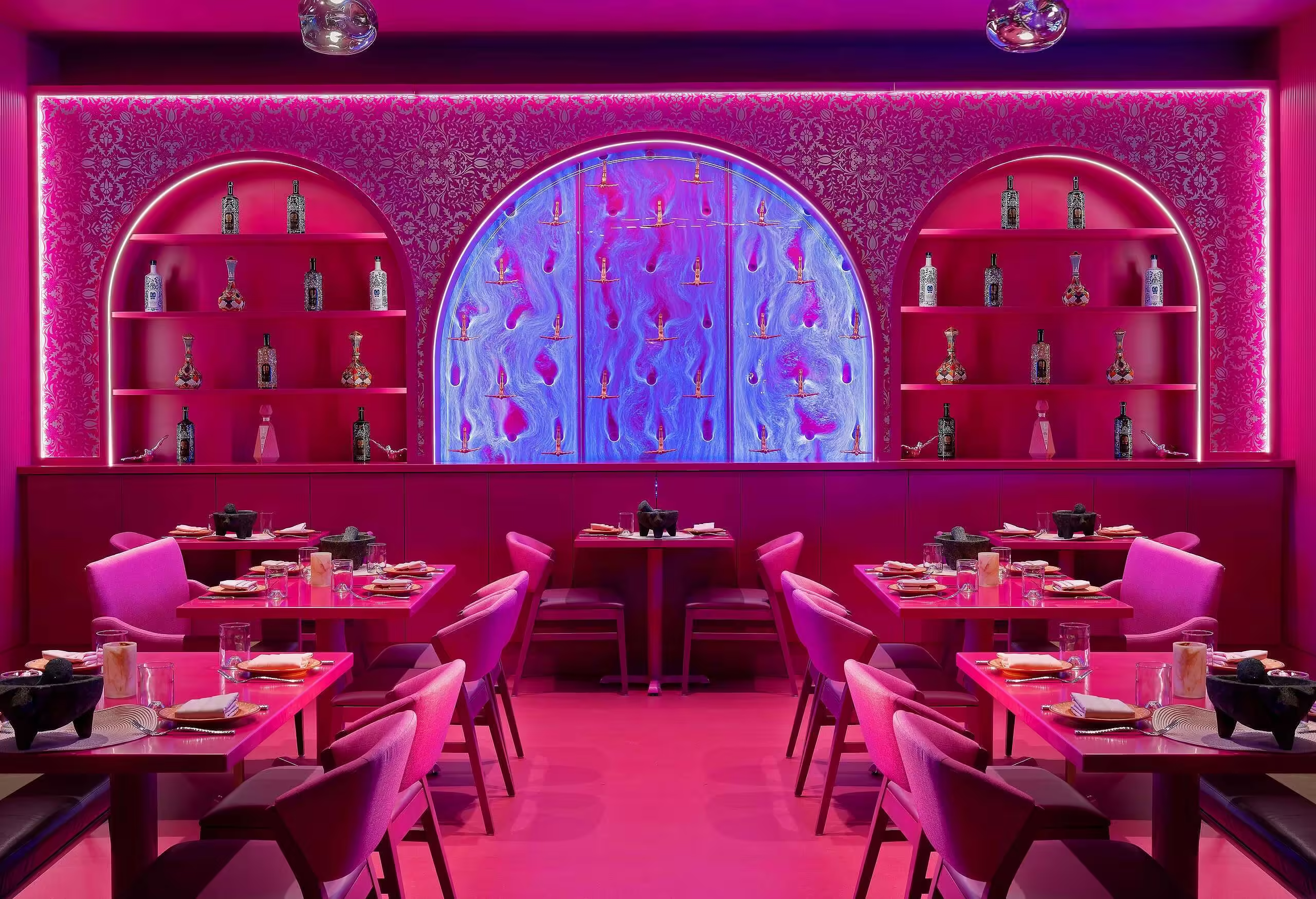

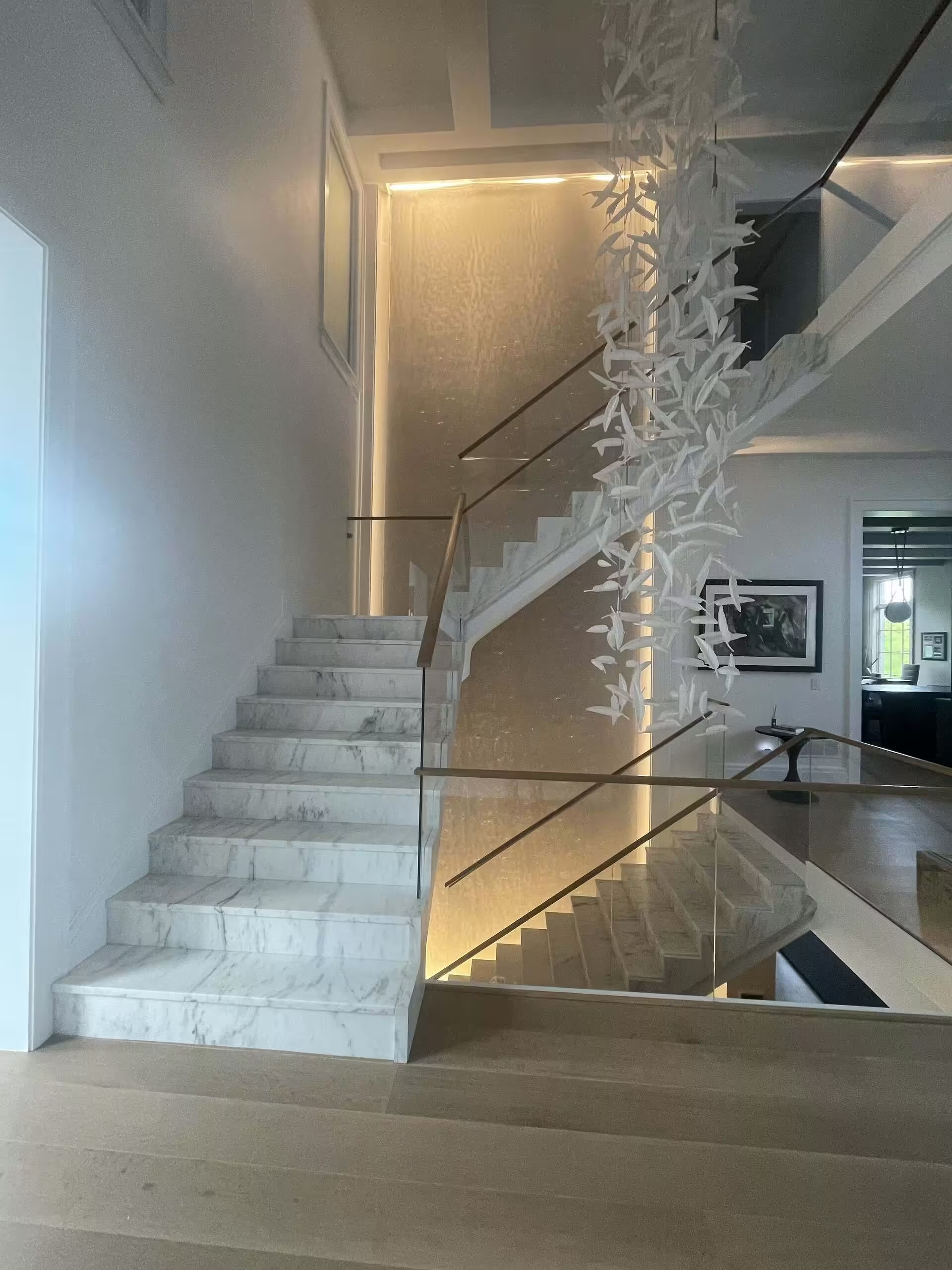
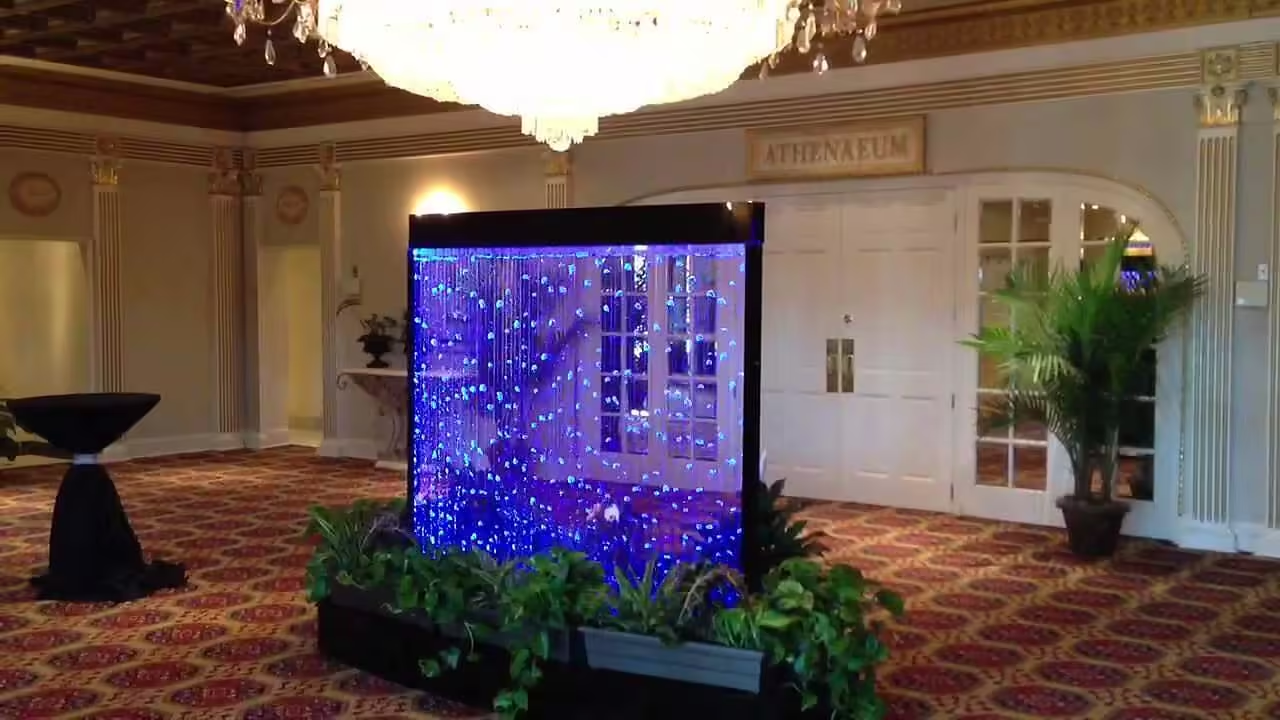
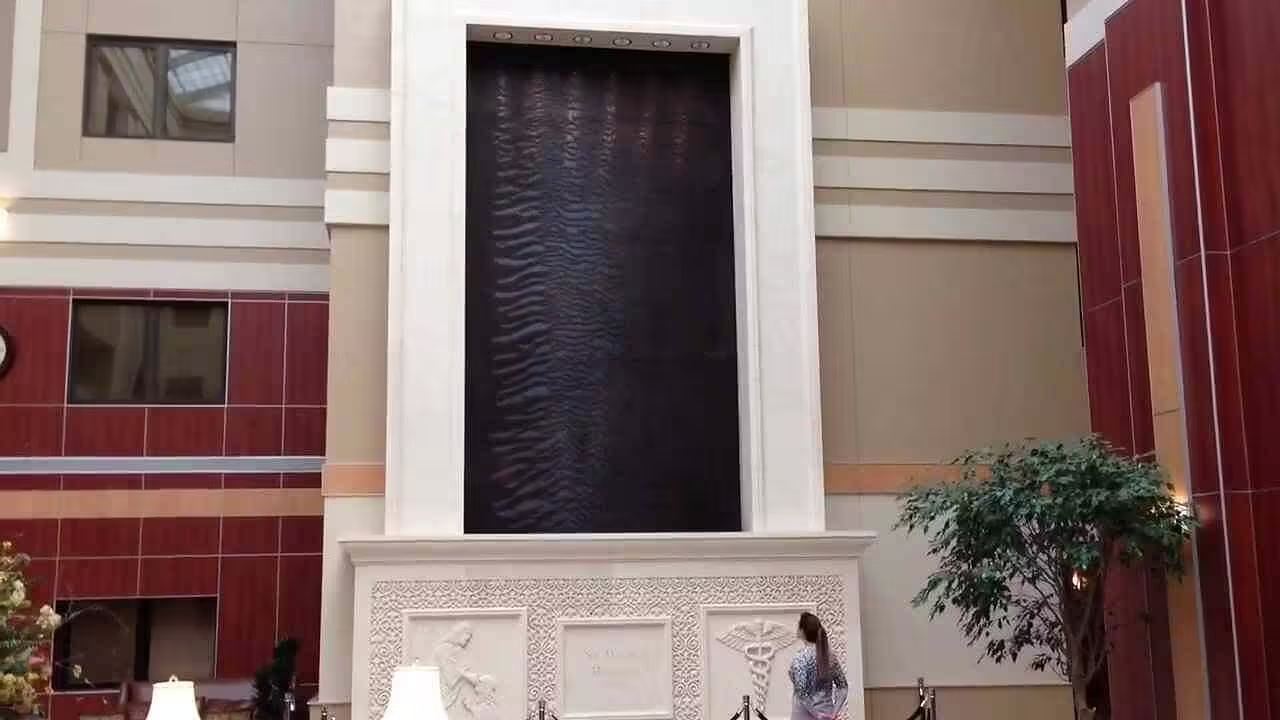
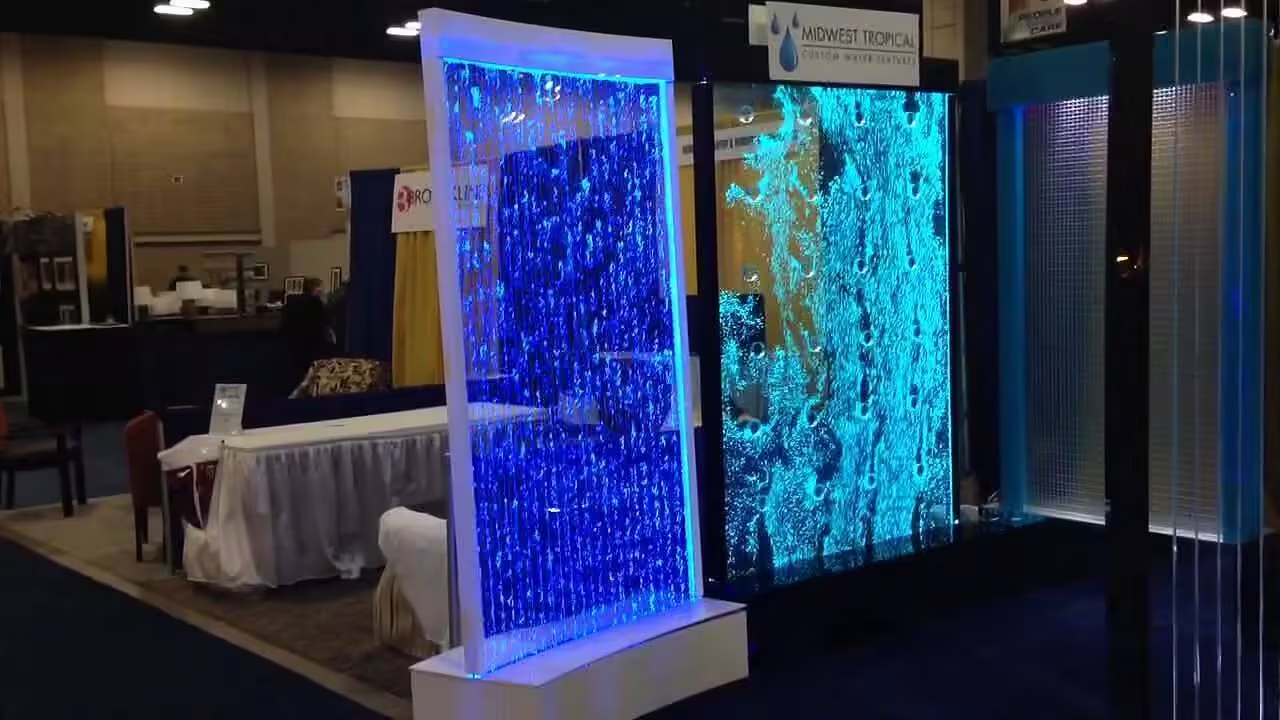
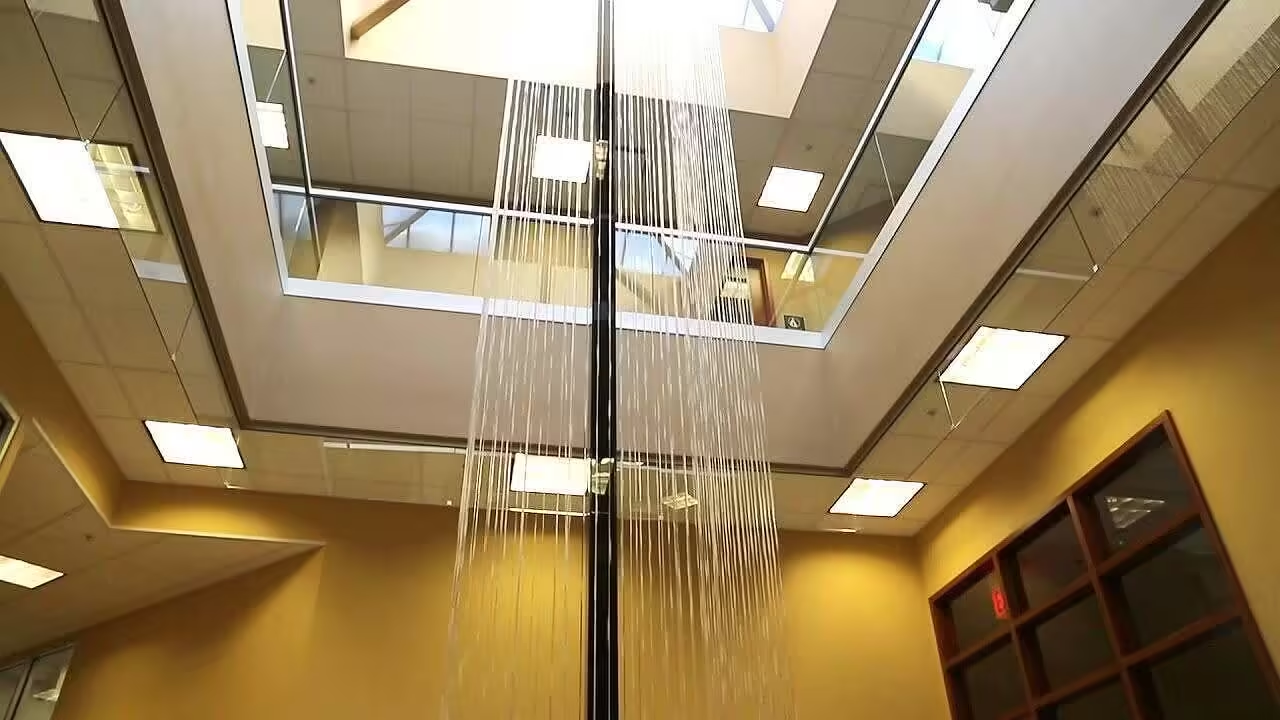
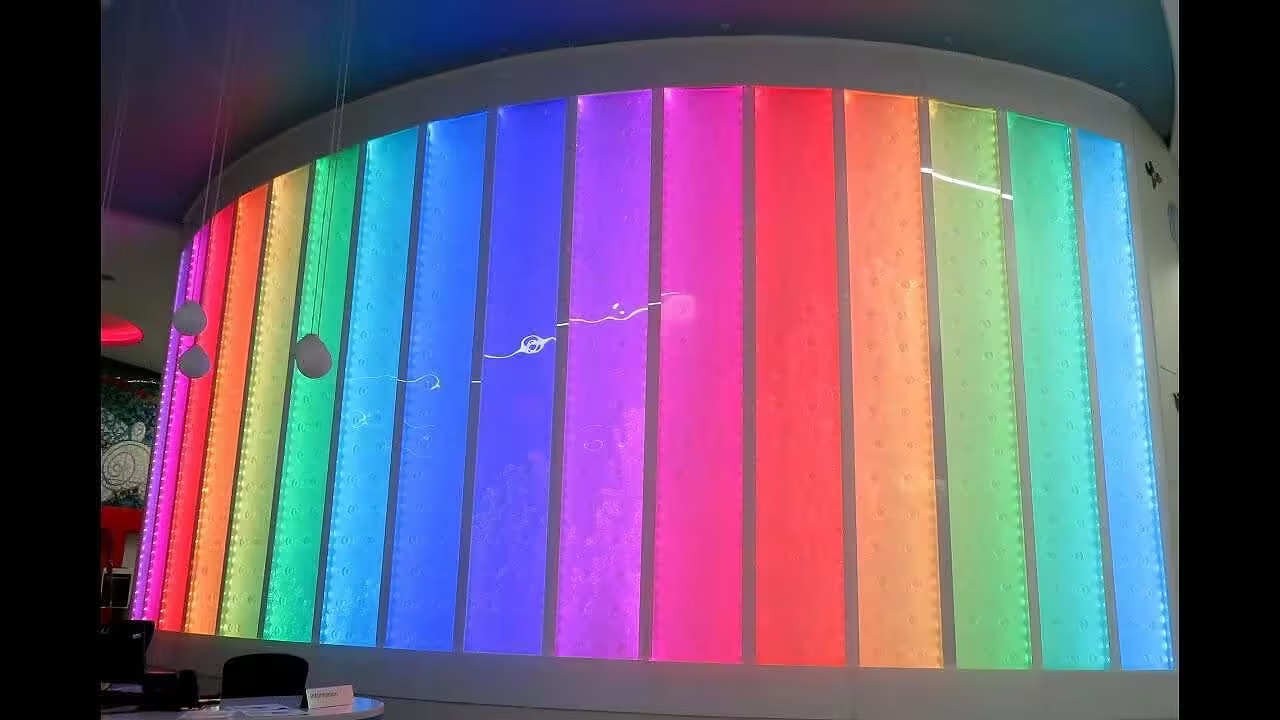
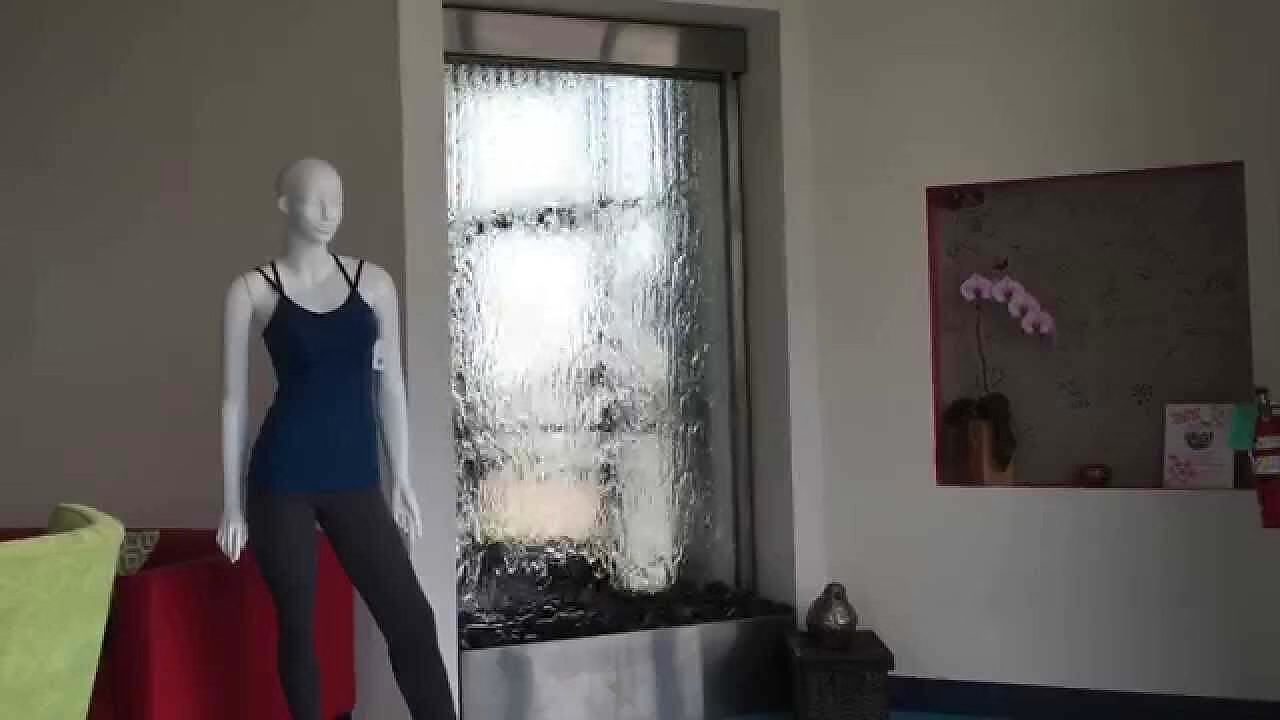

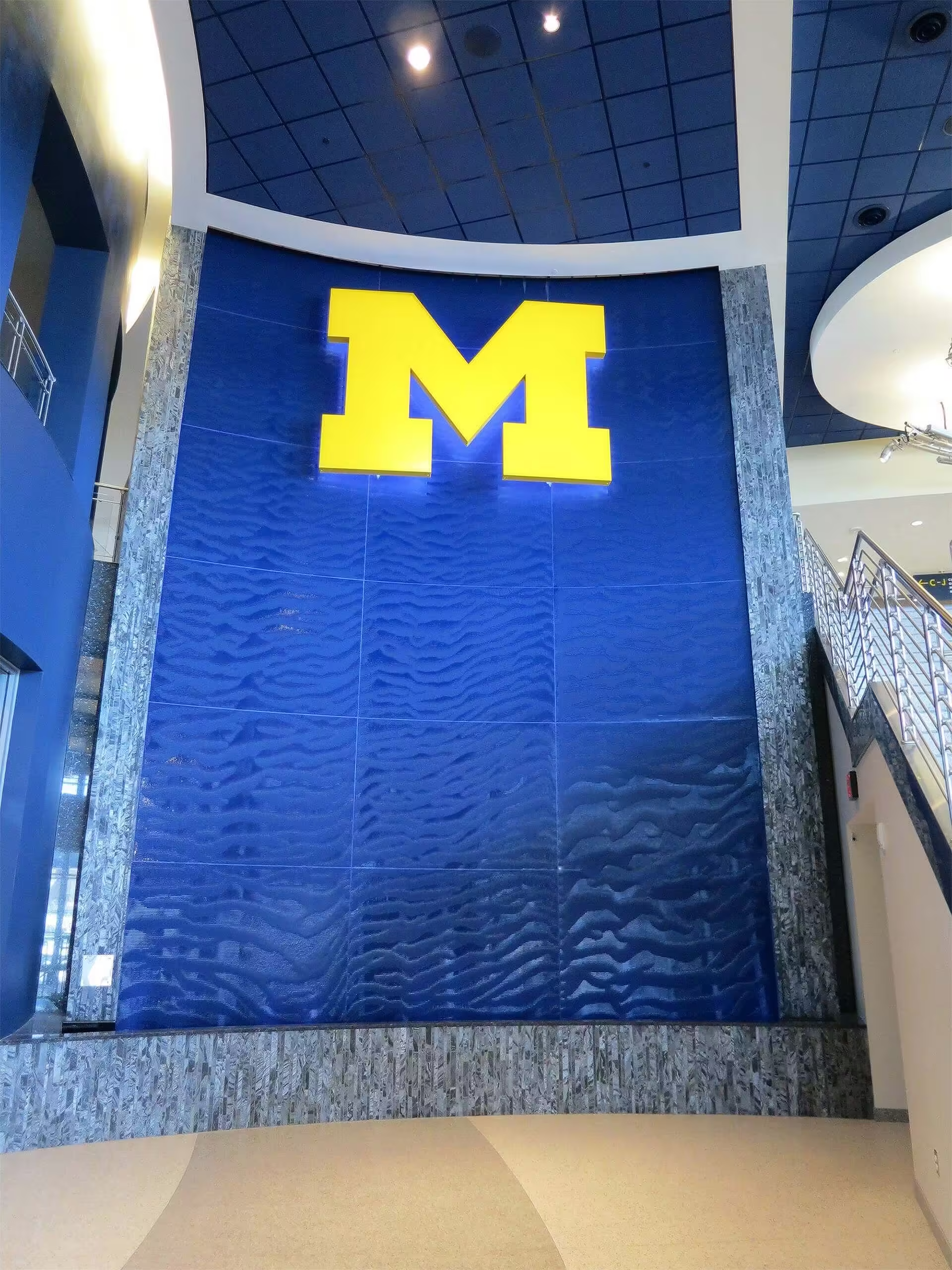
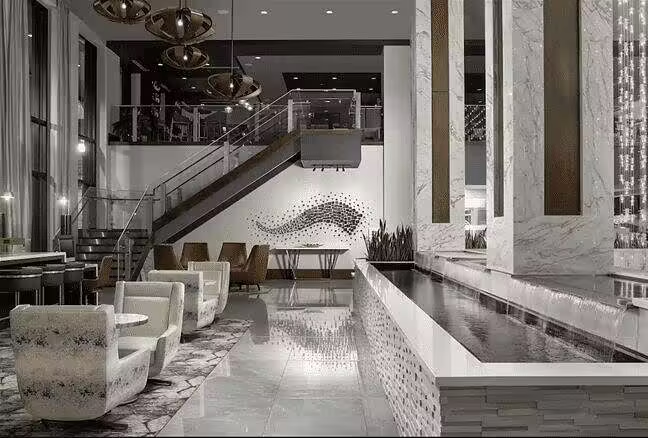
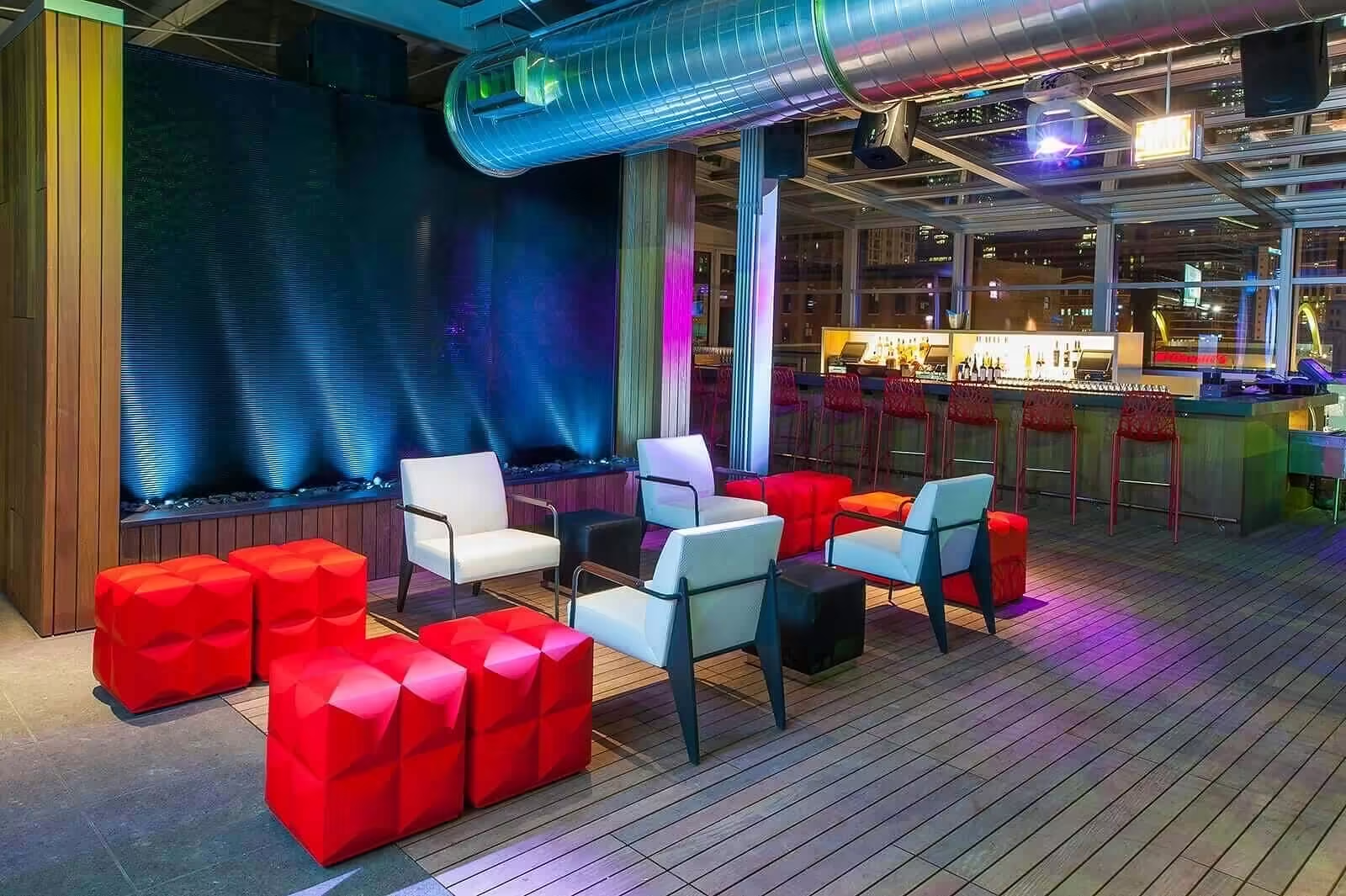
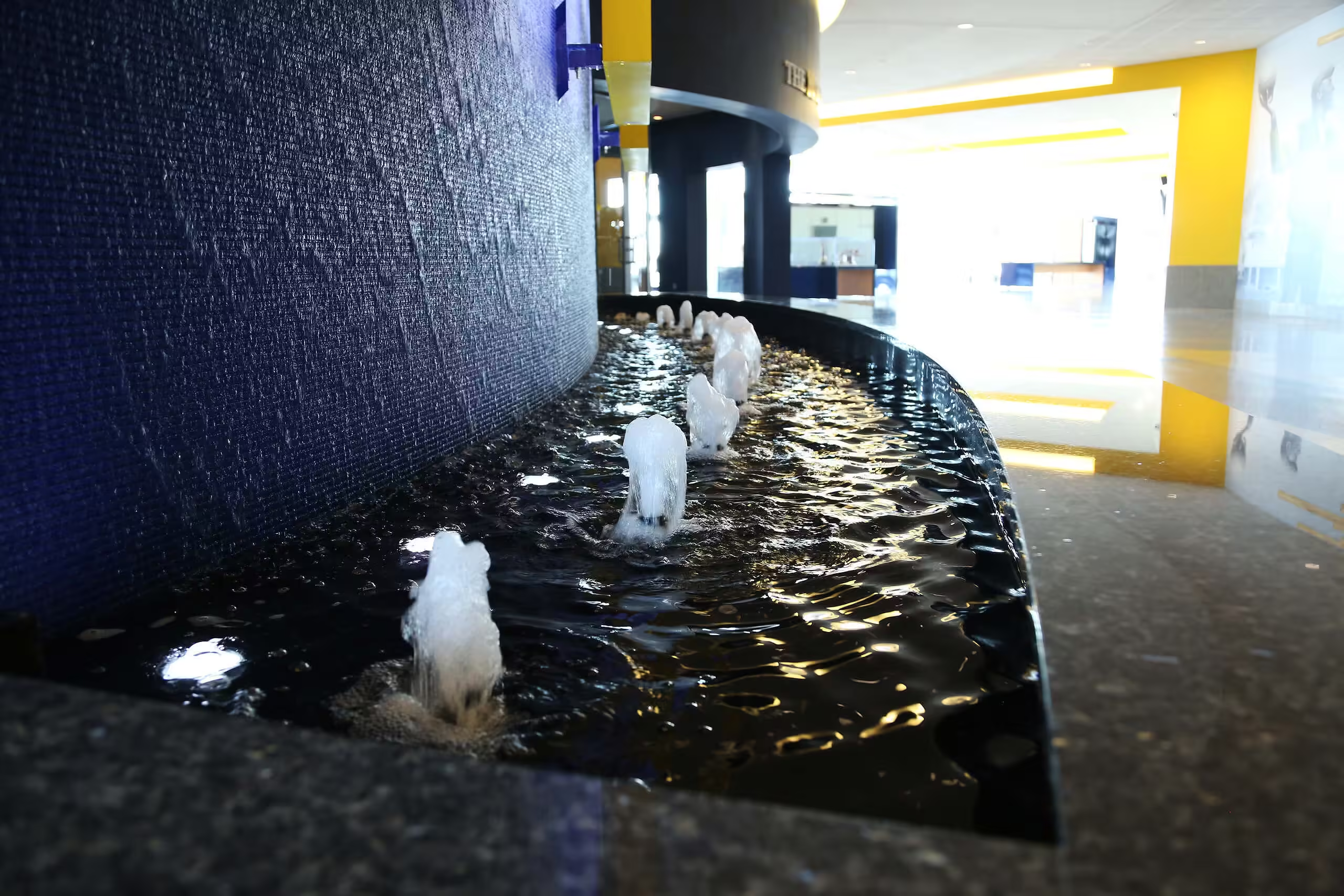
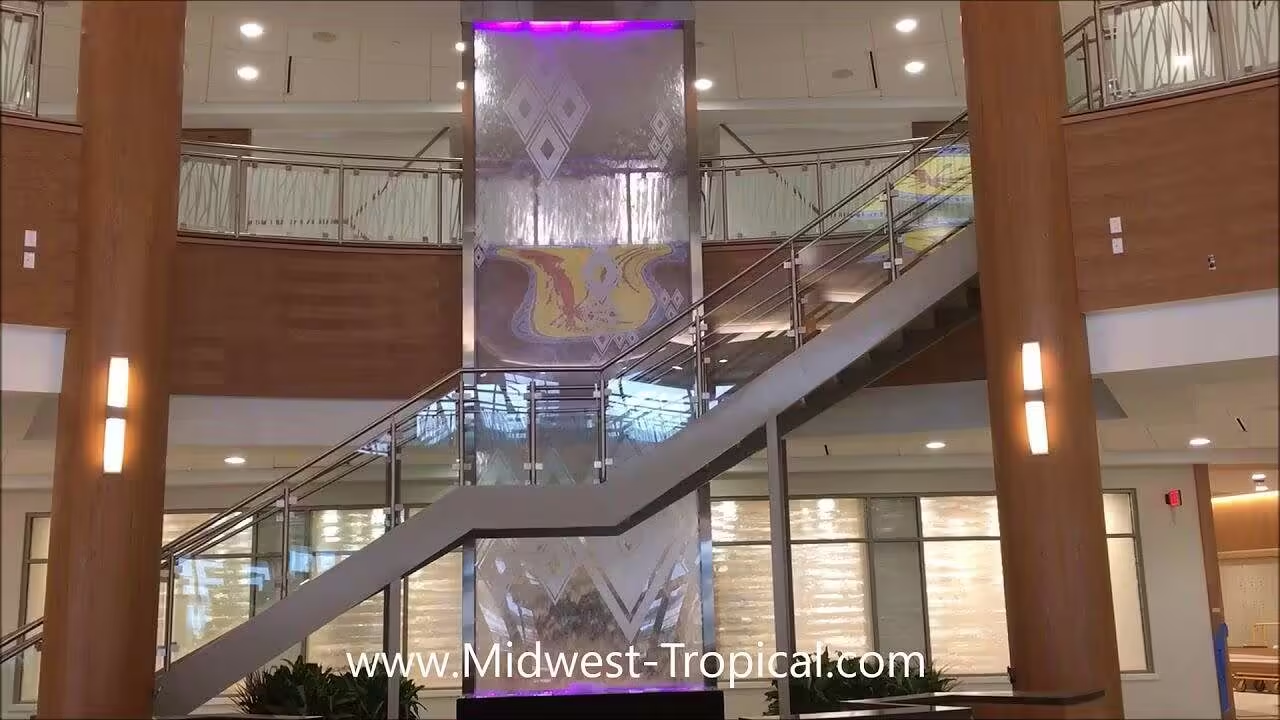
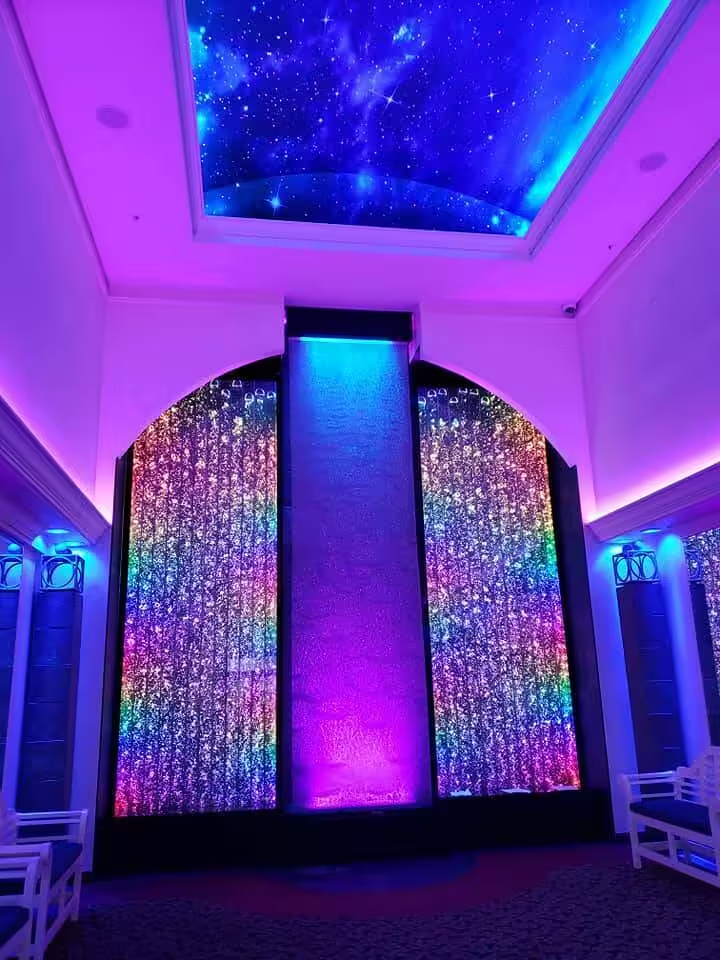
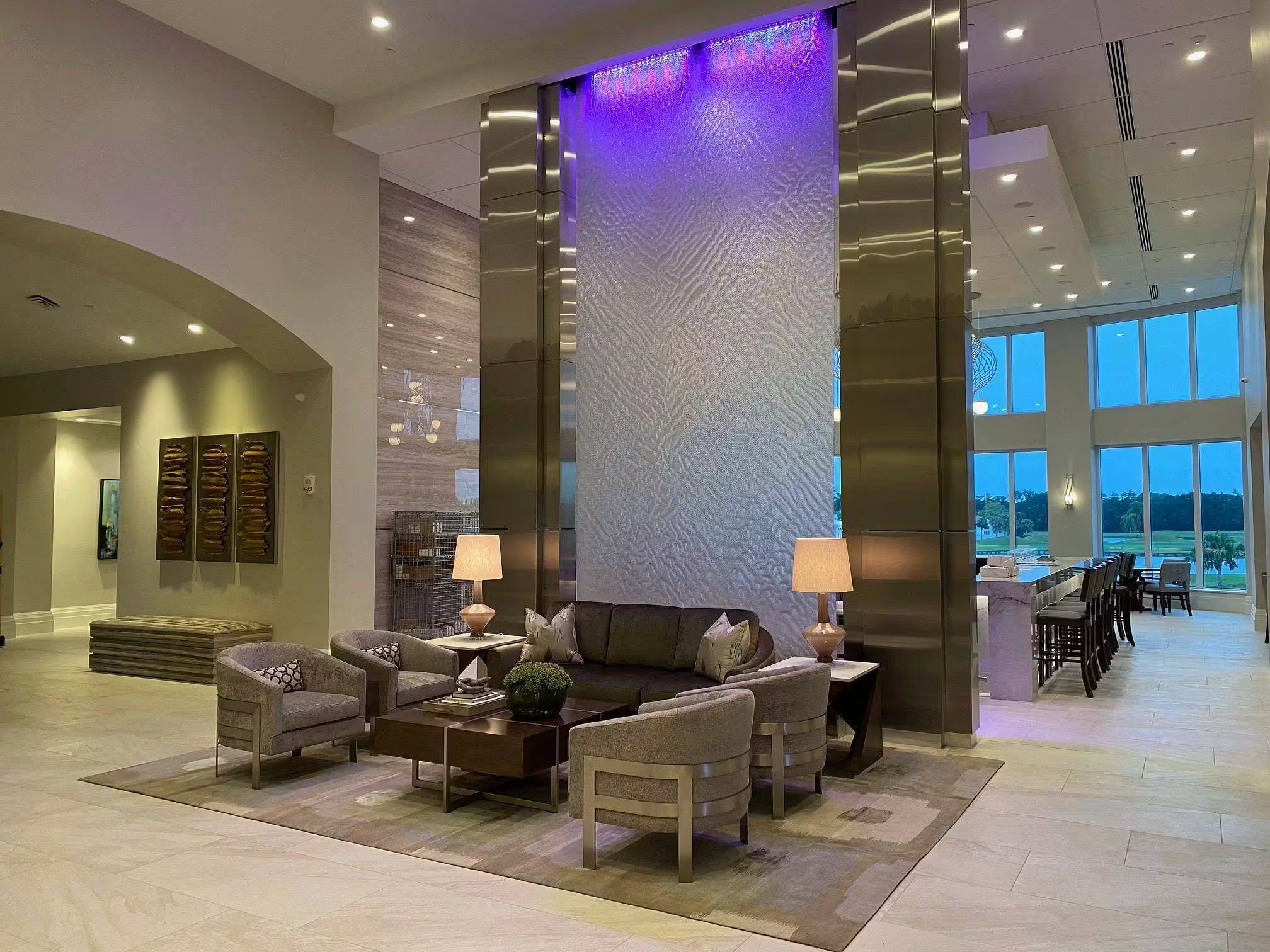
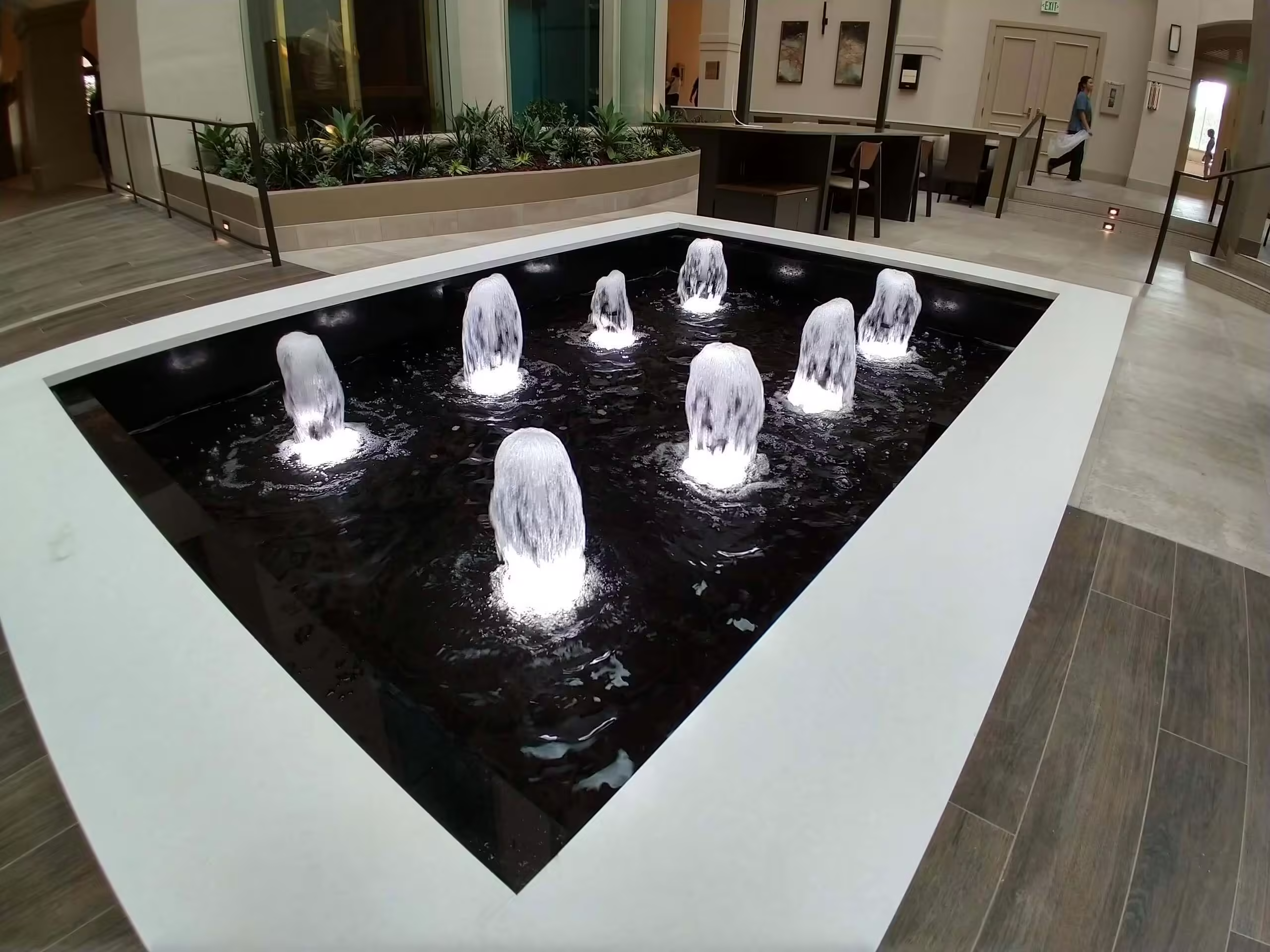
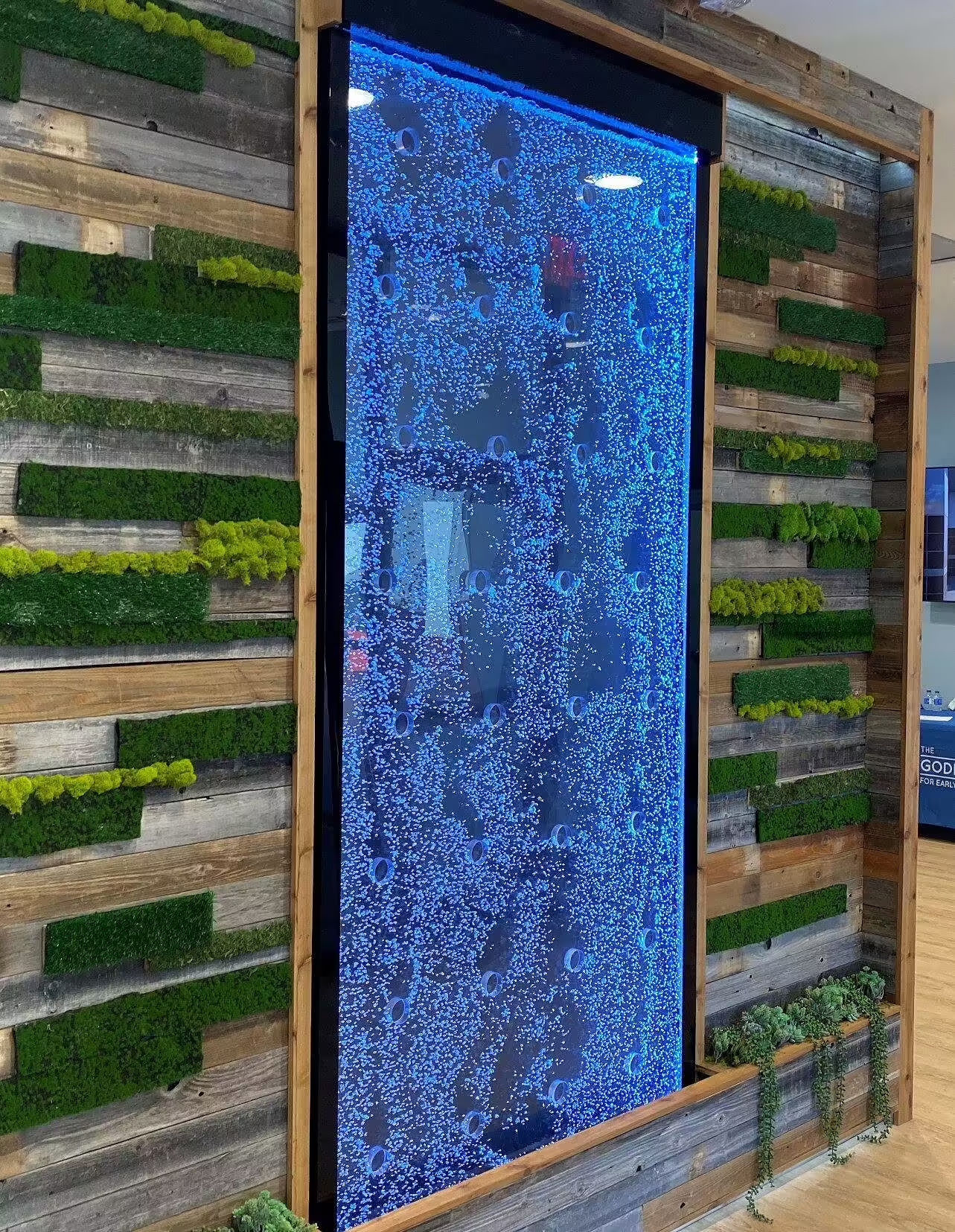
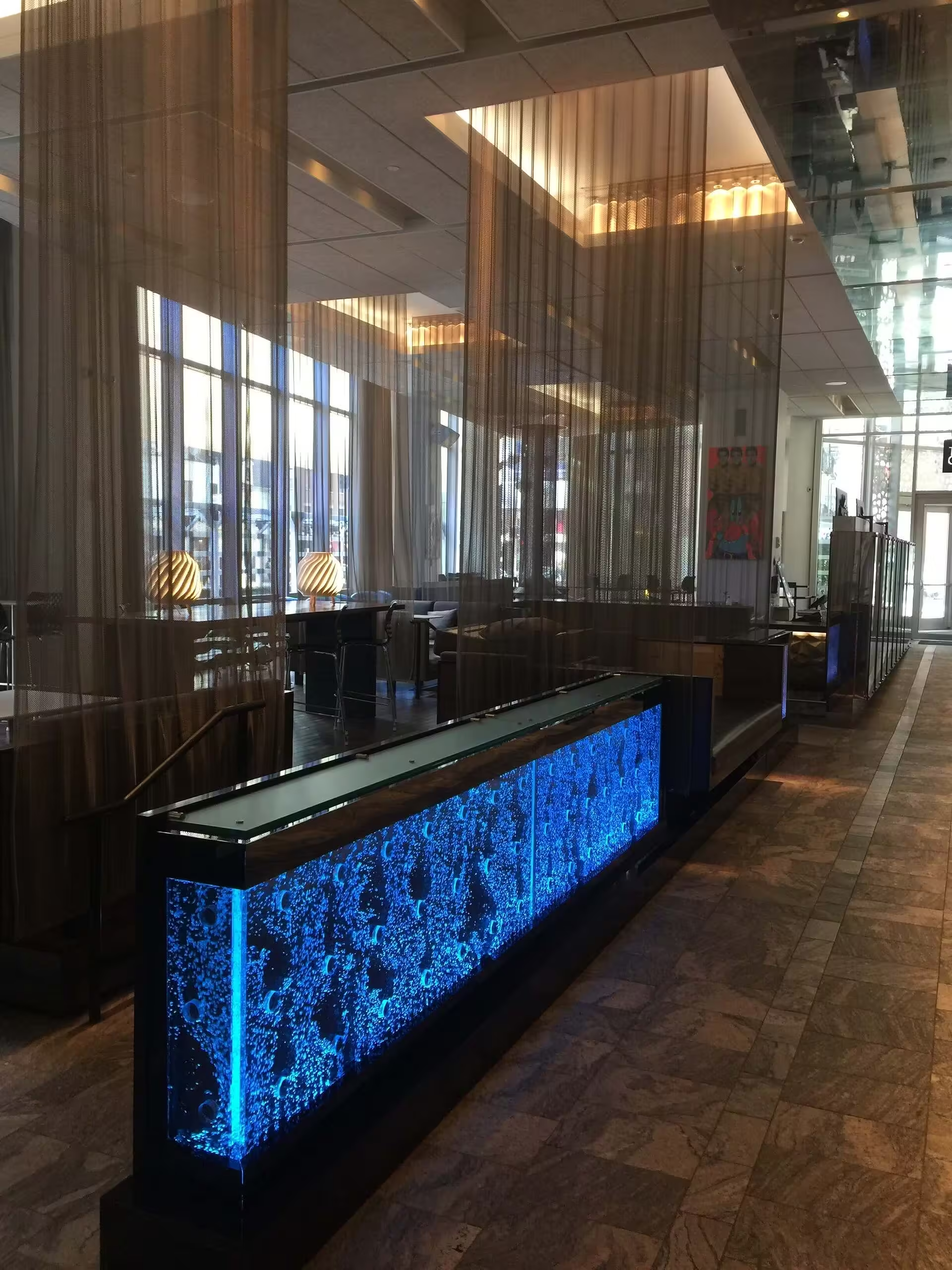
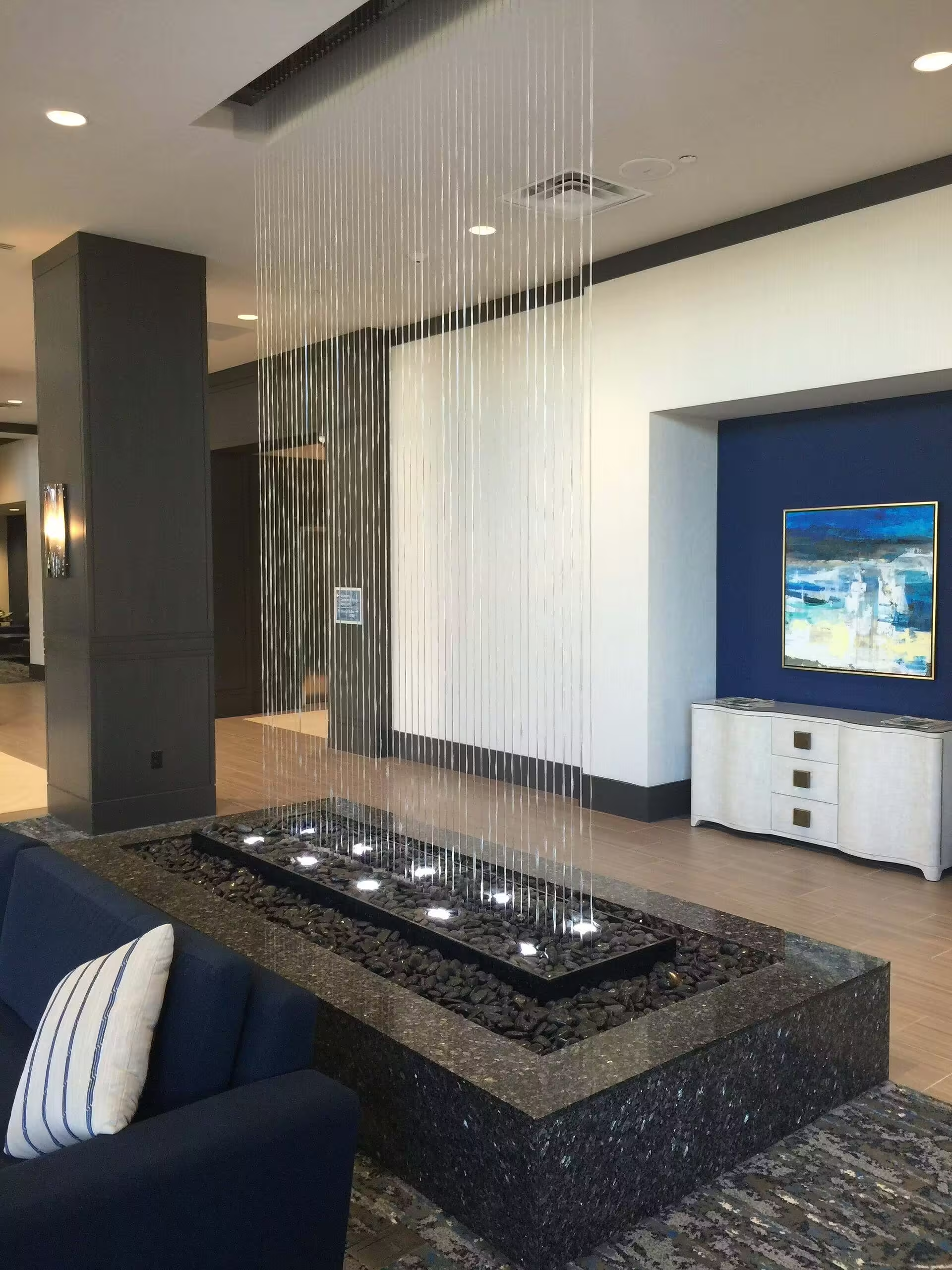
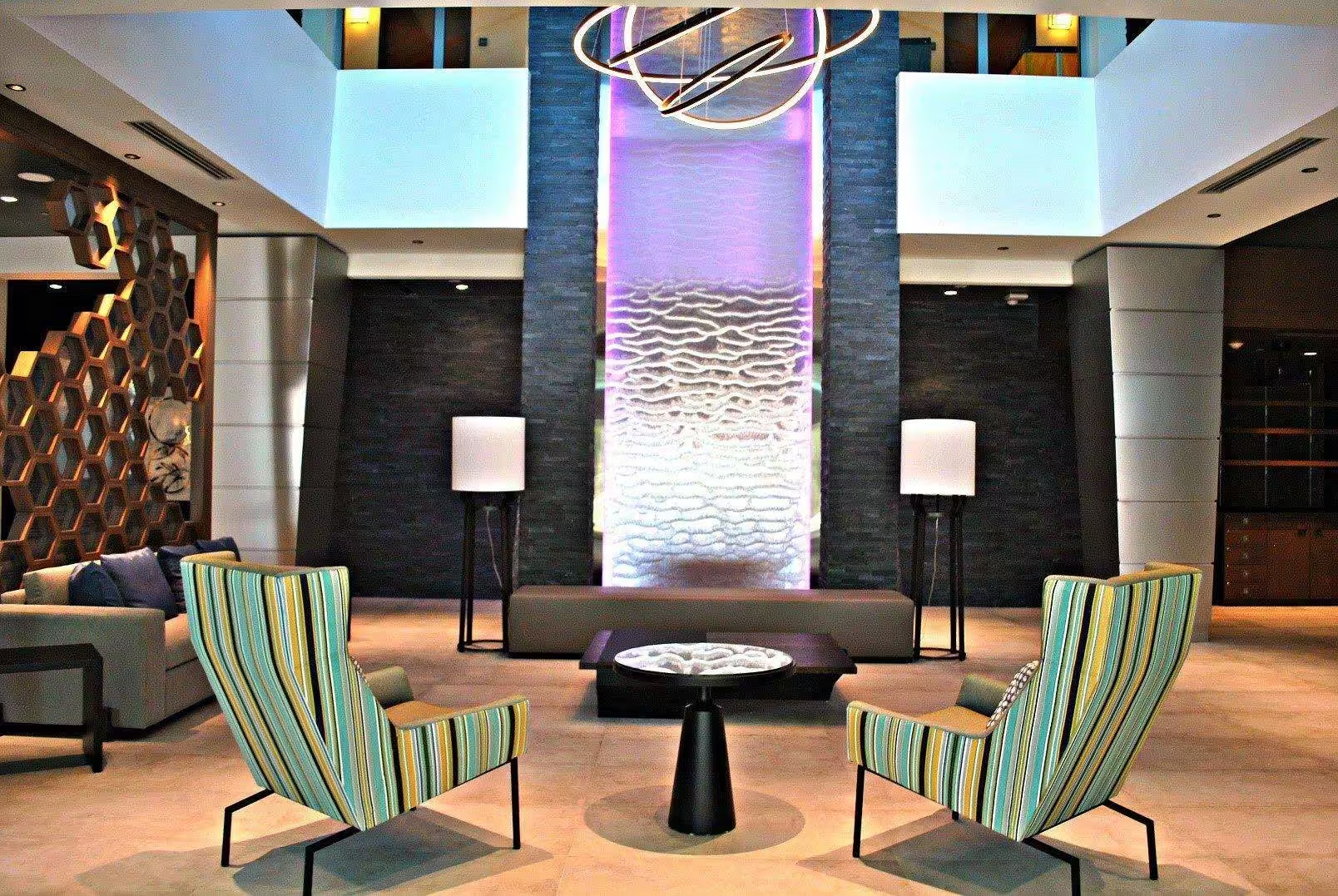
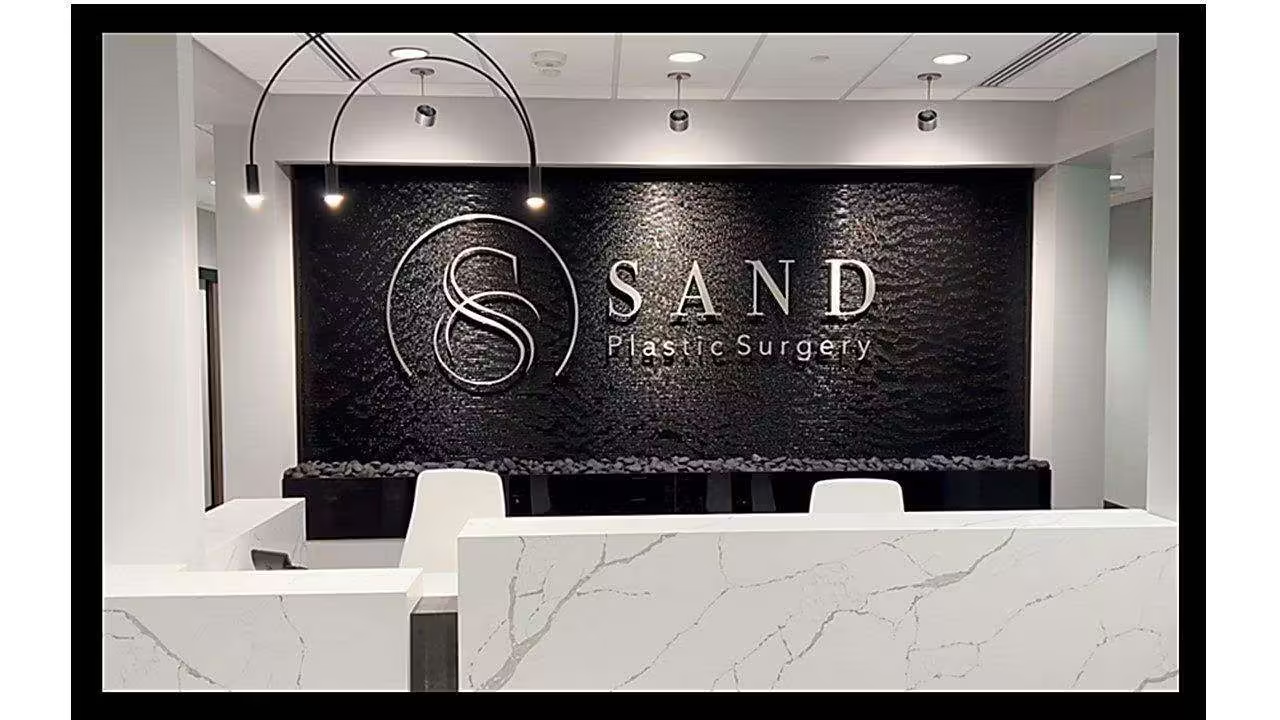
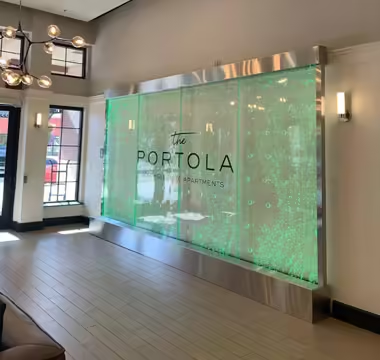
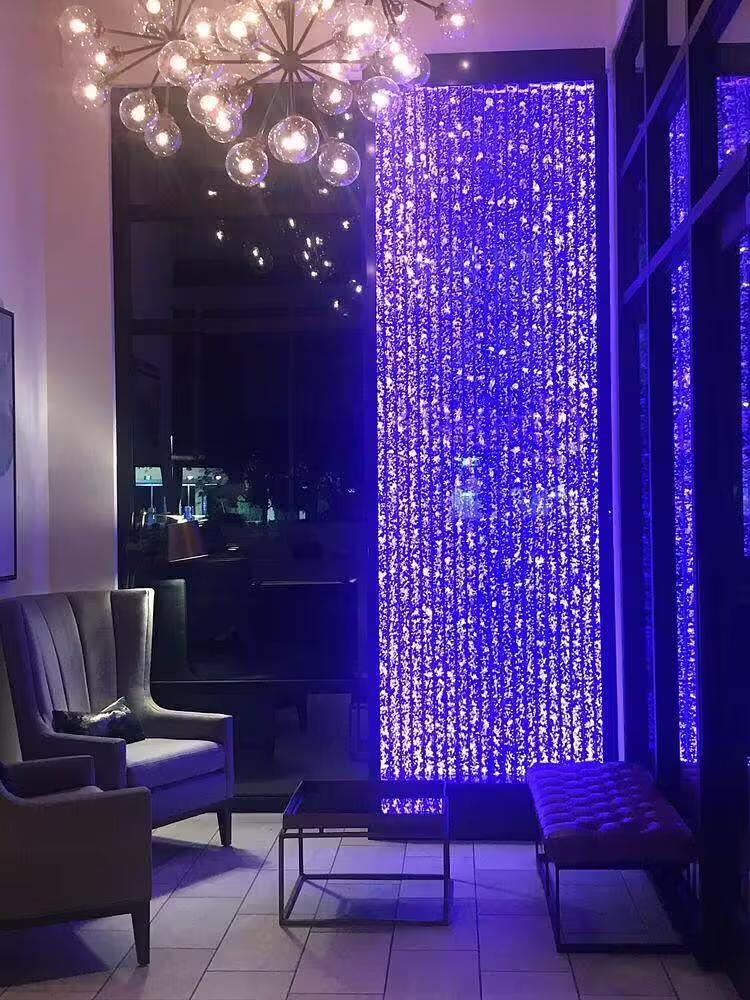
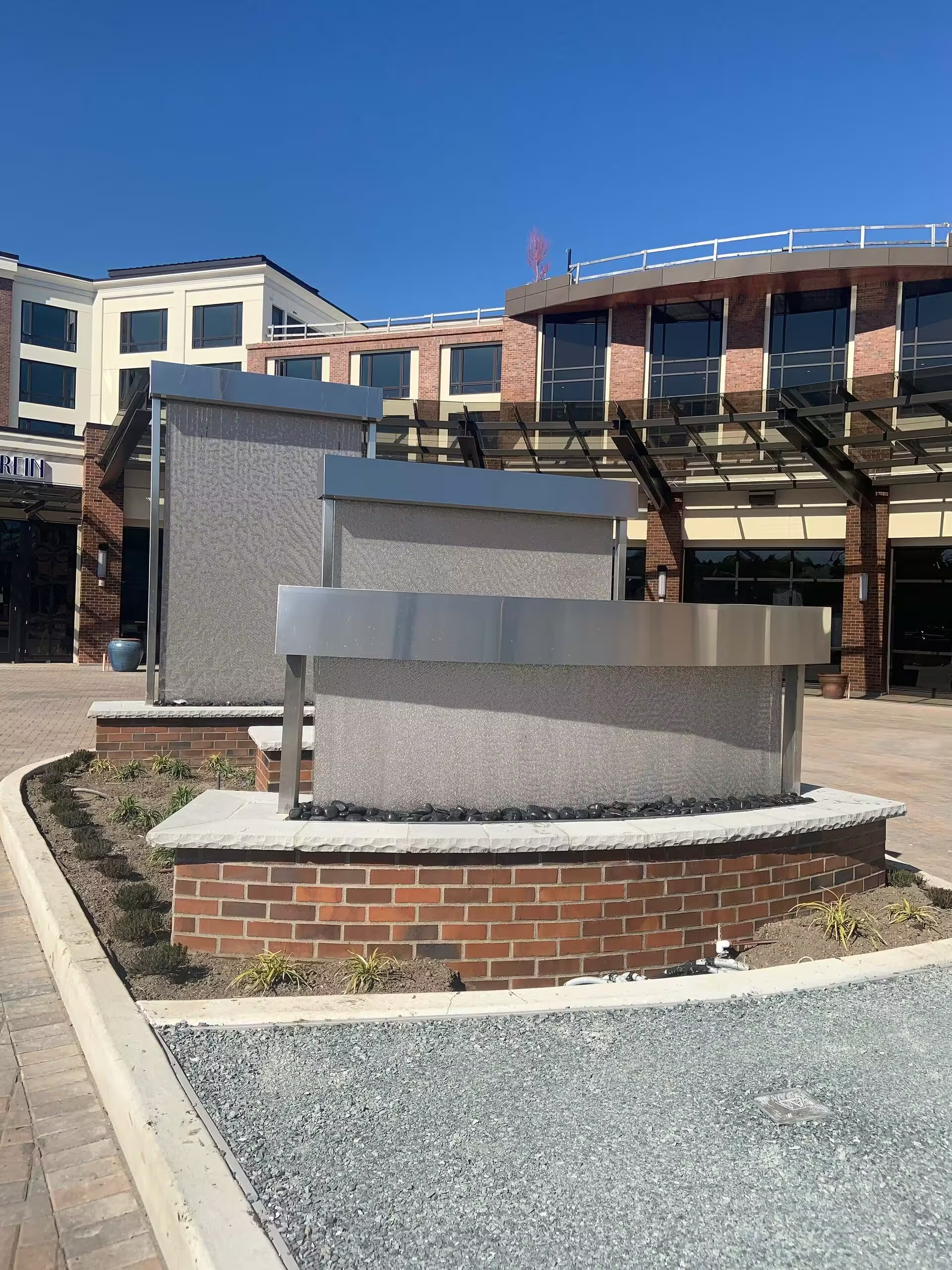
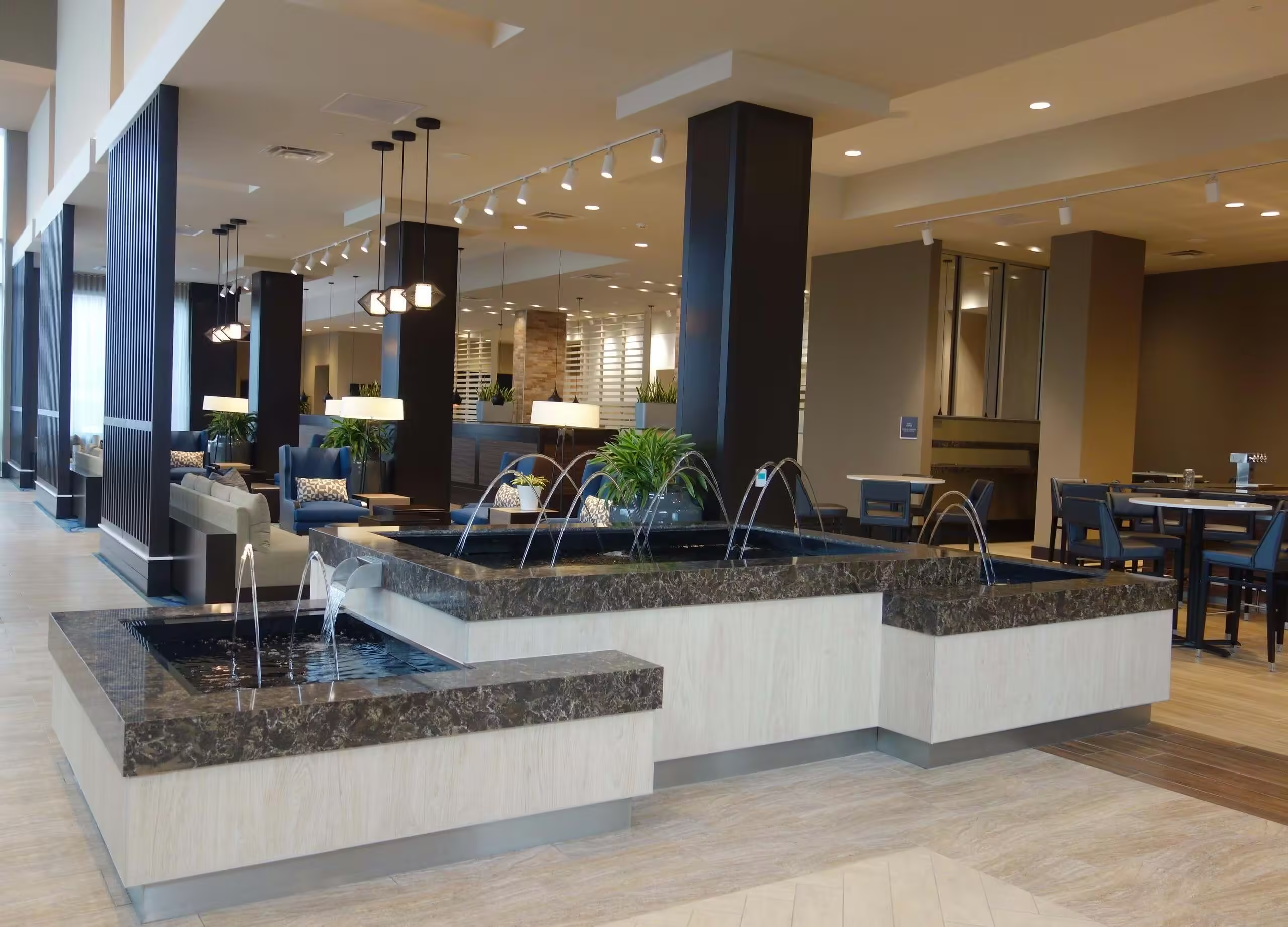
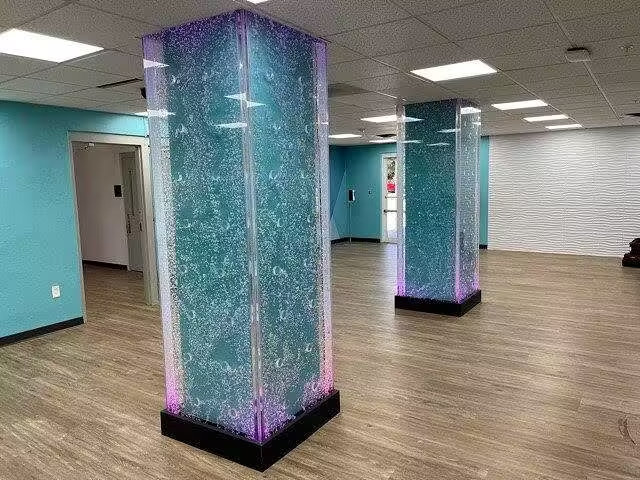
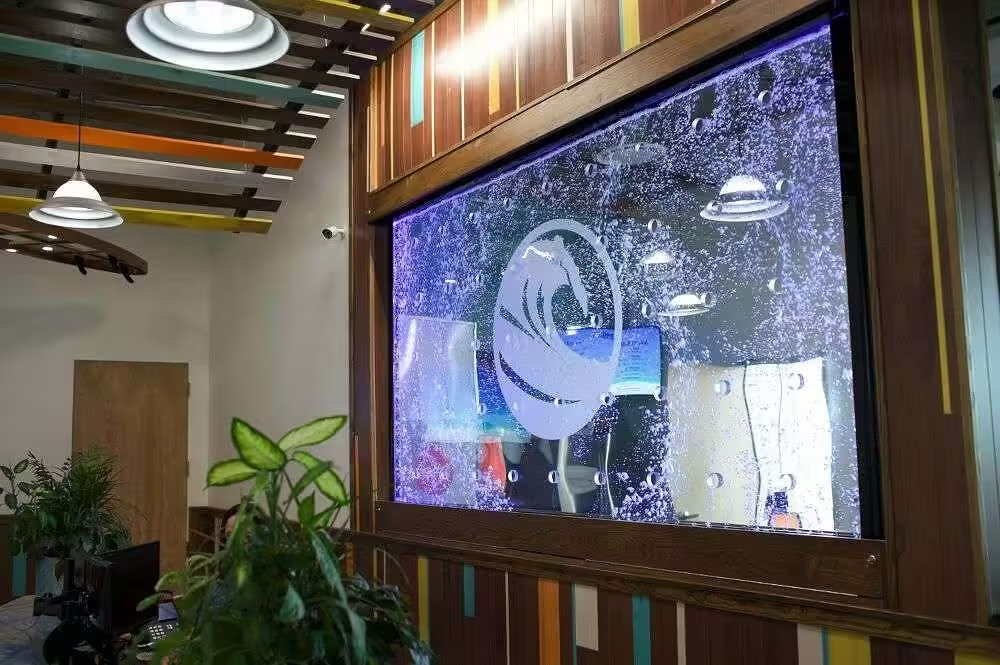
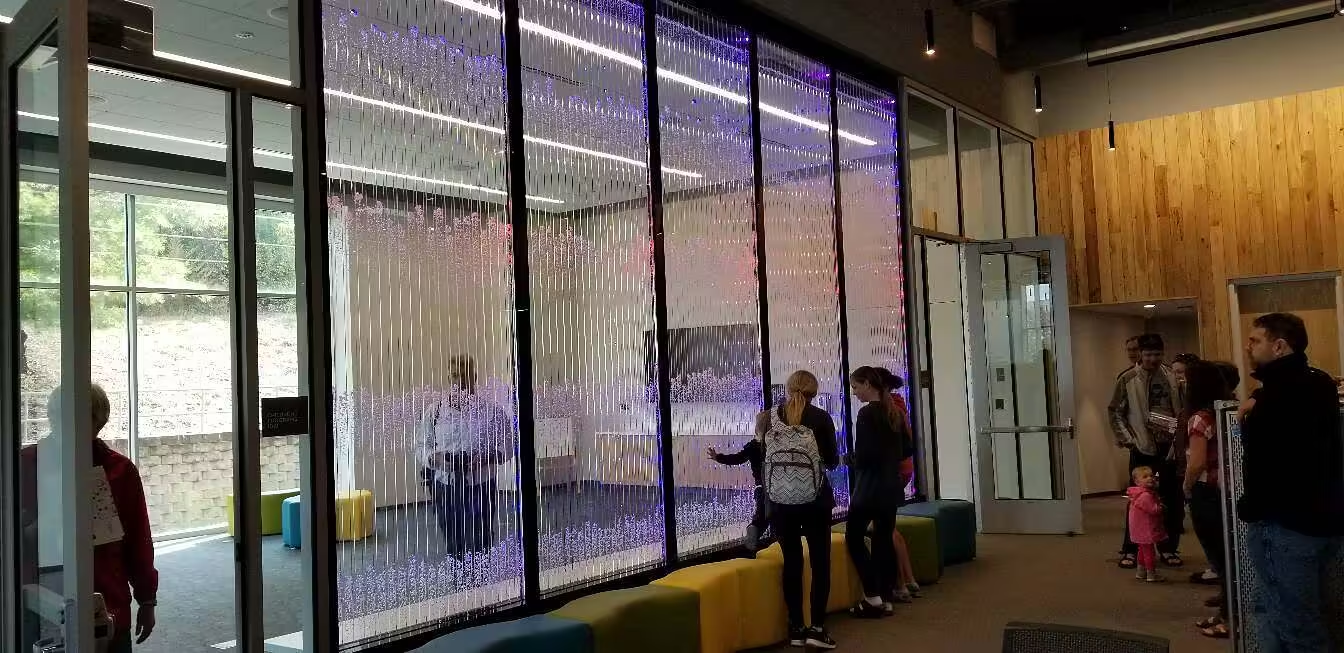
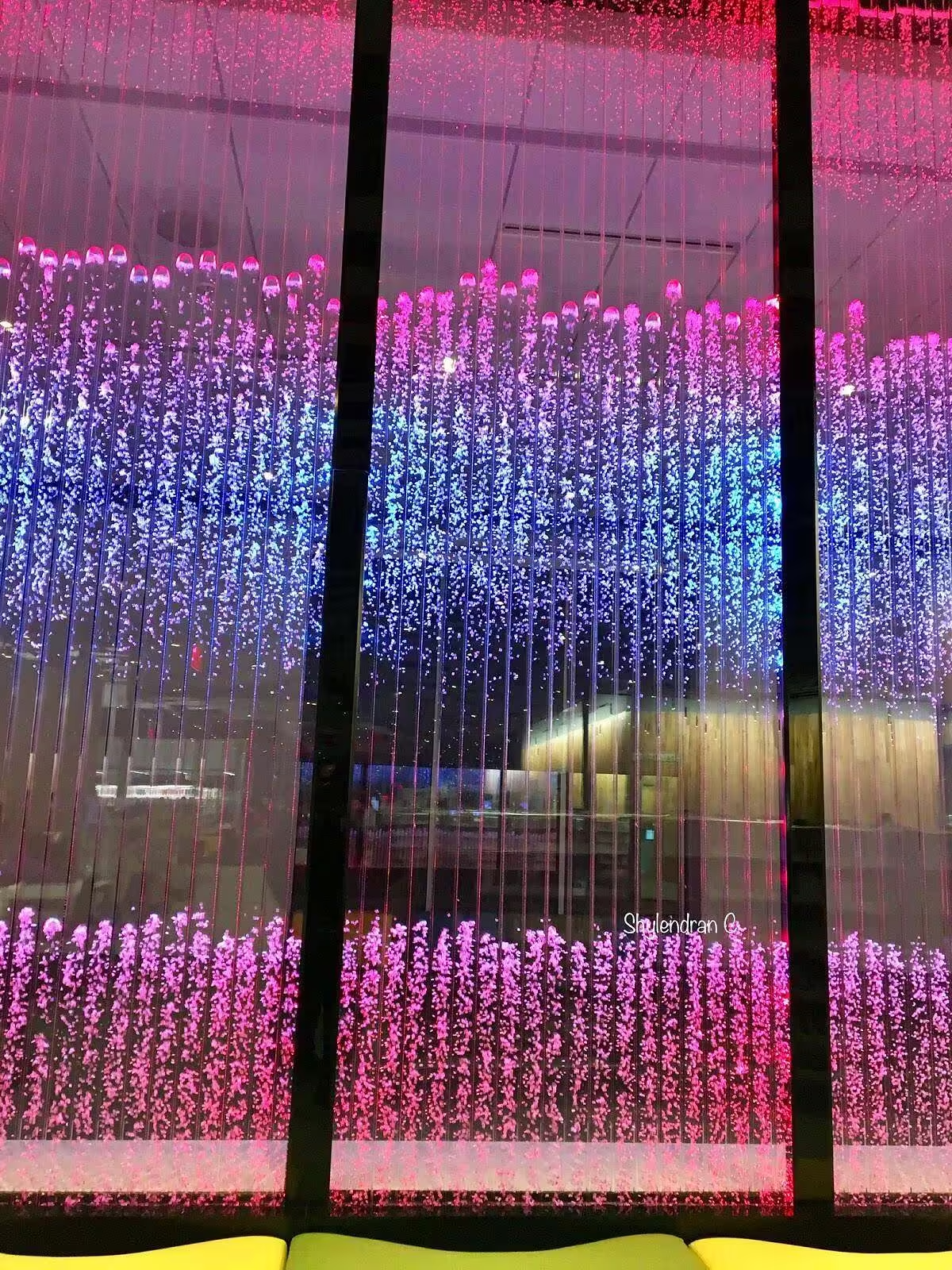
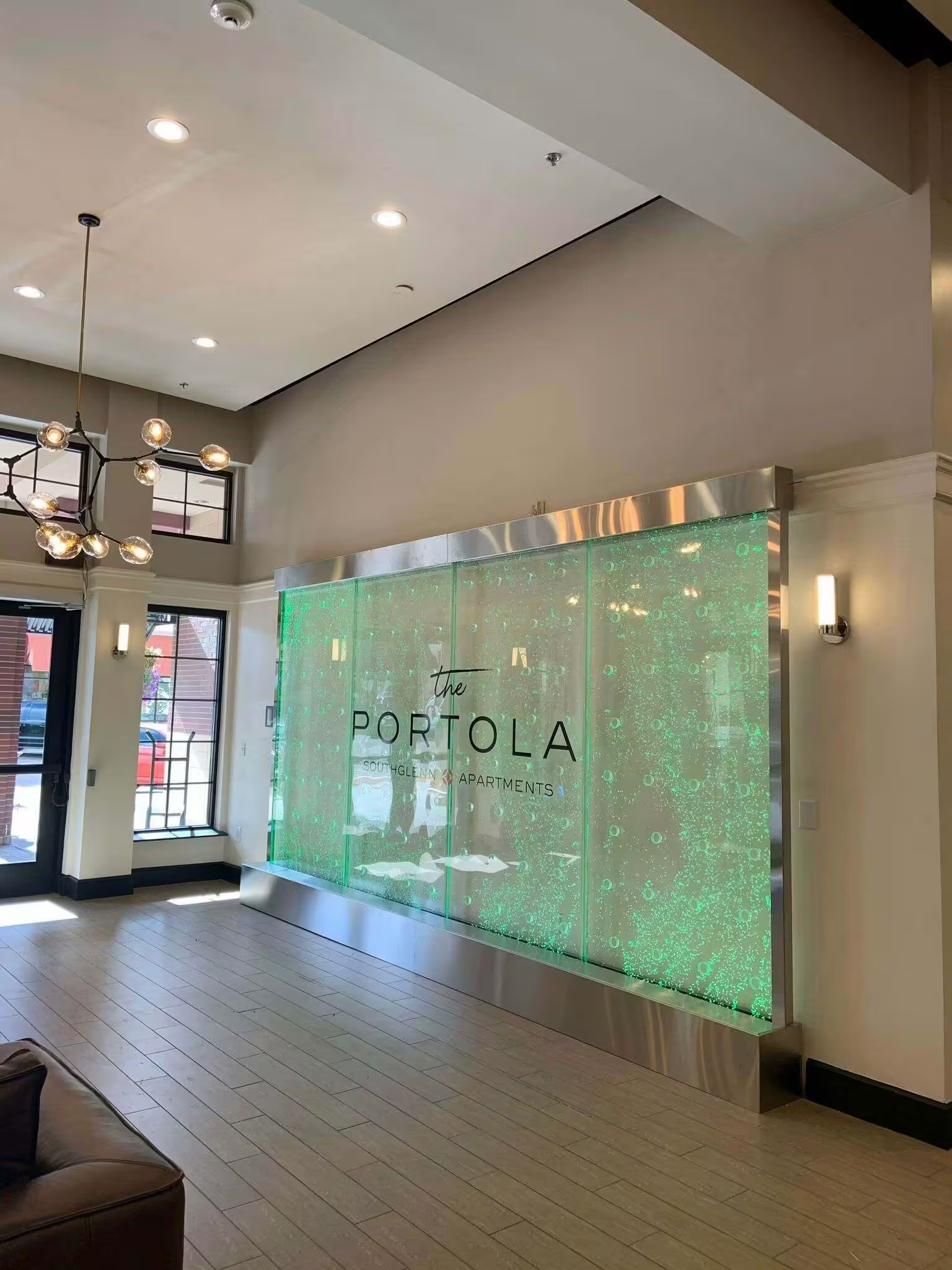
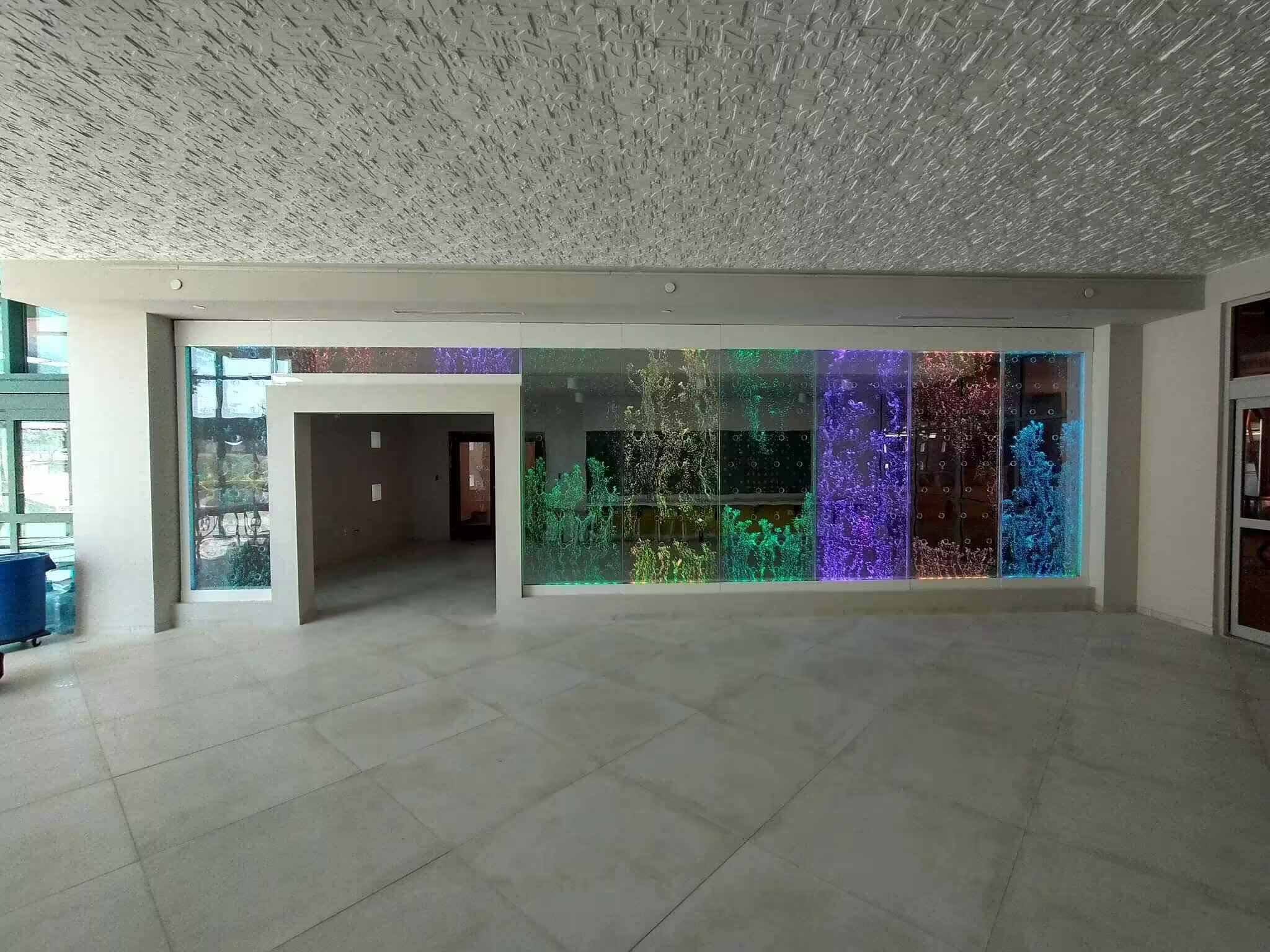
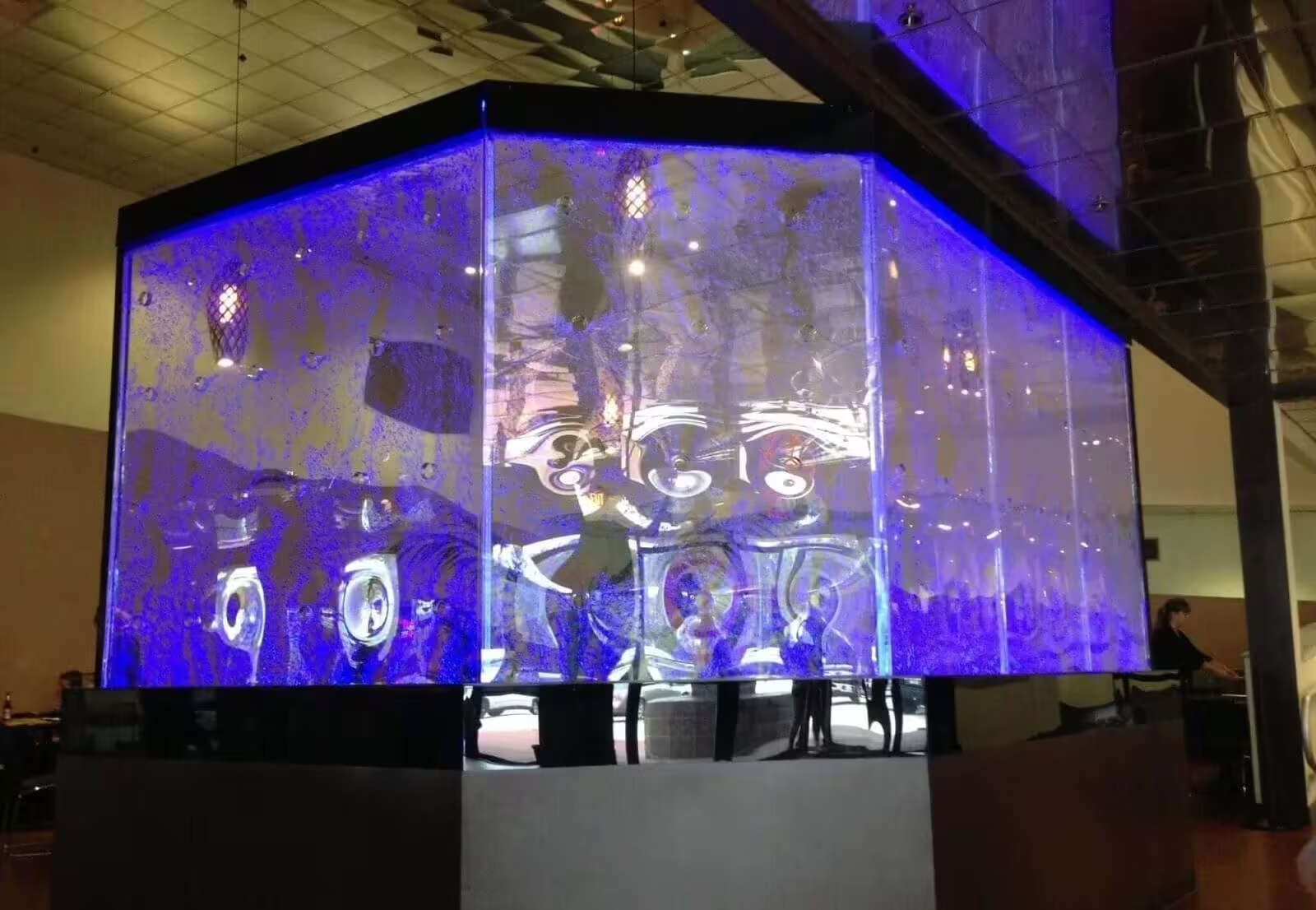
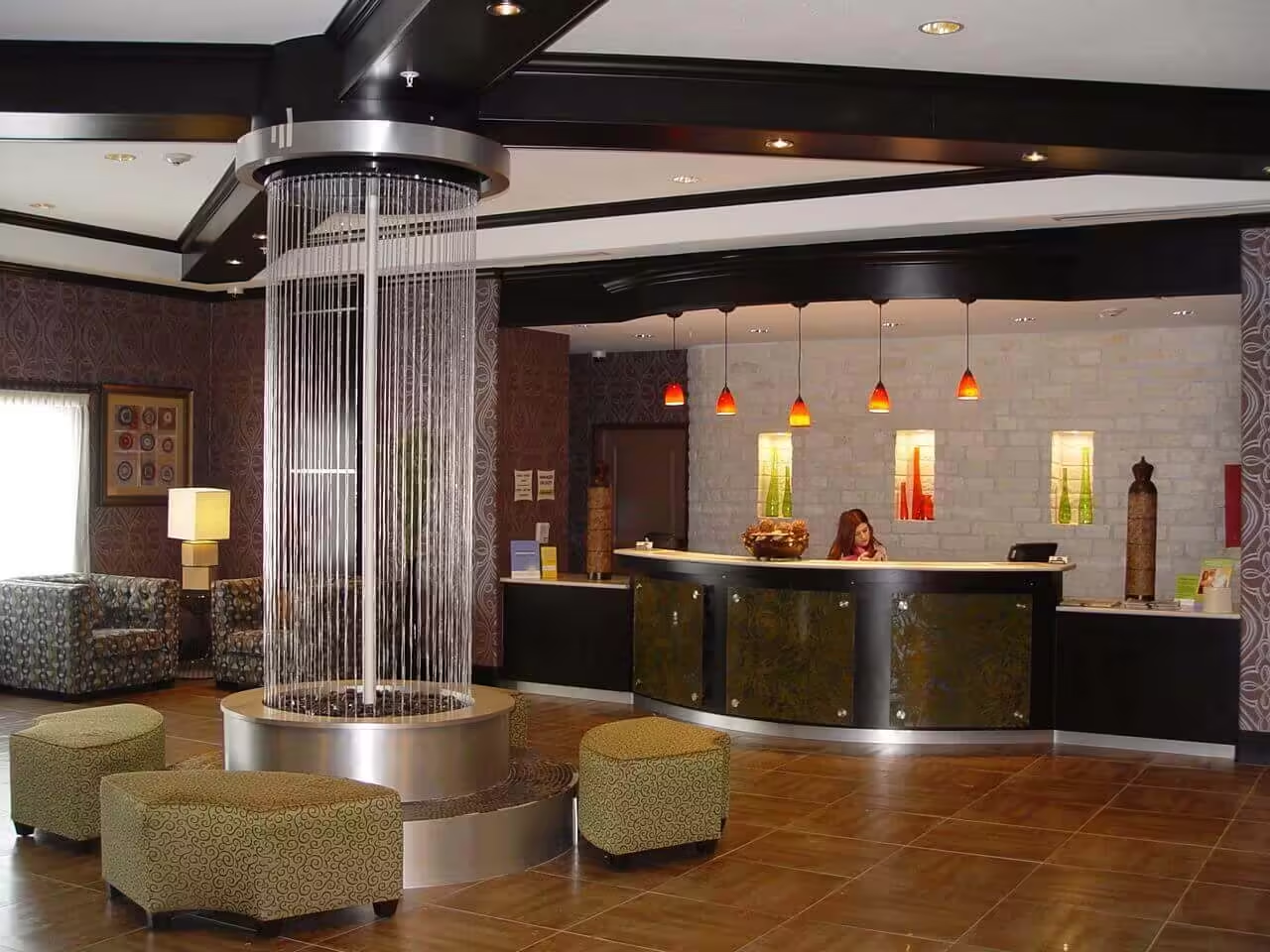
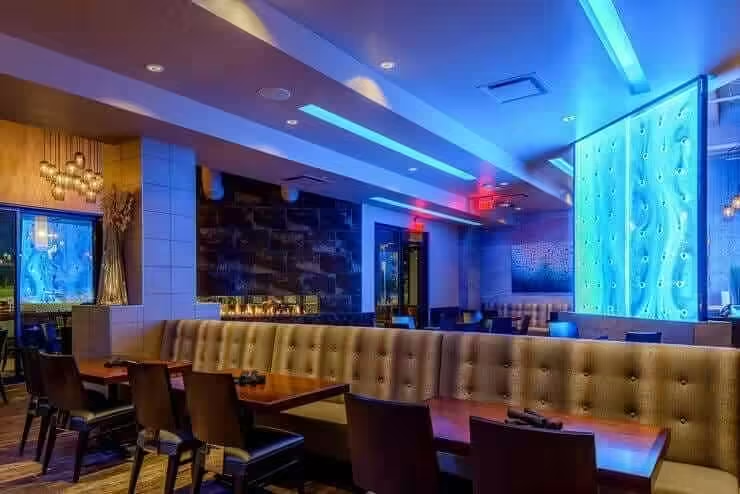
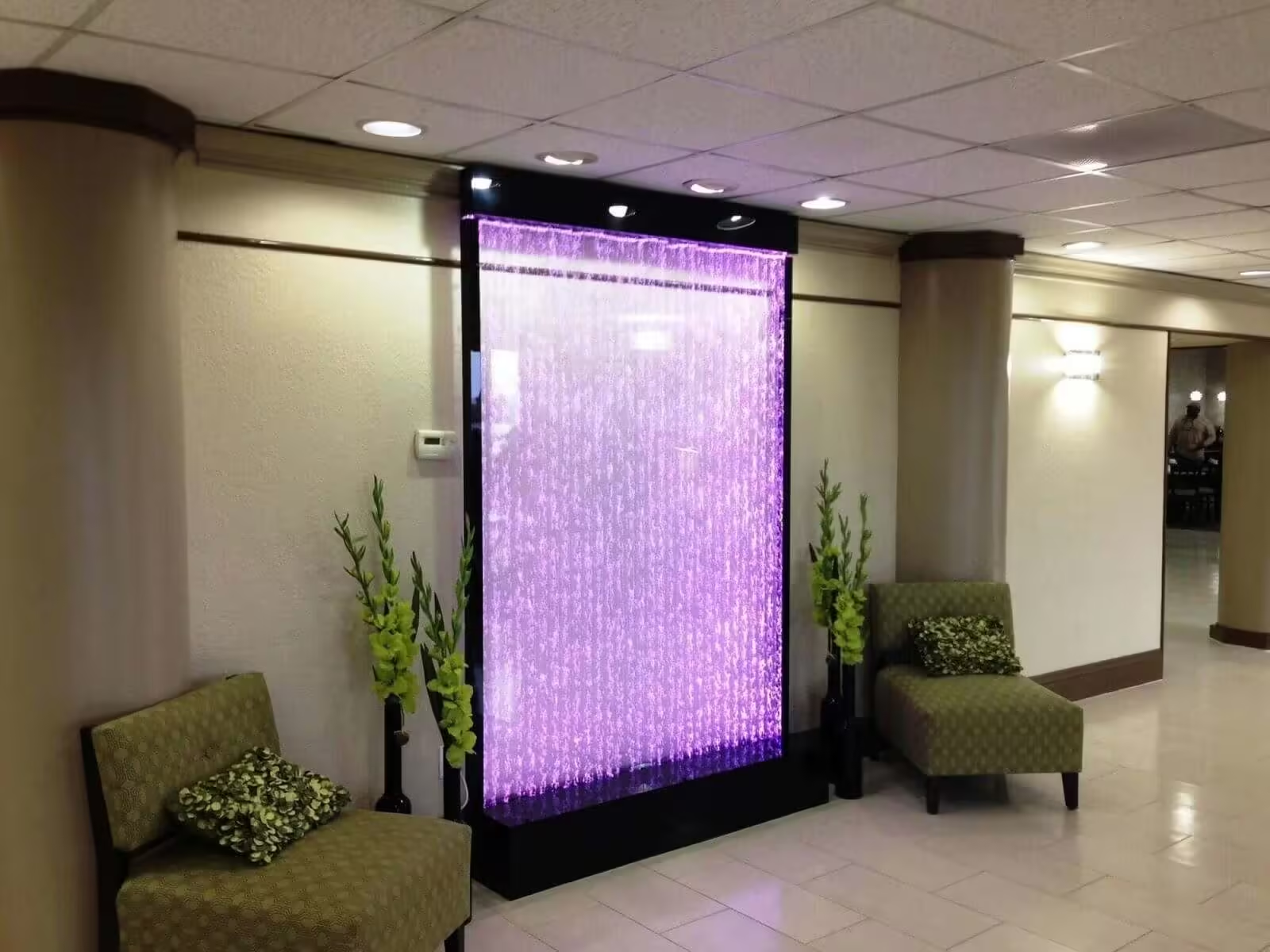
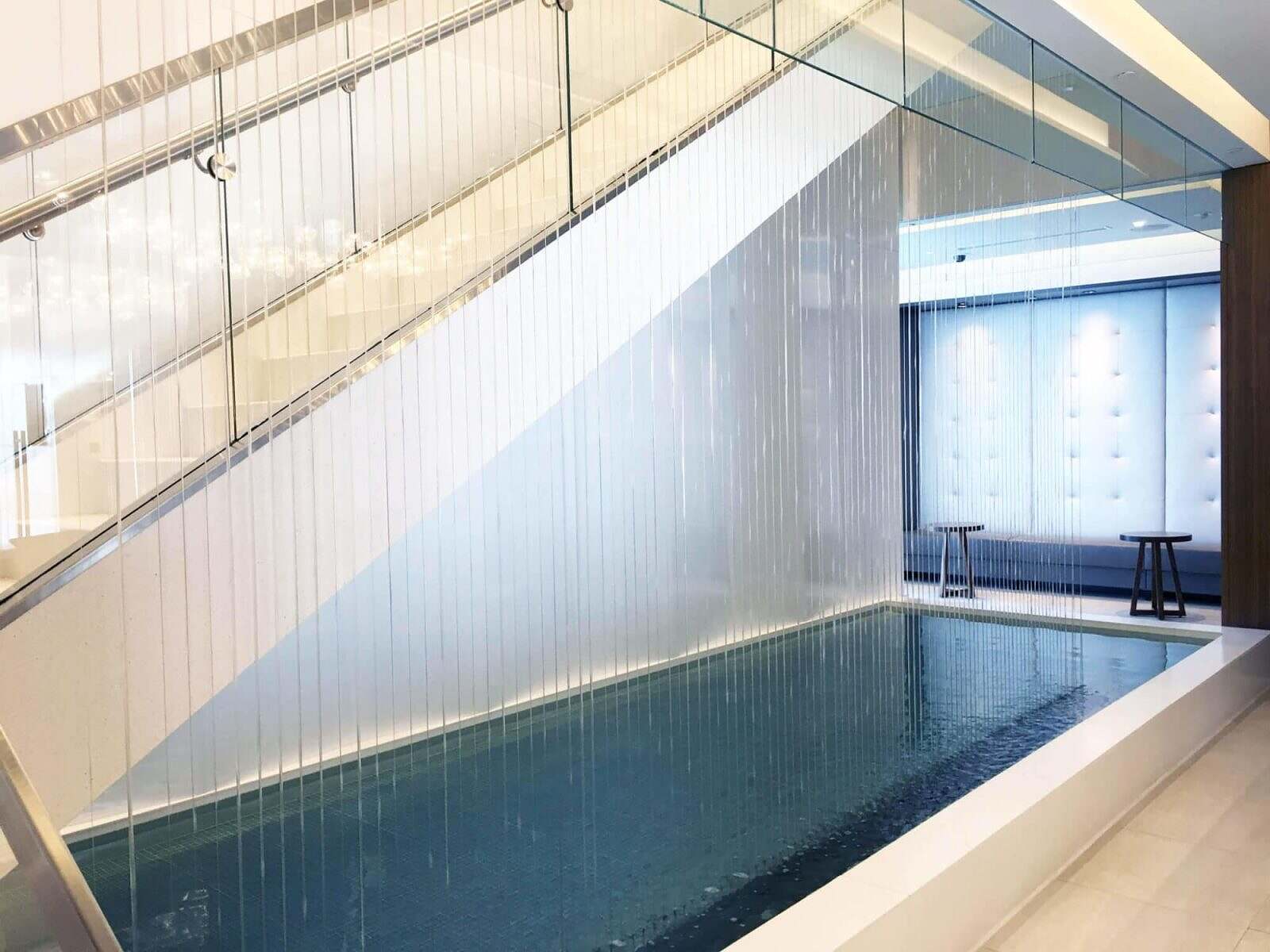
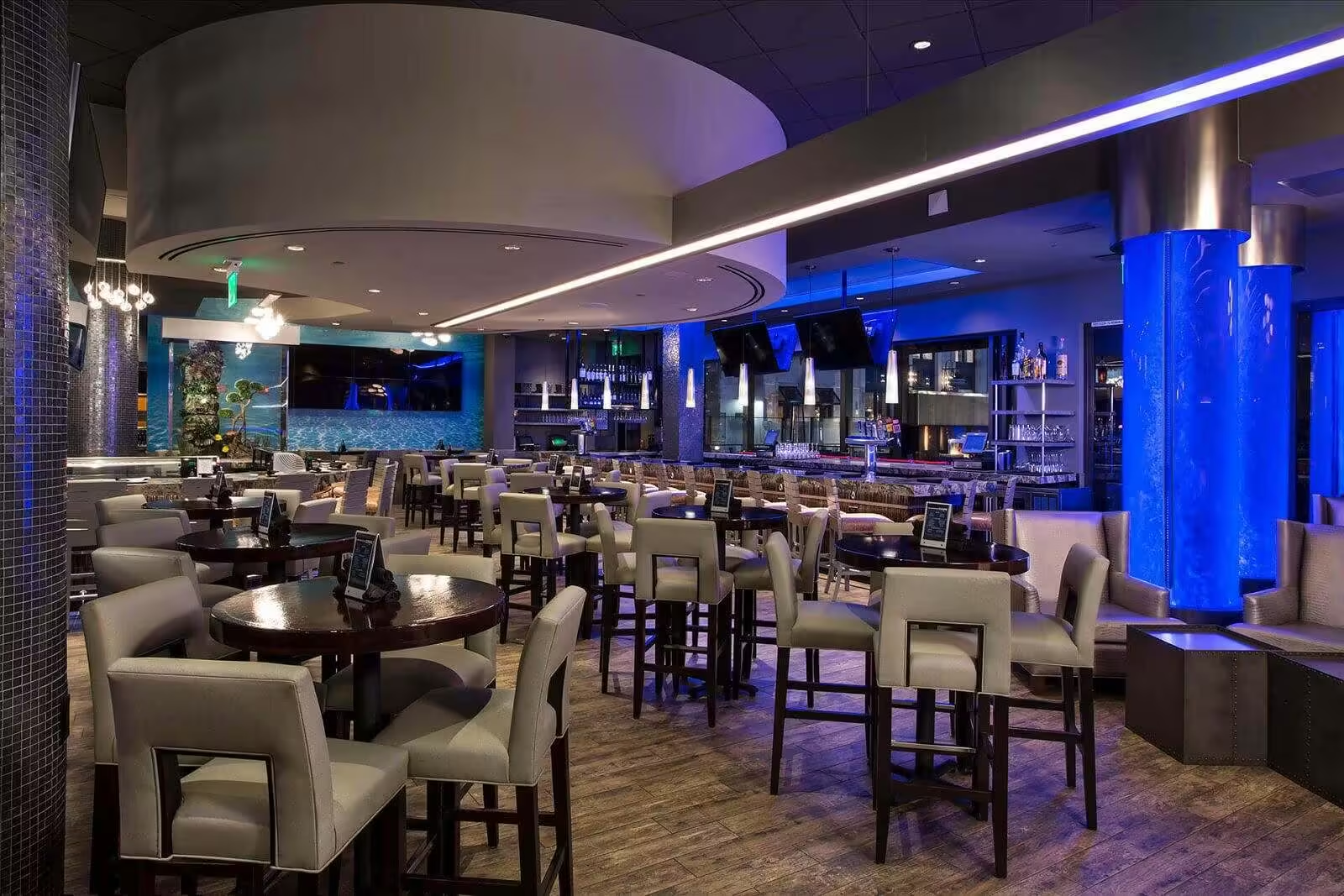
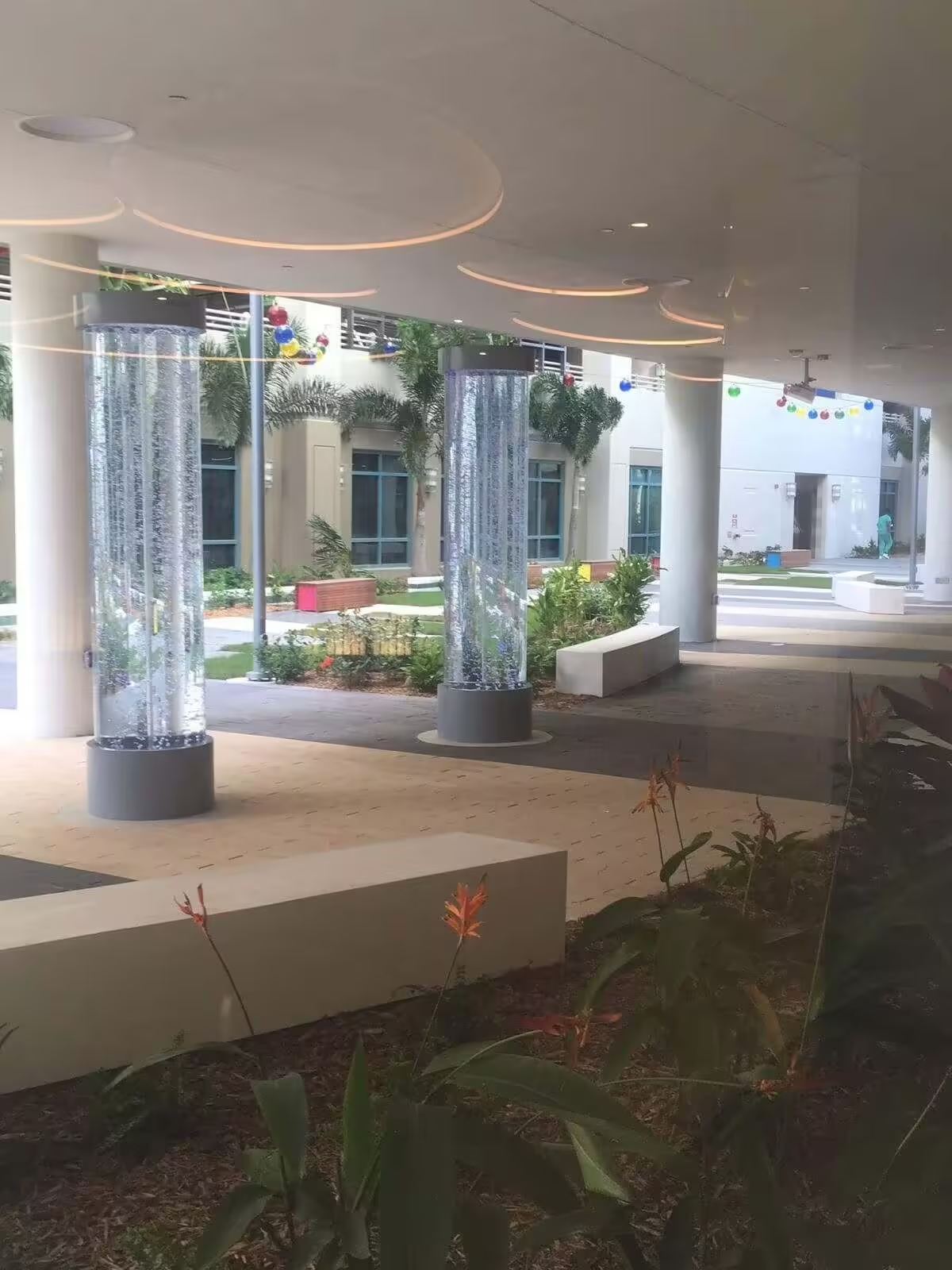
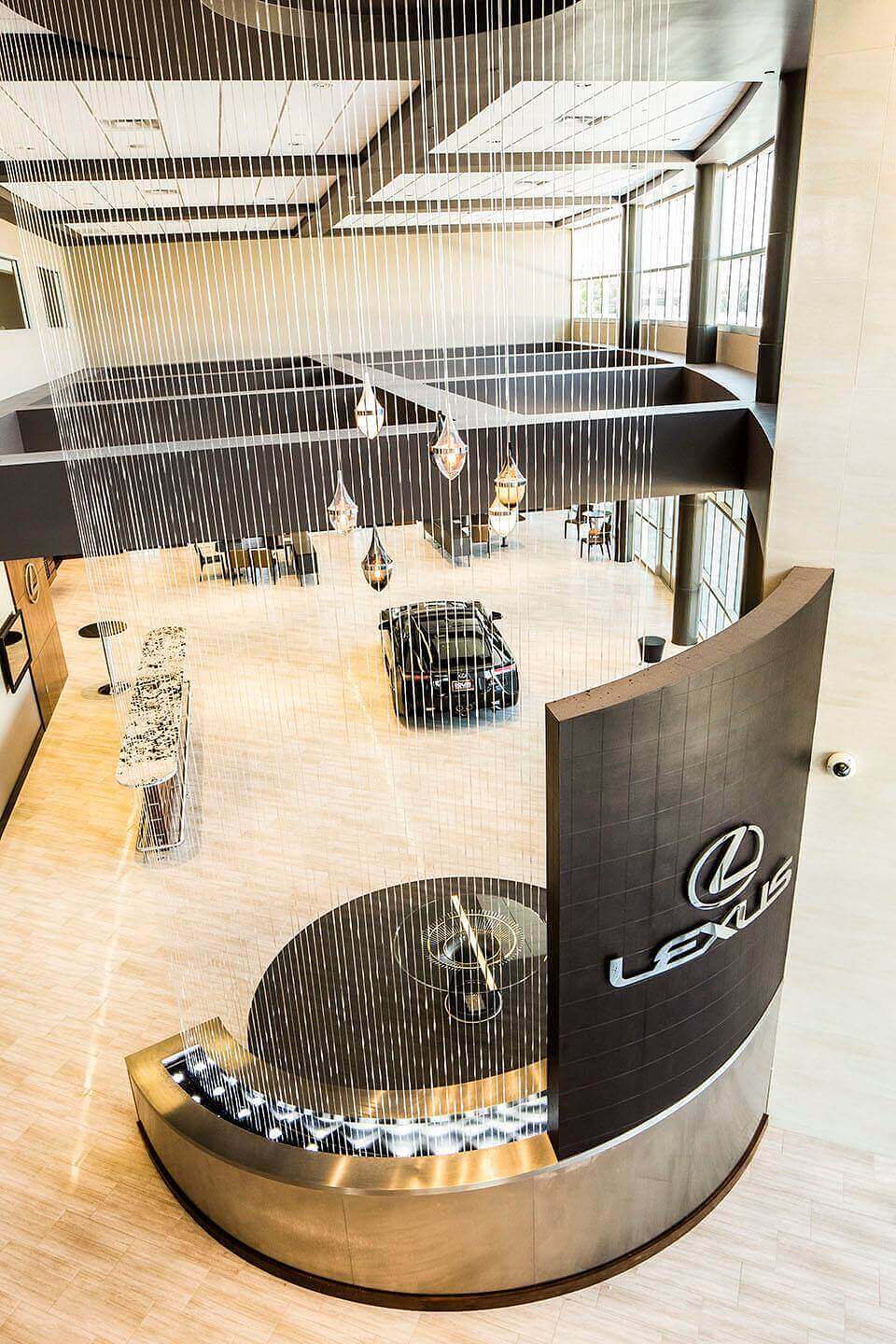
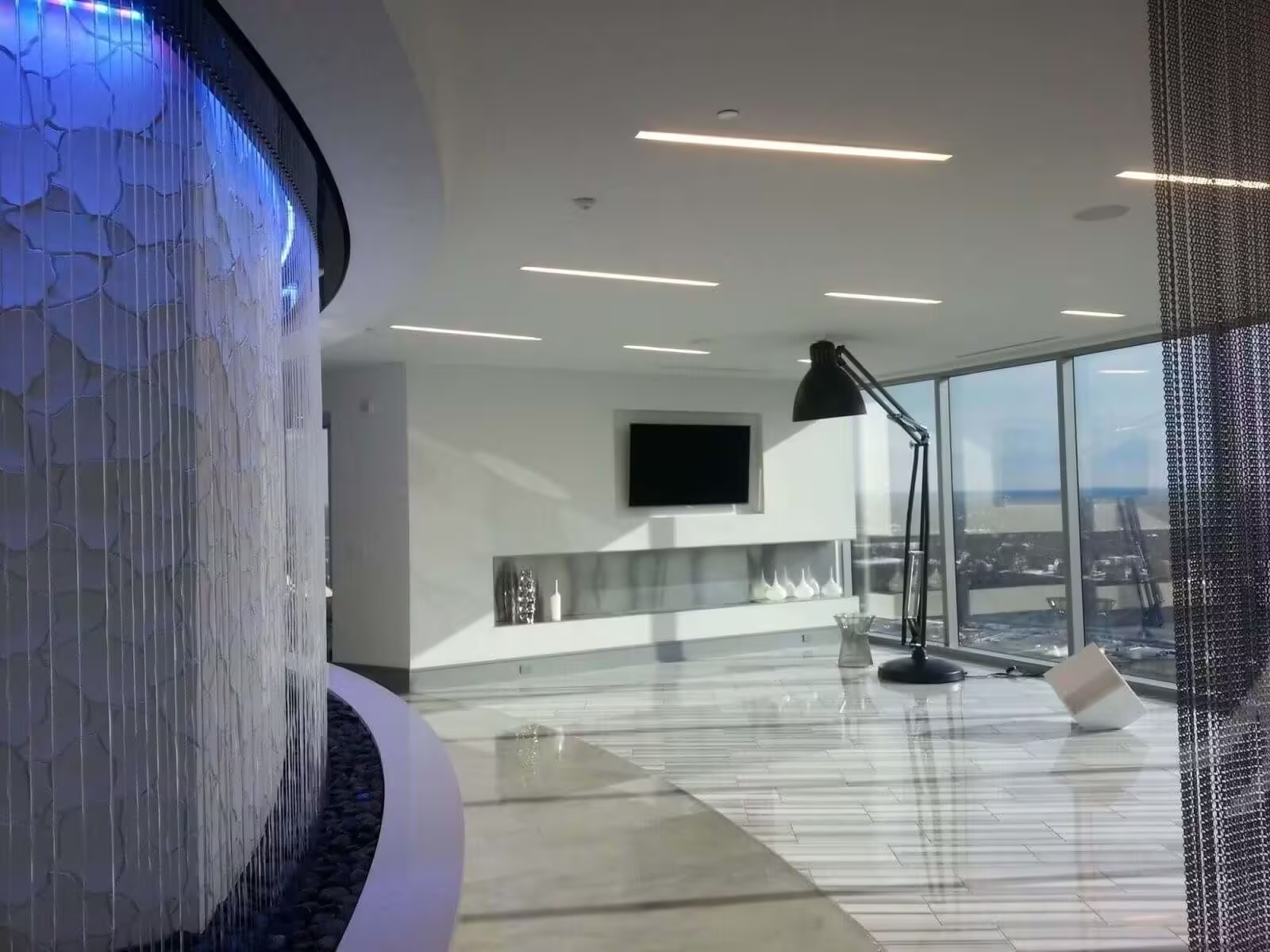
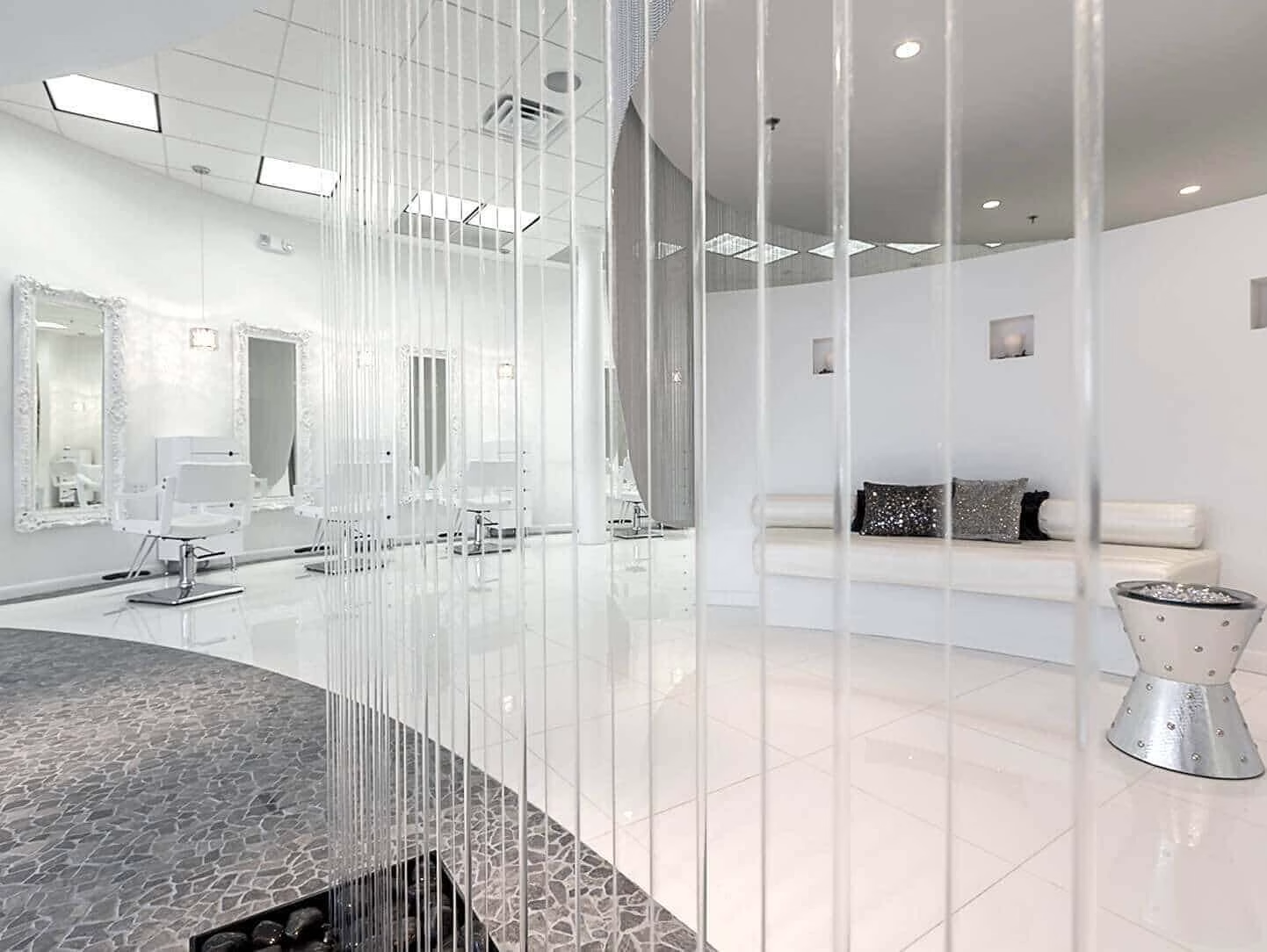
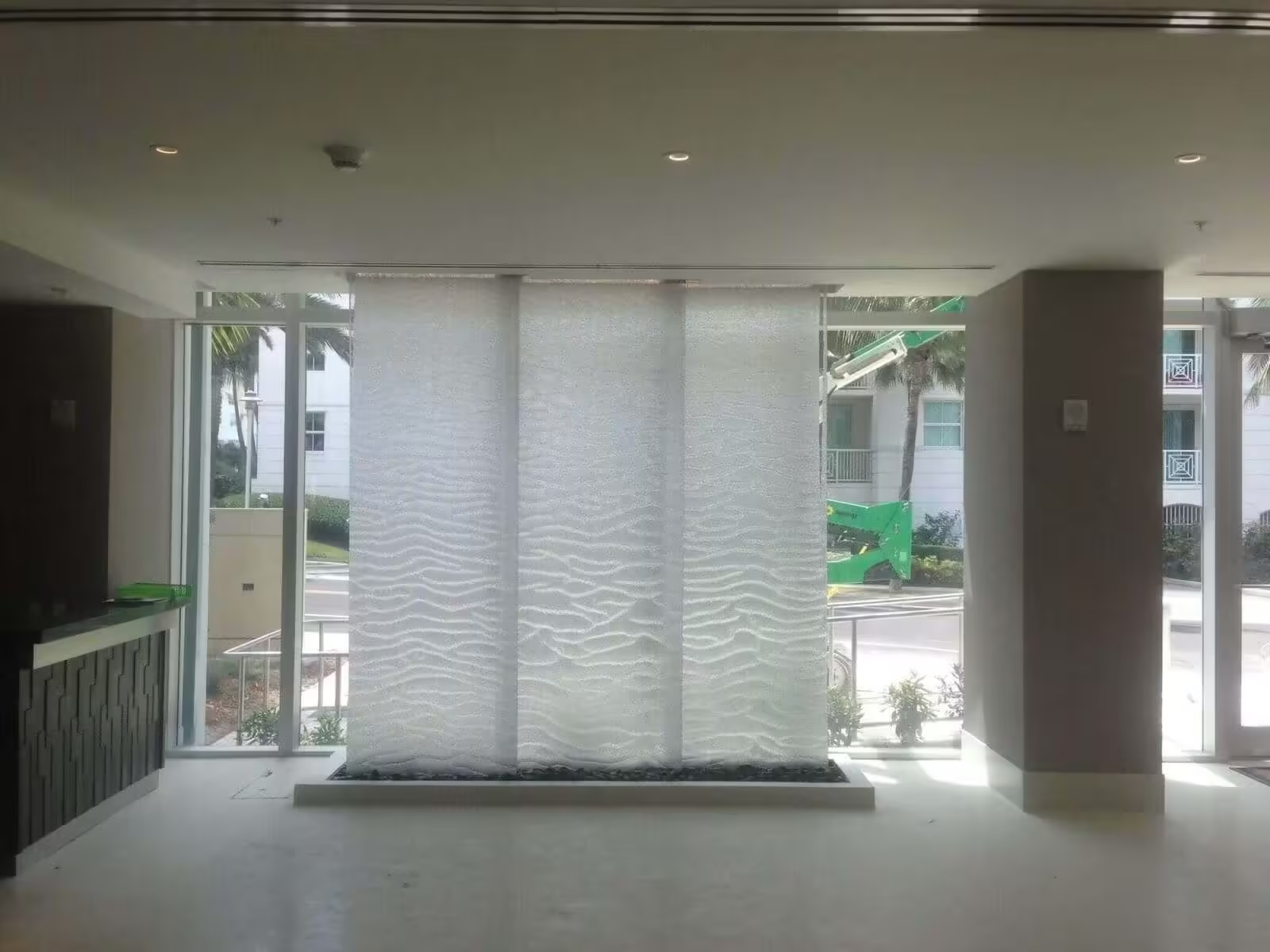
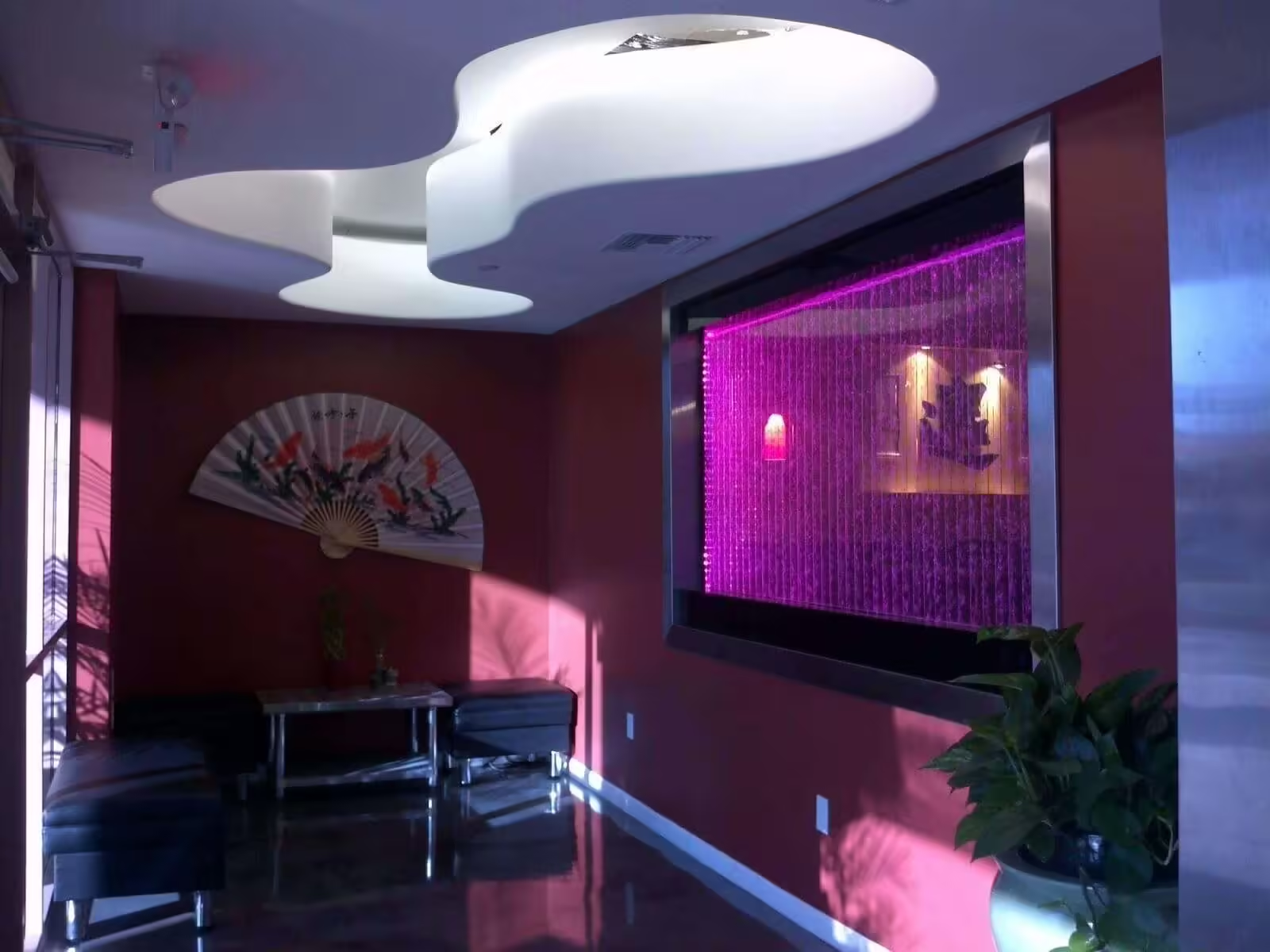
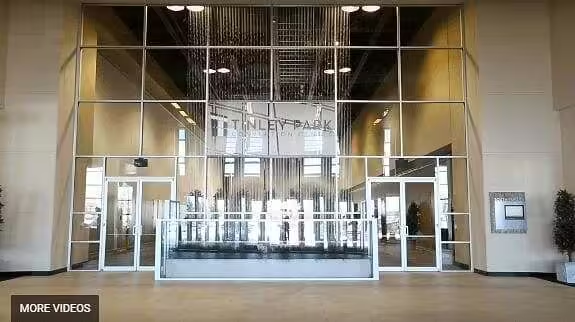
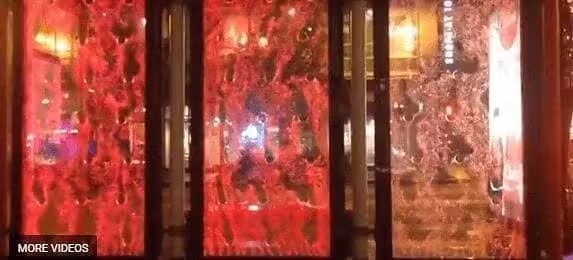
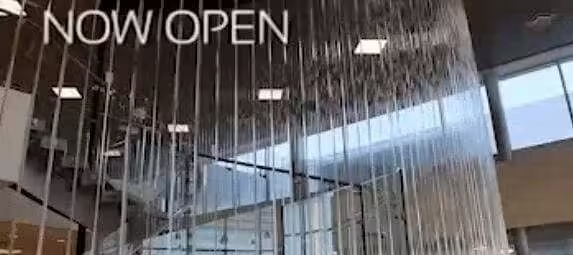
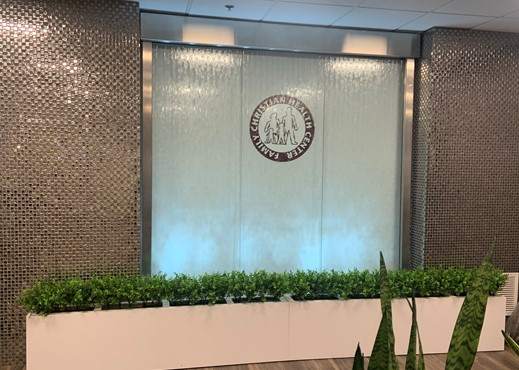
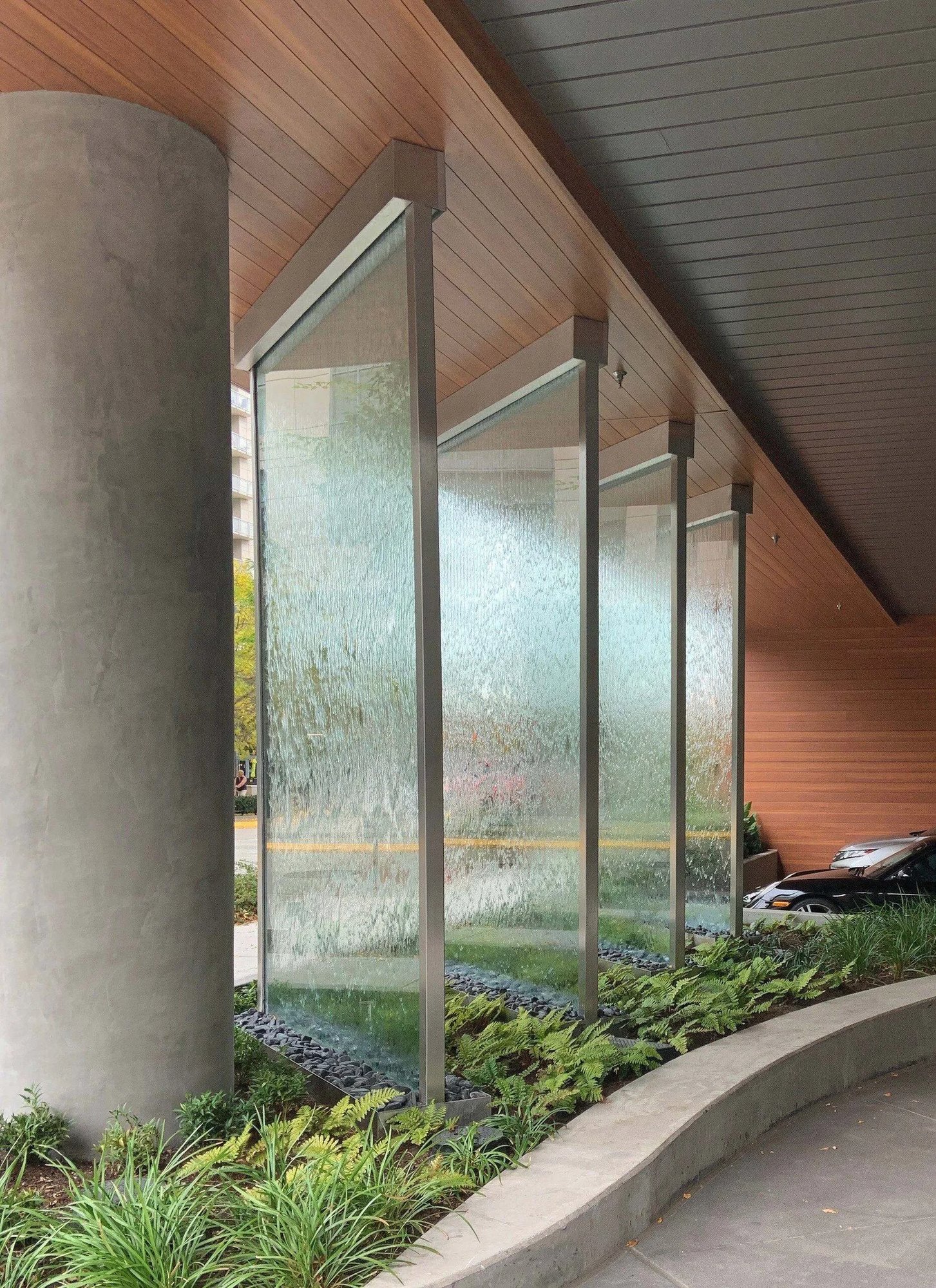
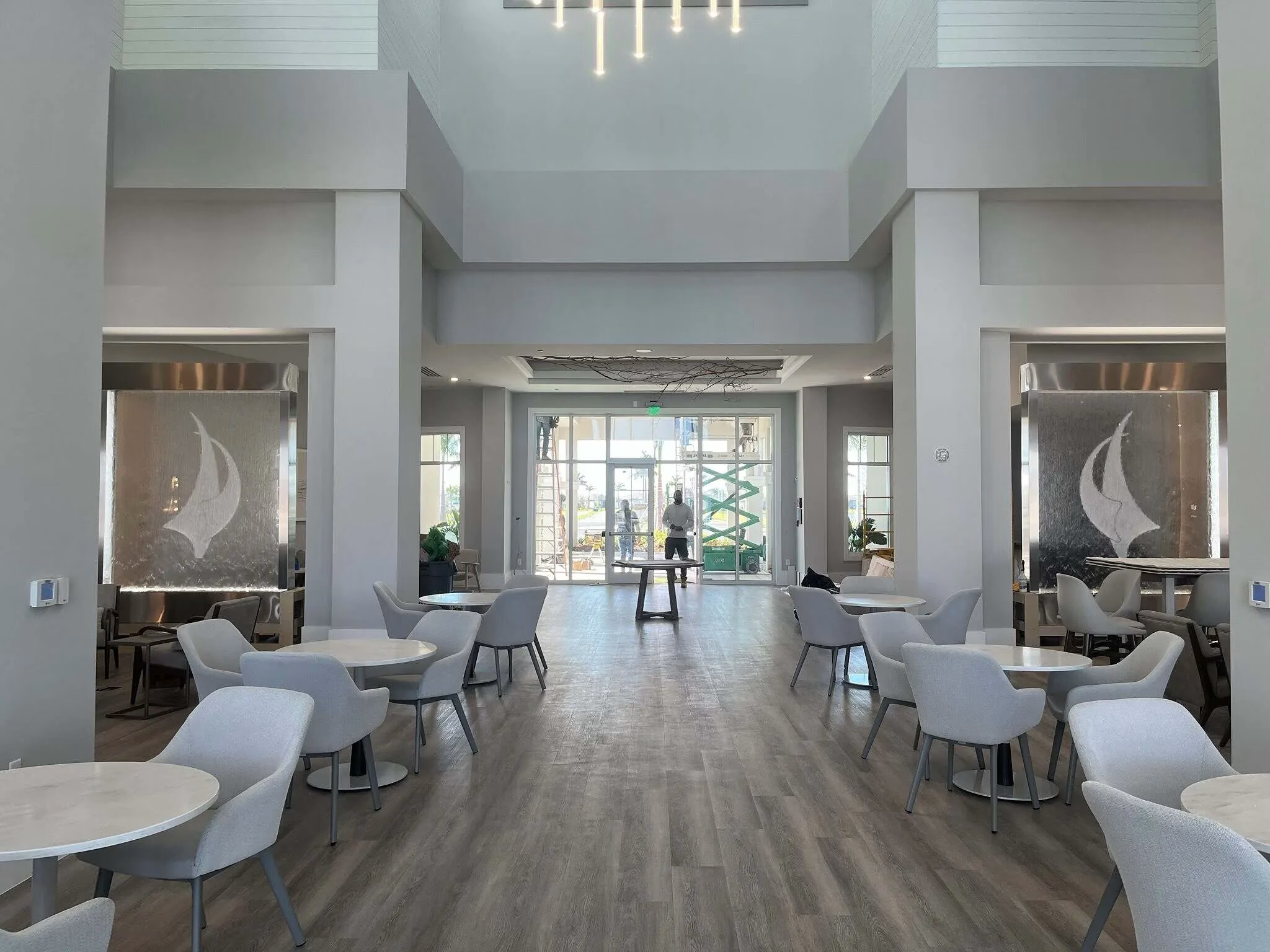
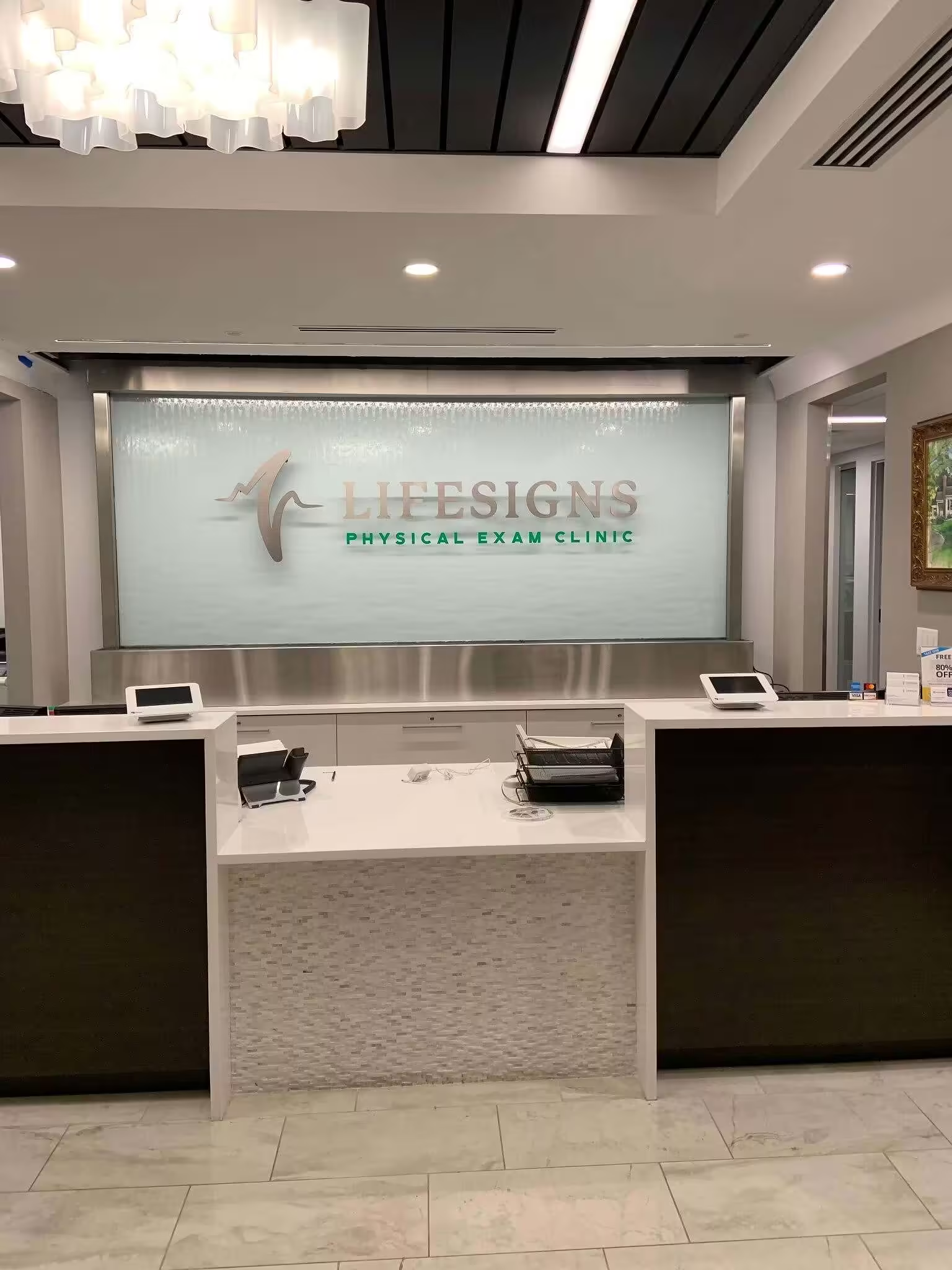
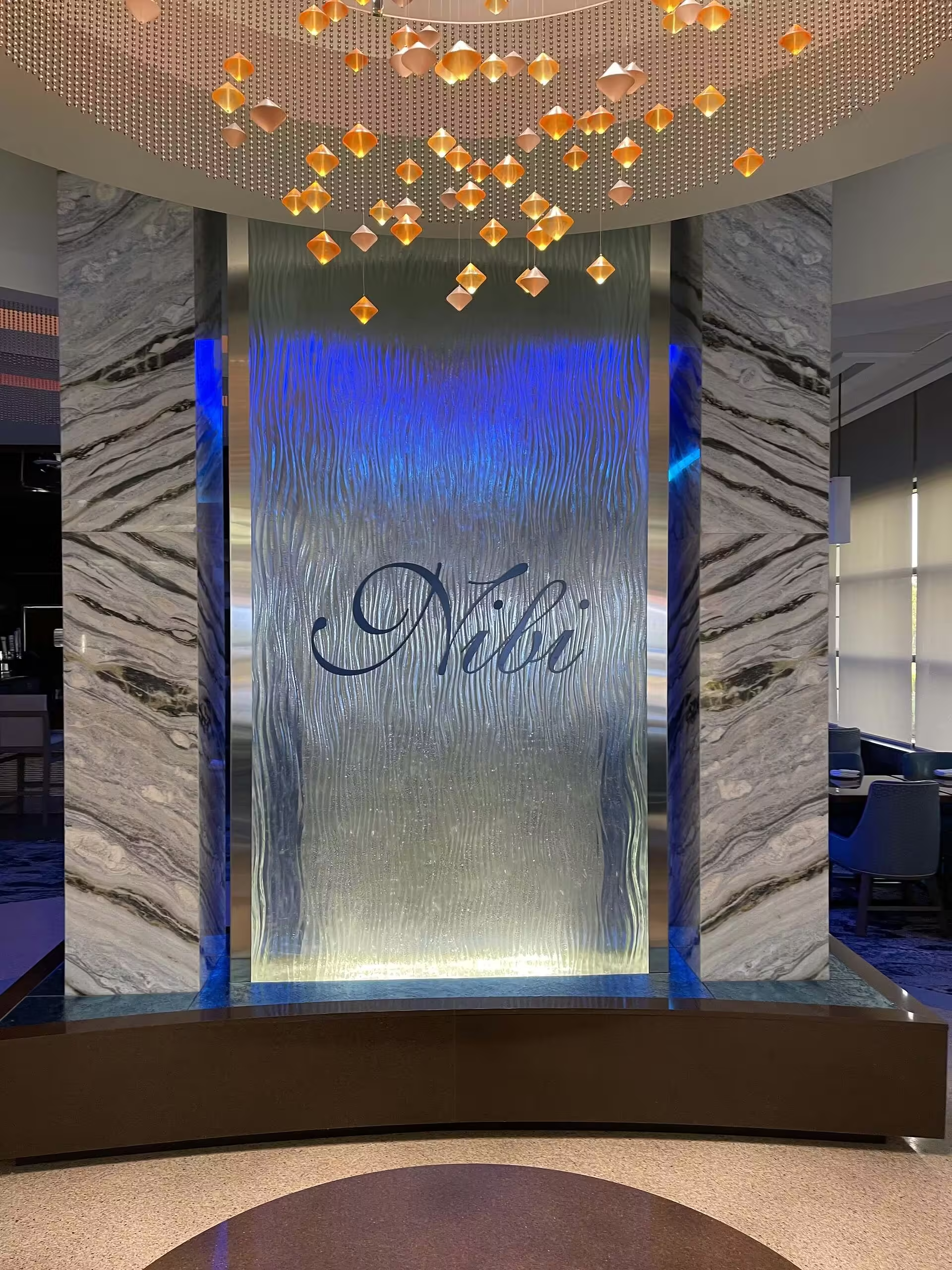
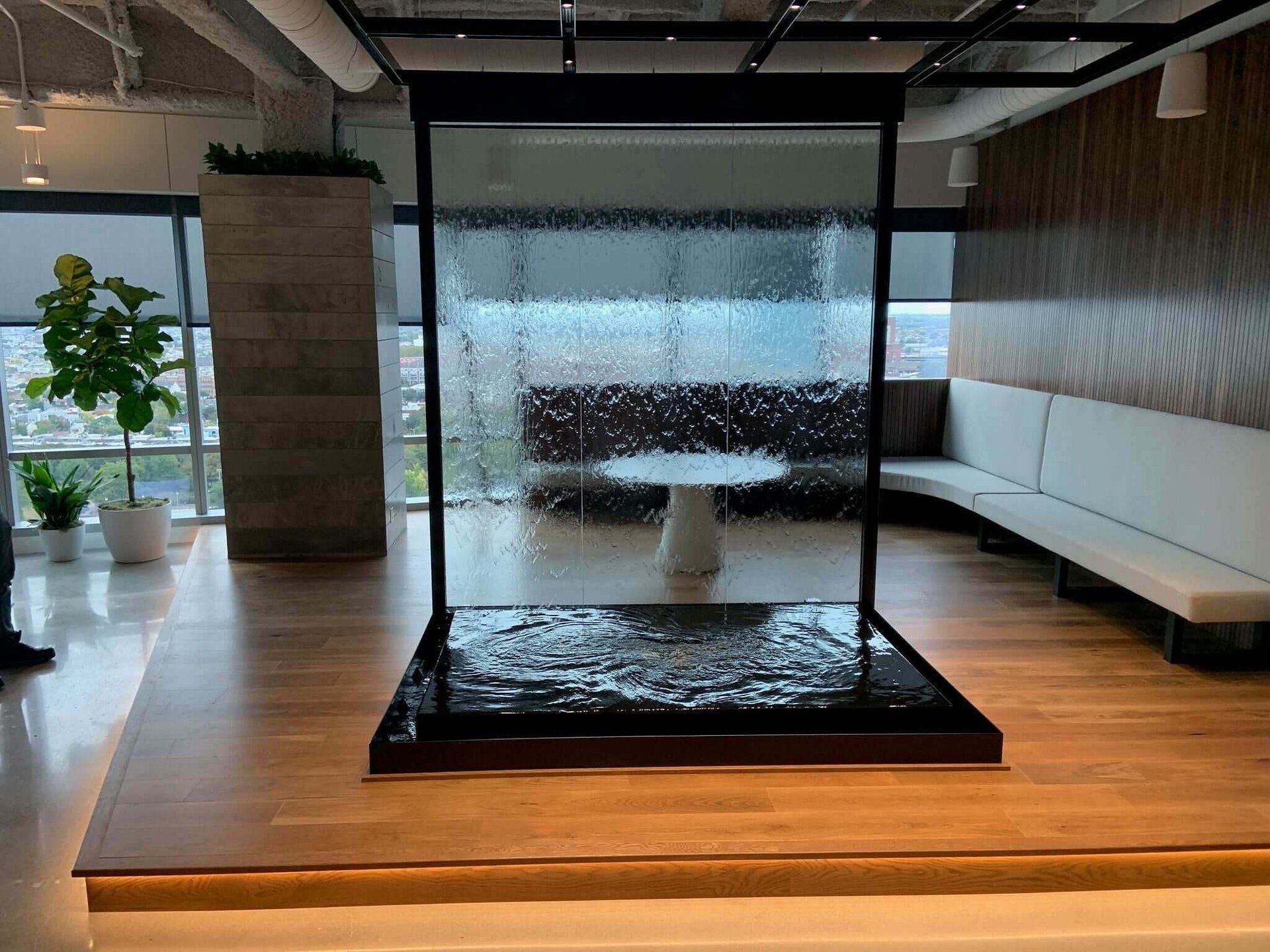
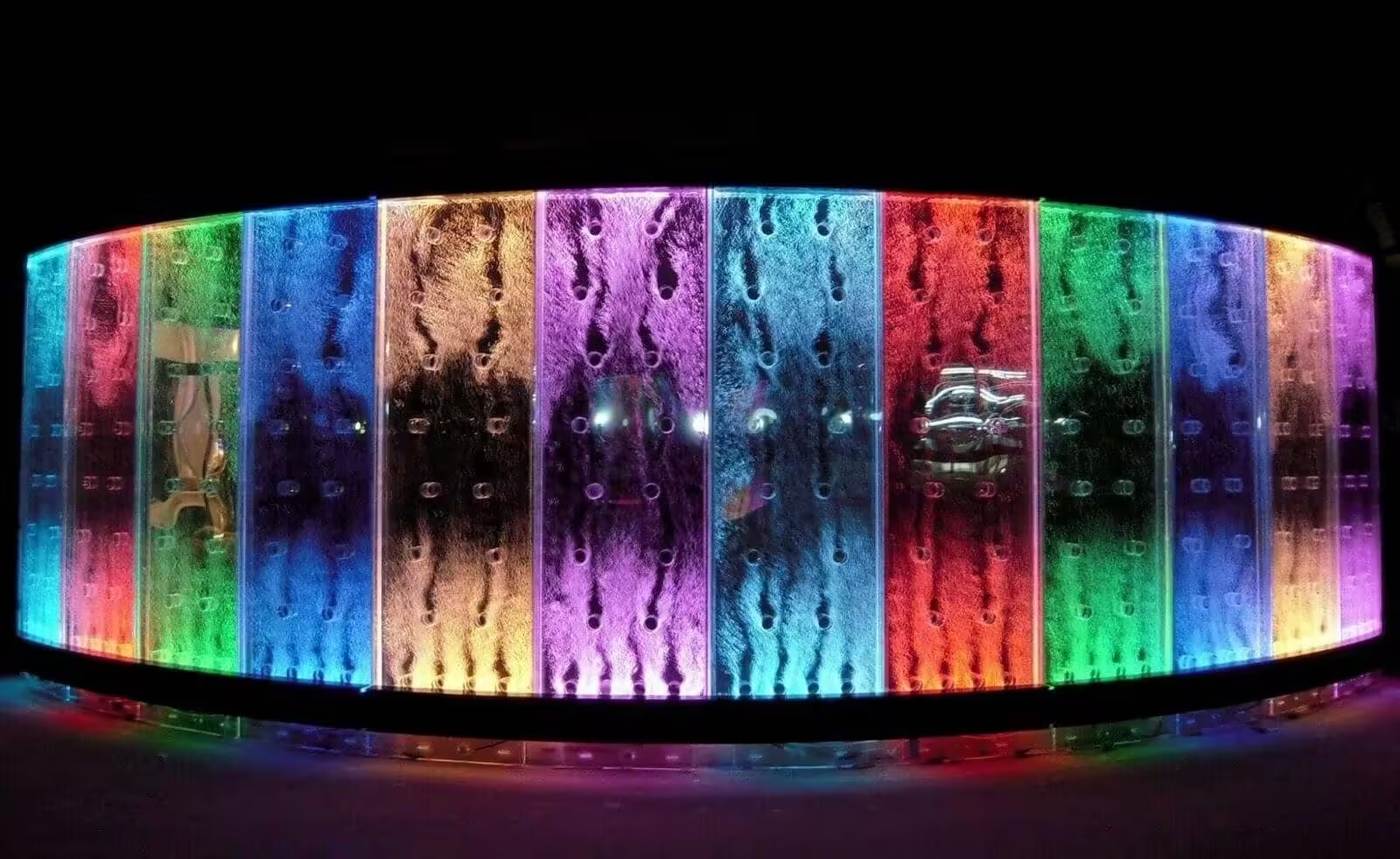
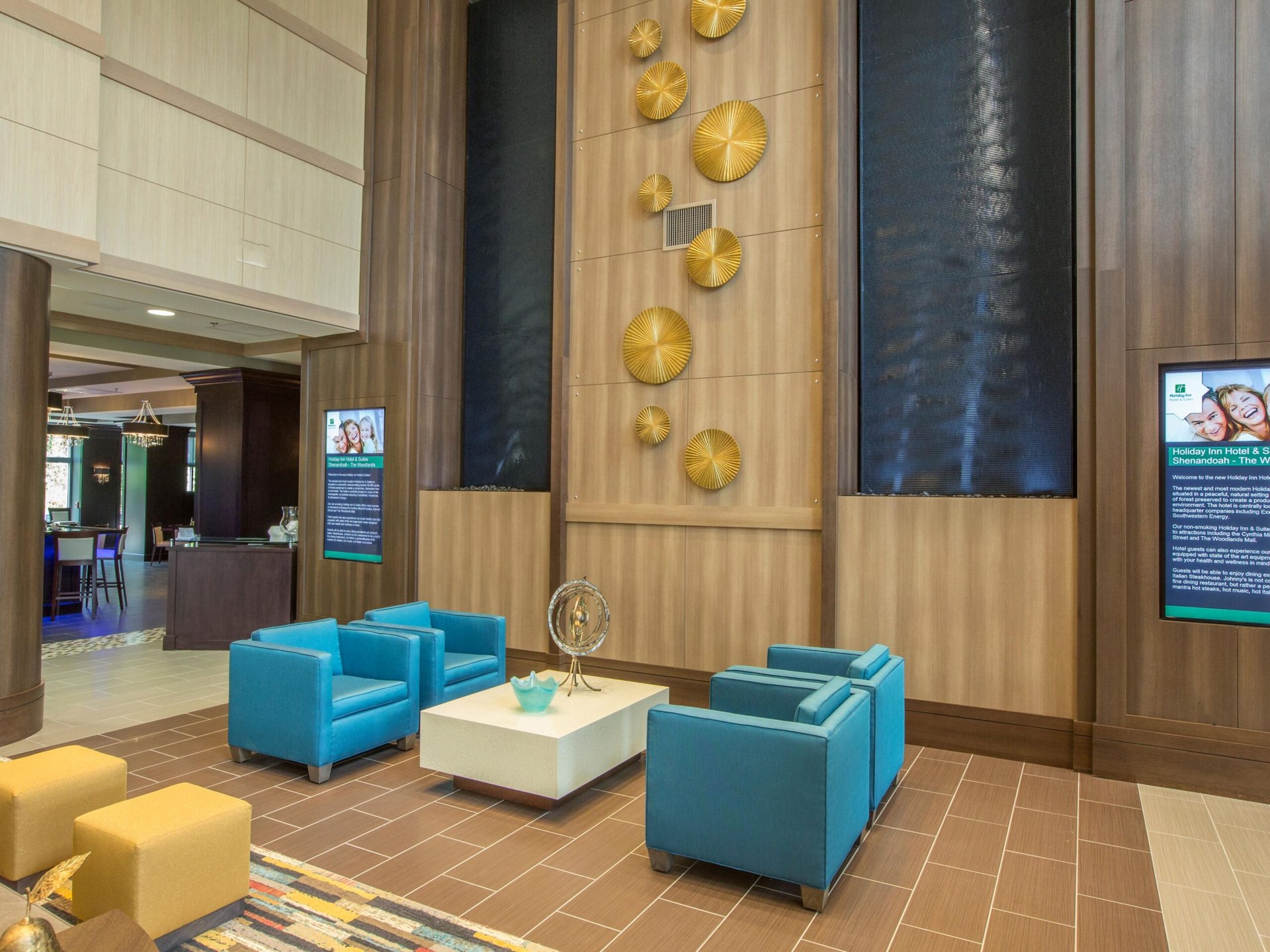
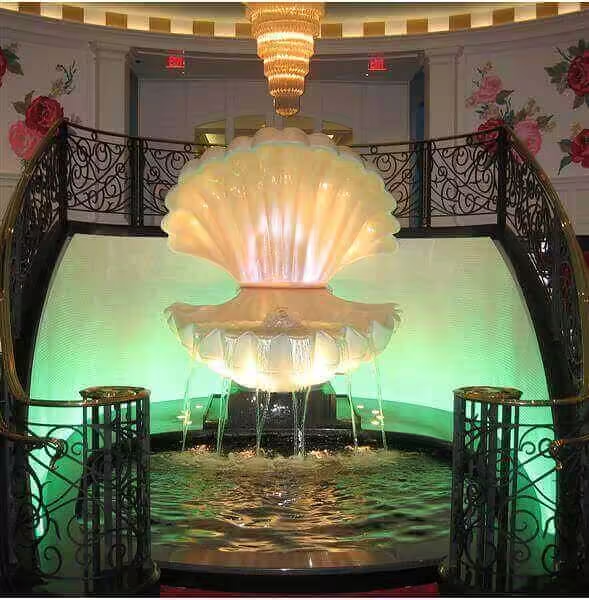
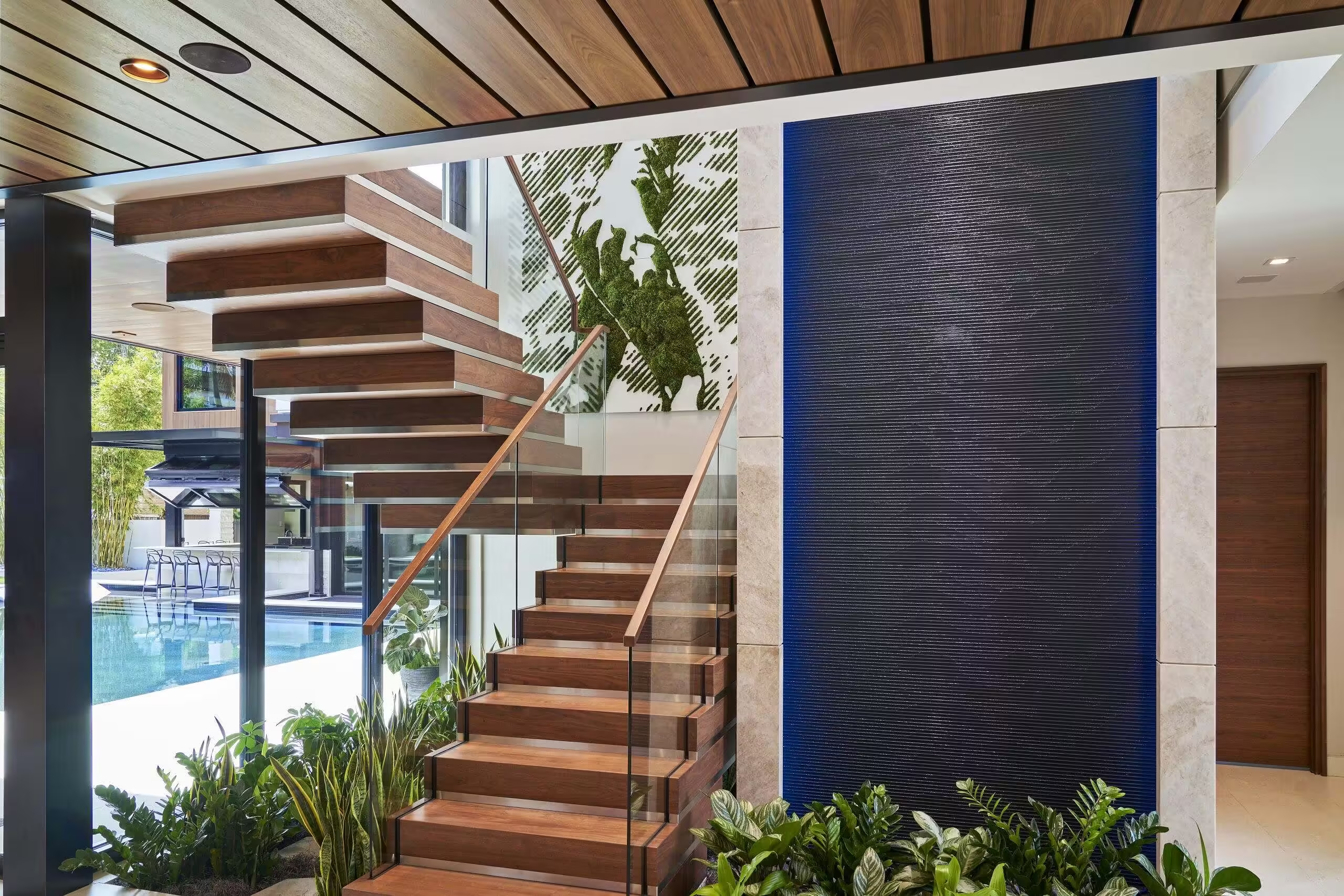
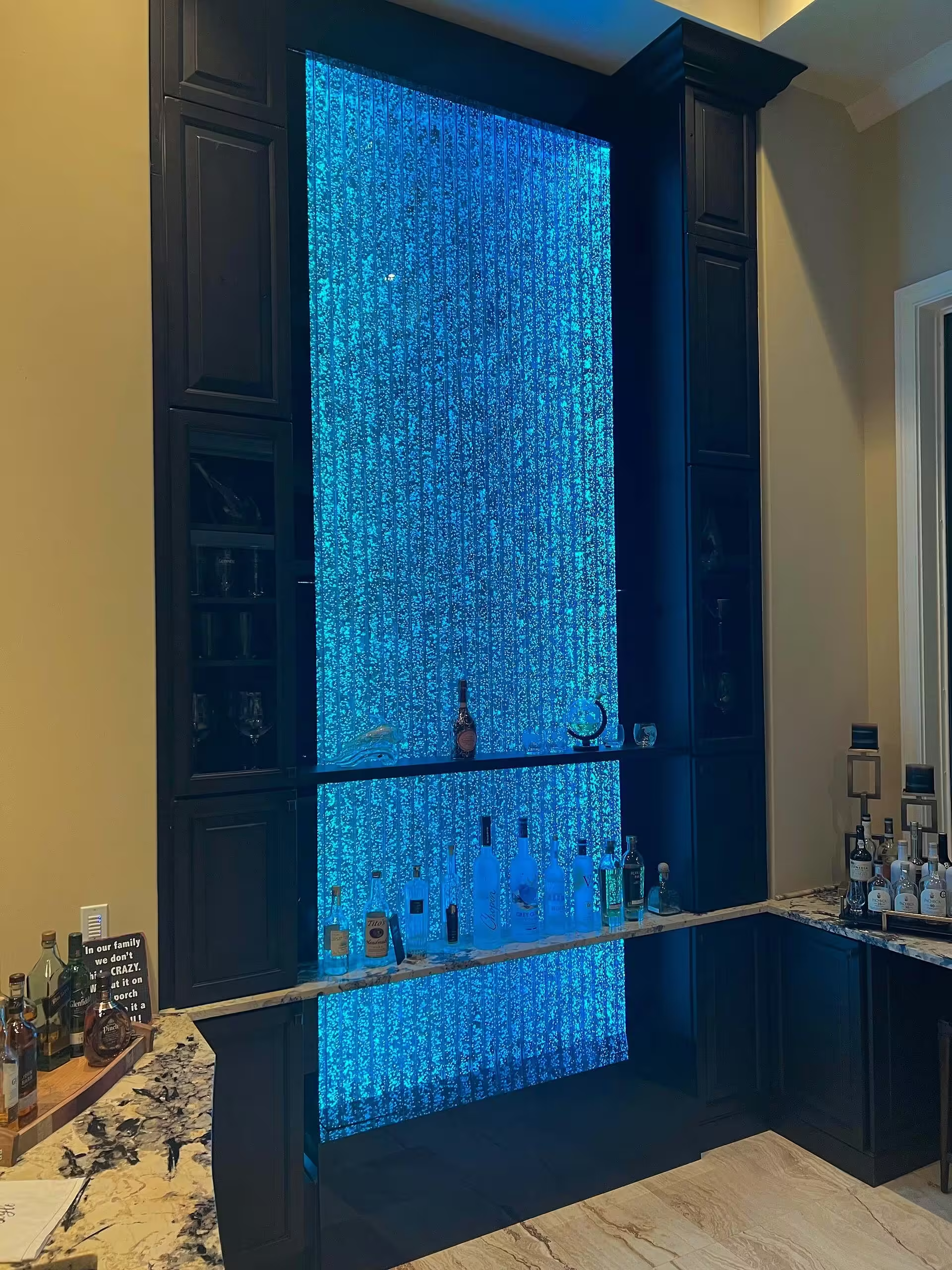
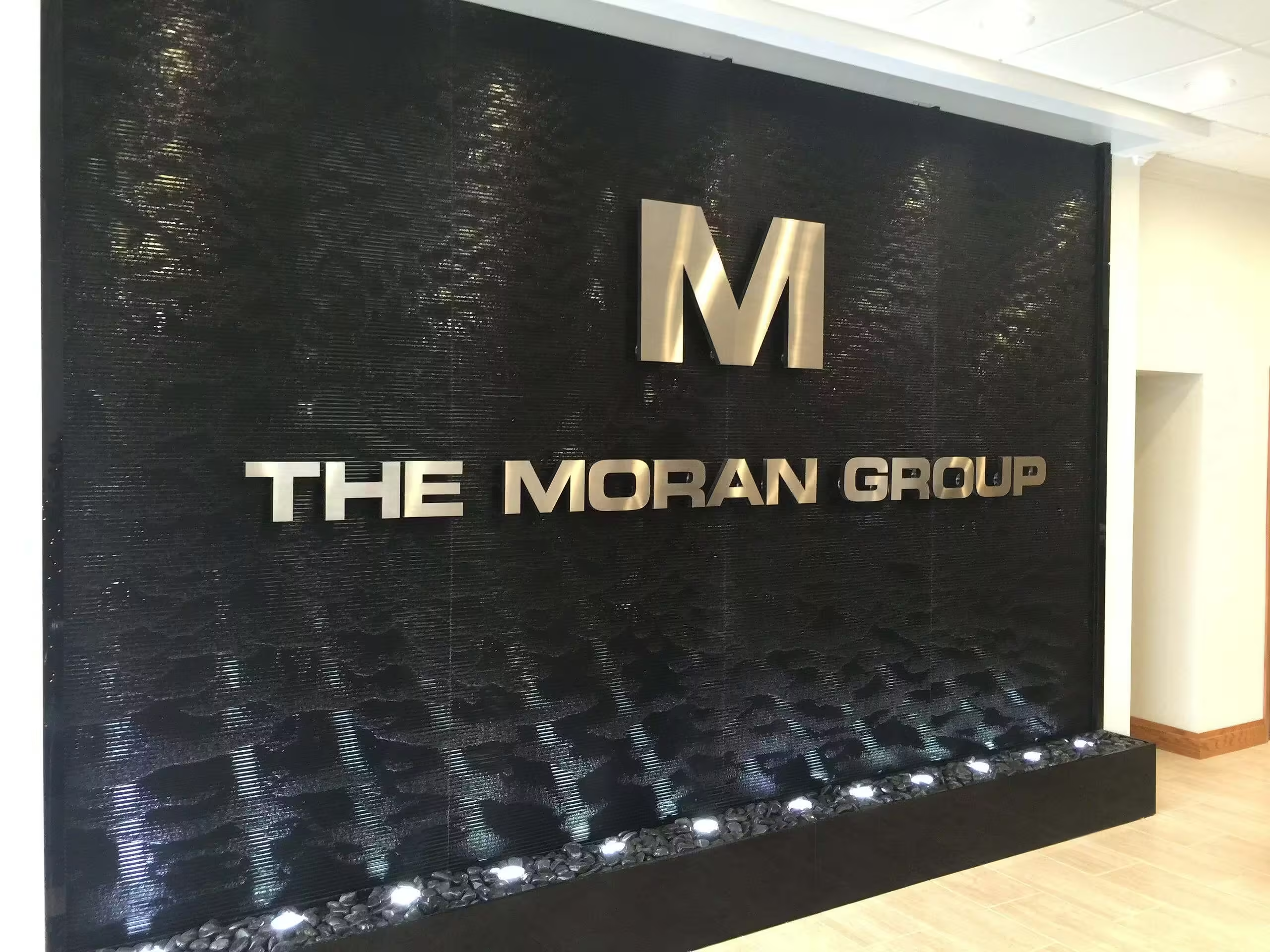
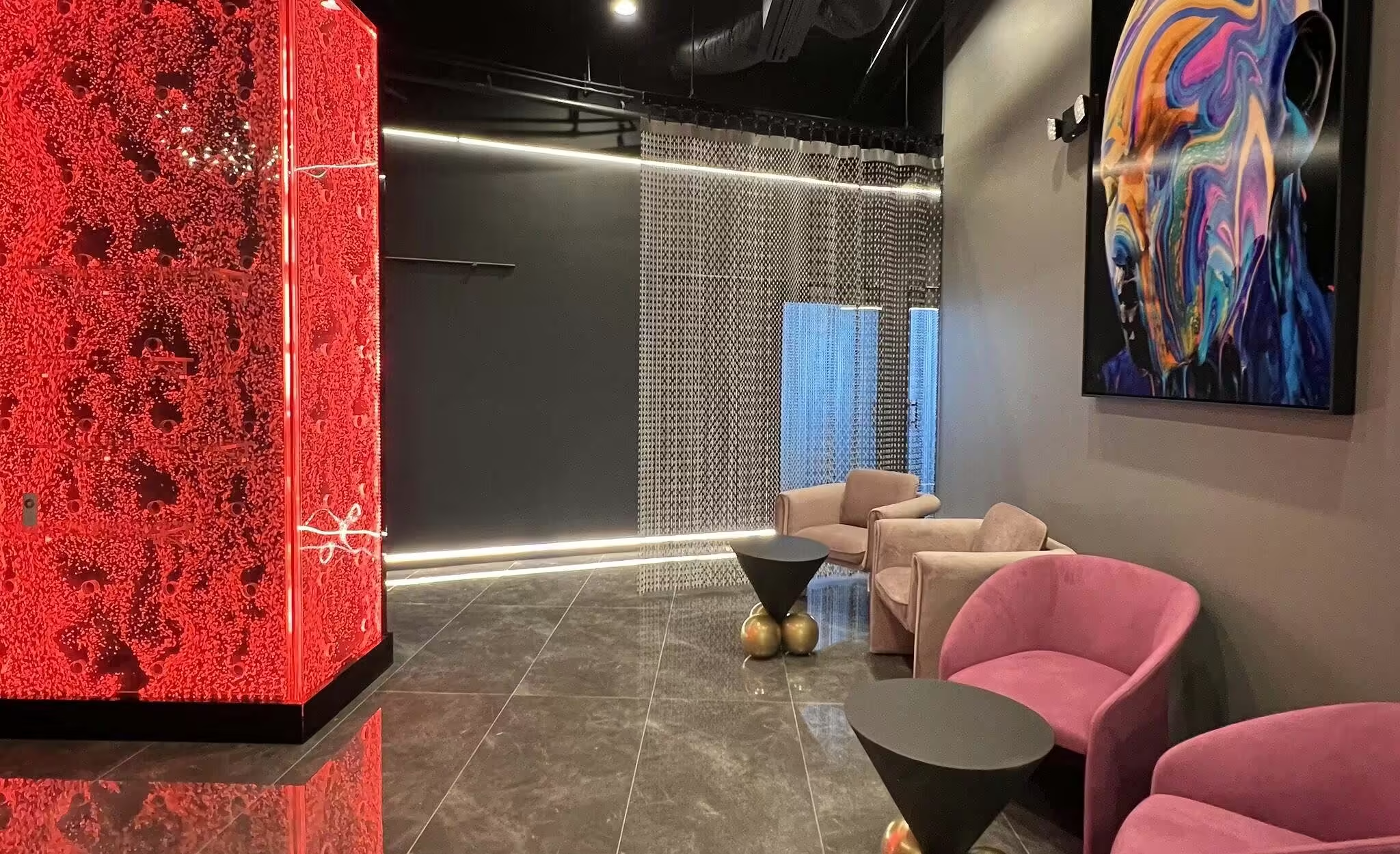
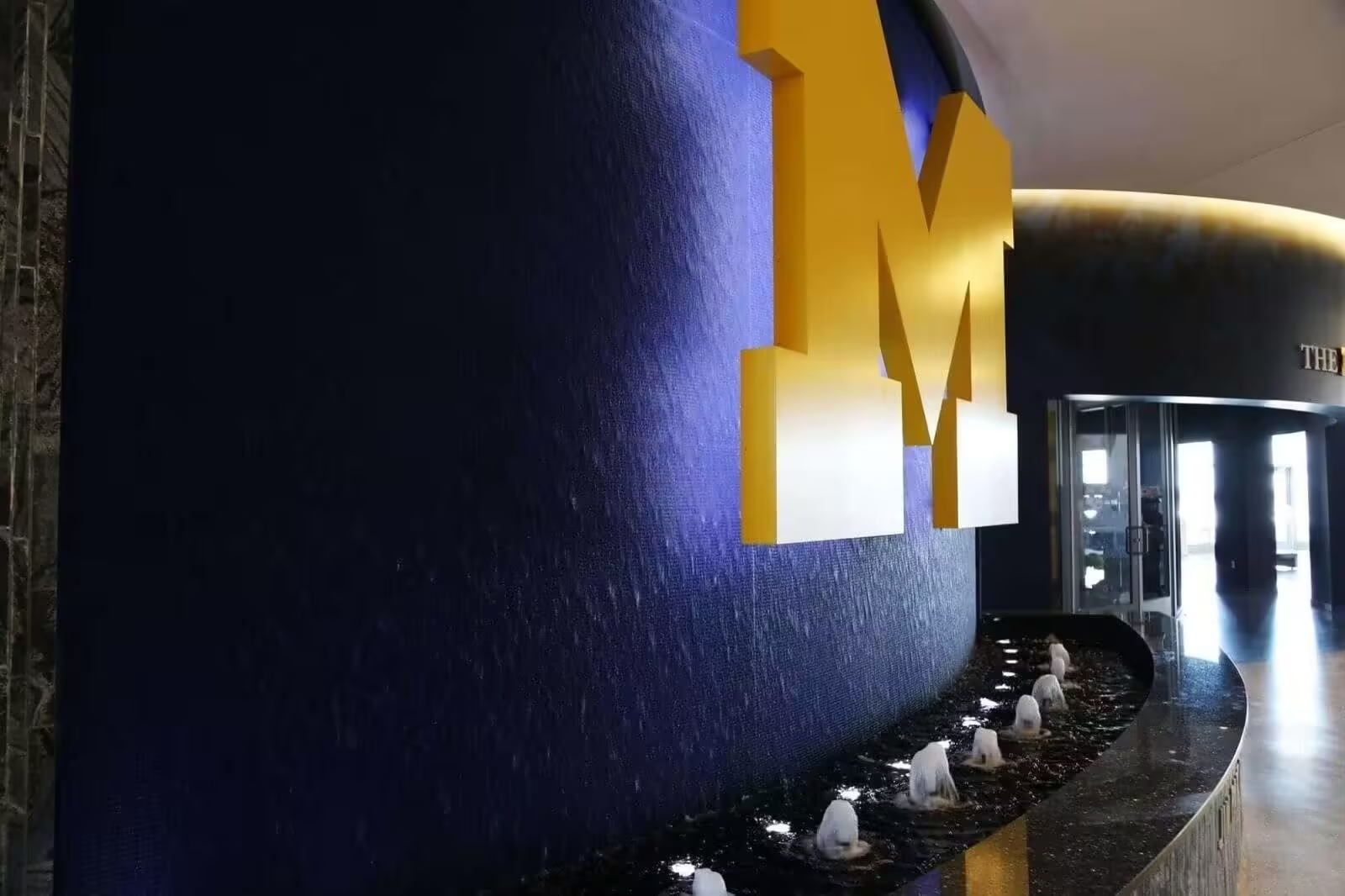
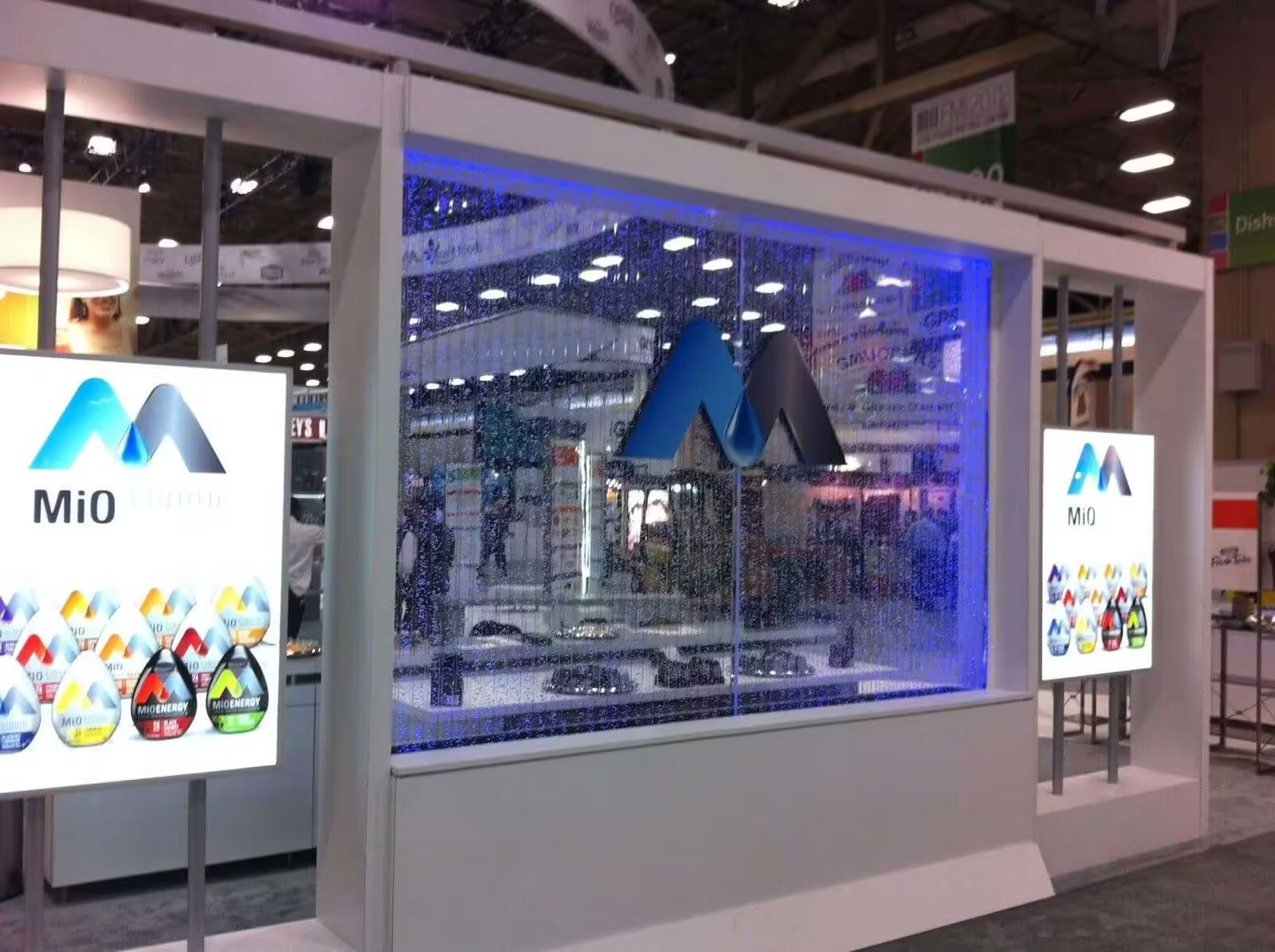
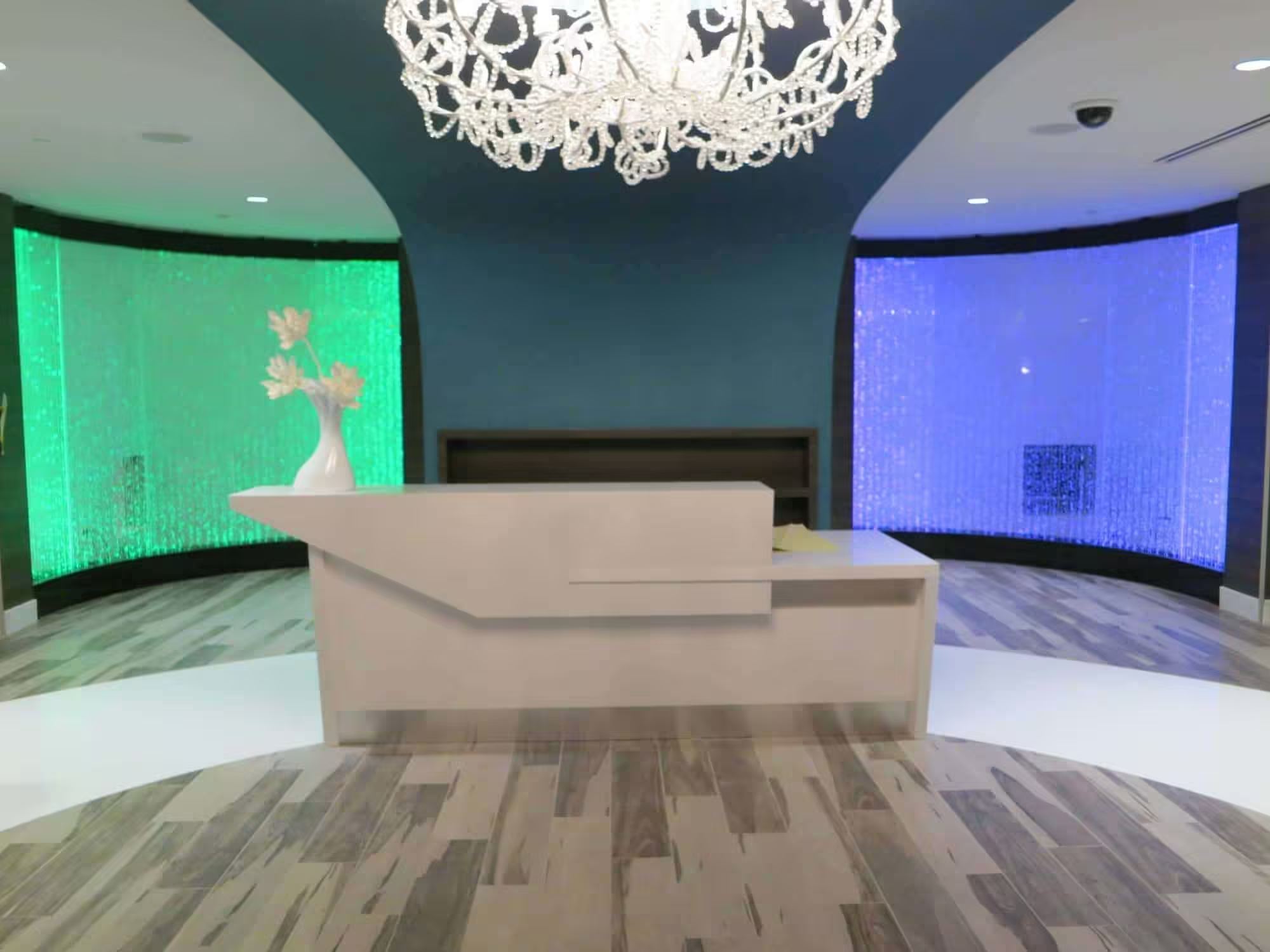
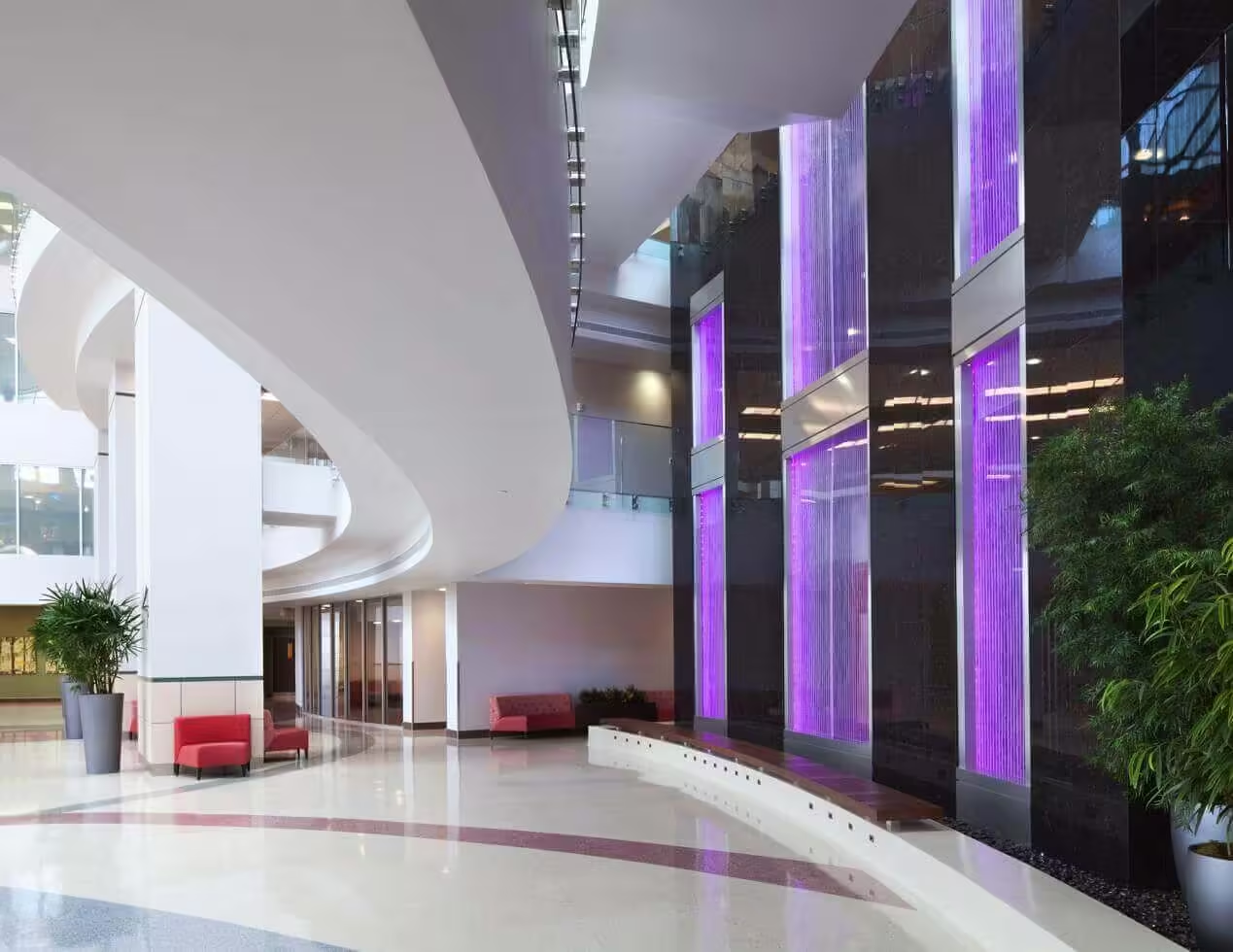
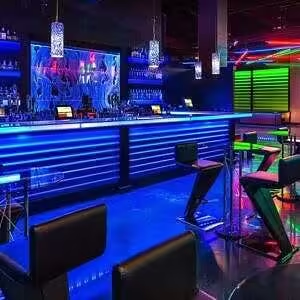
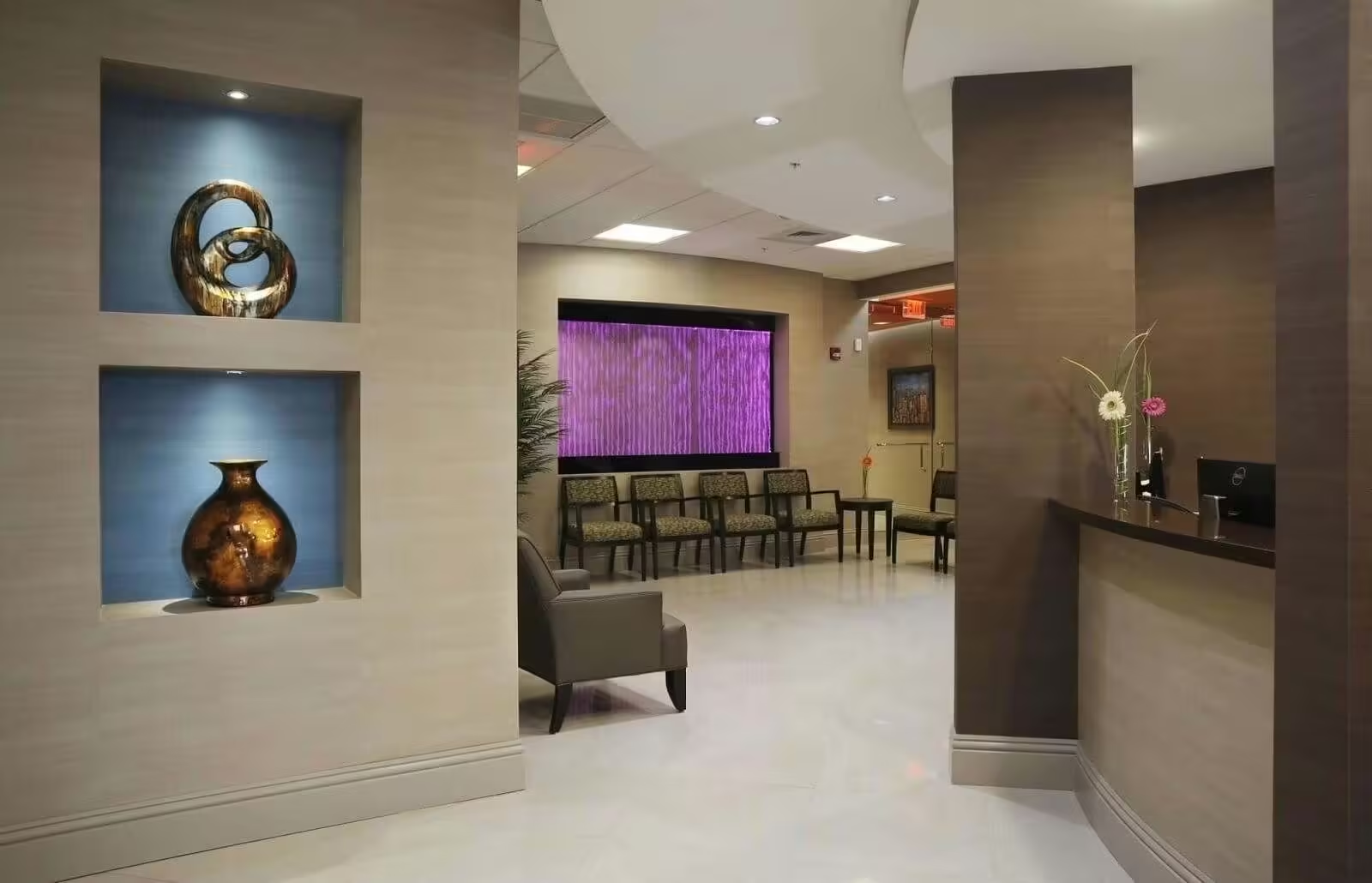
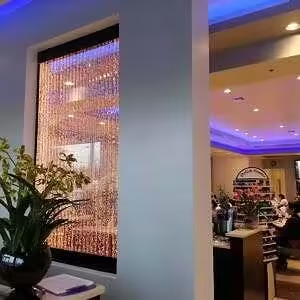
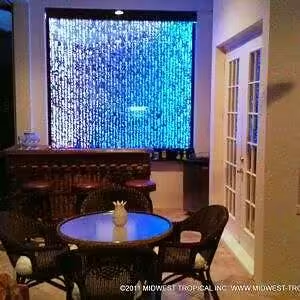
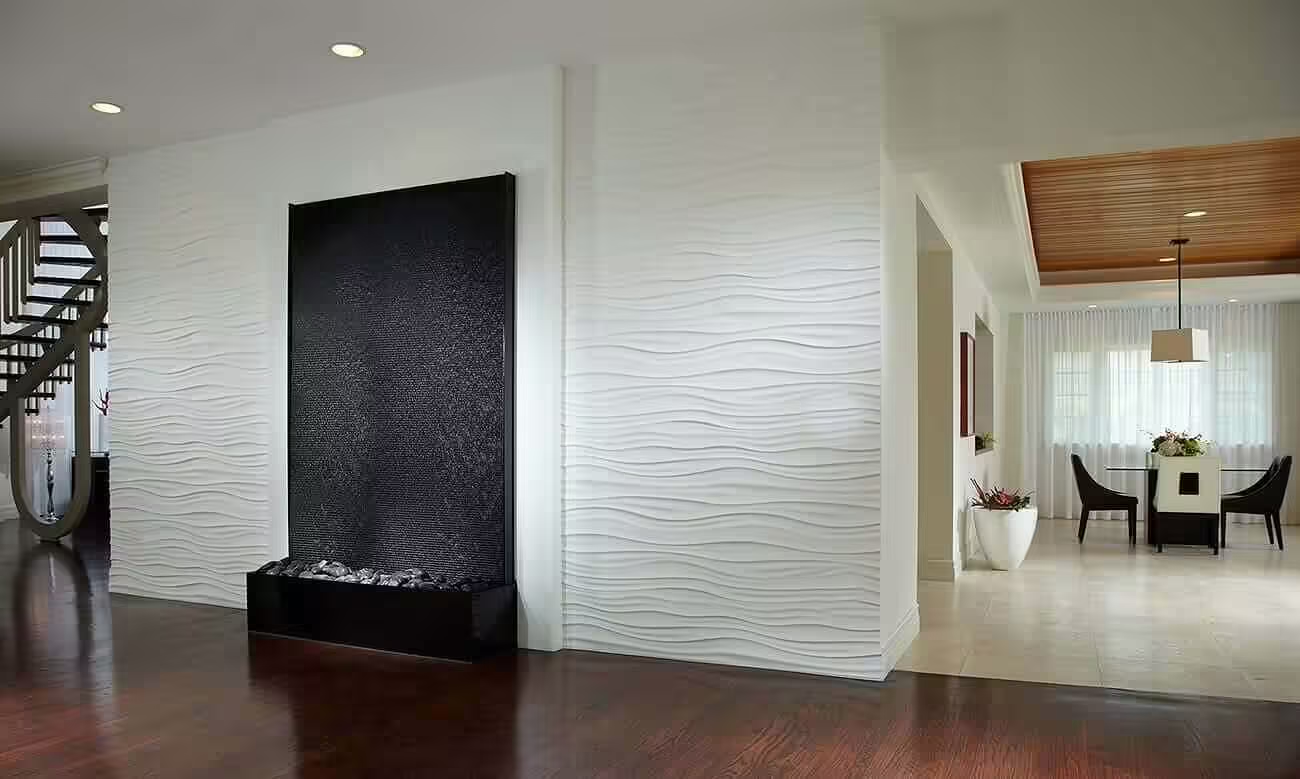

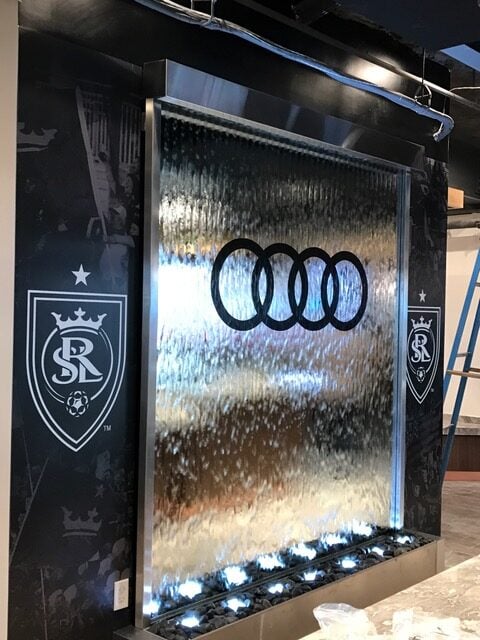
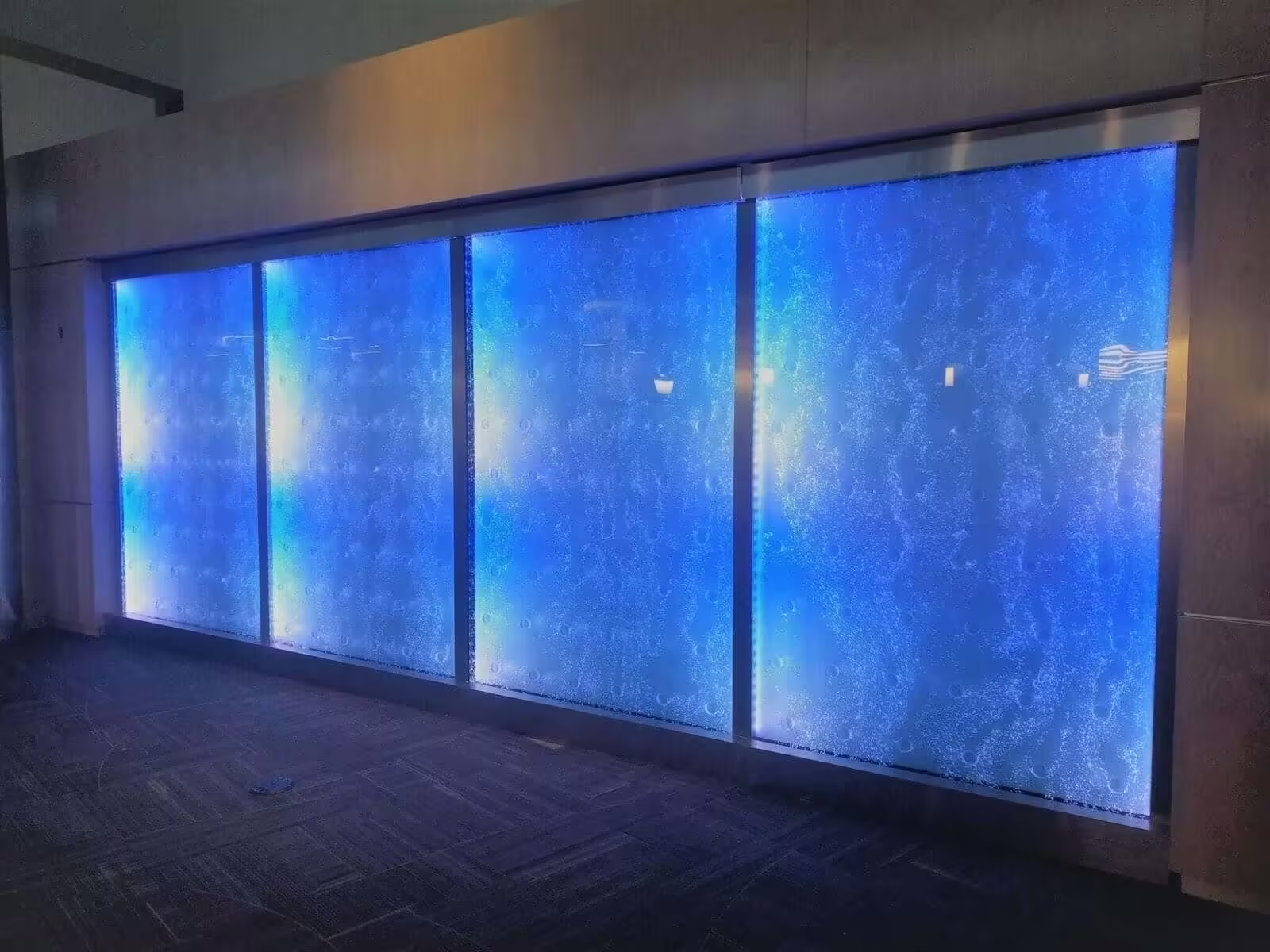
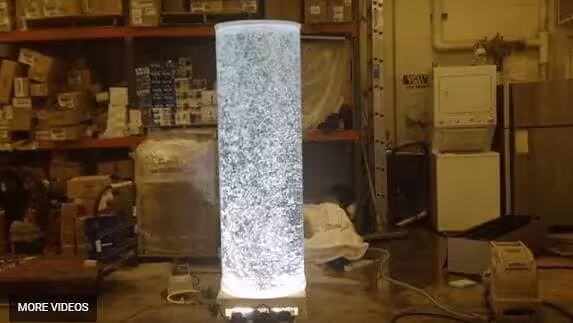
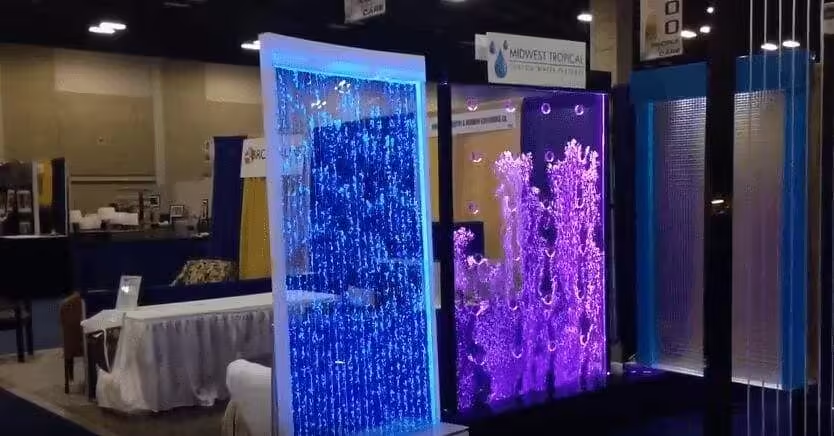
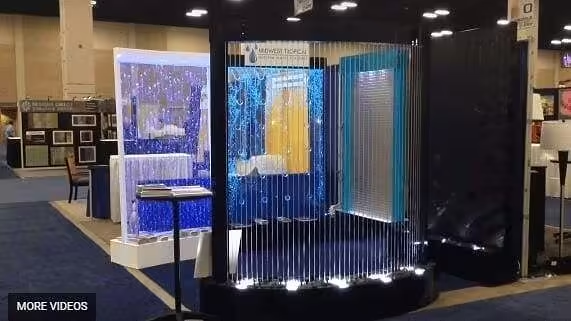
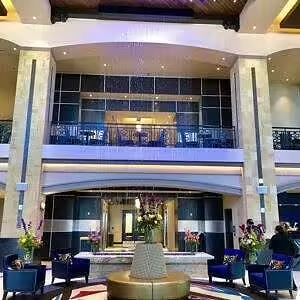
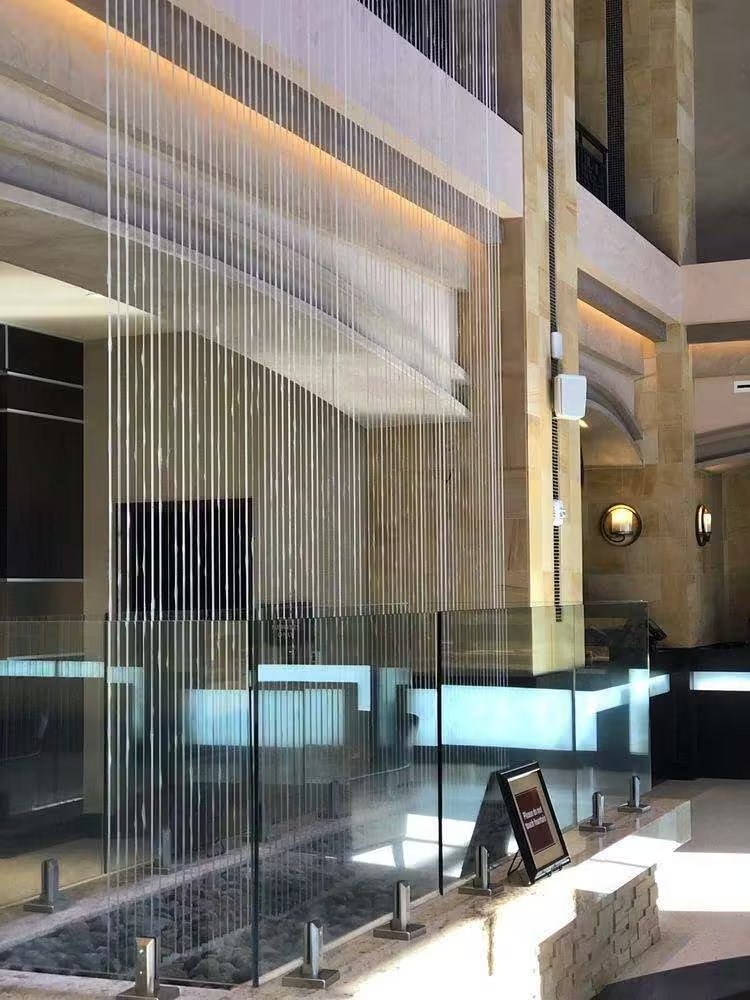

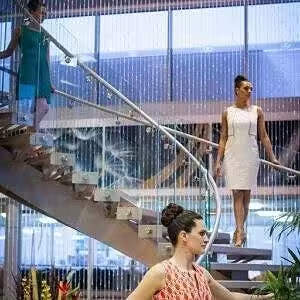
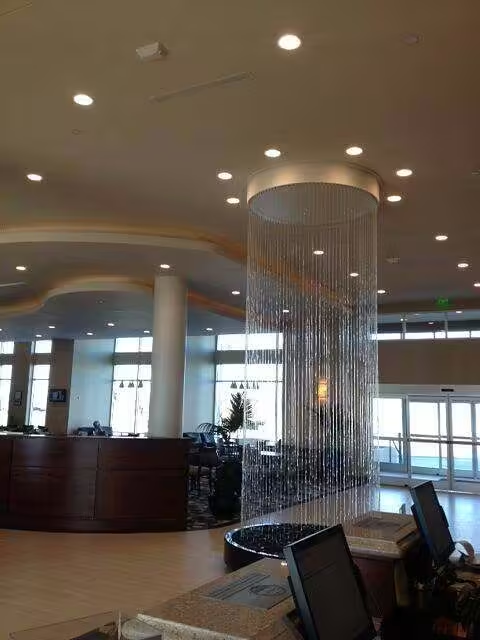
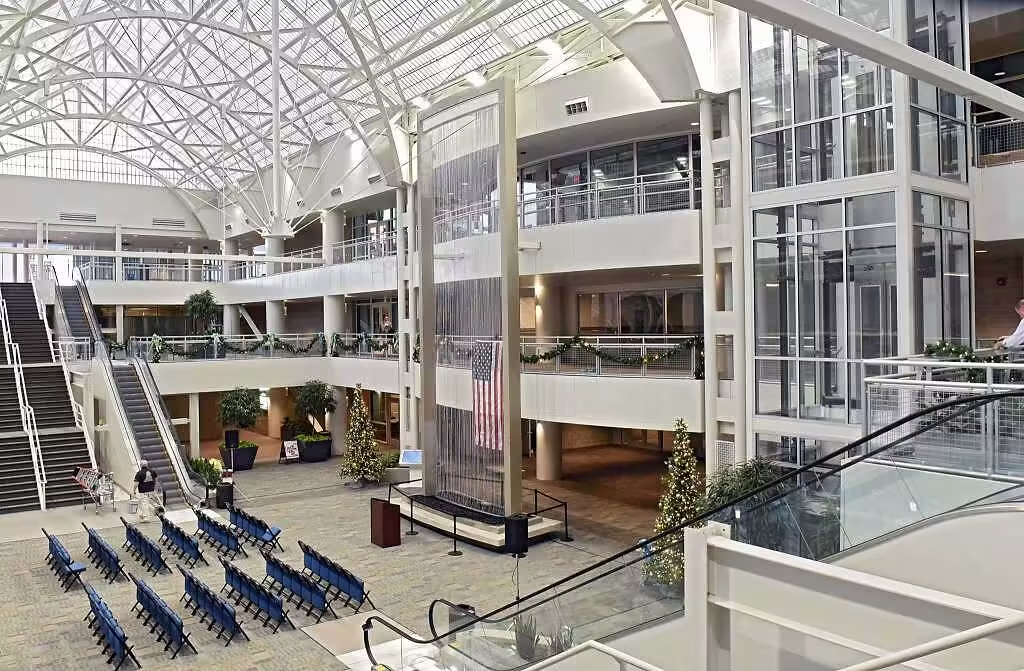
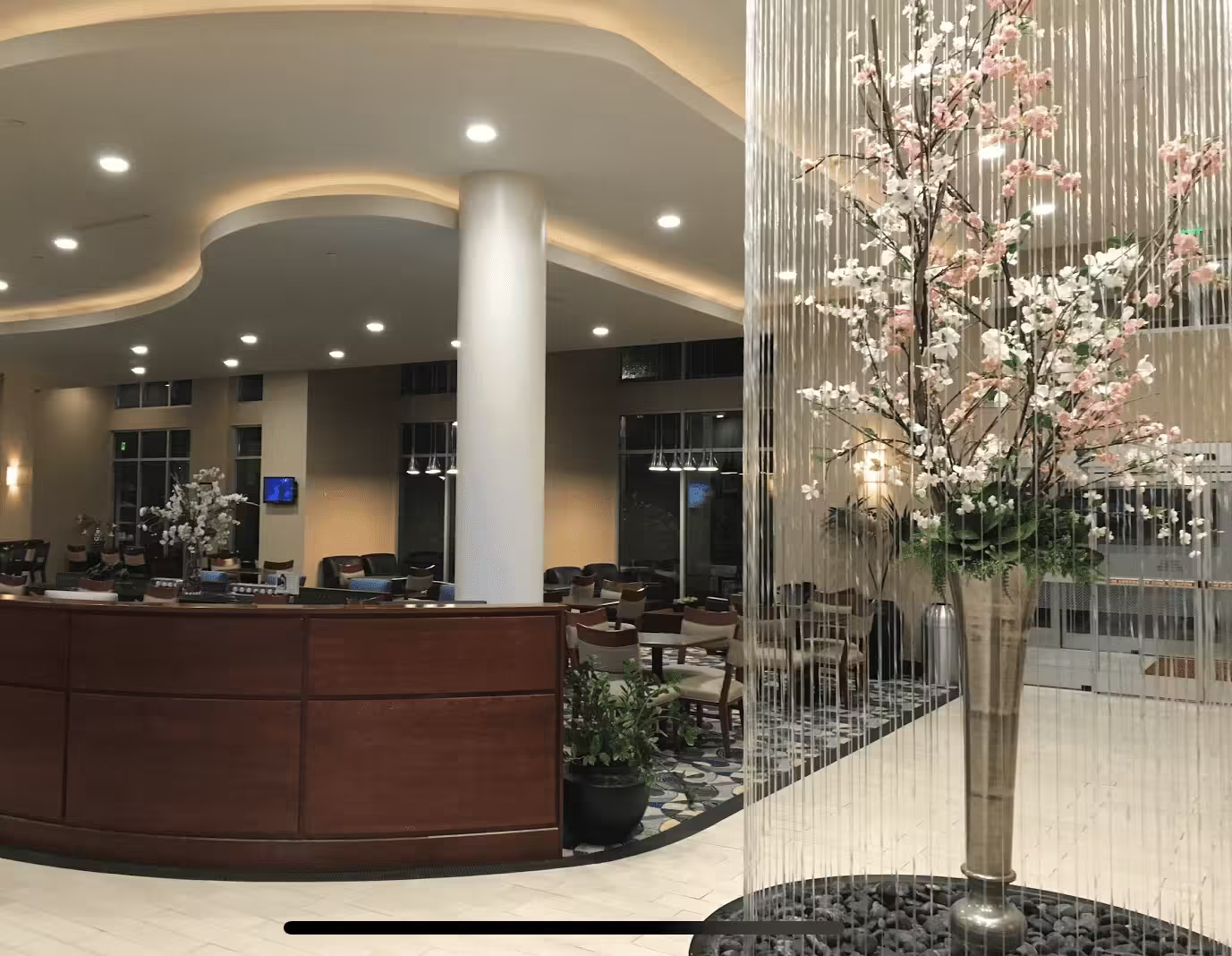
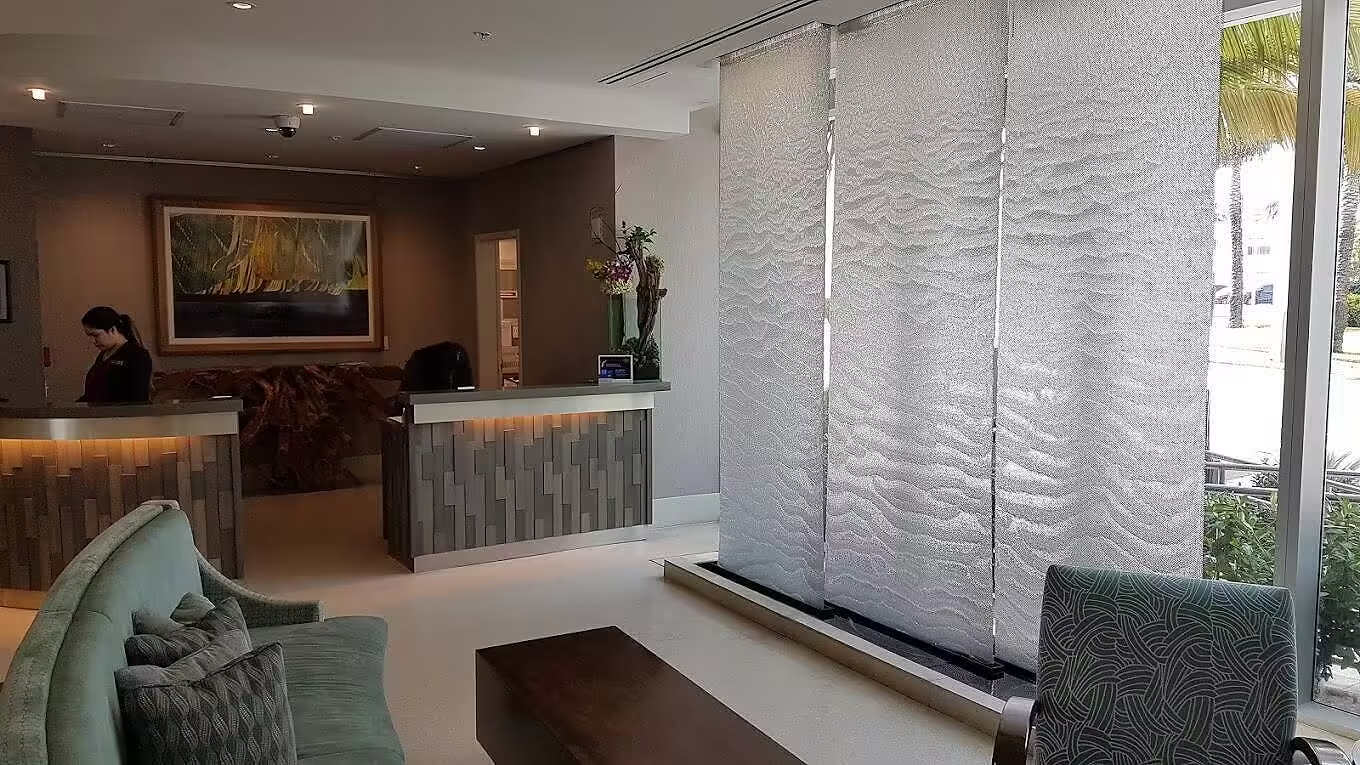
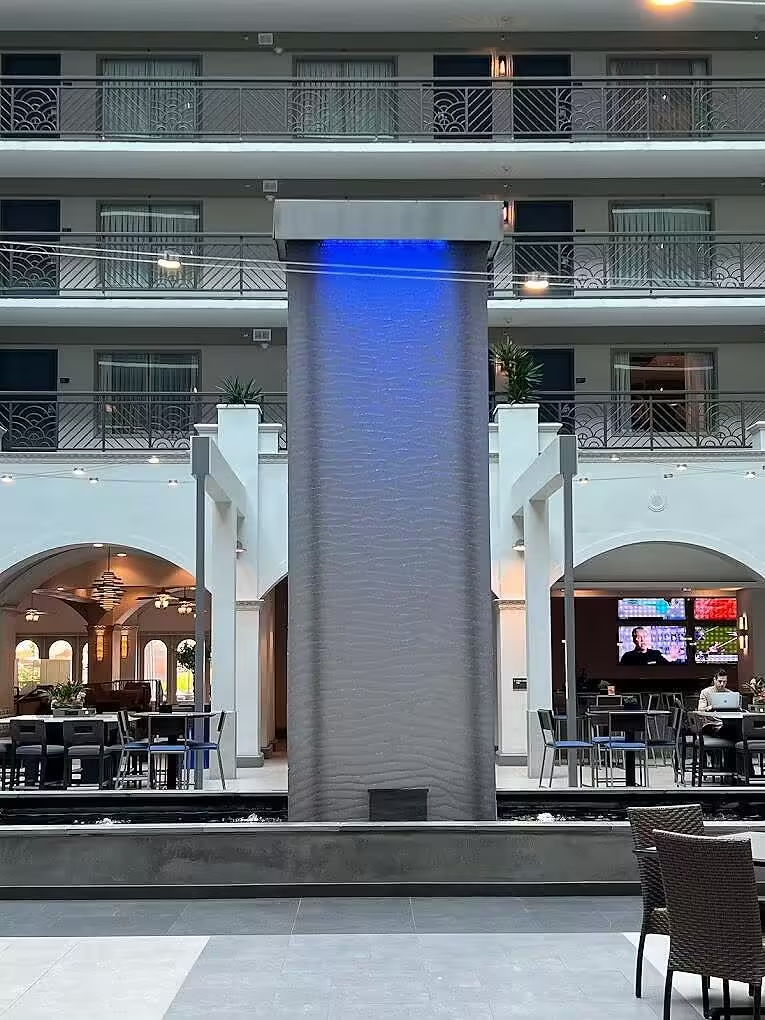
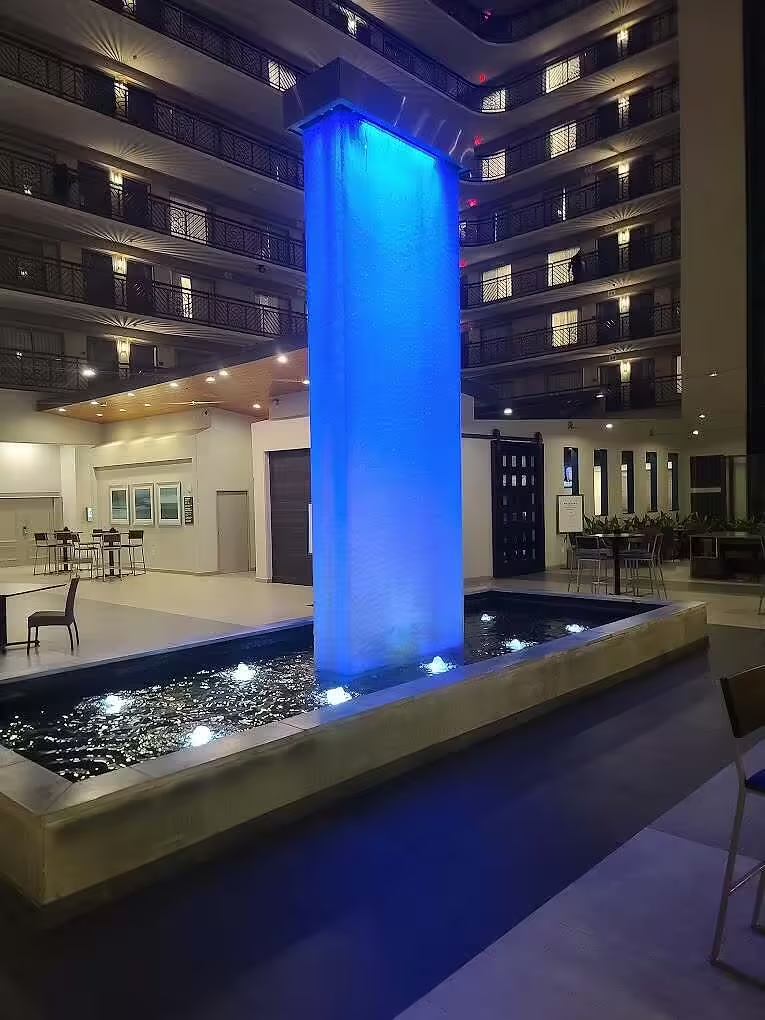
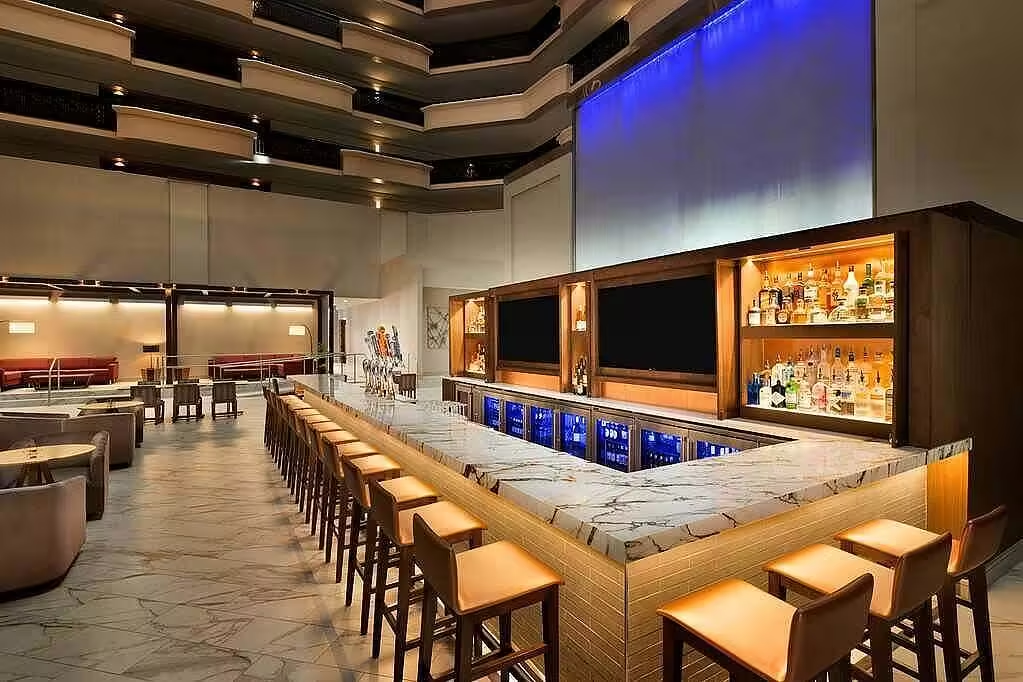
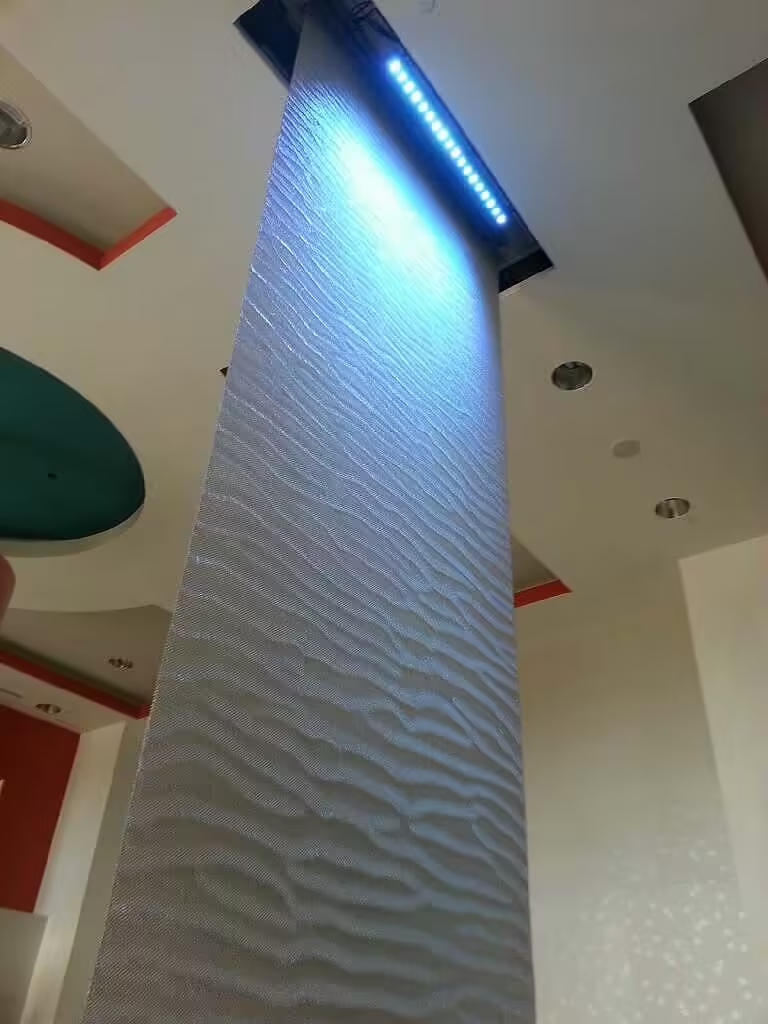
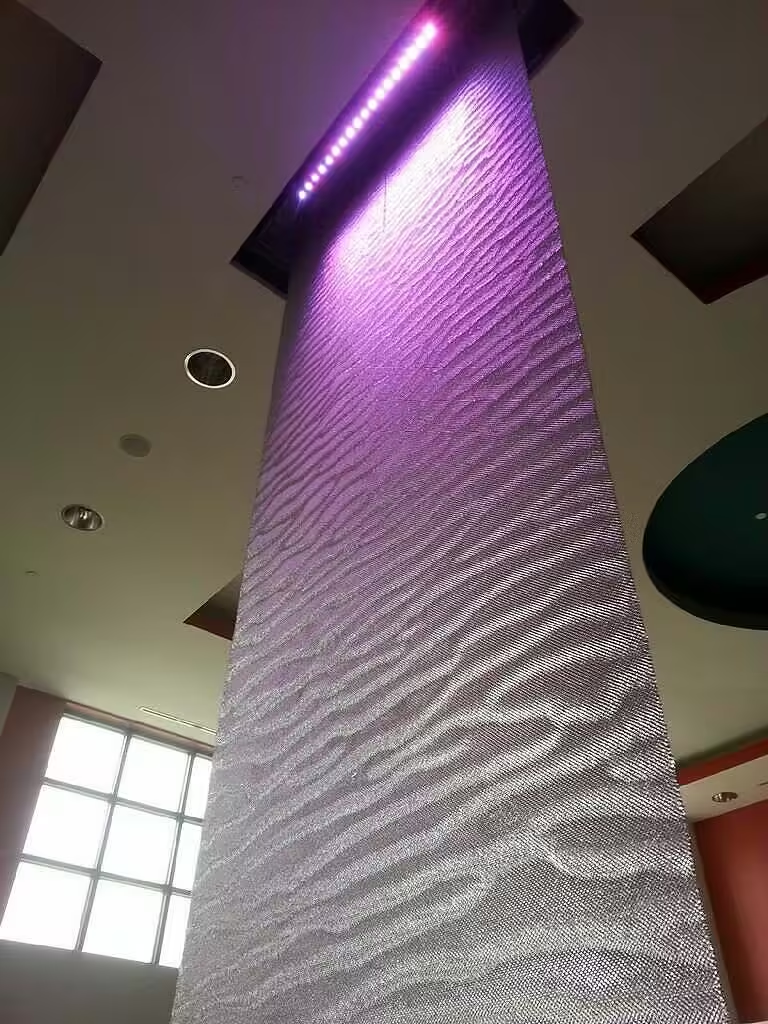
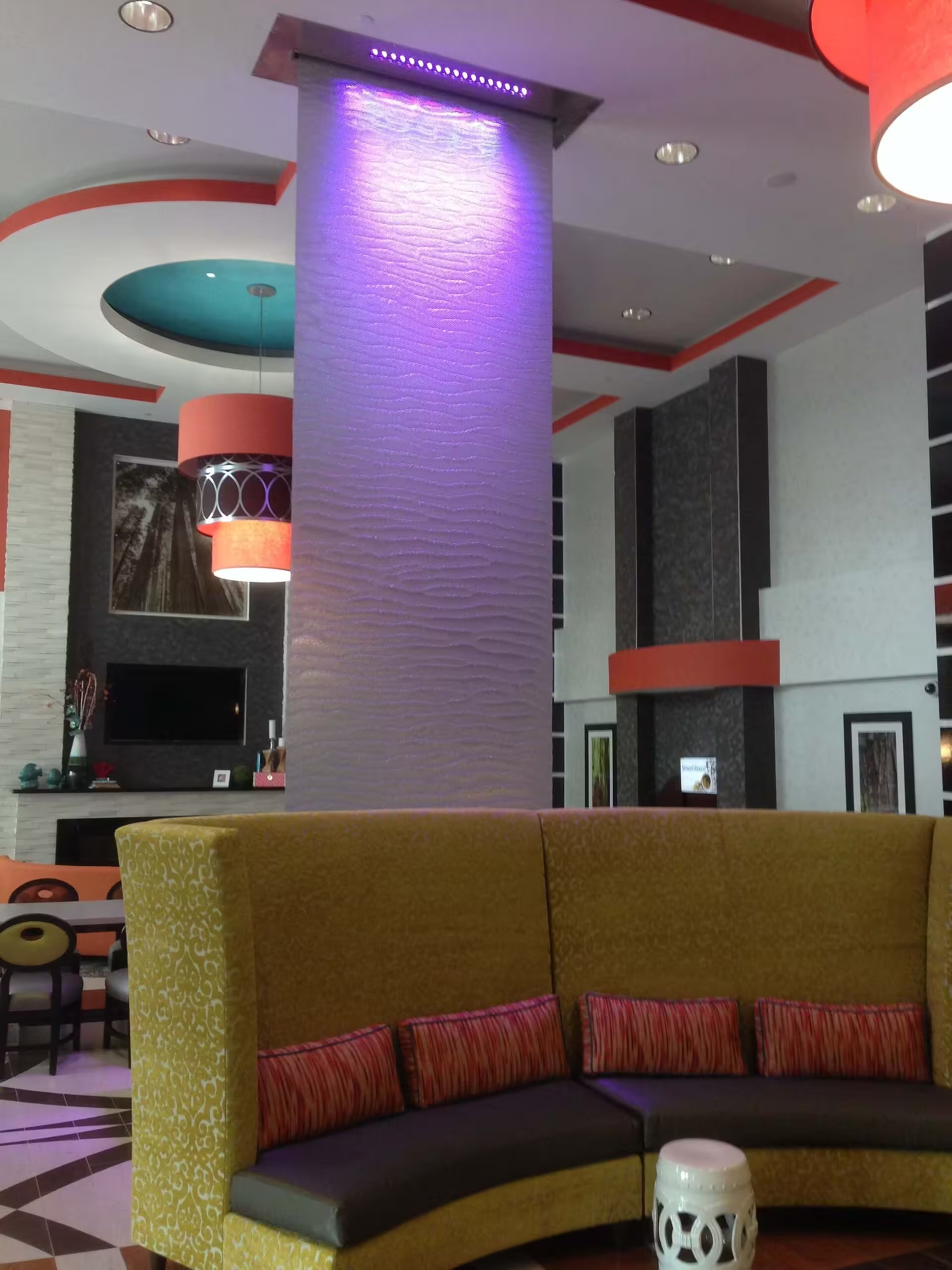
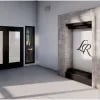
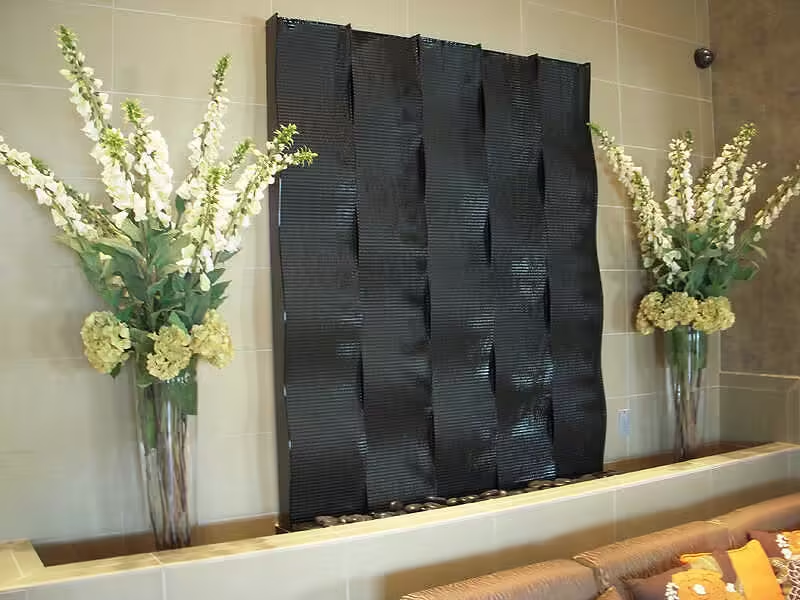
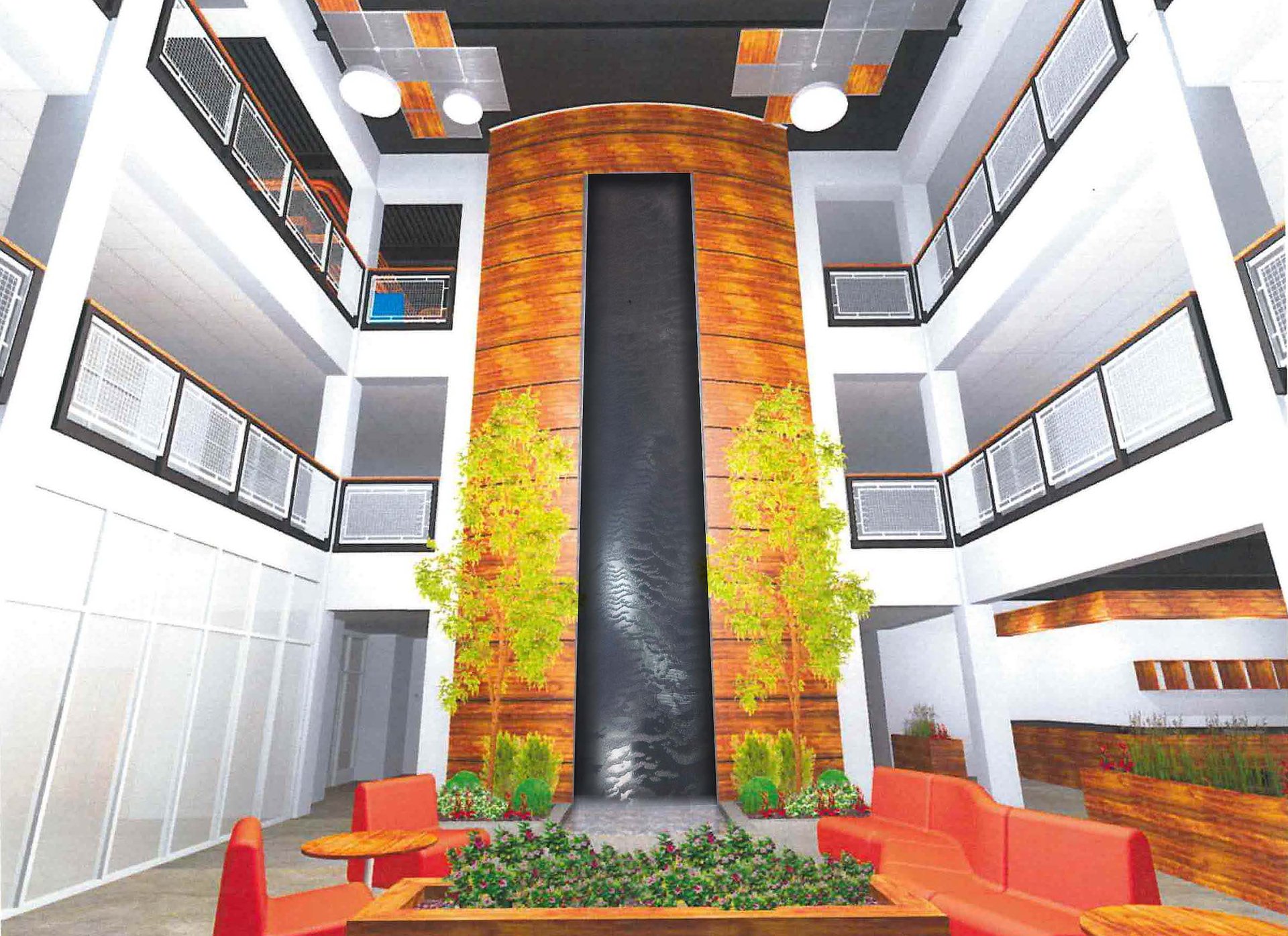
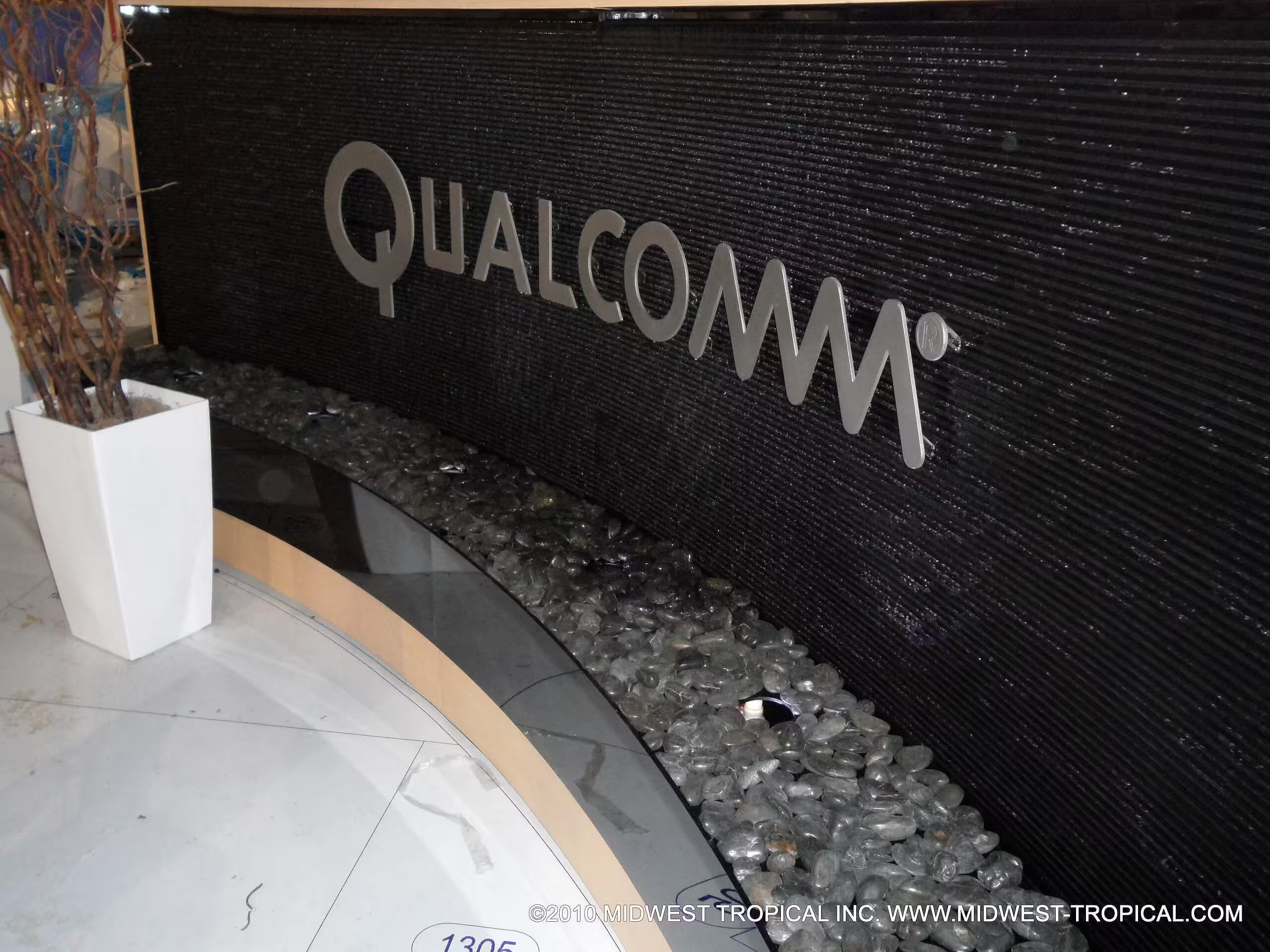
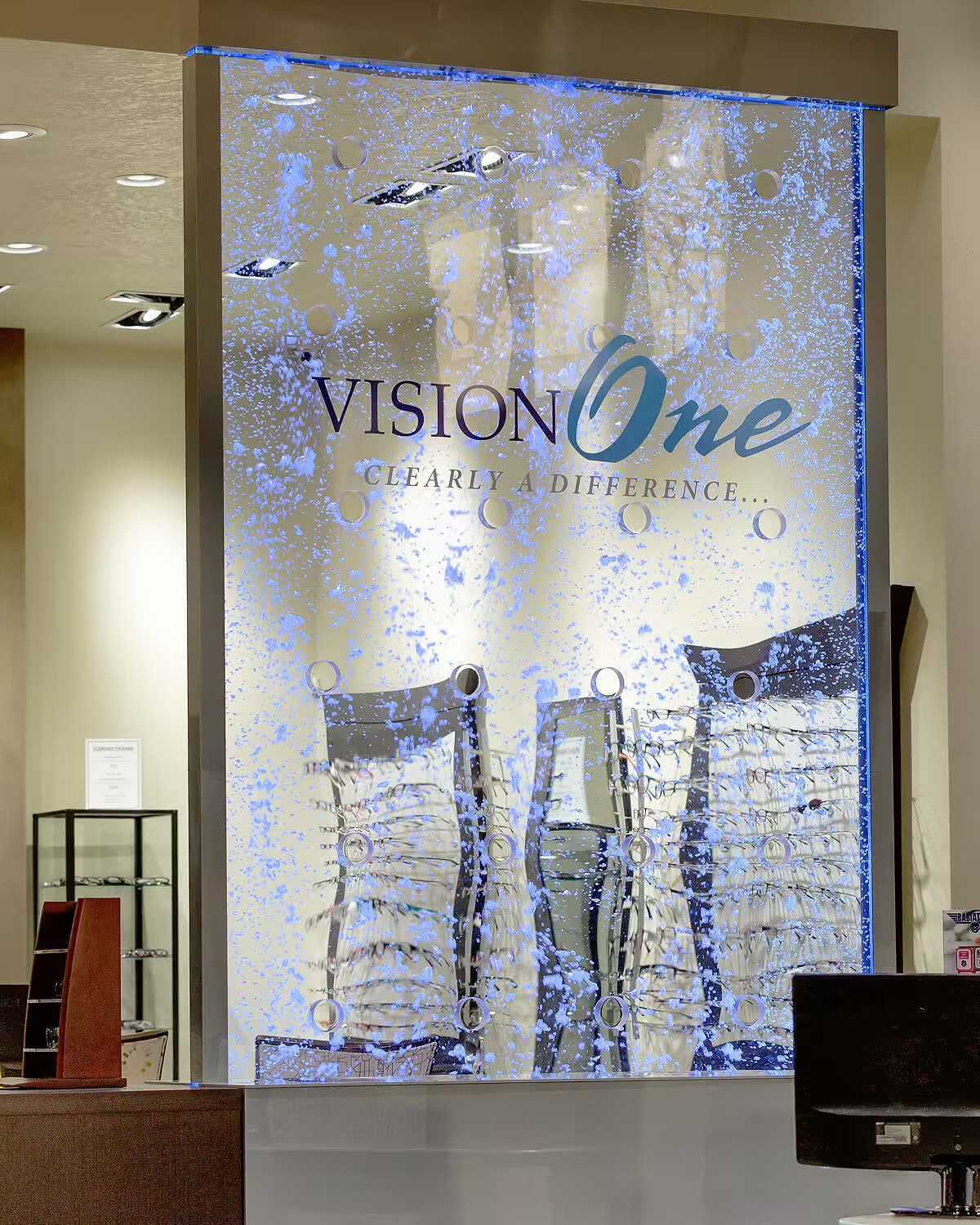
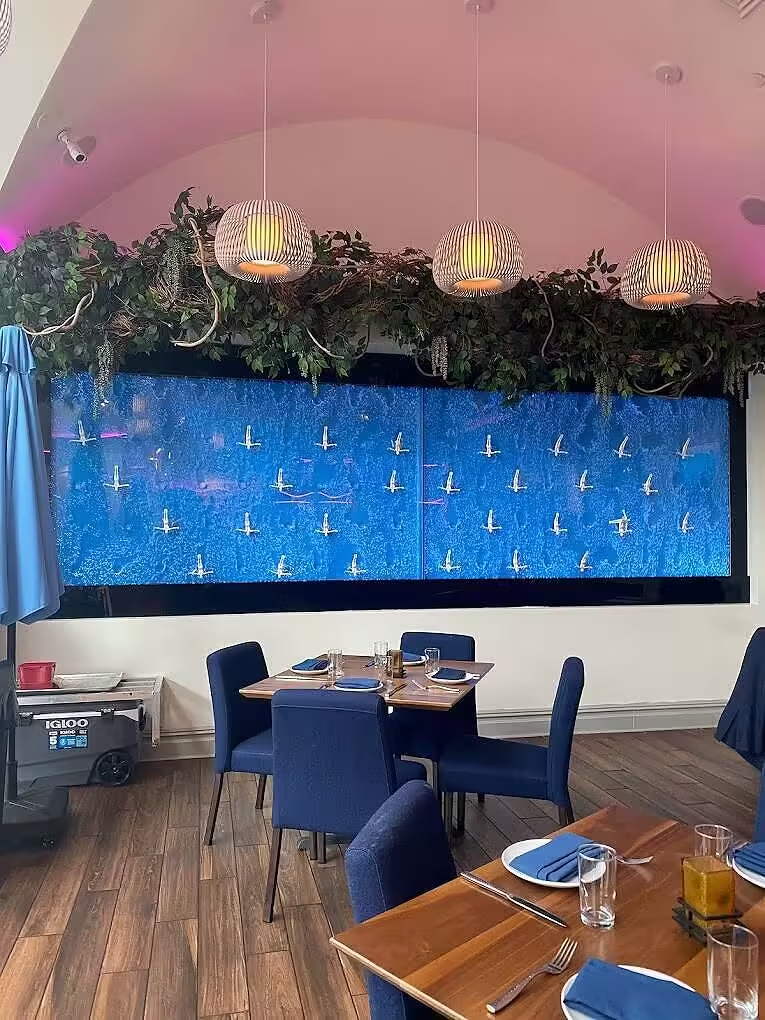
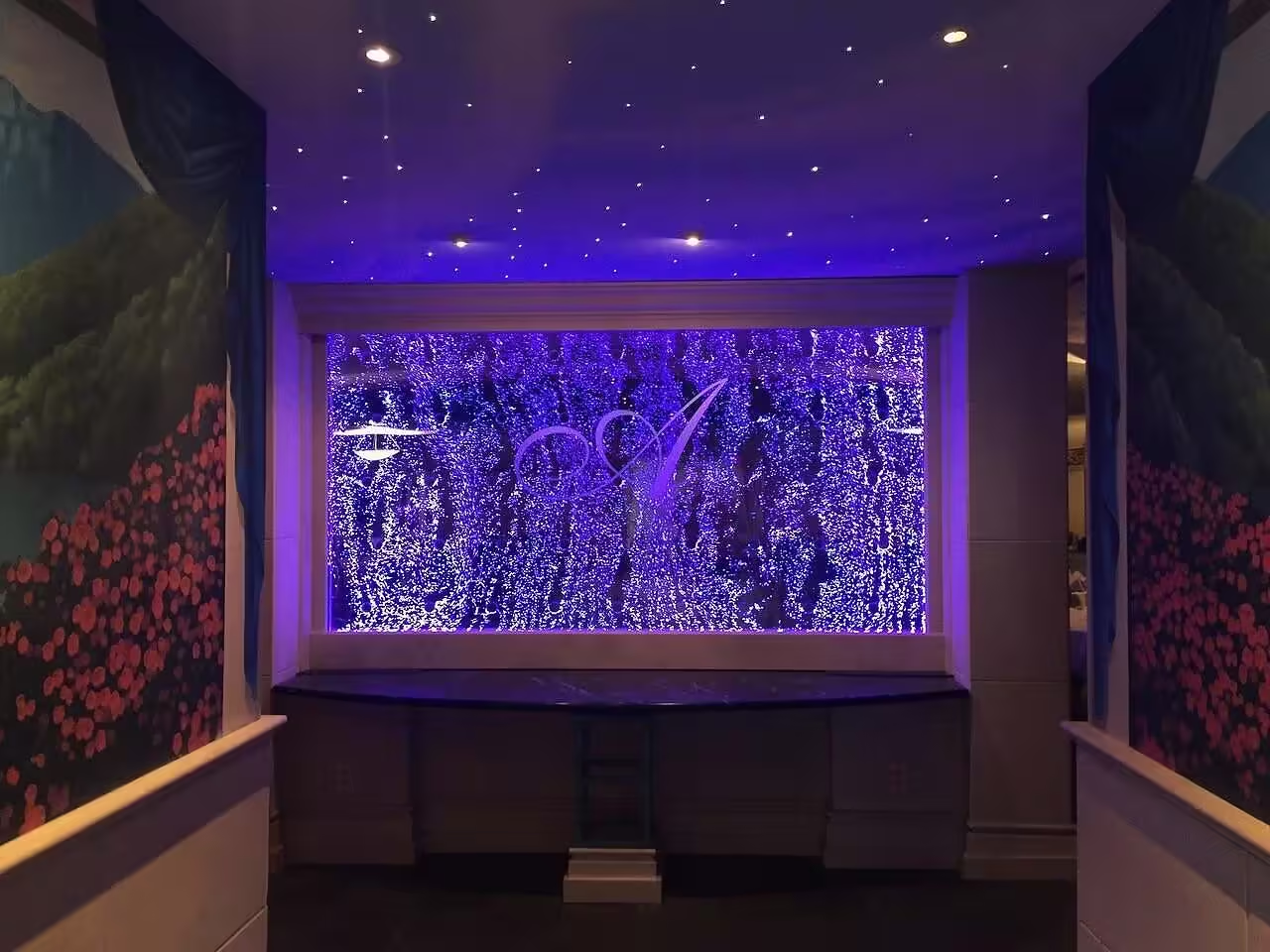
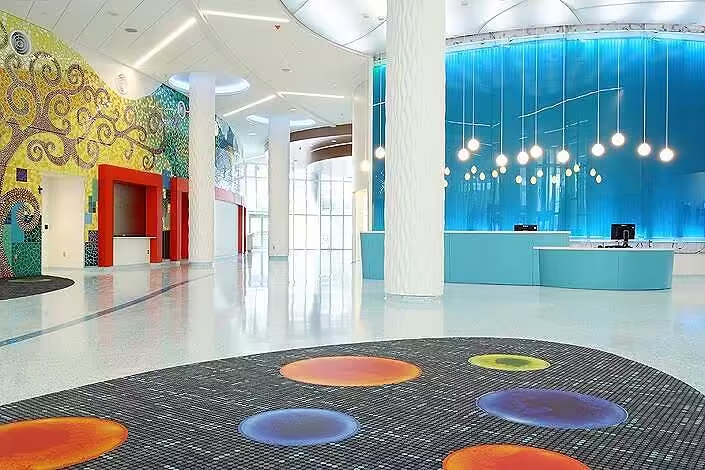
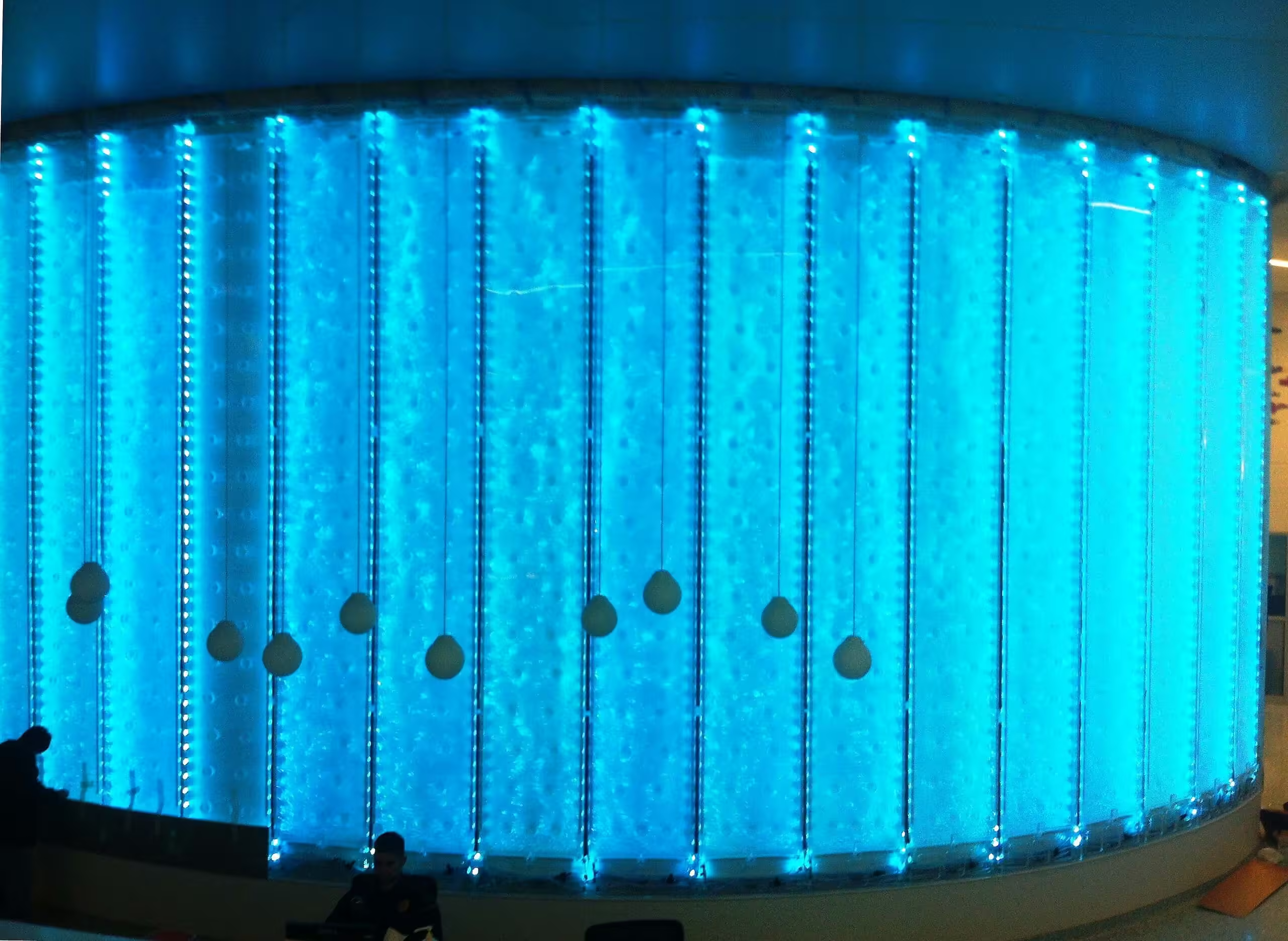
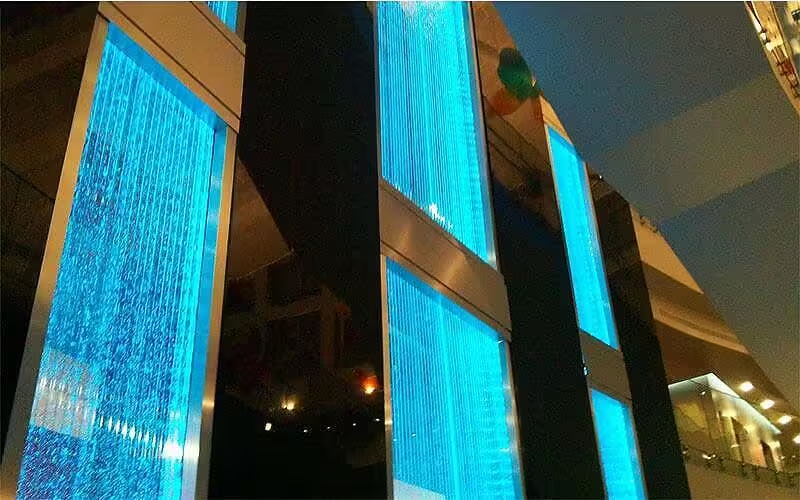
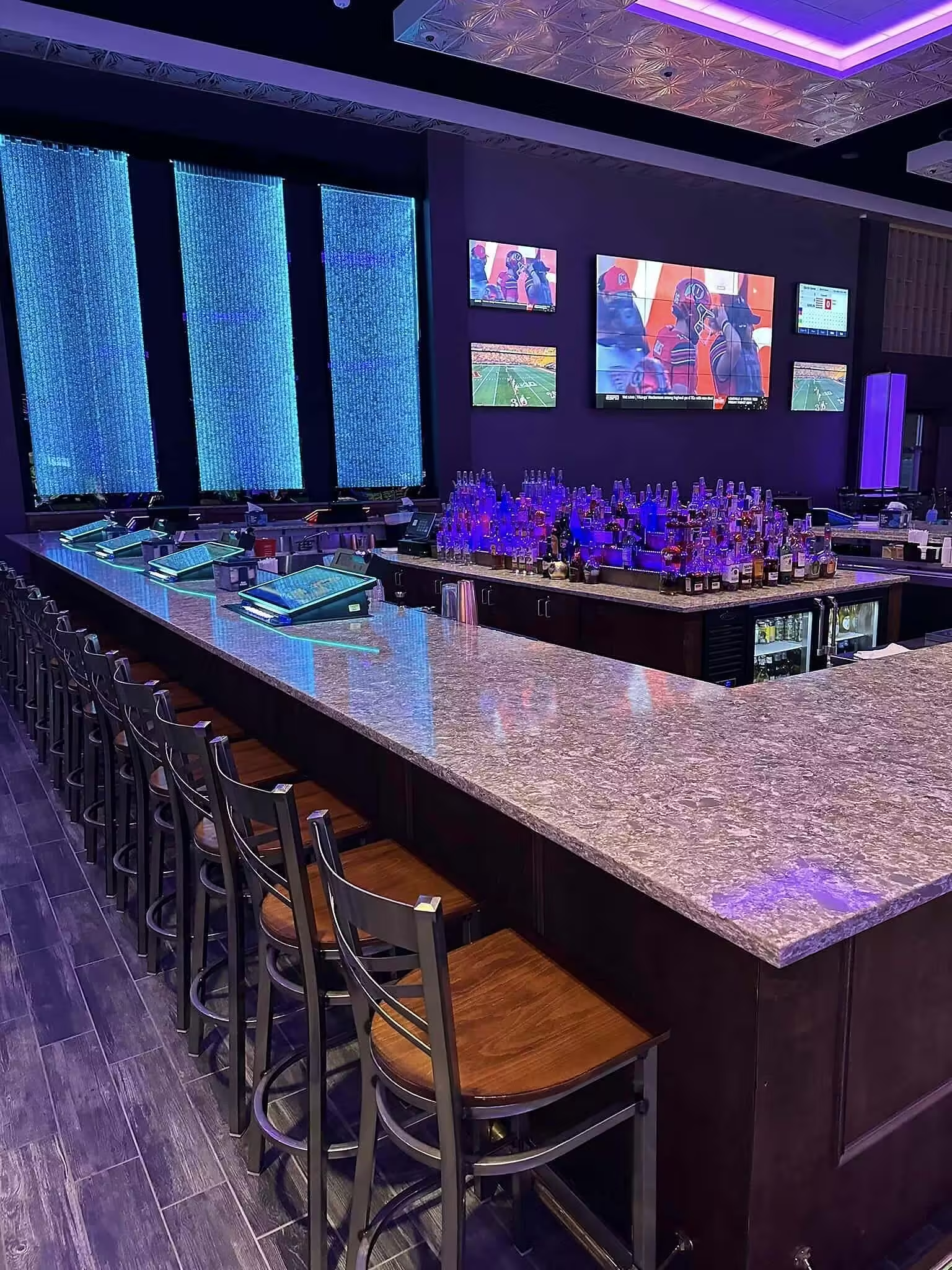
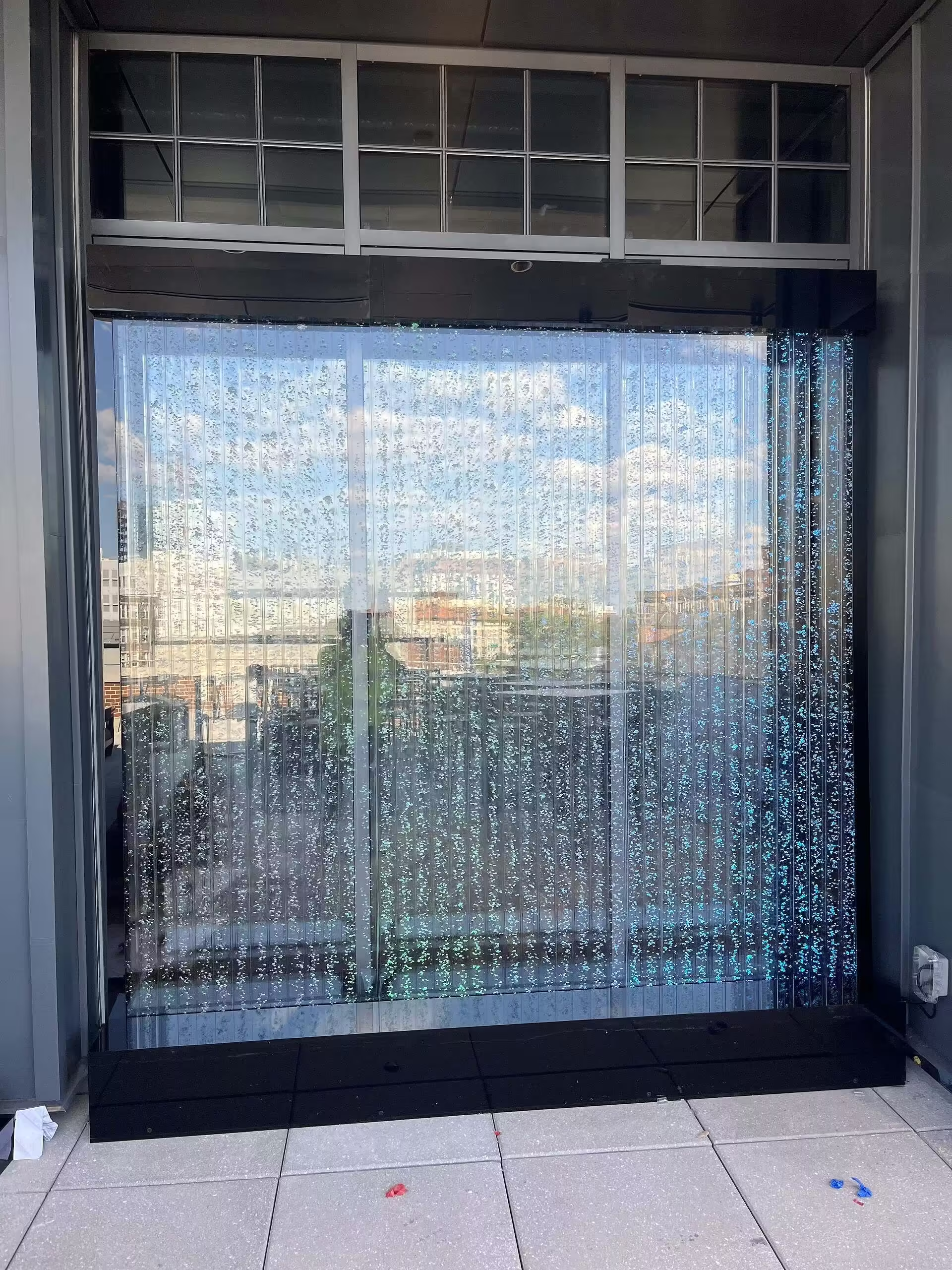
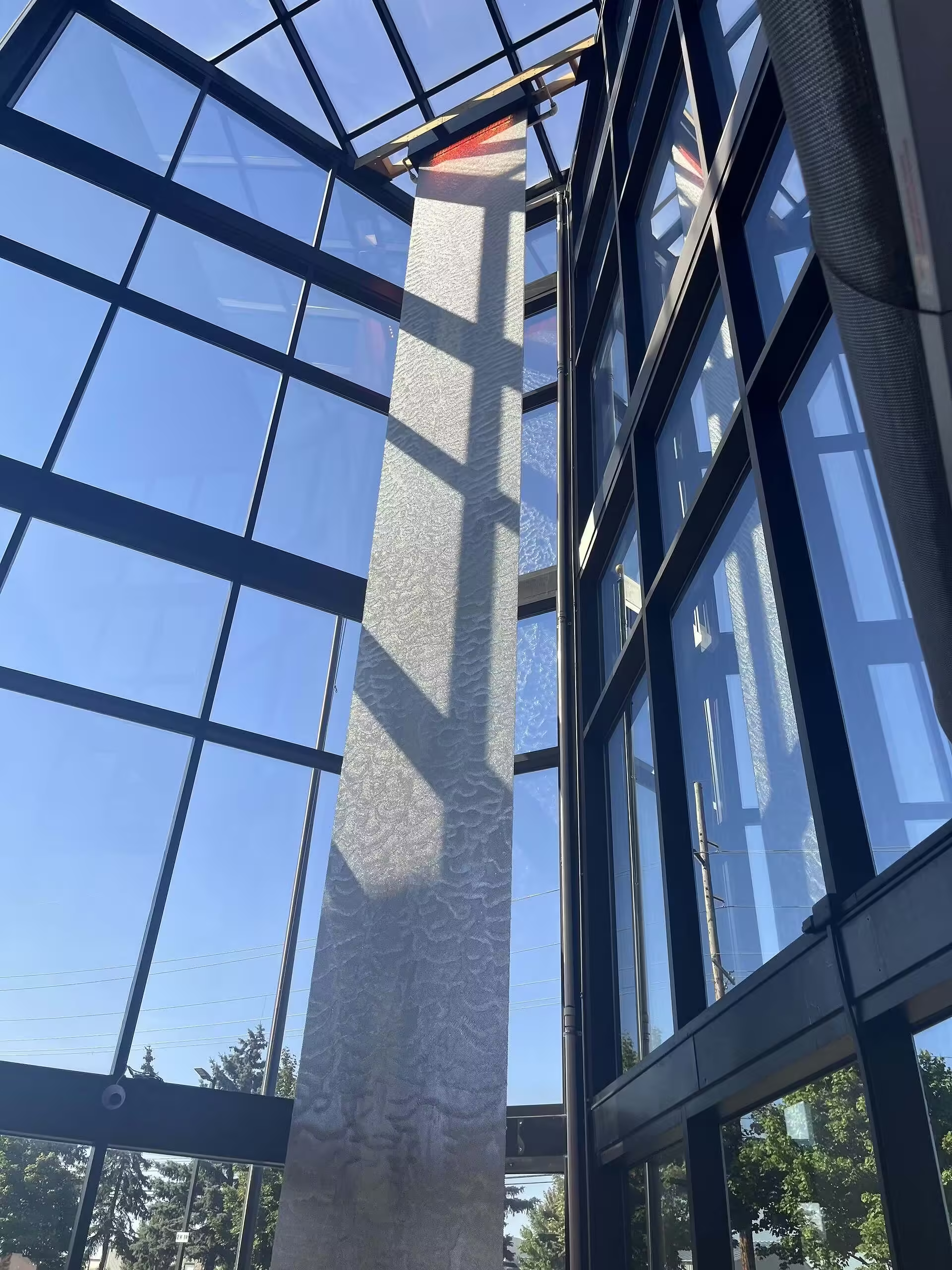
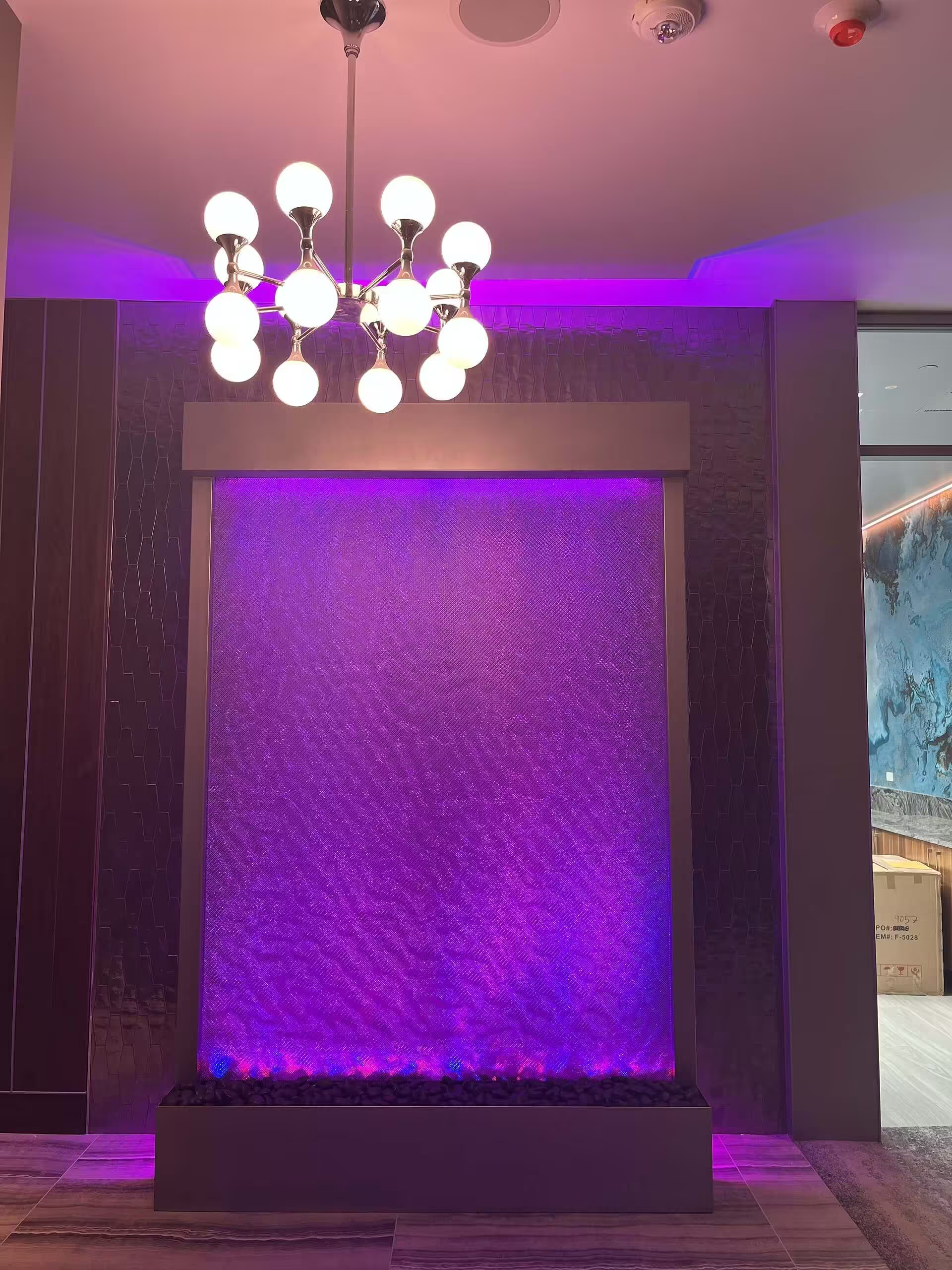
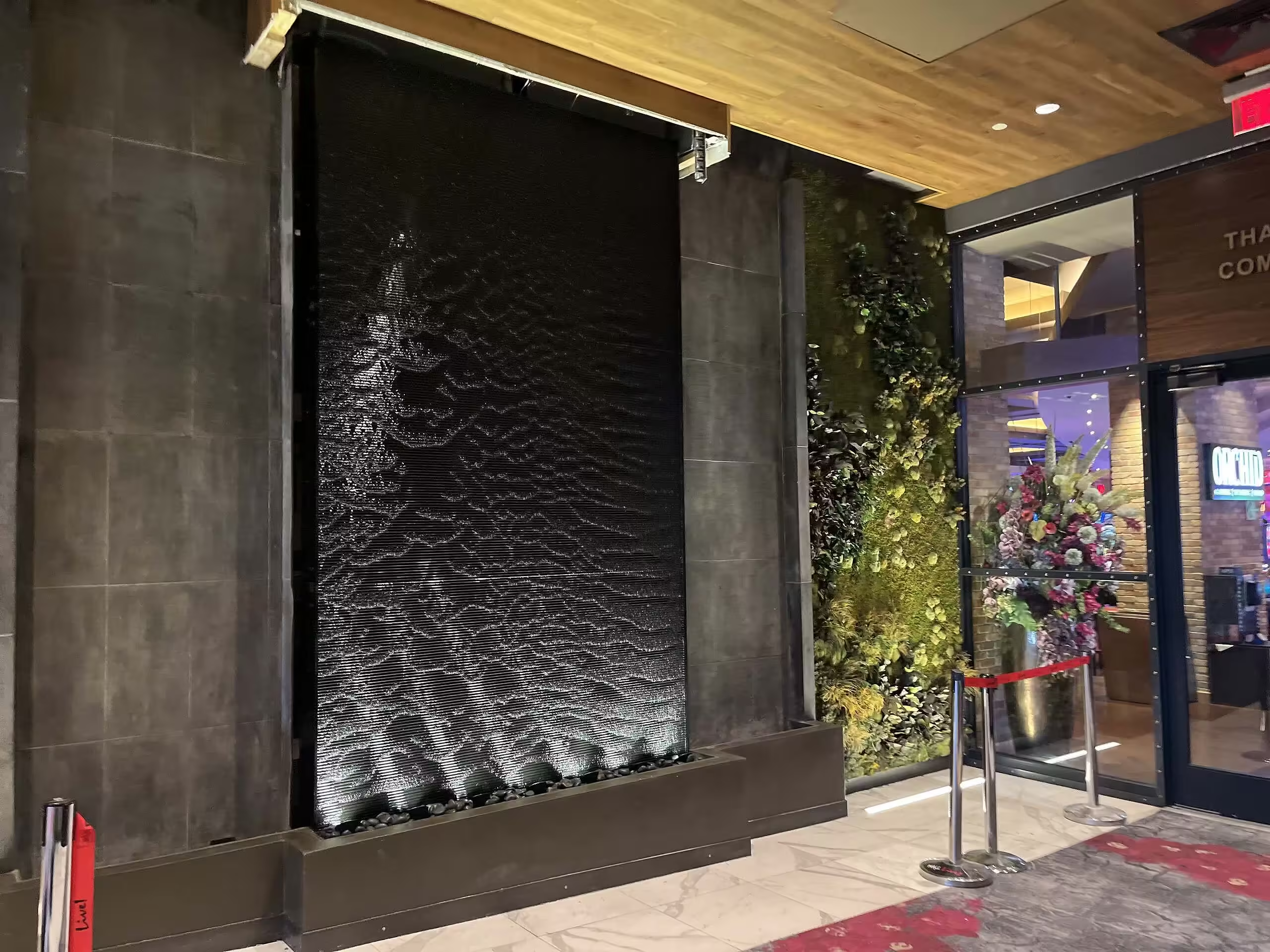
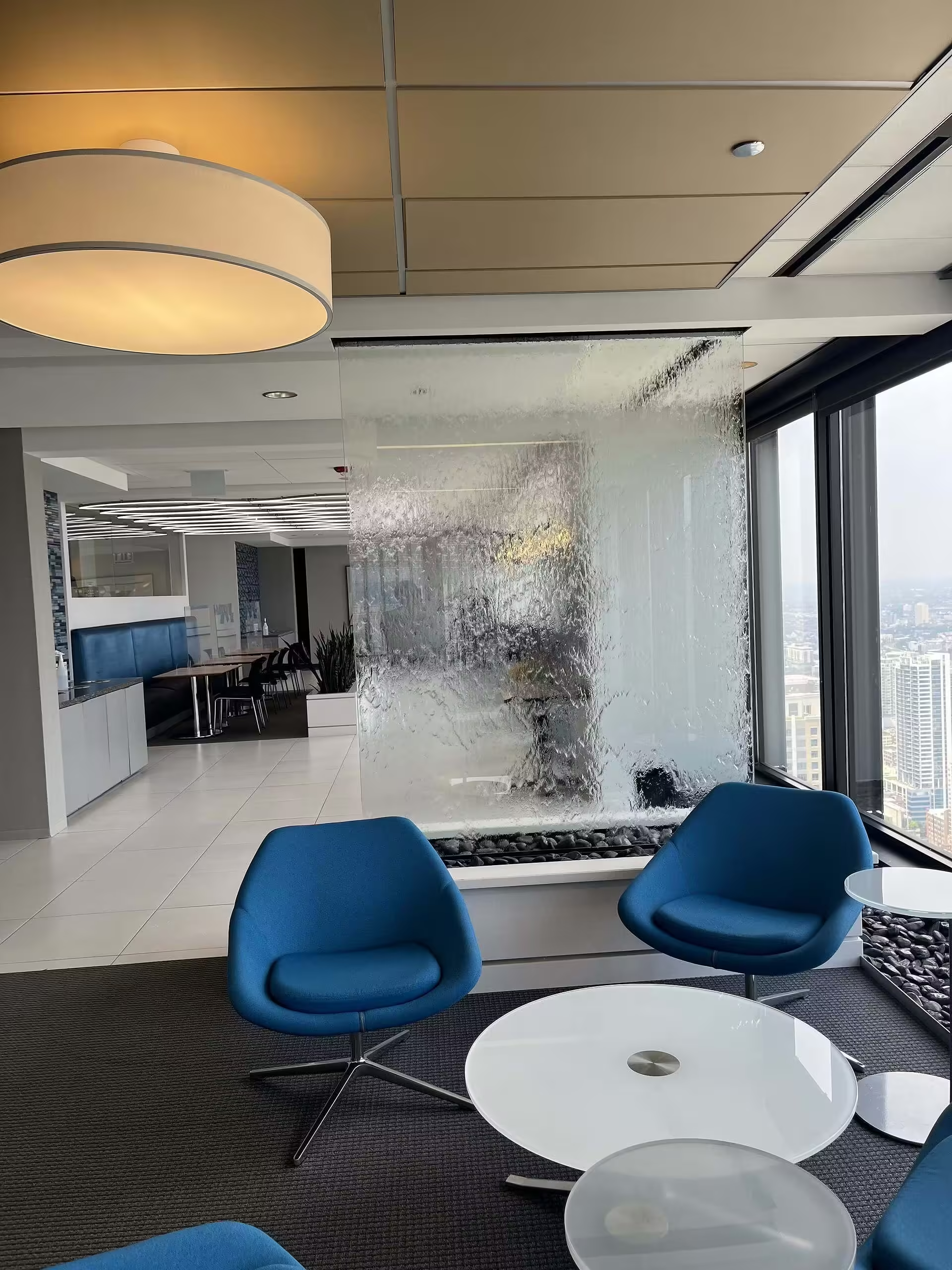
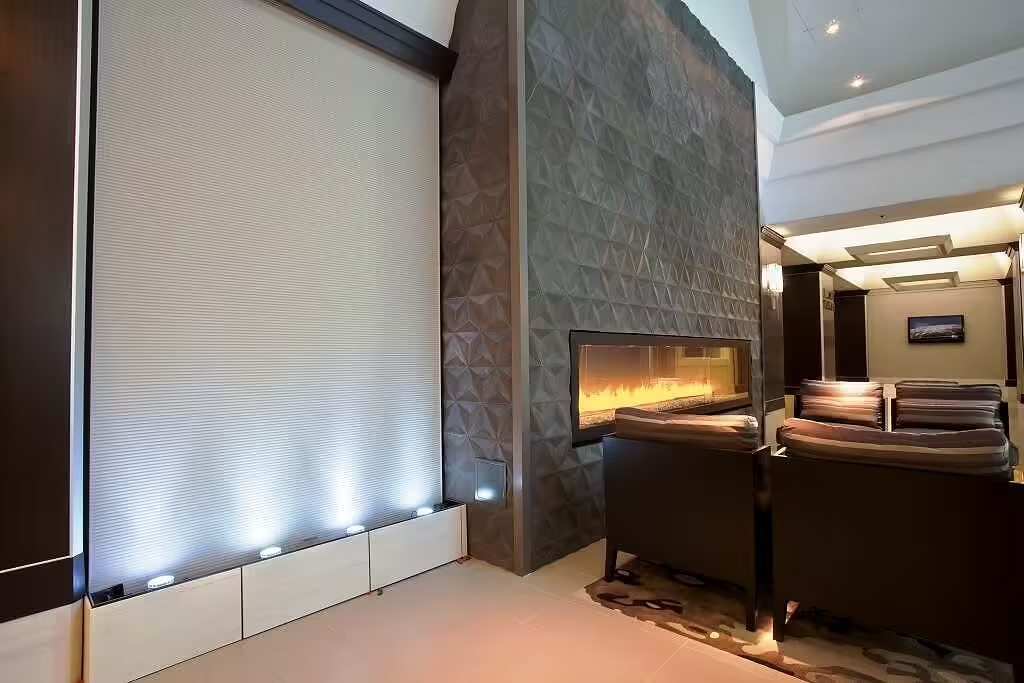
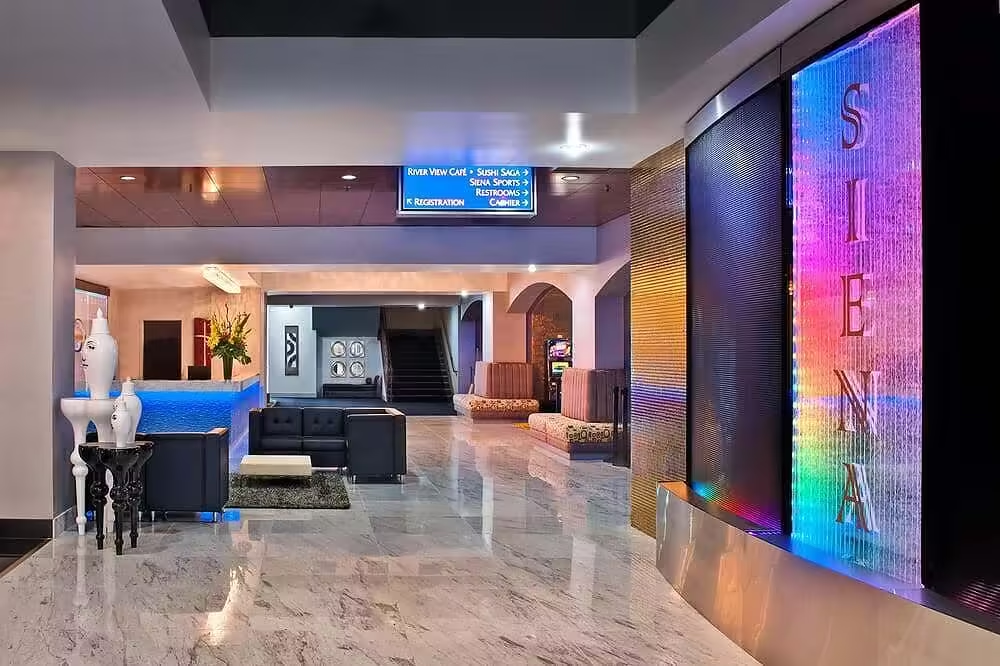
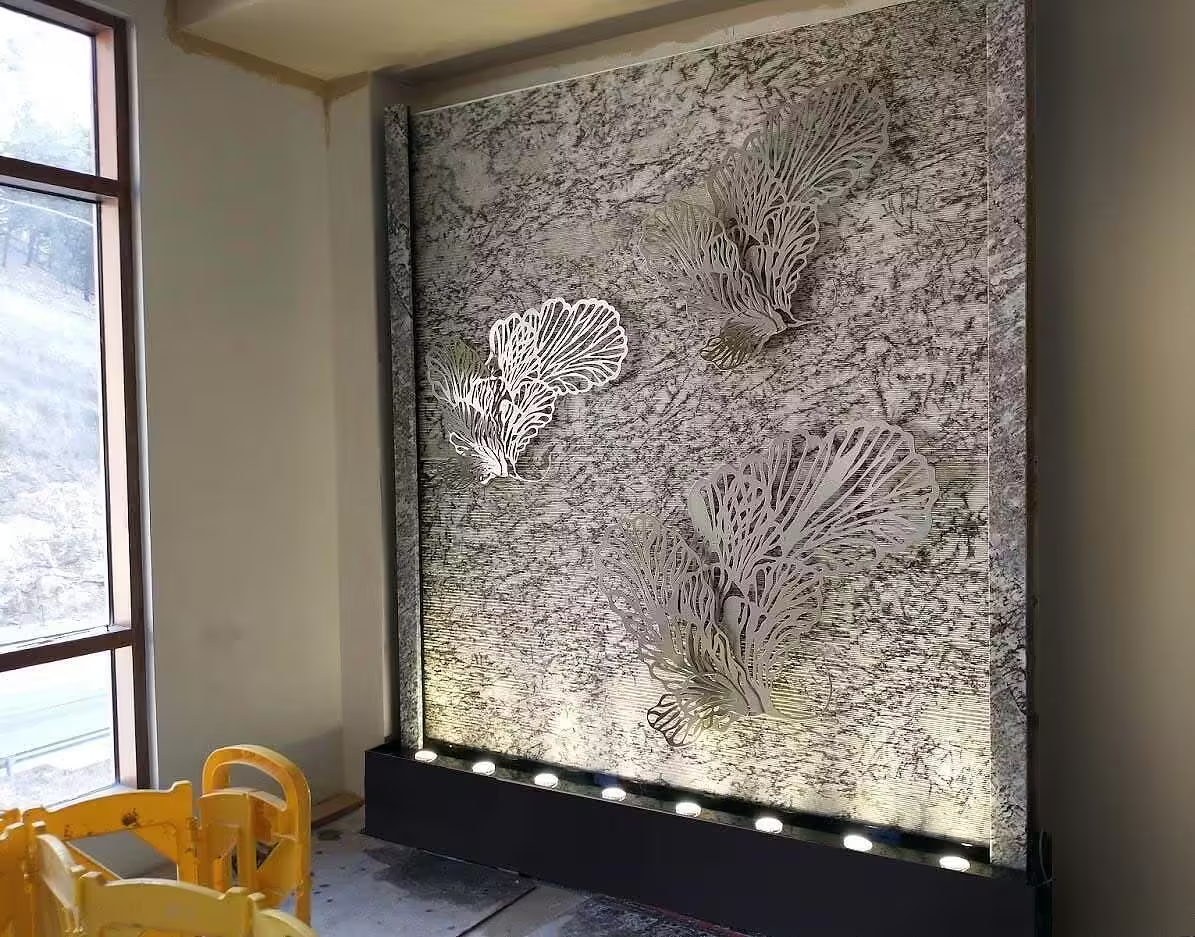
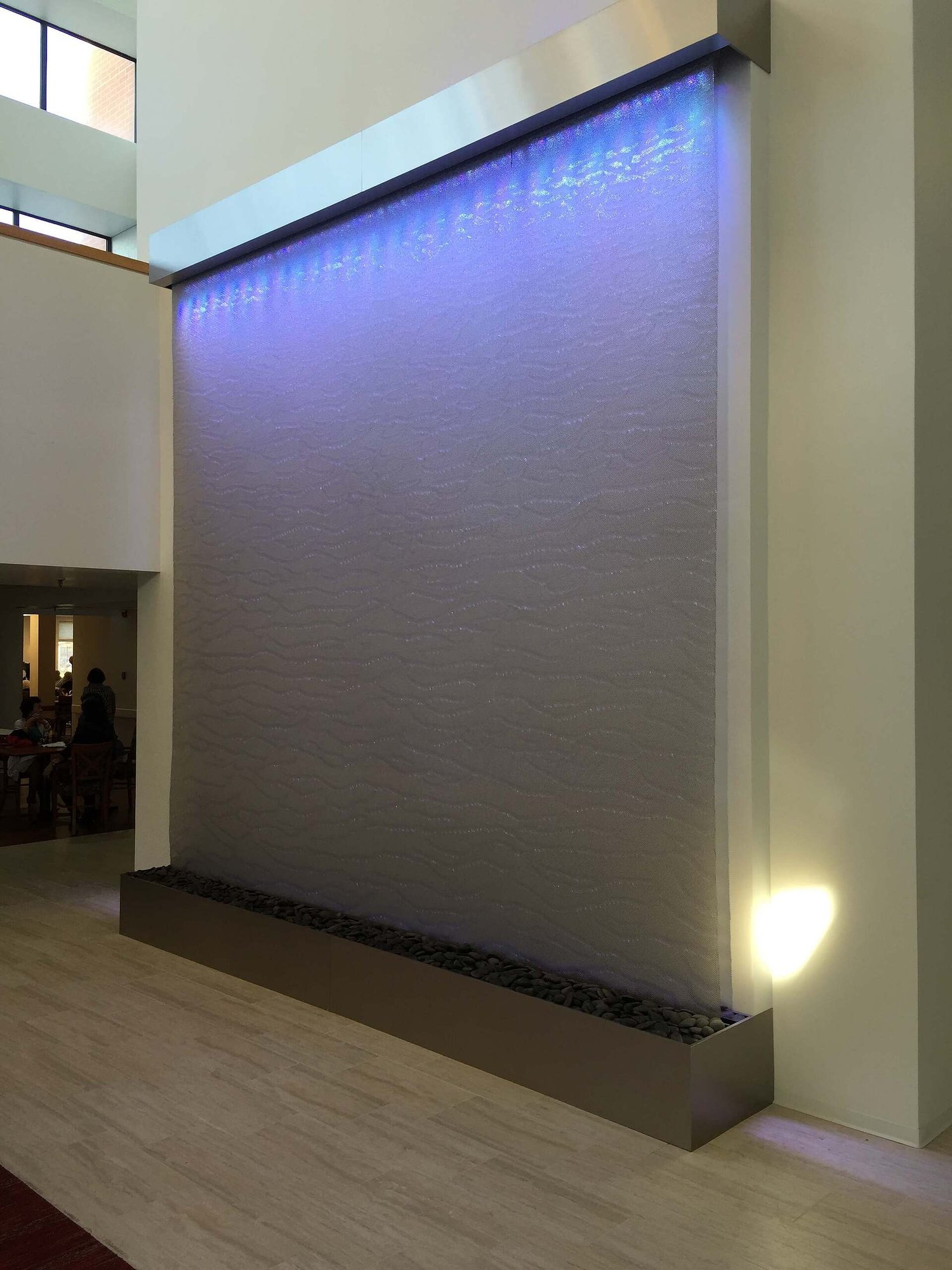
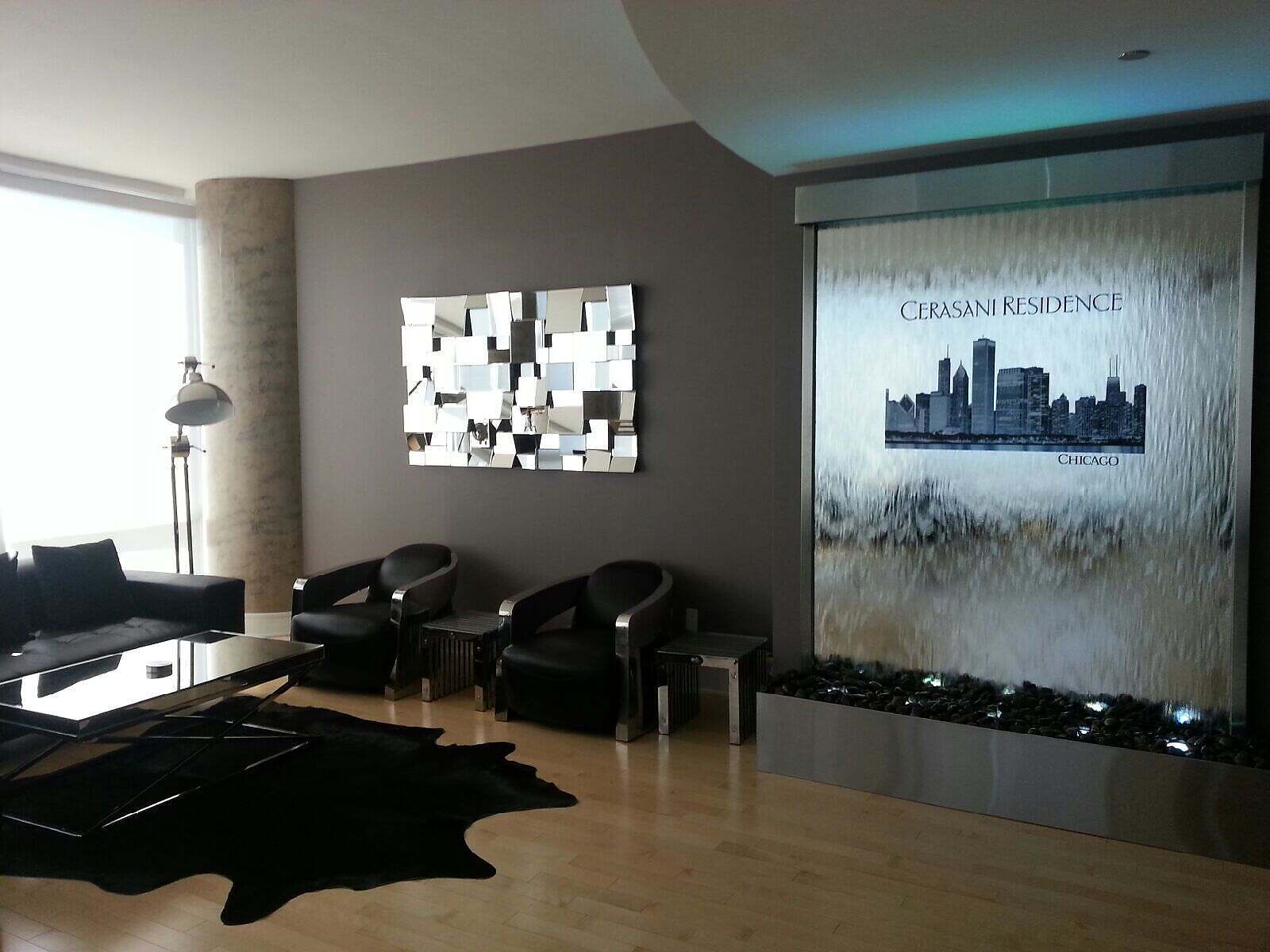

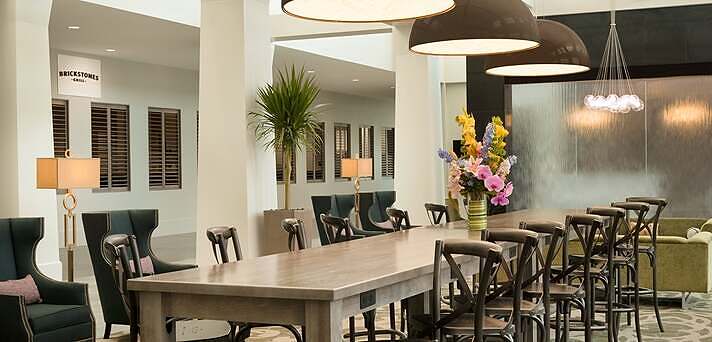
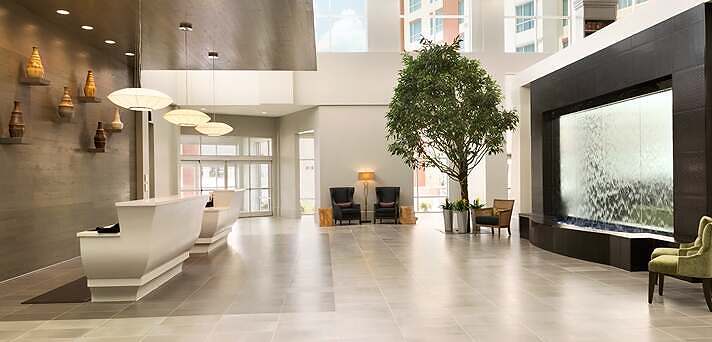
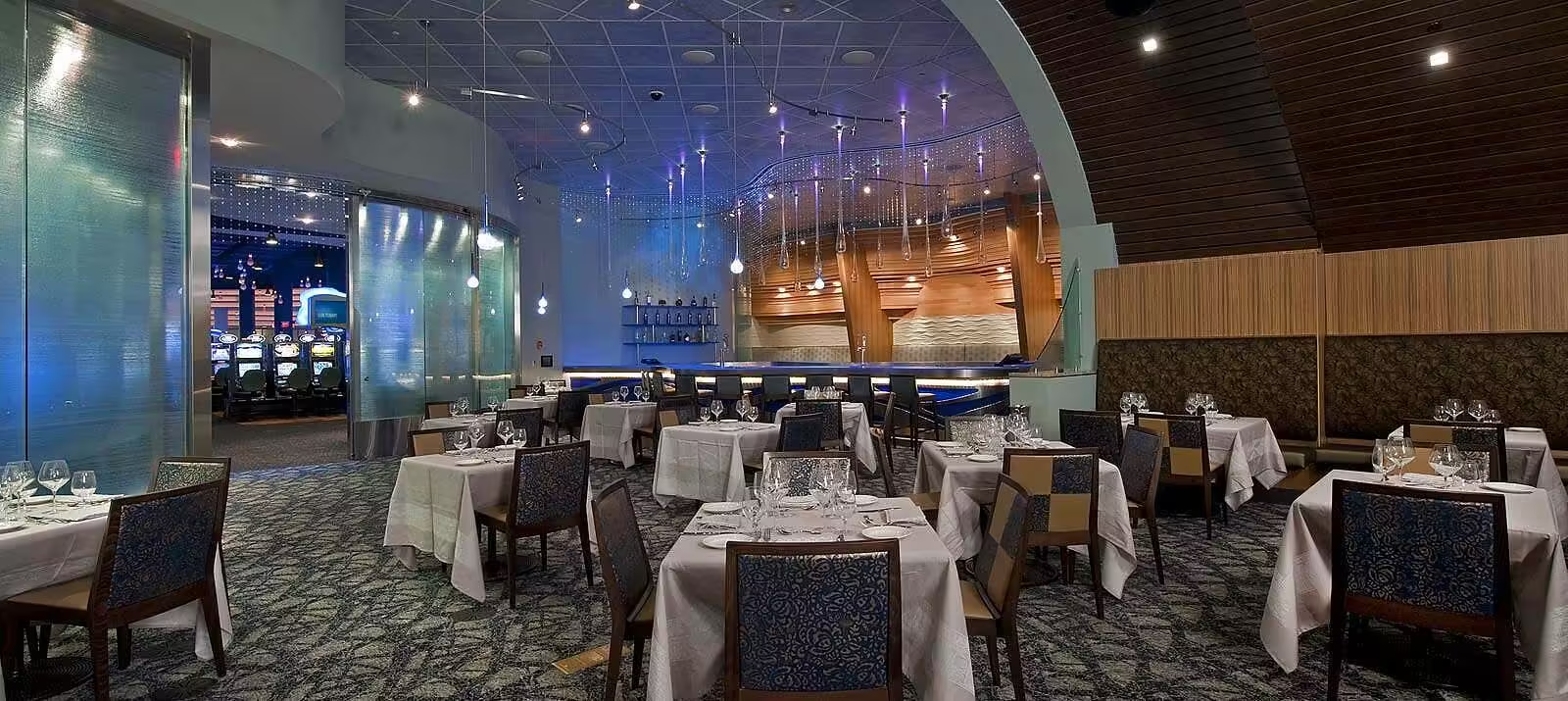
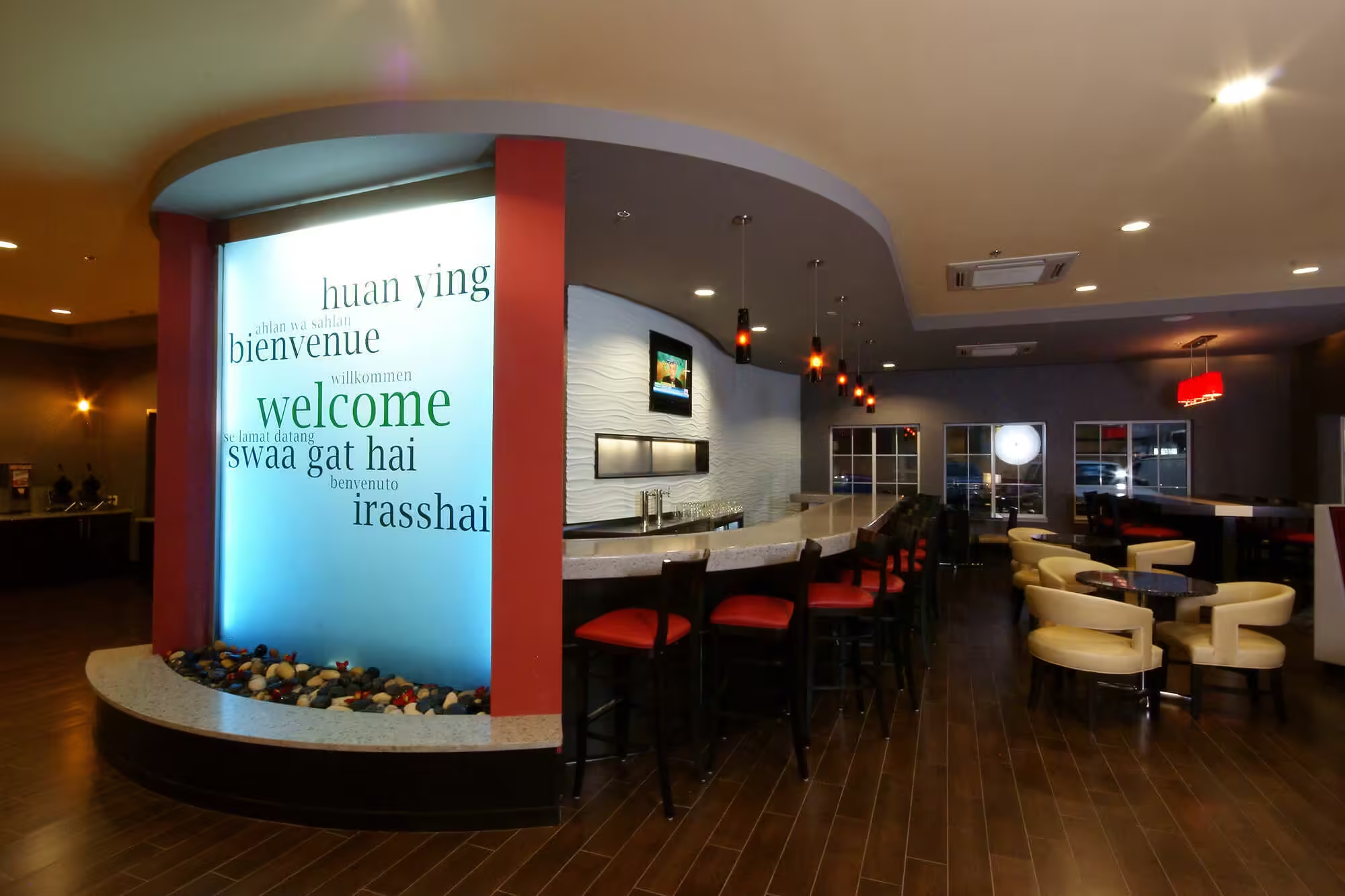
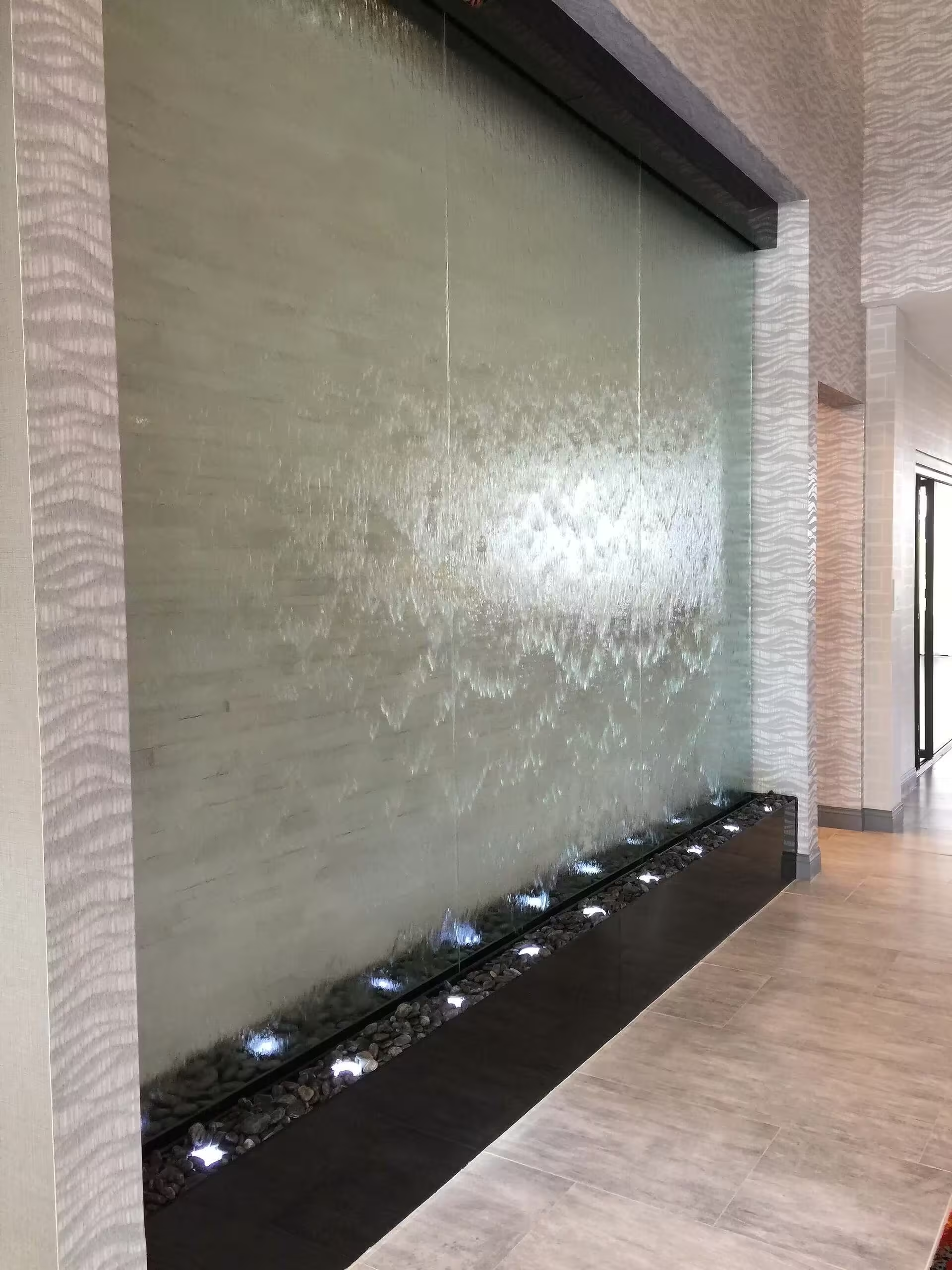
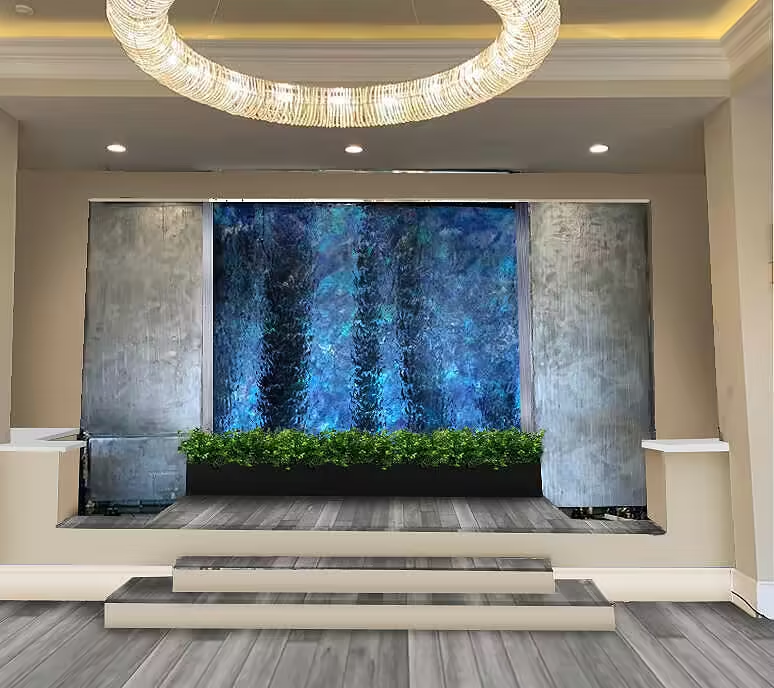
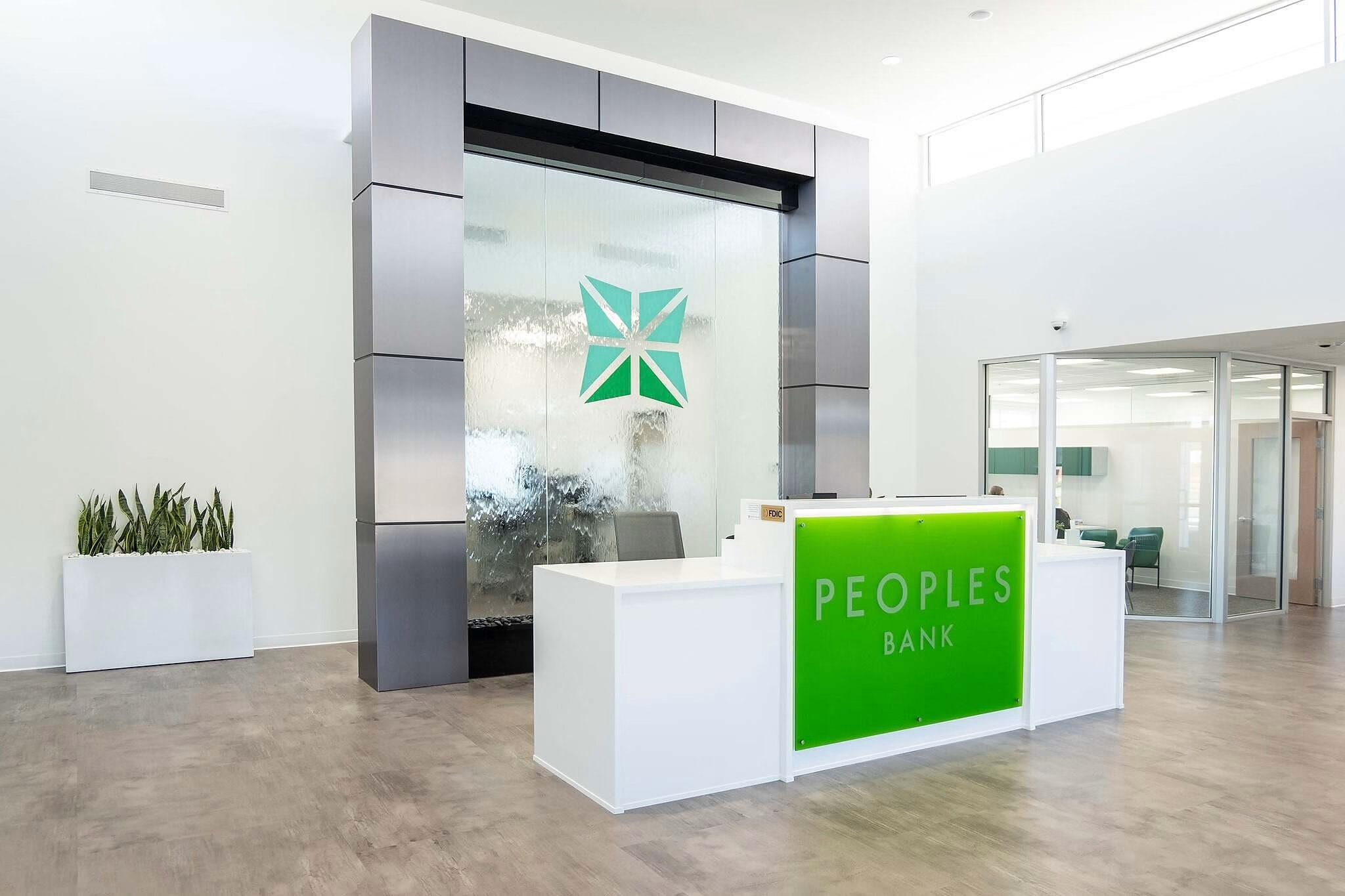
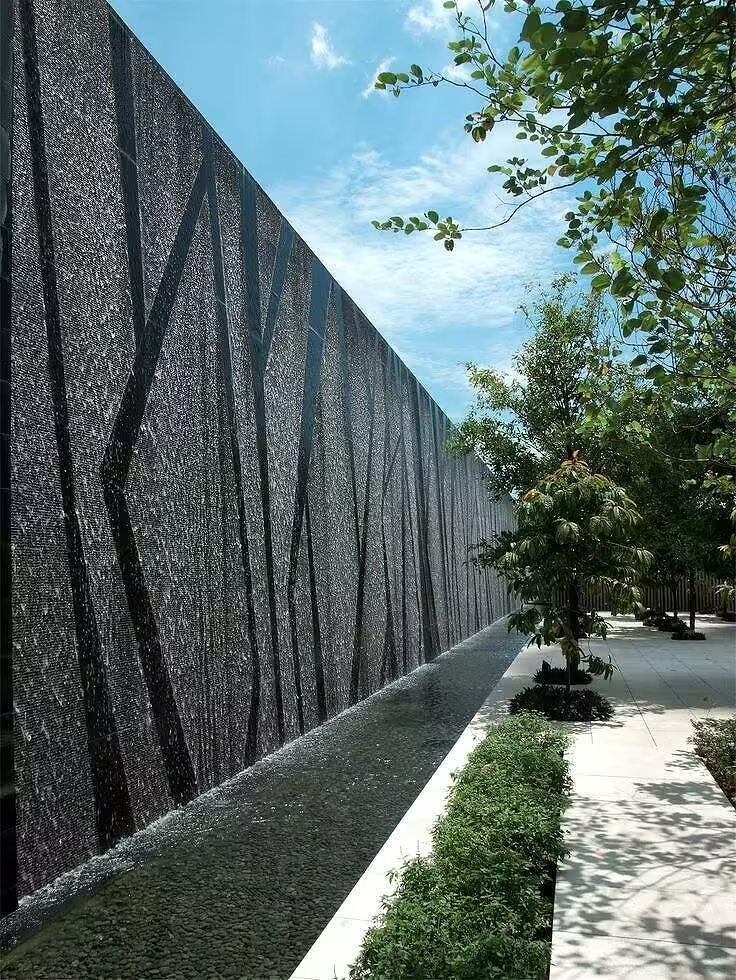
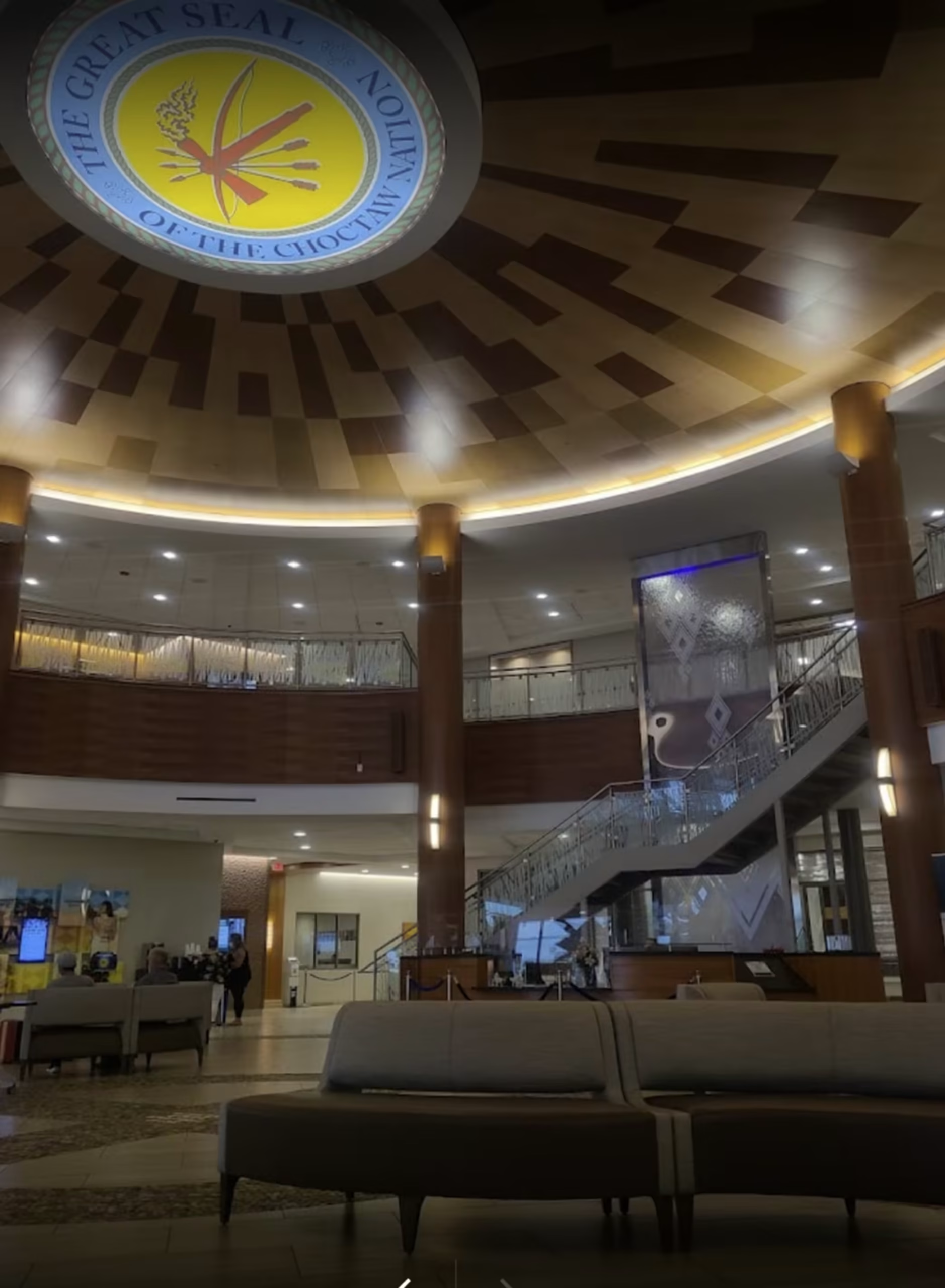
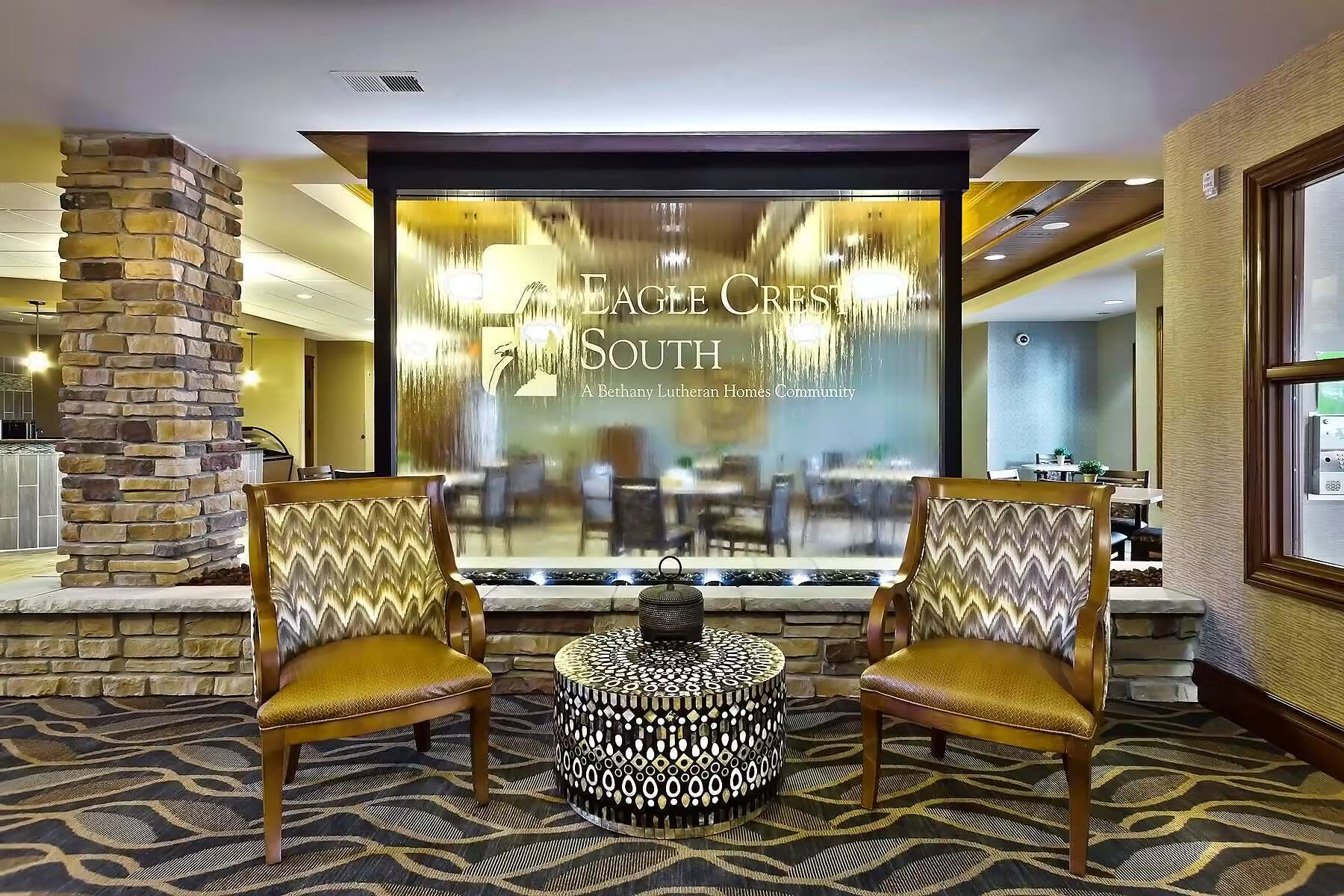
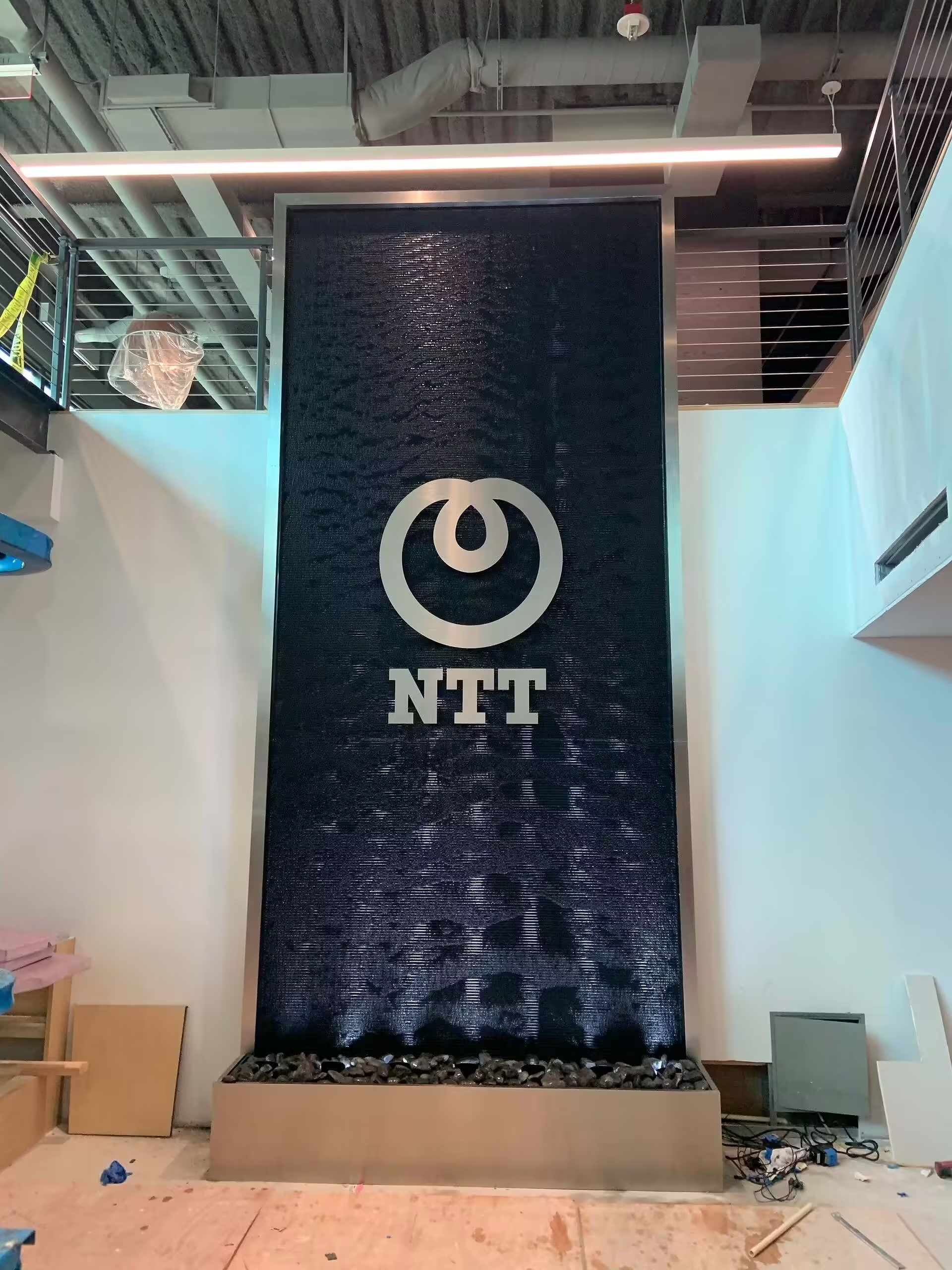
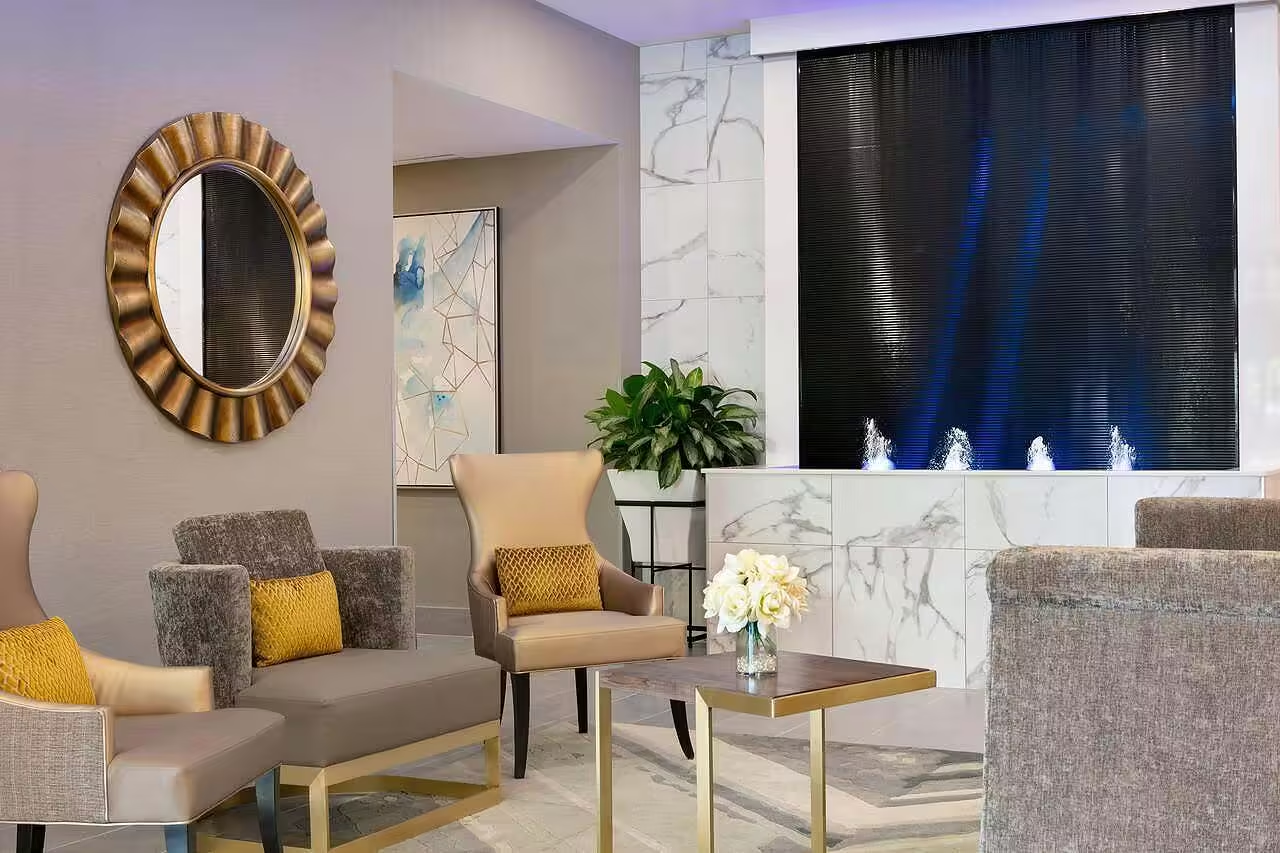
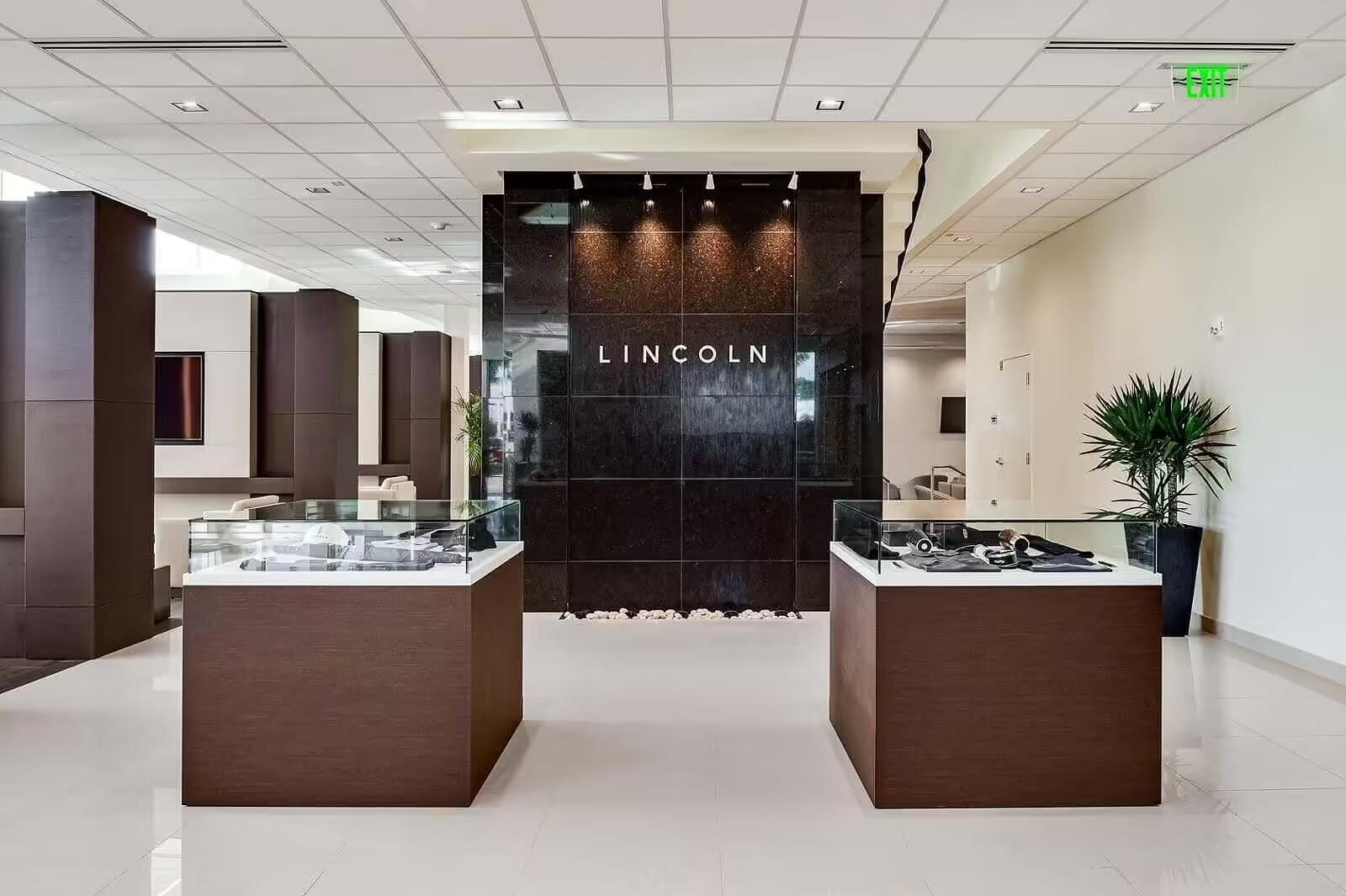
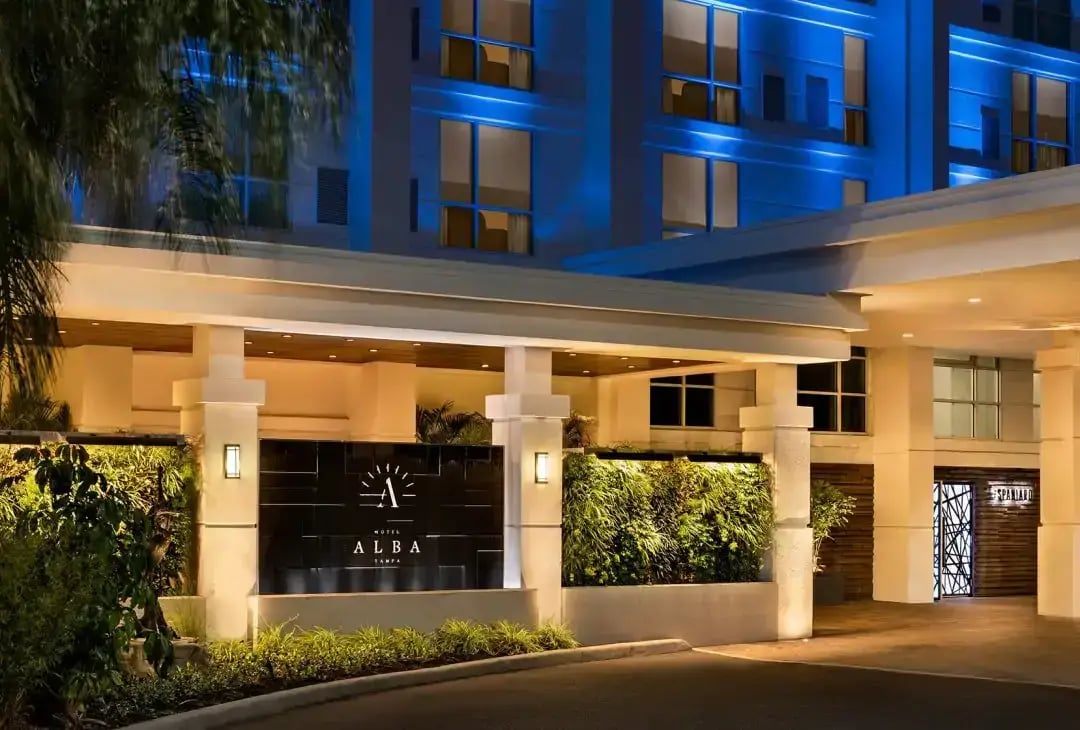
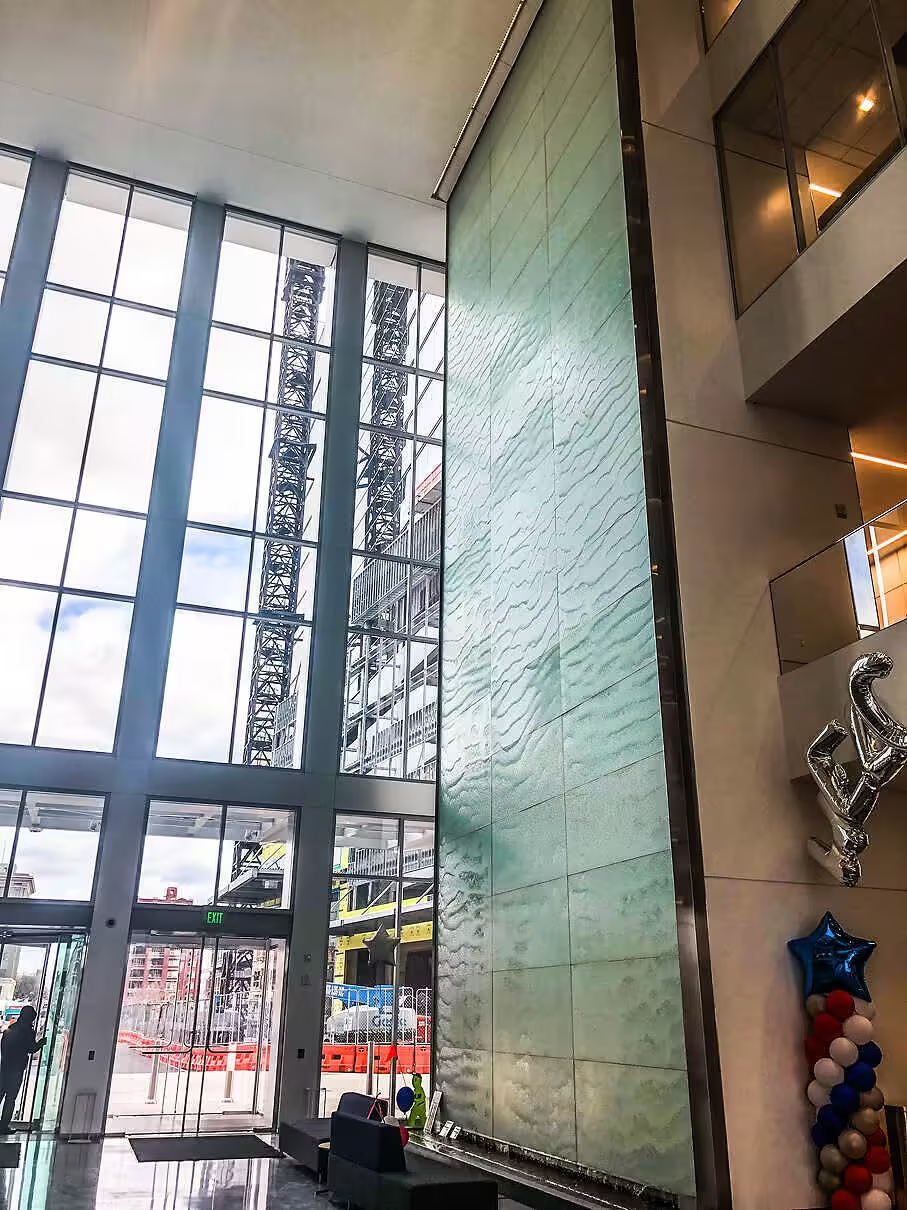
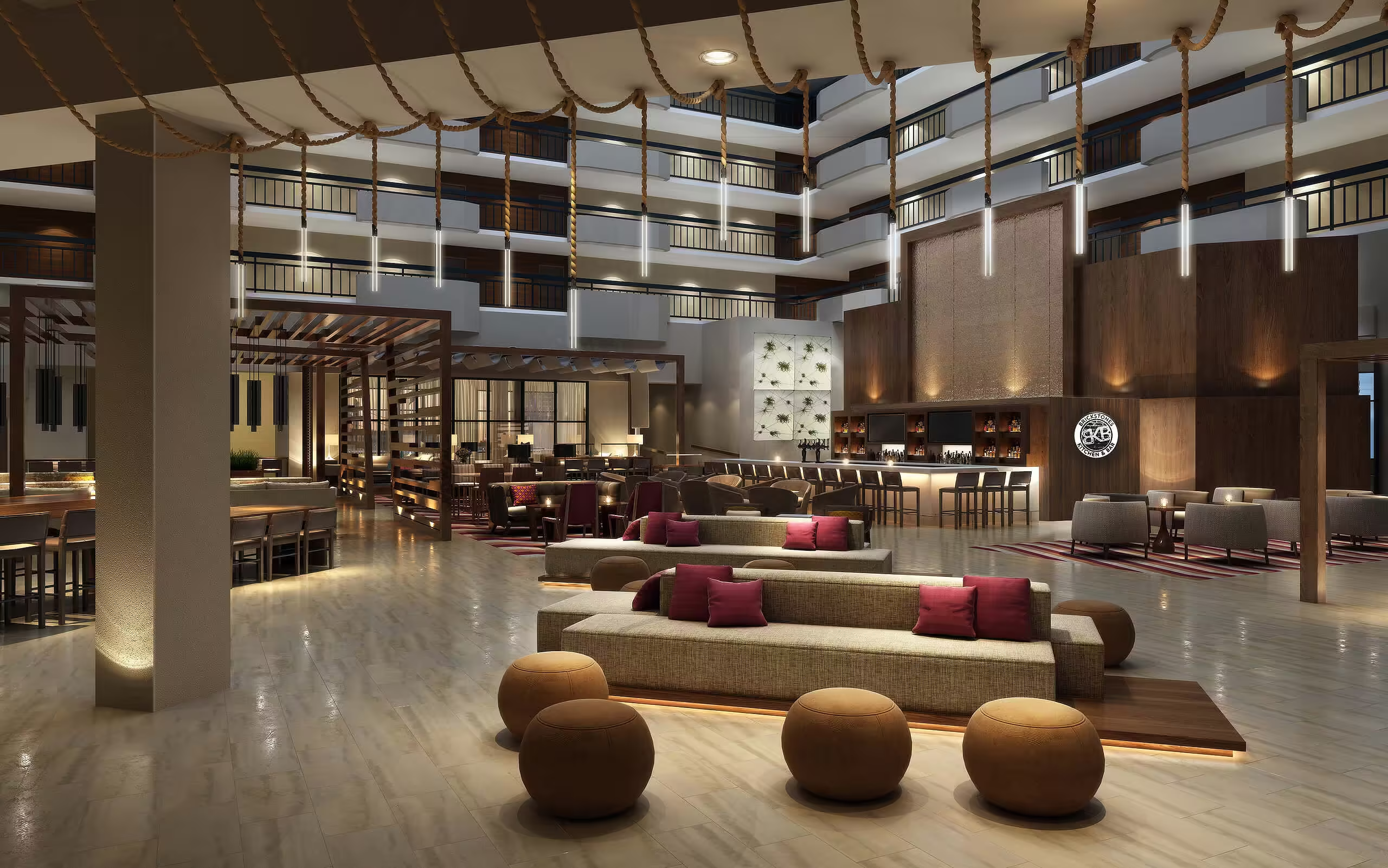
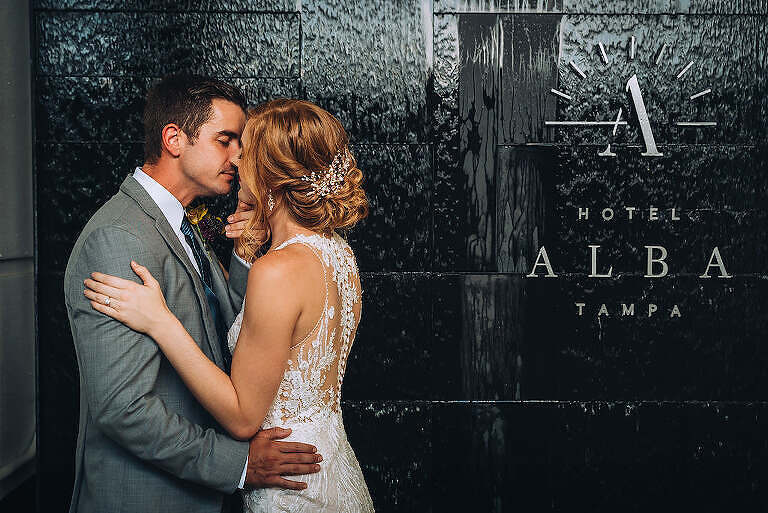
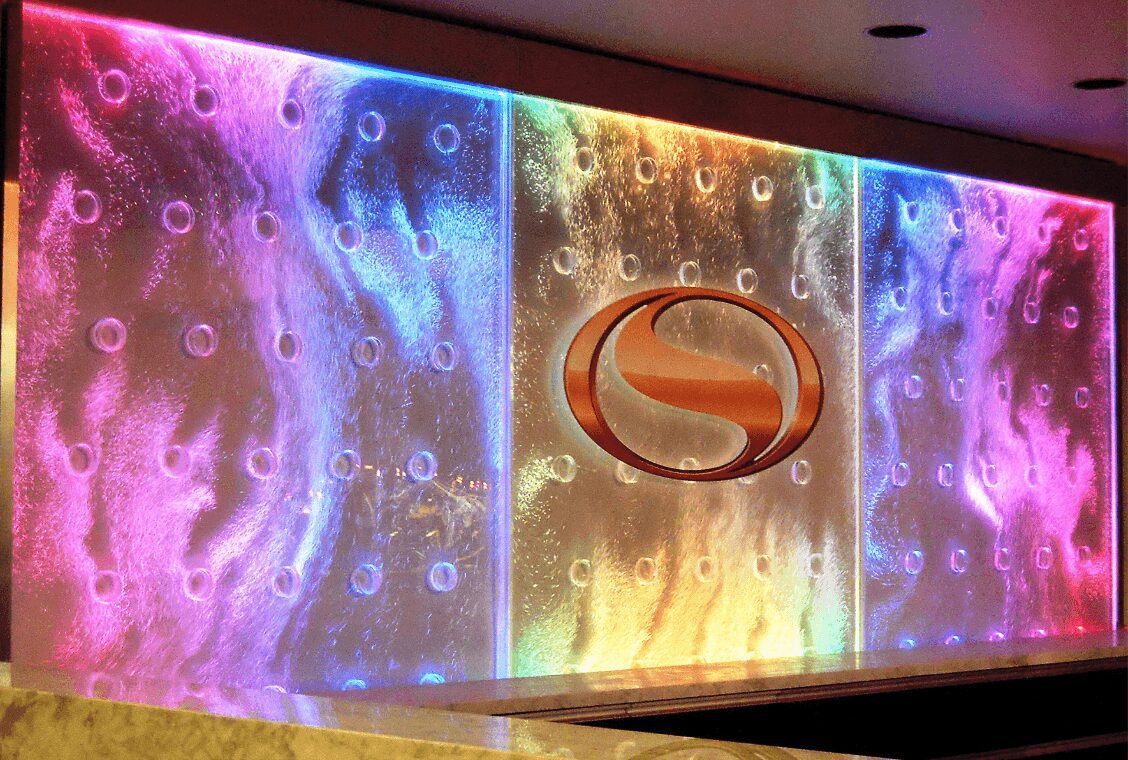
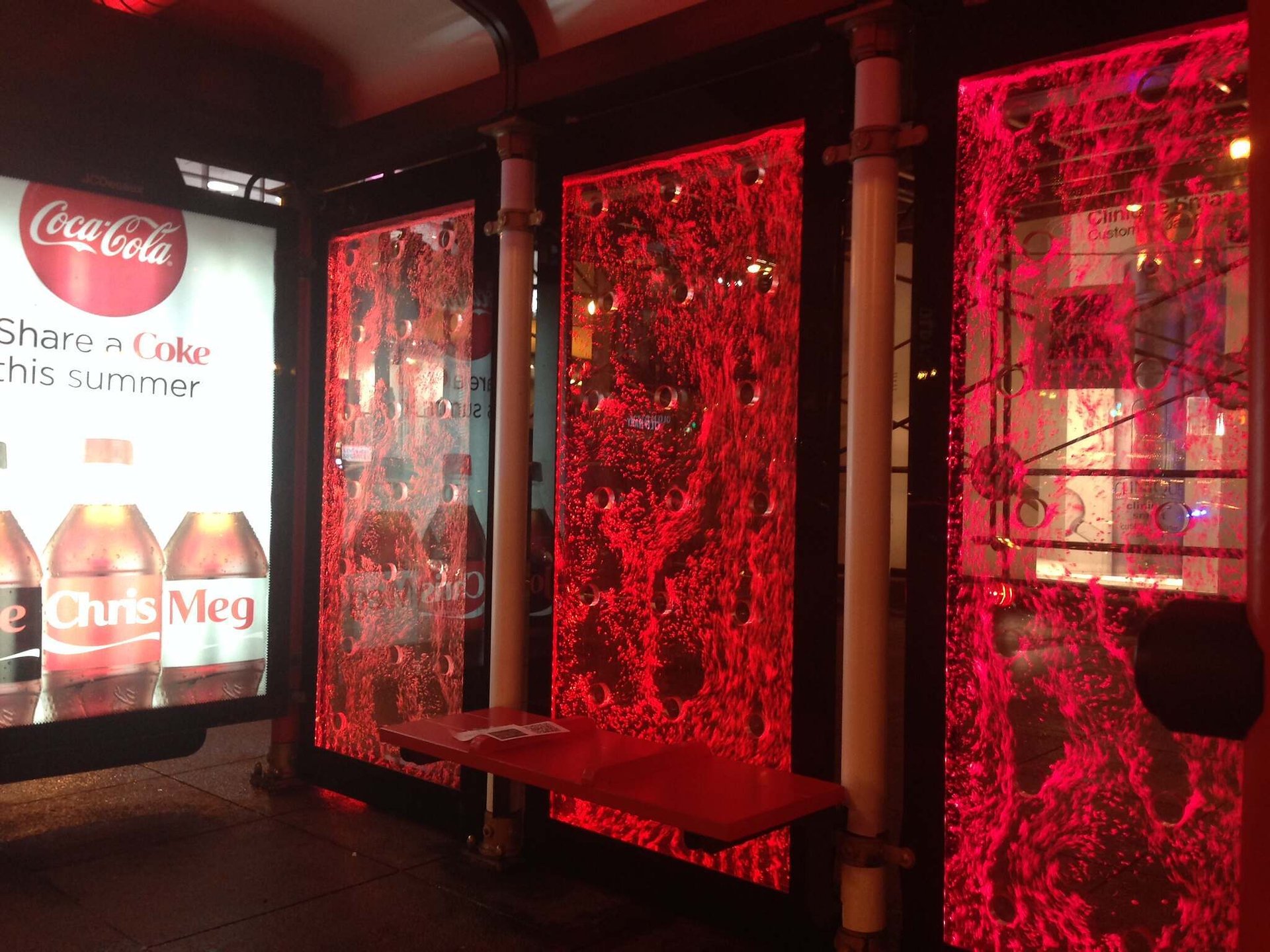
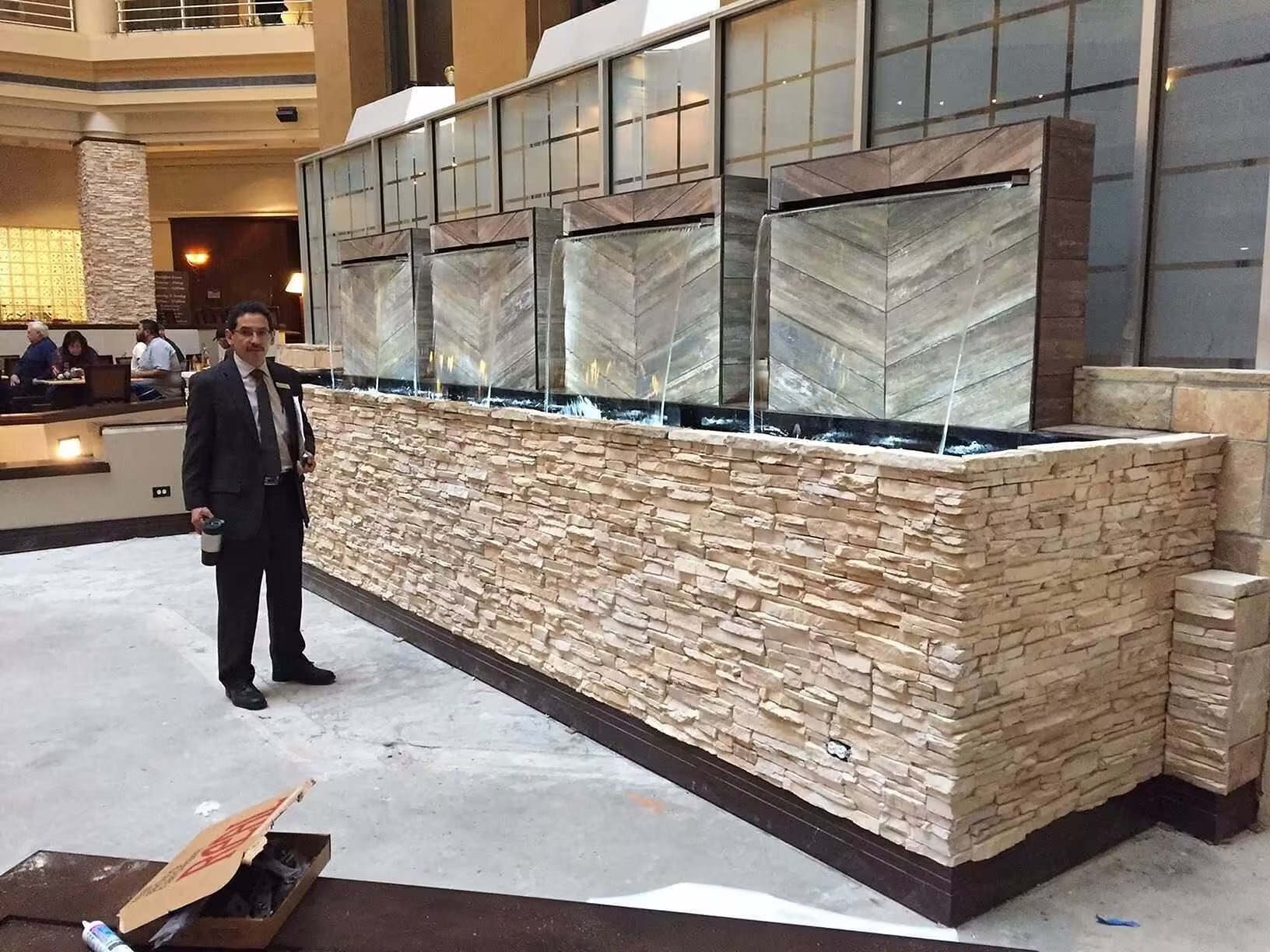
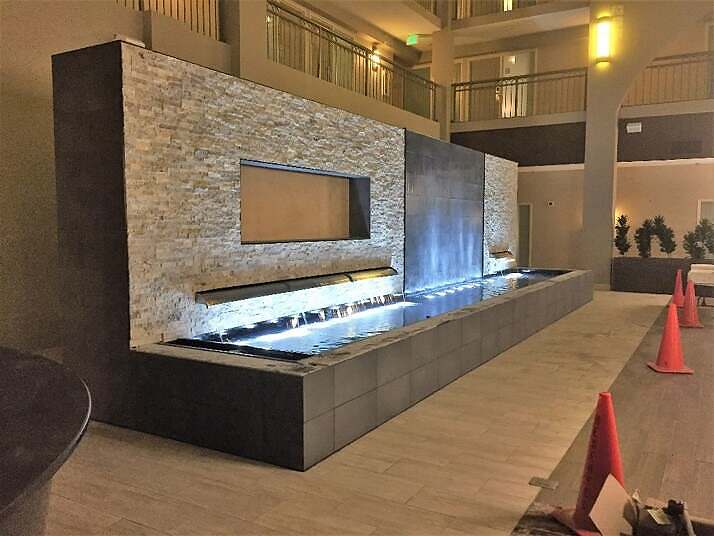

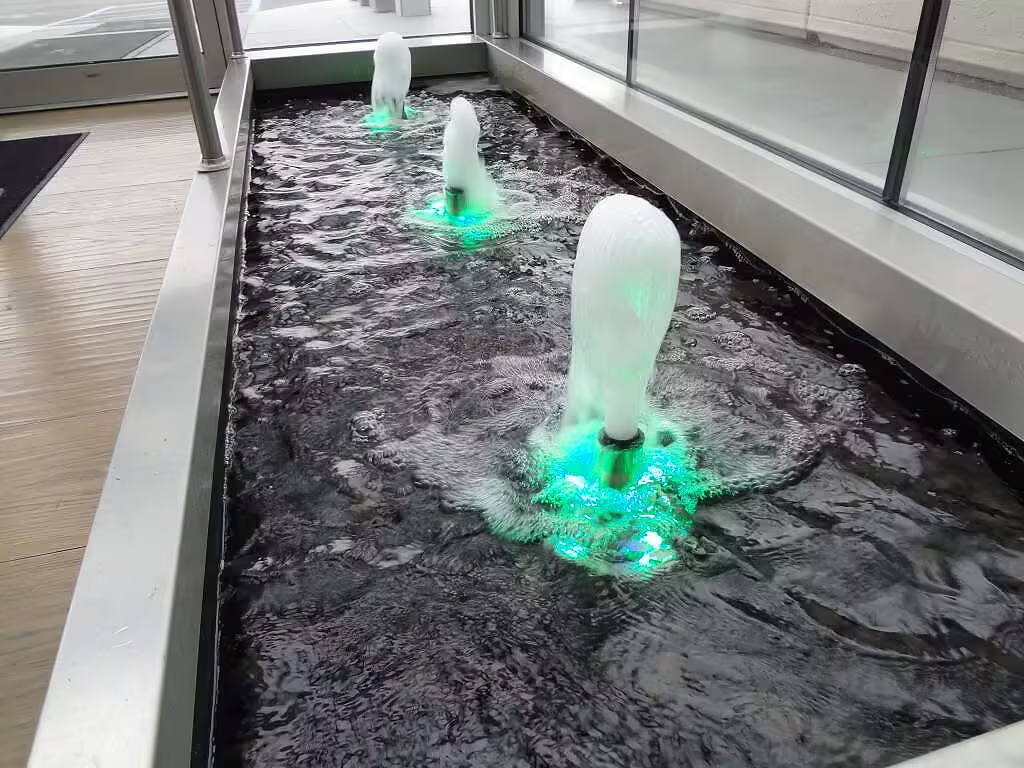
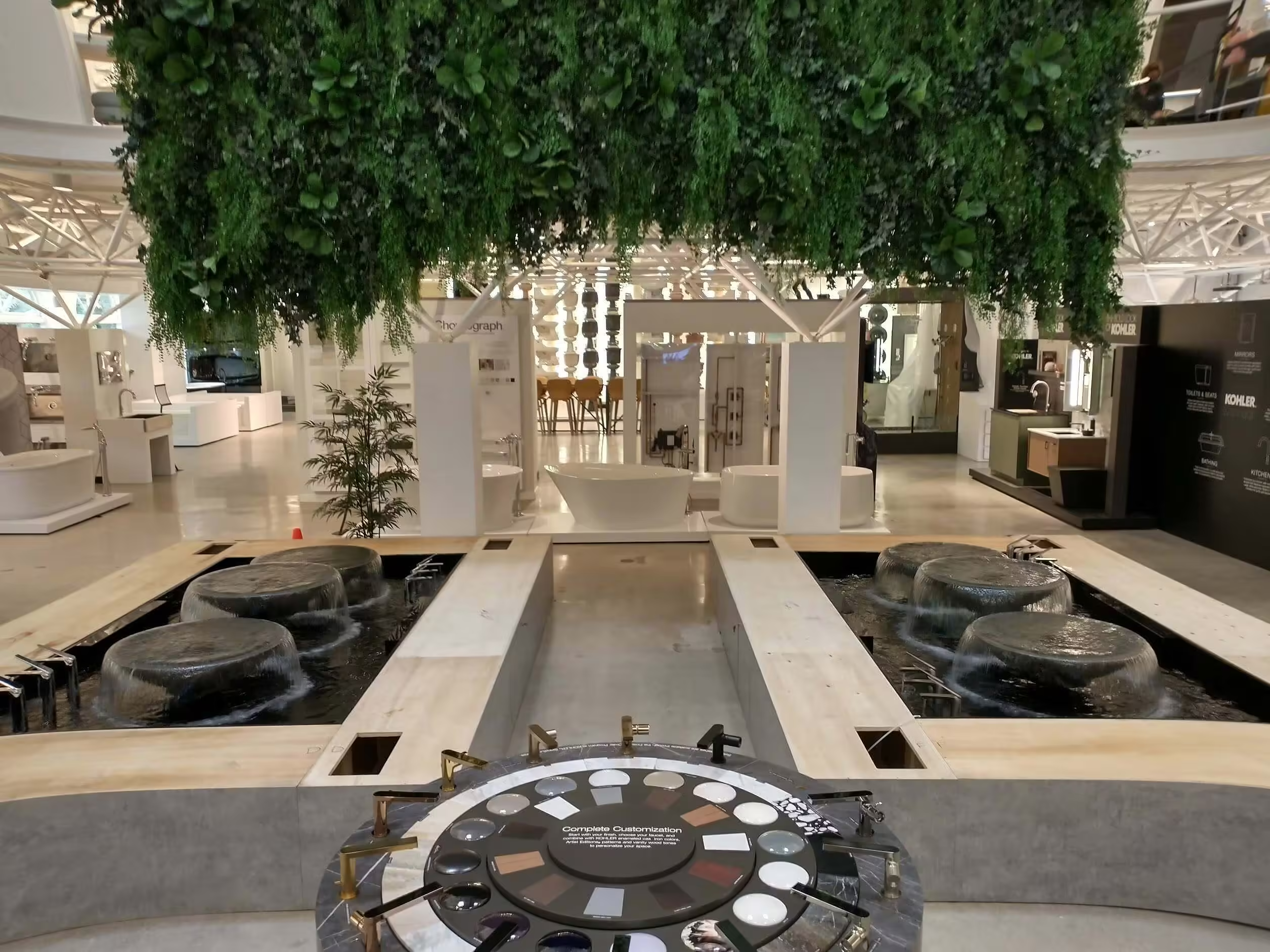
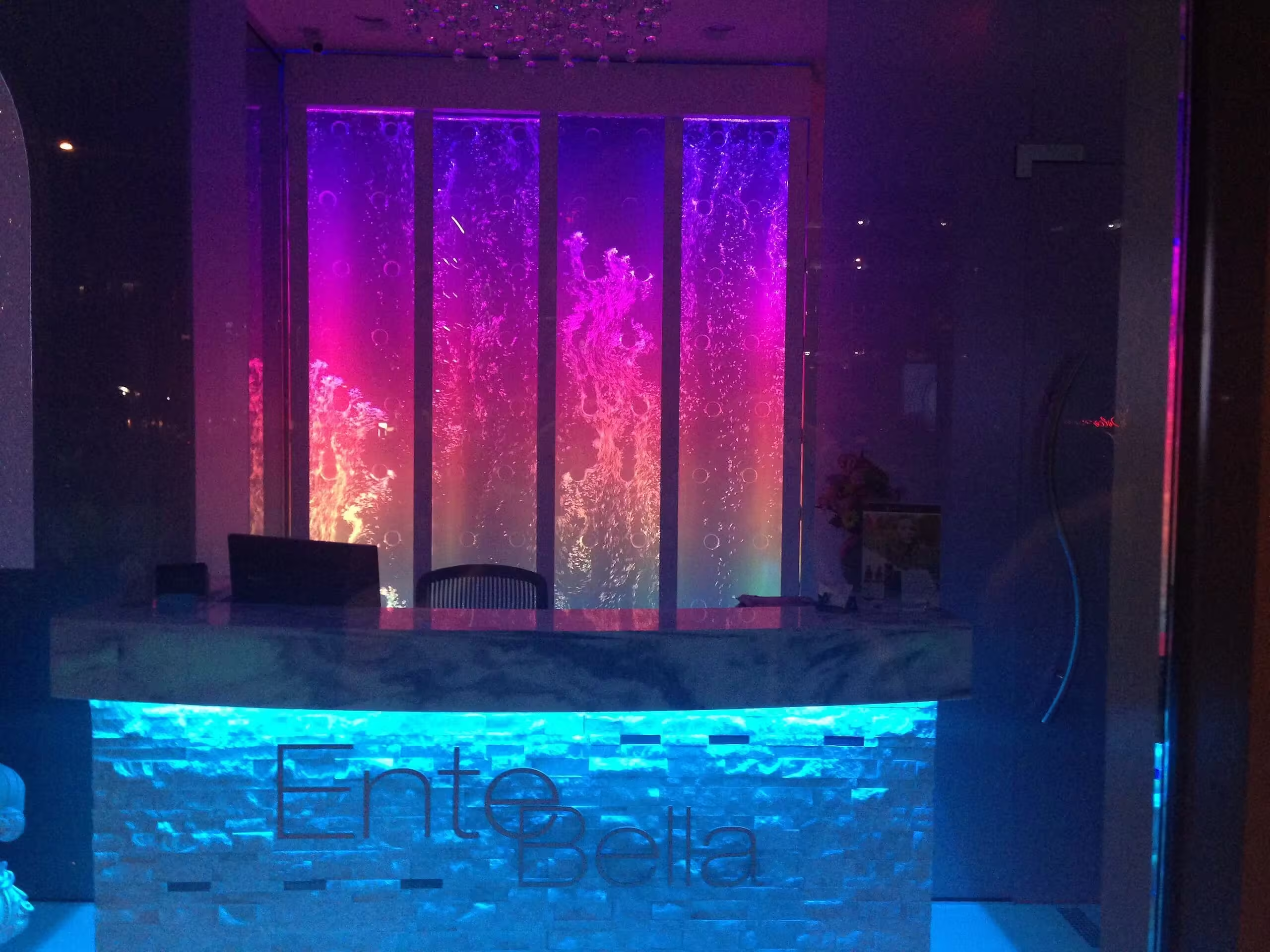
![Rod Style Bubble Wall Swirley for Bounce Empire in Denver, Colorado[84] Rod Style Bubble Wall Swirley for Bounce Empire in Denver, Colorado[84]](https://cfw51.rabbitloader.xyz/eyJjIjp0cnVlLCJoIjoid3d3Lm1pZHdlc3QtdHJvcGljYWwuY29tIiwidiI6MjExNTM2ODkwNCwiciI6MX0/wp-content/uploads/Rod-Style-Bubble-Wall-Swirley-for-Bounce-Empire-in-Denver-Colorado84-jpg.avif)
![Rod Style Bubble Wall Swirley for Bounce Empire in Denver, Colorado 2[2] Rod Style Bubble Wall Swirley for Bounce Empire in Denver, Colorado 2[2]](https://cfw51.rabbitloader.xyz/eyJjIjp0cnVlLCJoIjoid3d3Lm1pZHdlc3QtdHJvcGljYWwuY29tIiwidiI6MjExNTM2ODkwNCwiciI6MX0/wp-content/uploads/Rod-Style-Bubble-Wall-Swirley-for-Bounce-Empire-in-Denver-Colorado-22-jpg.avif)
